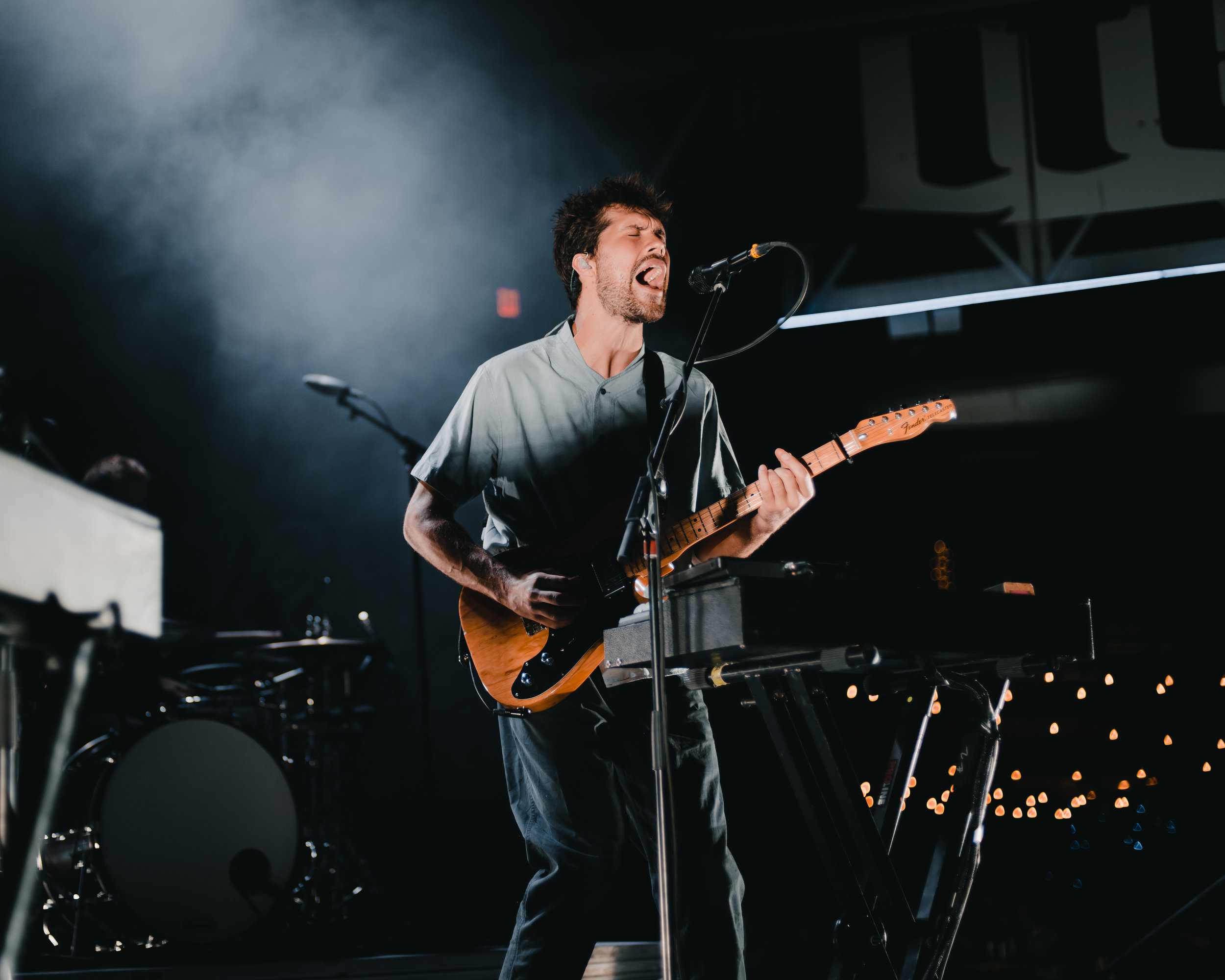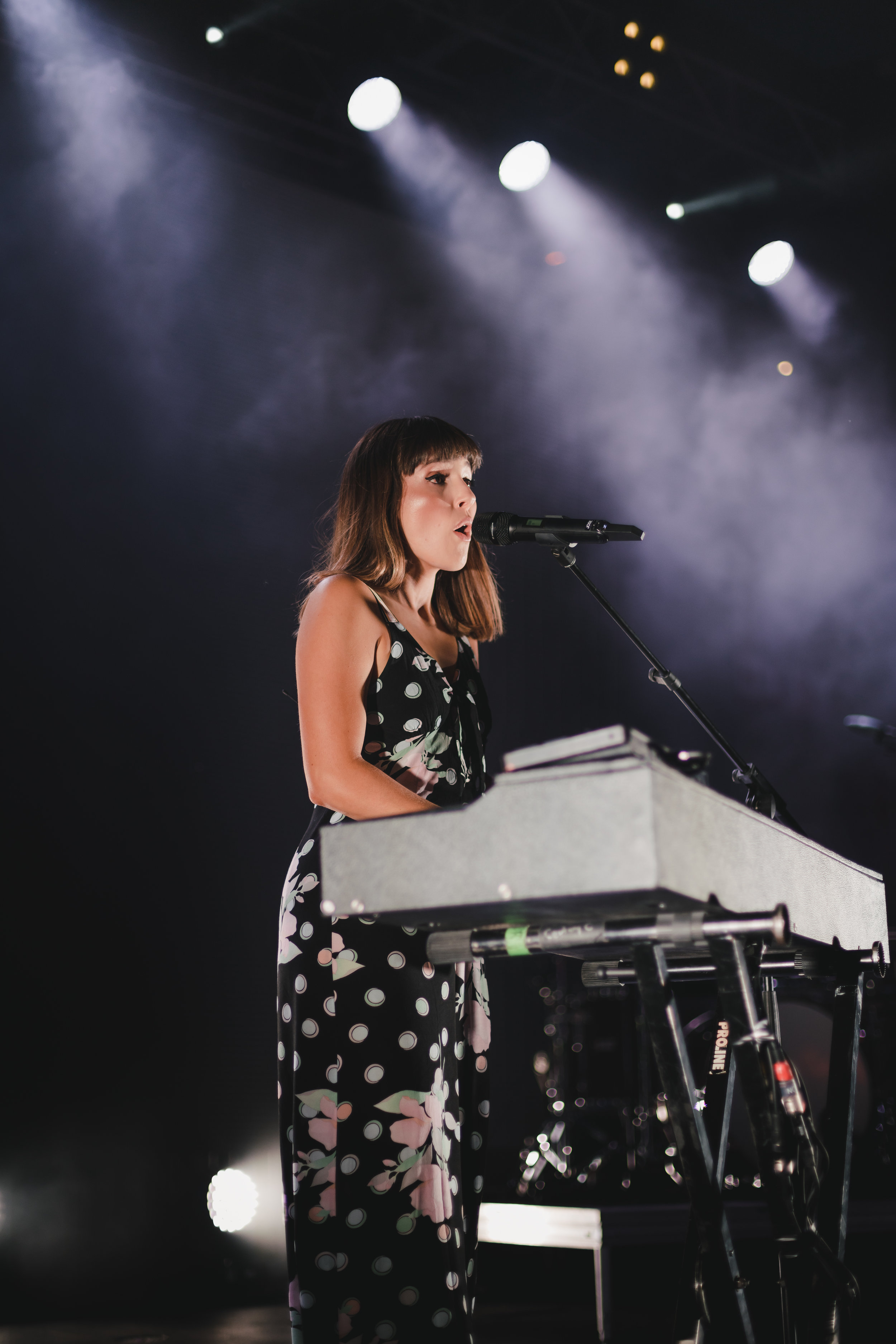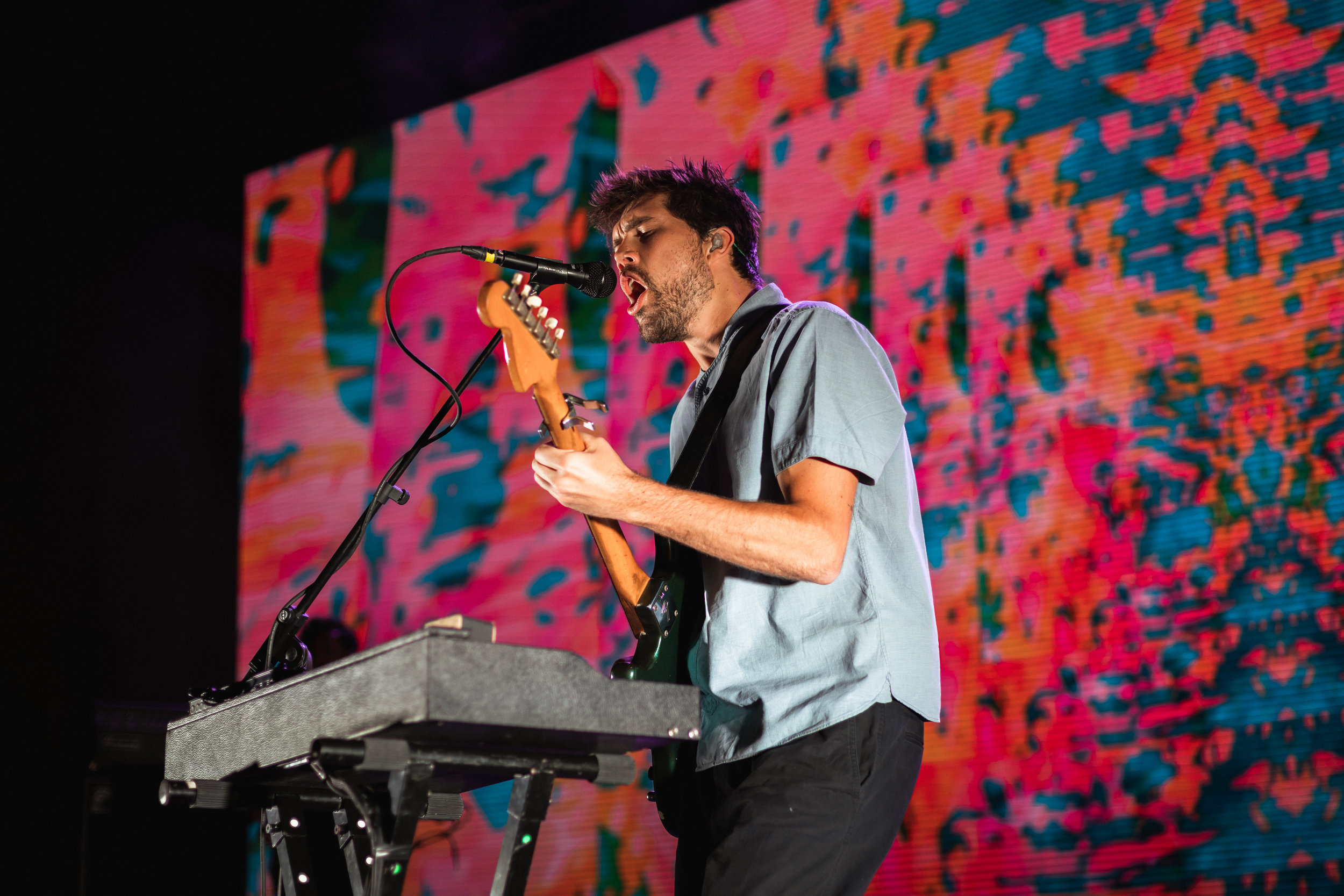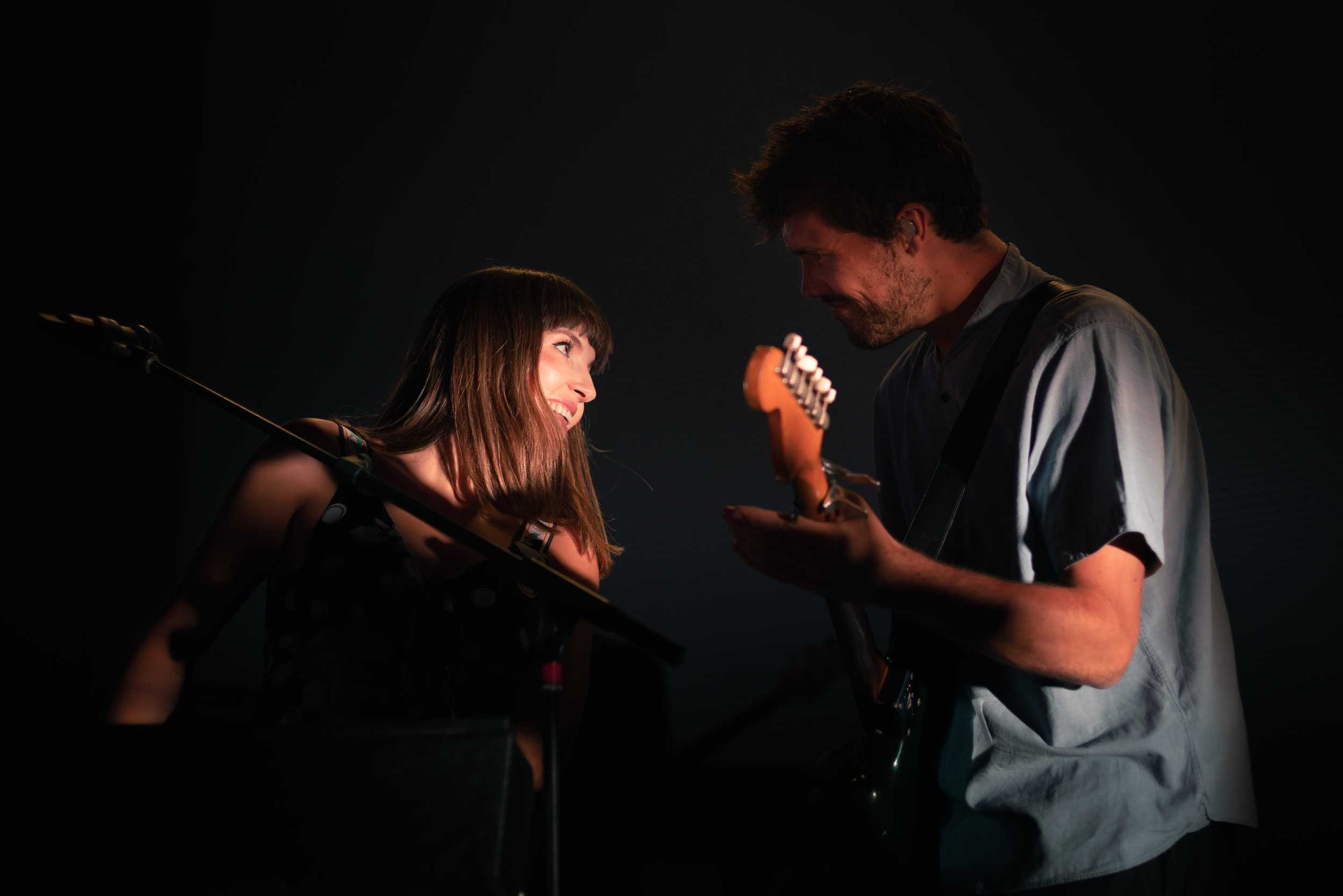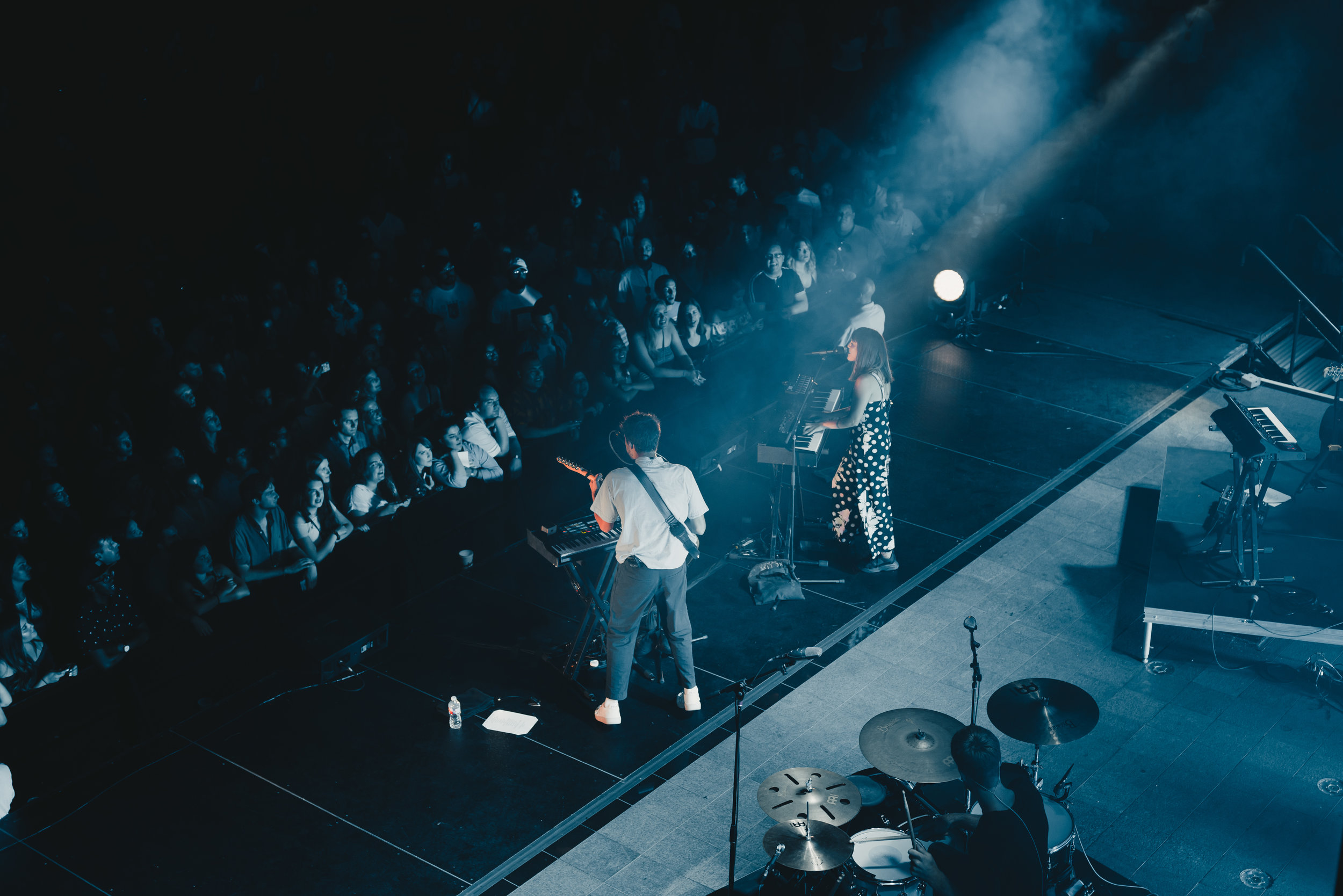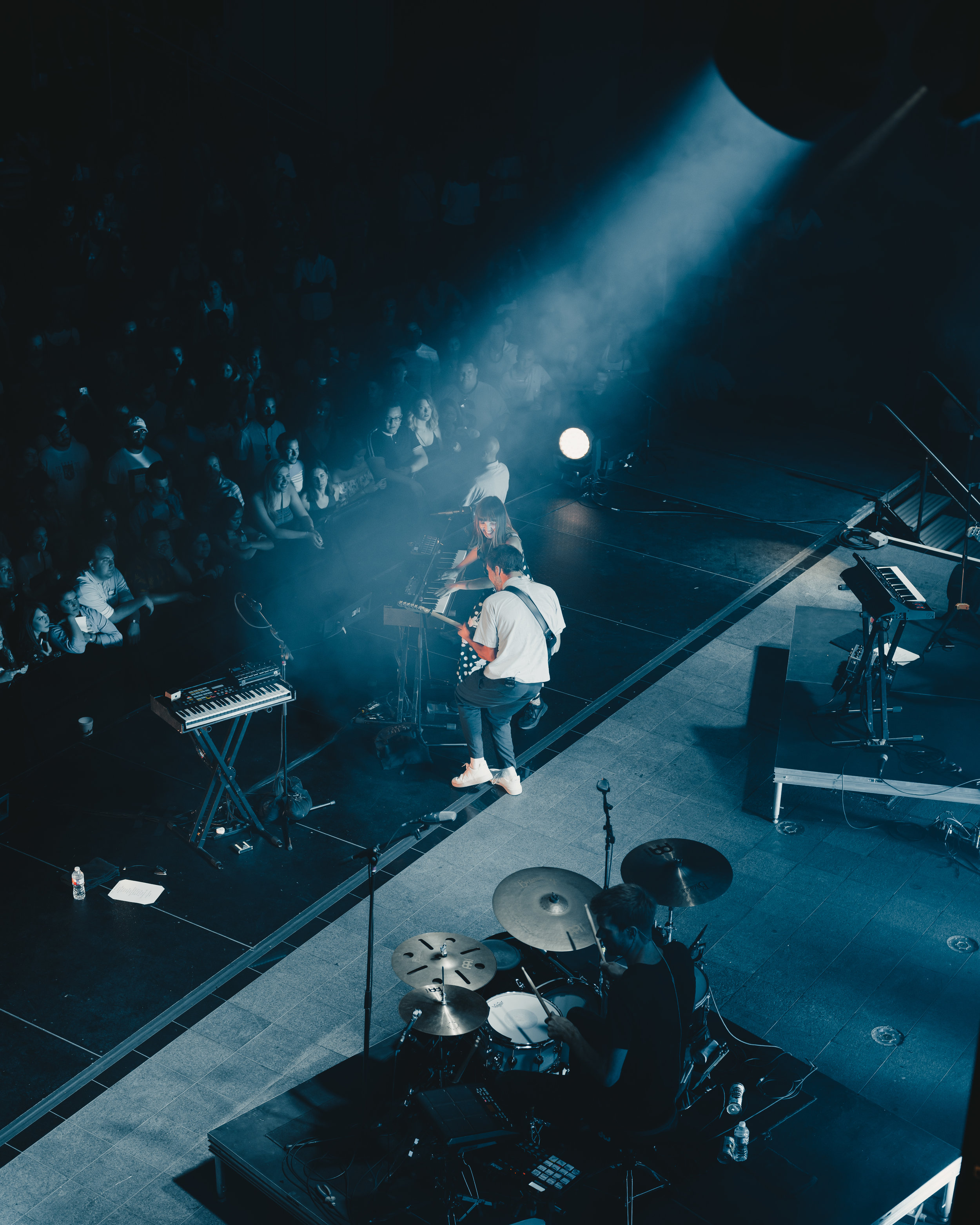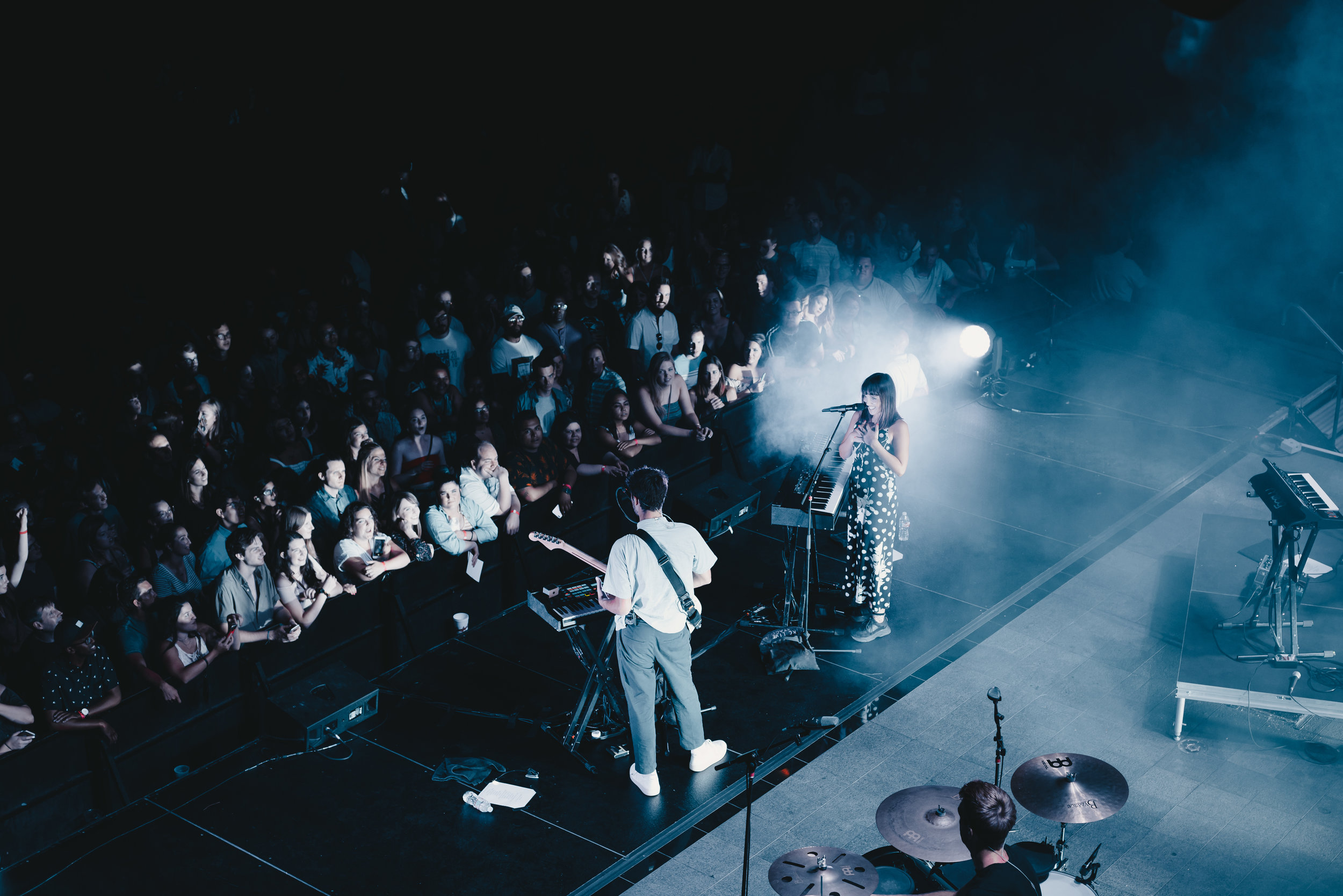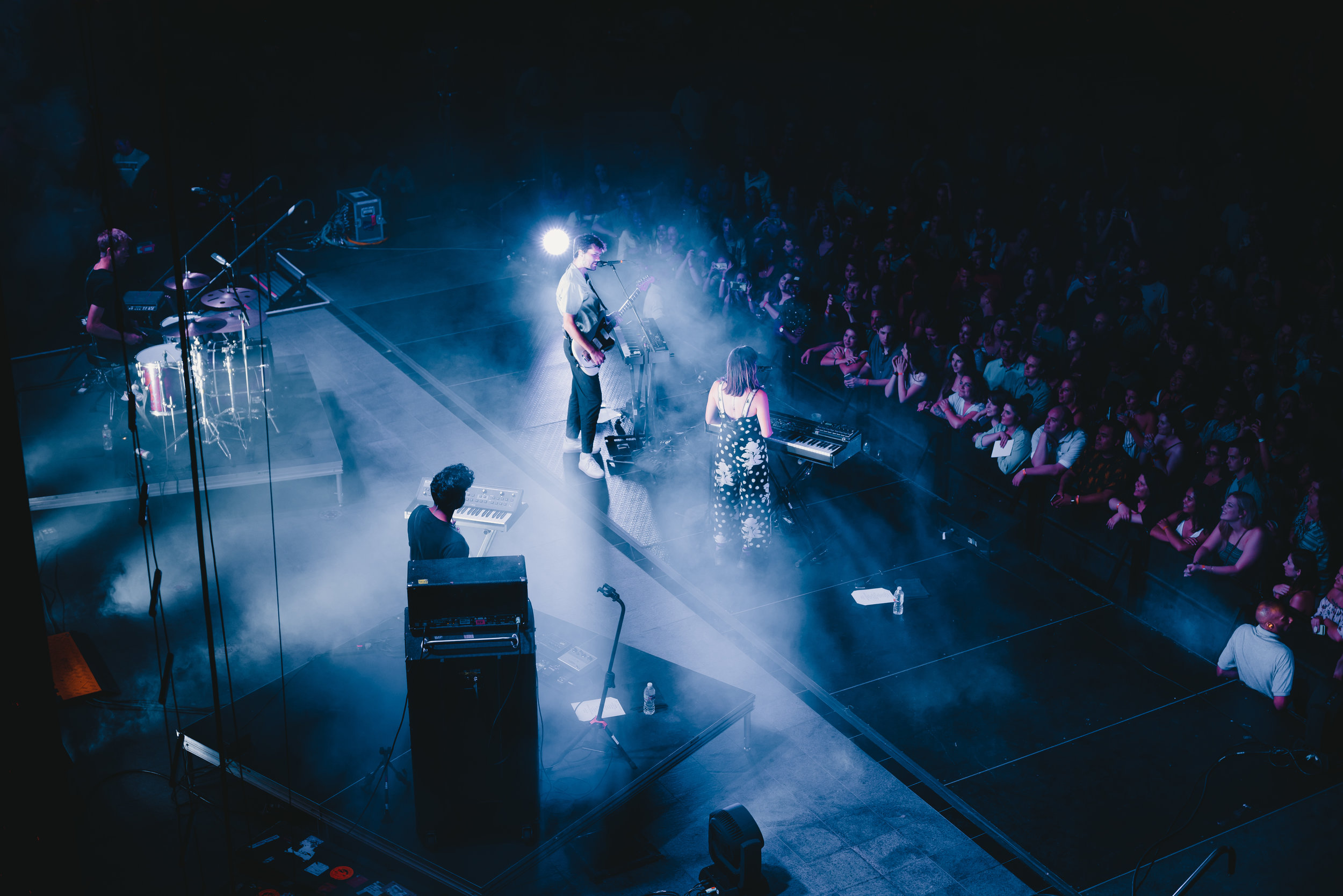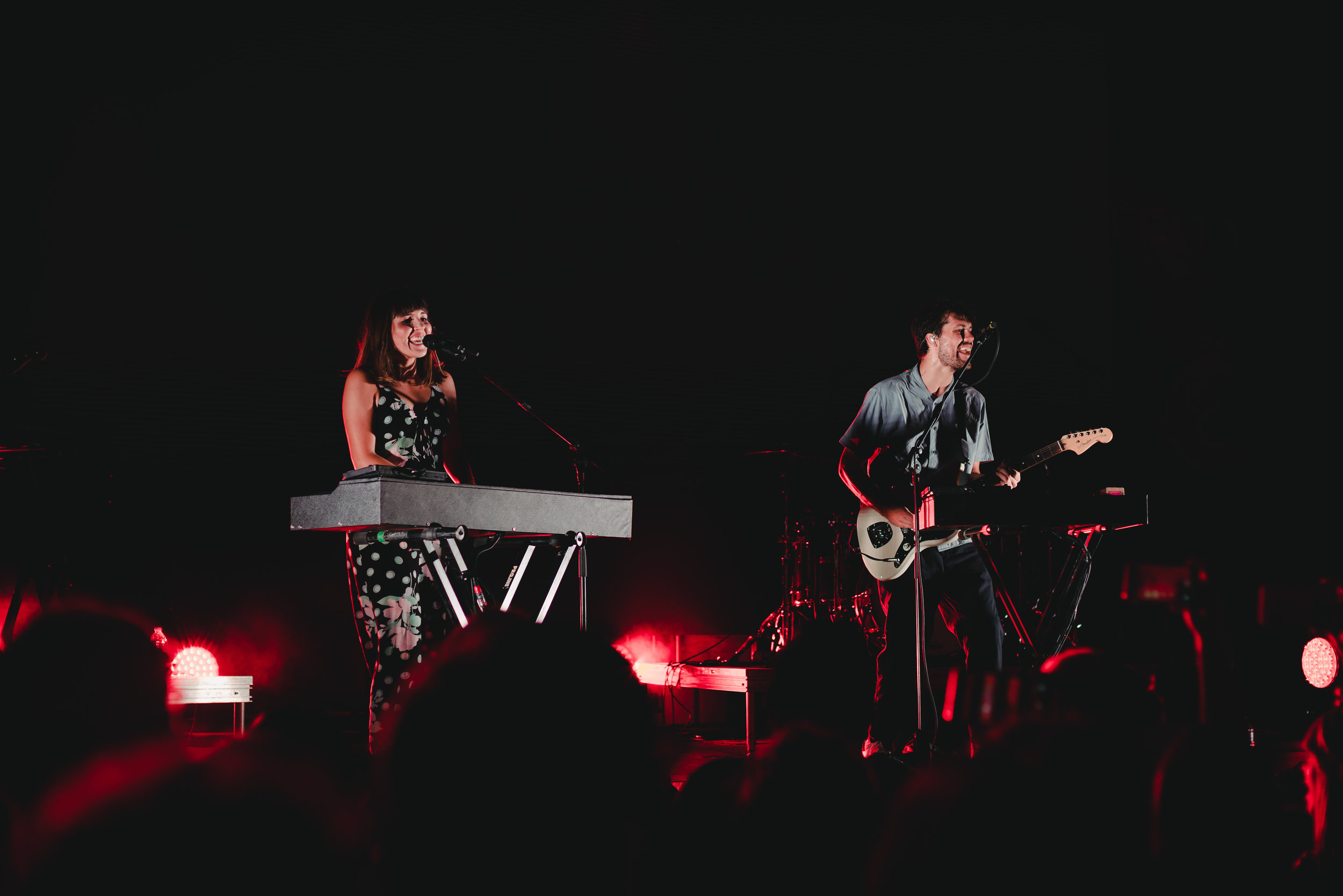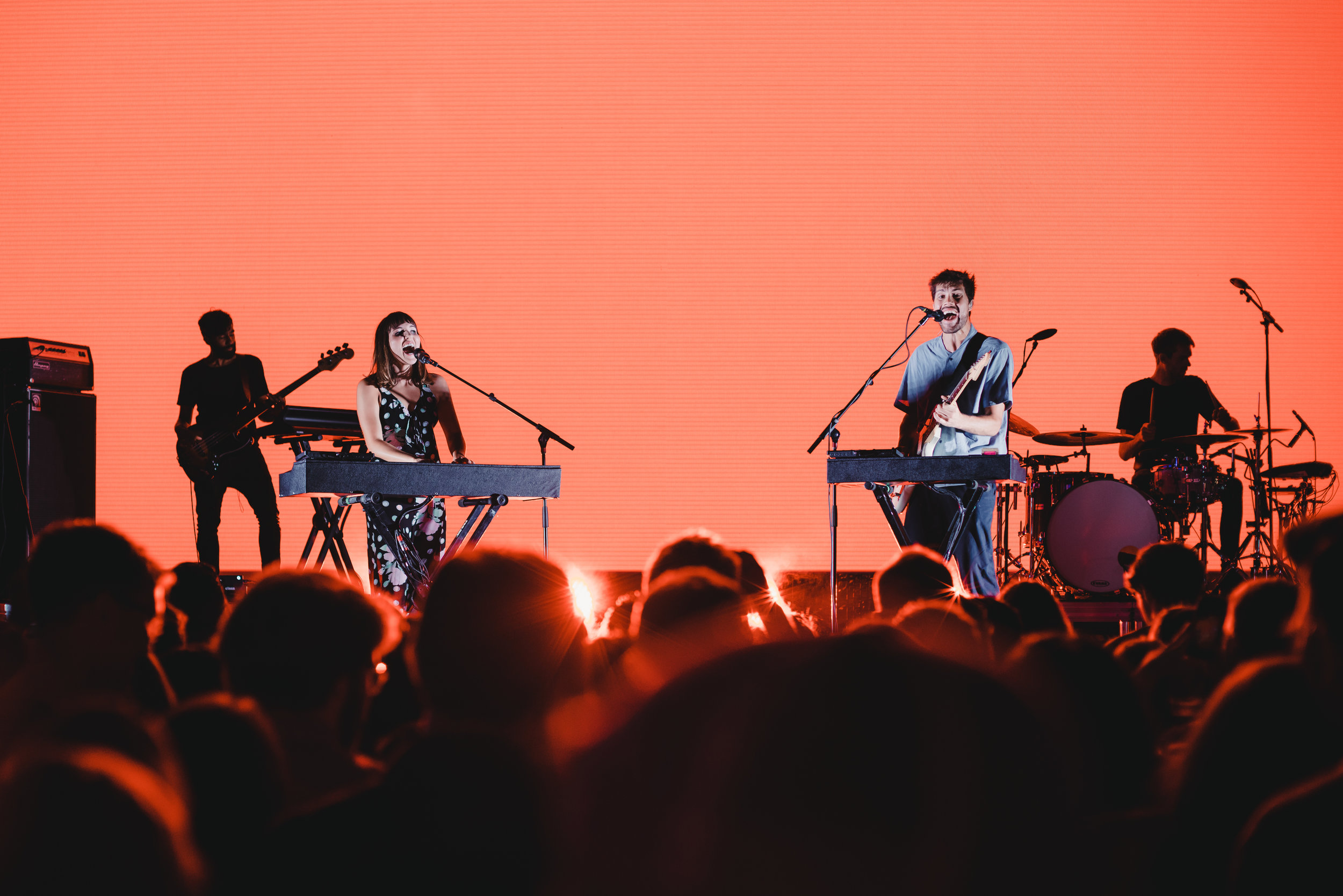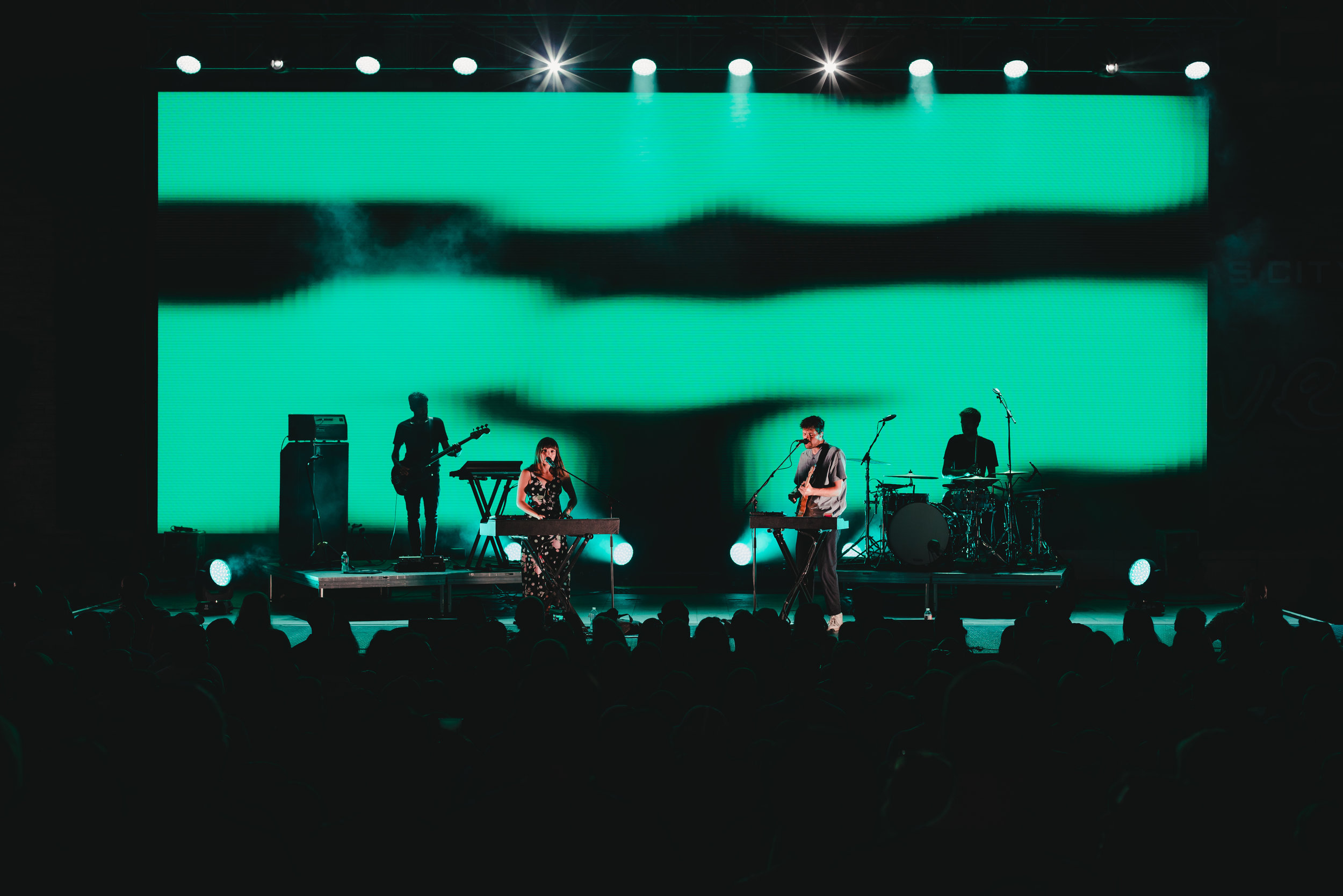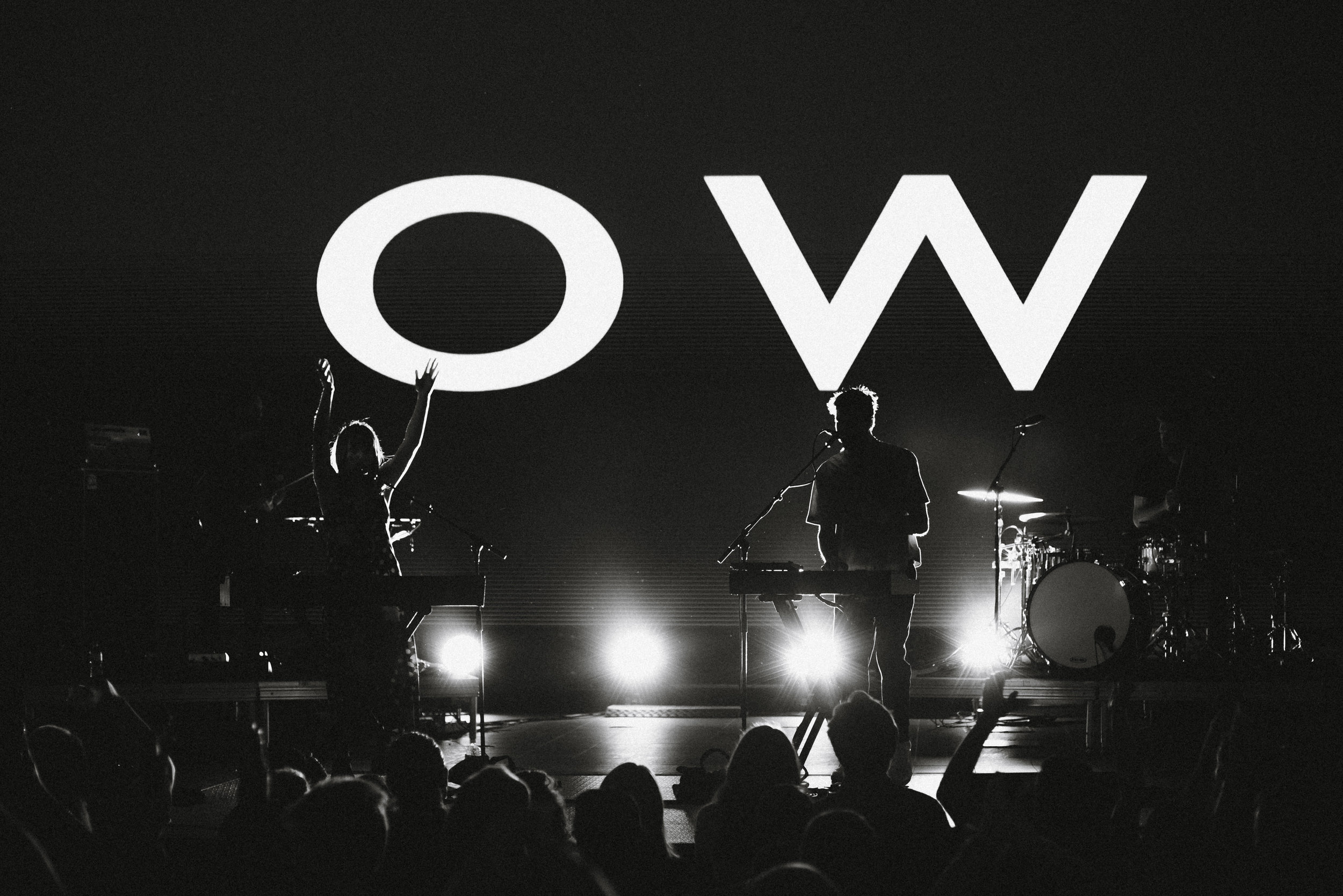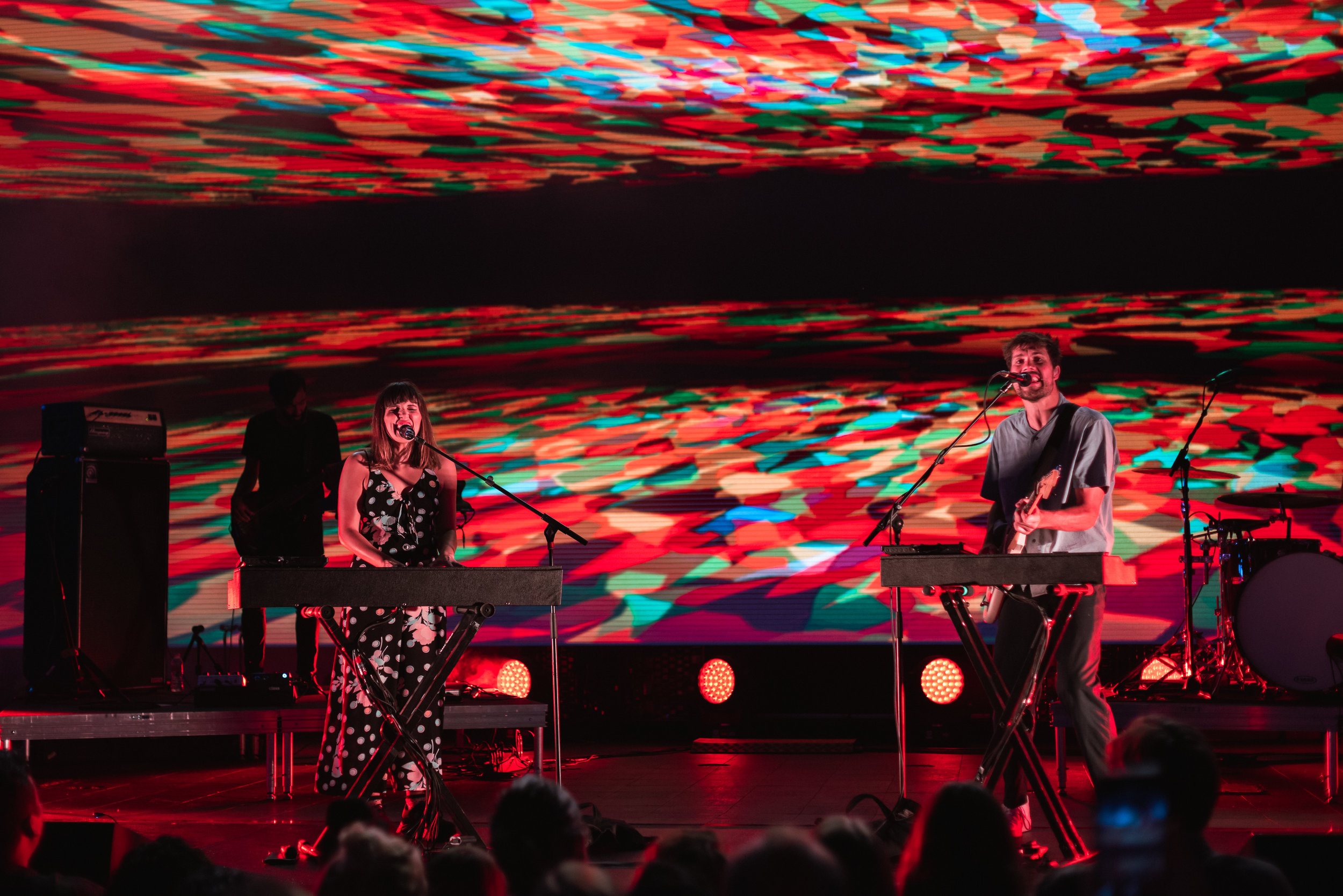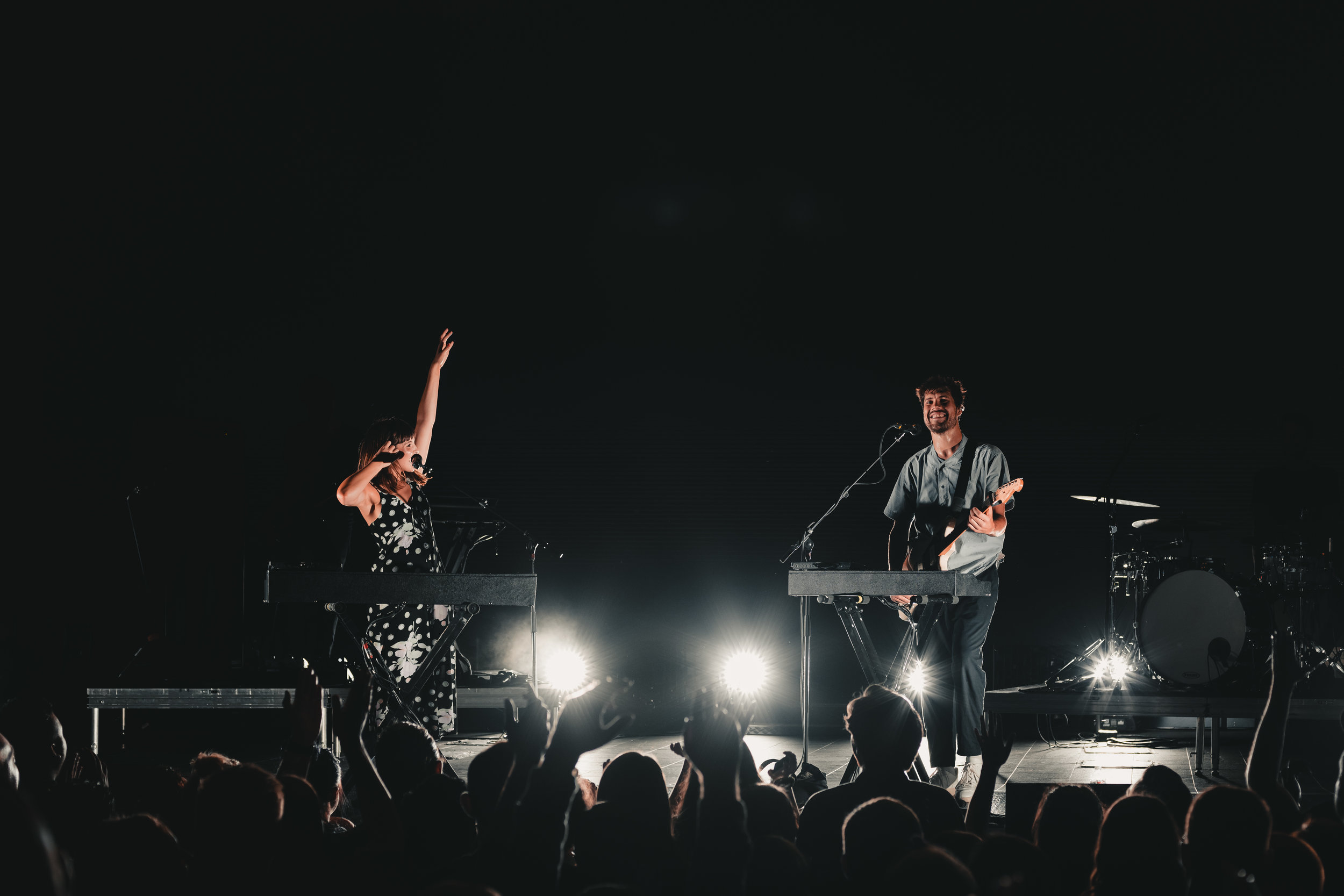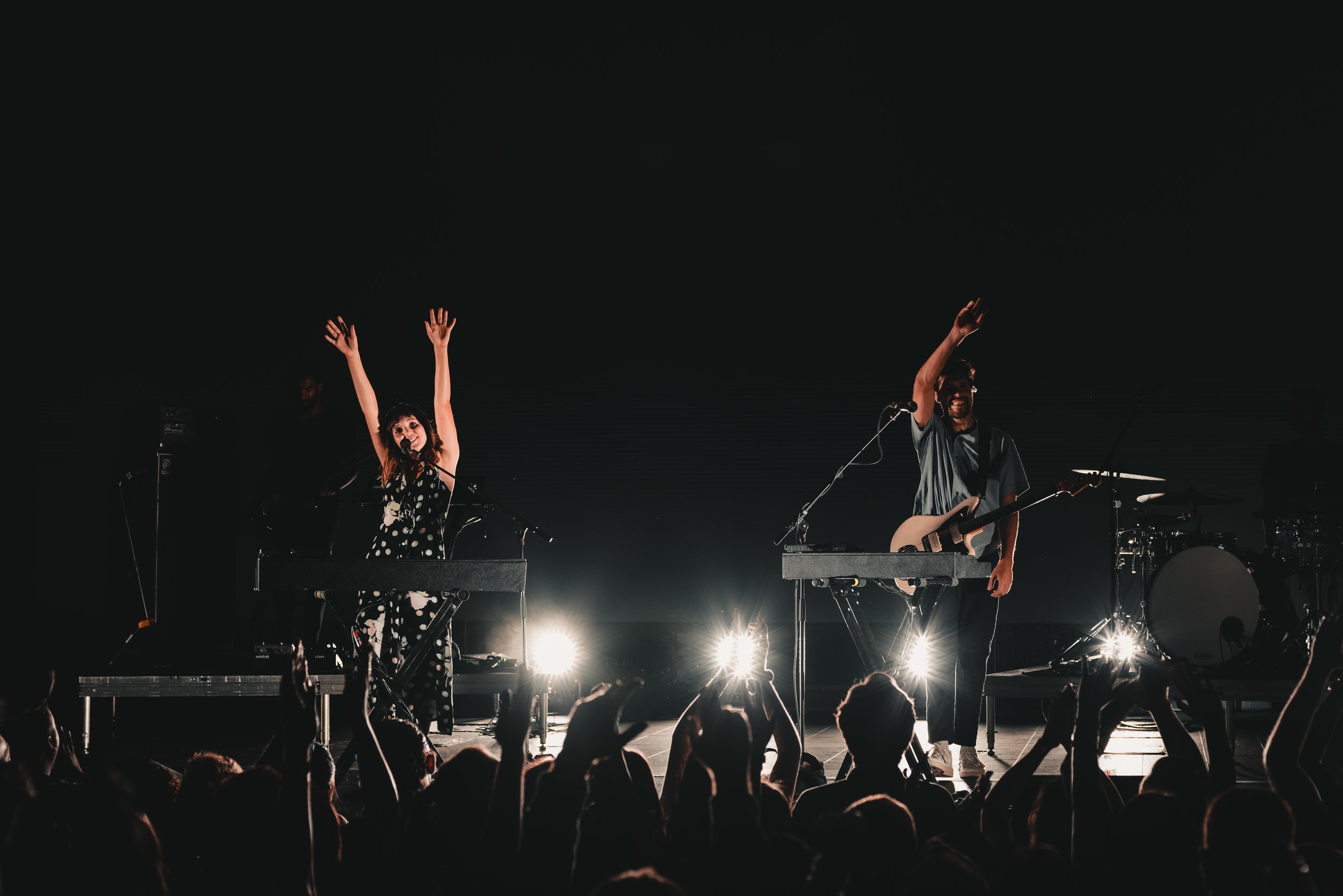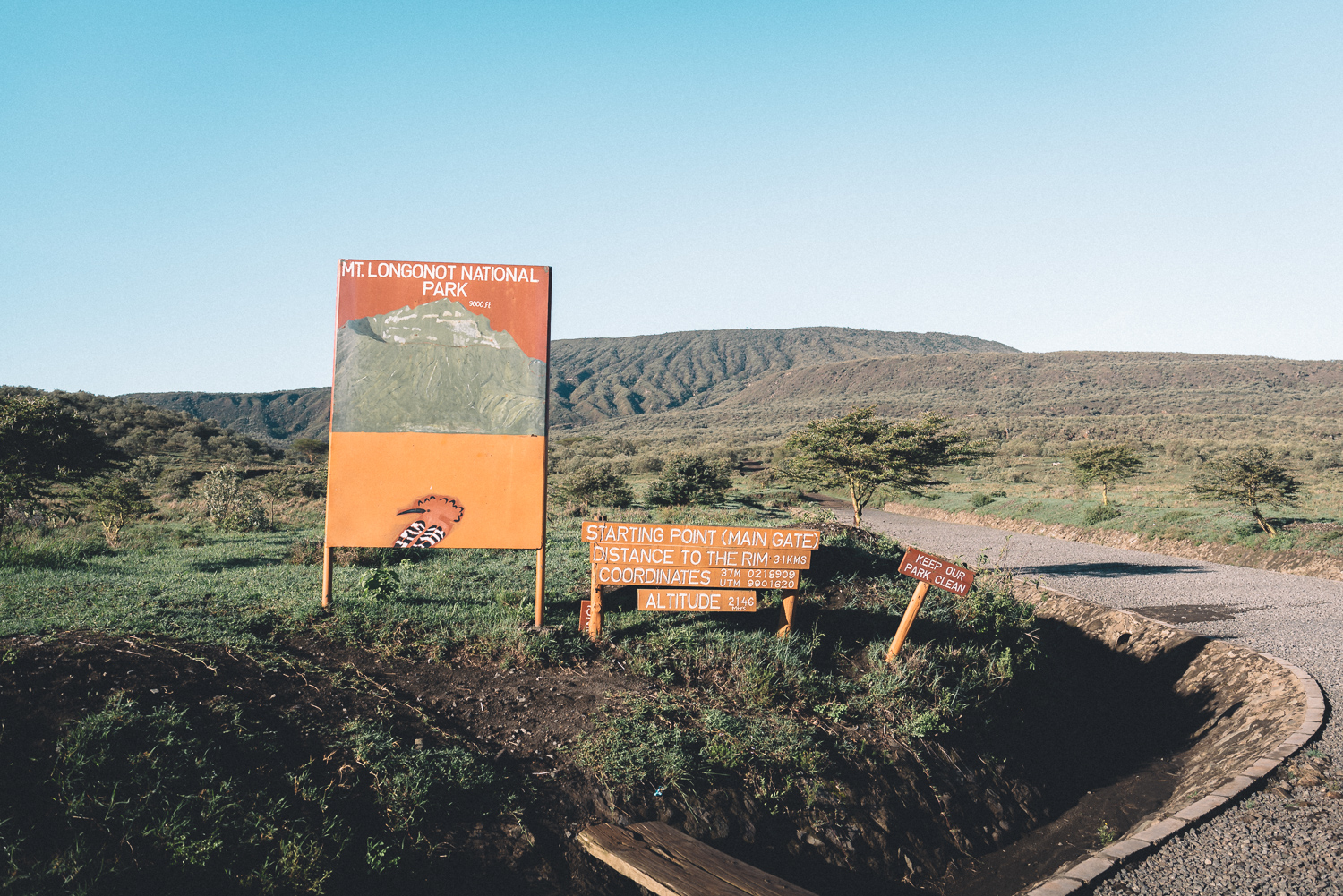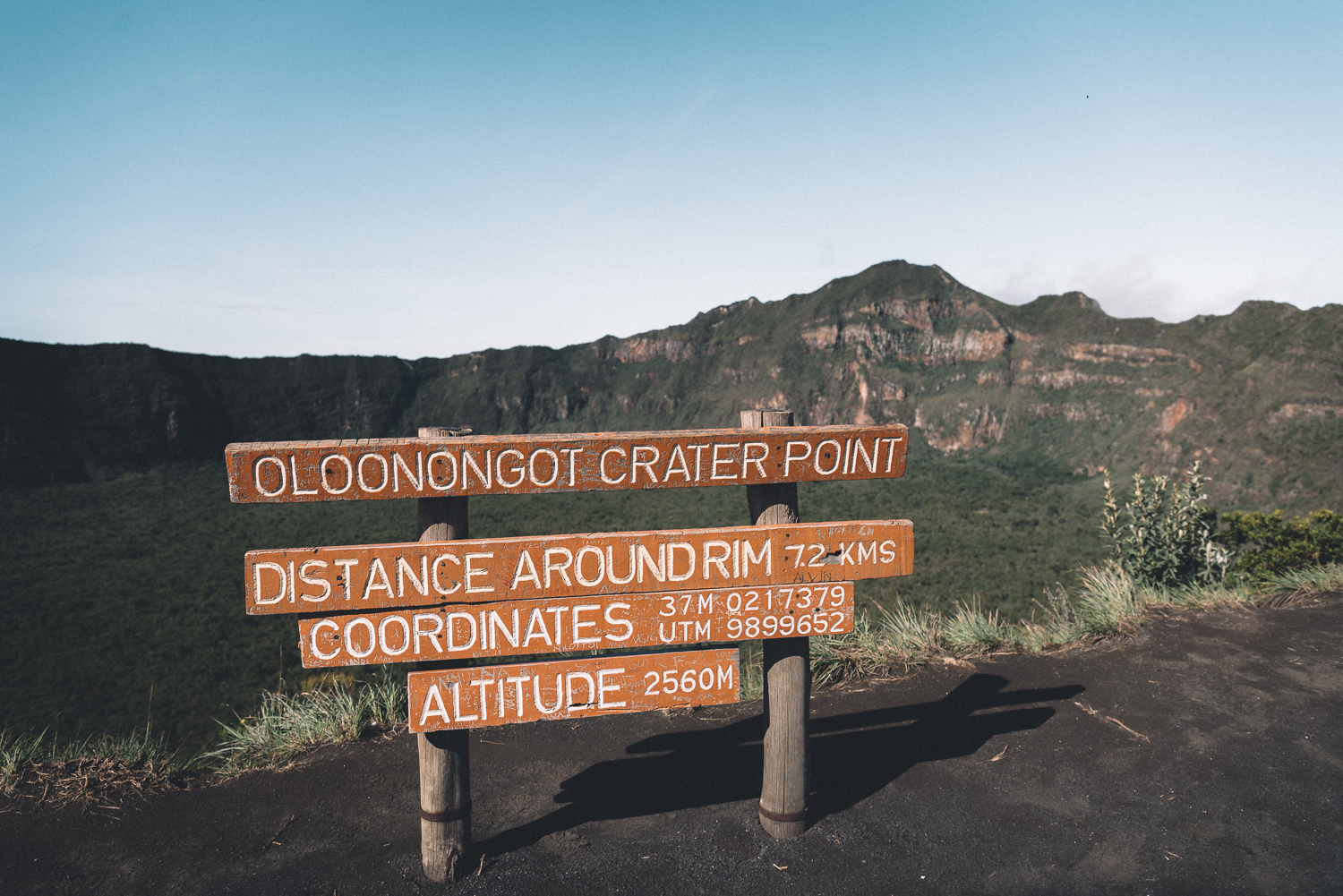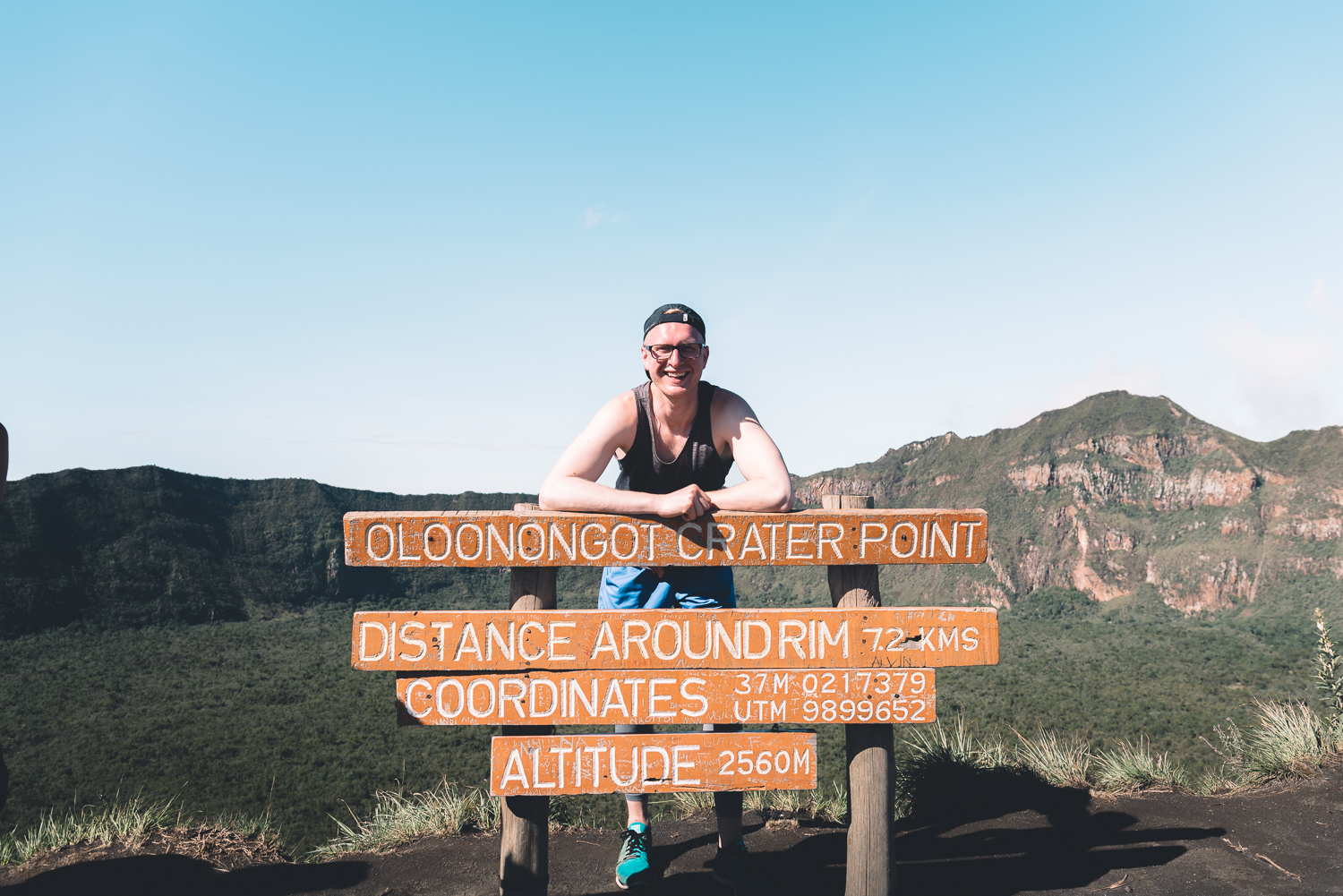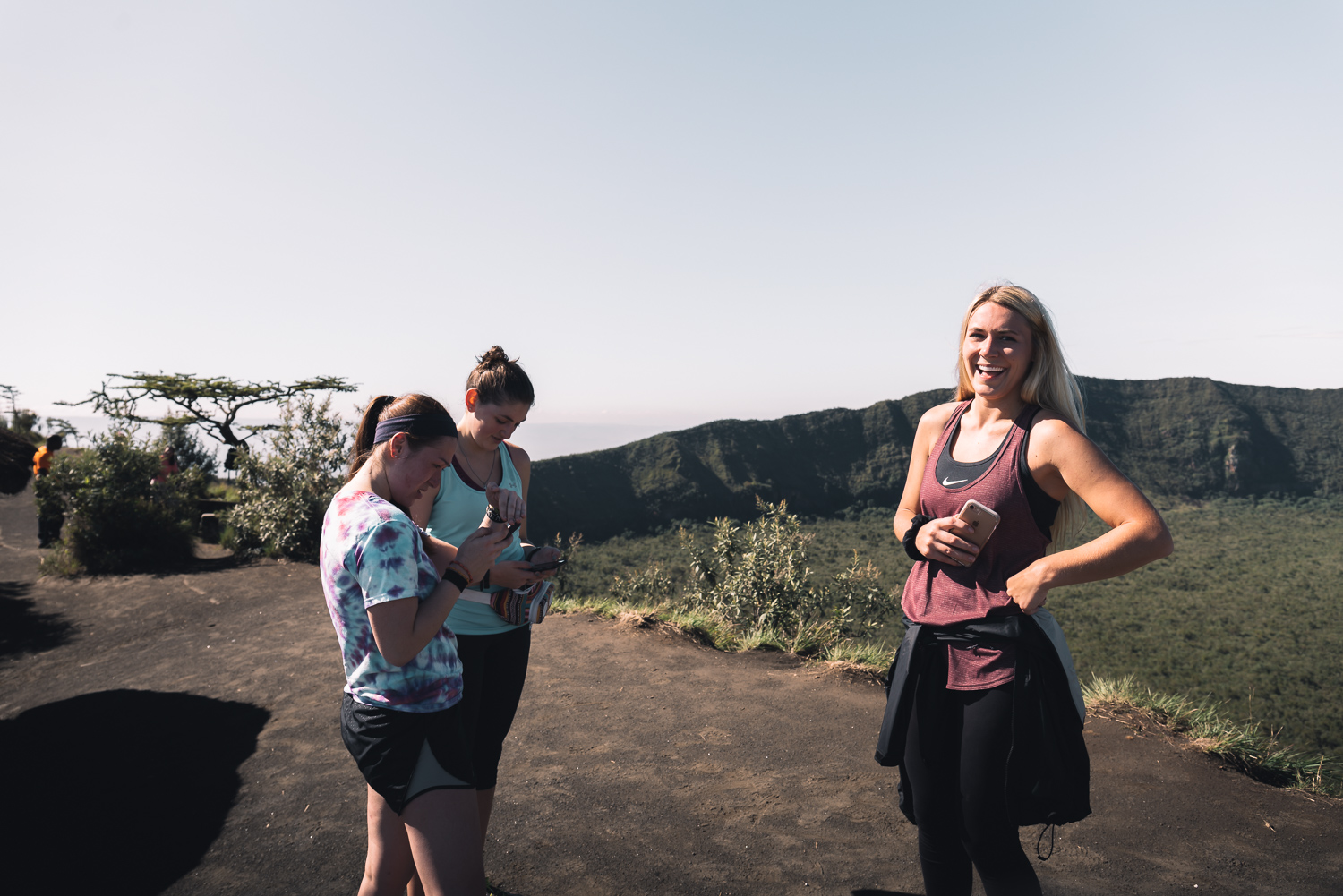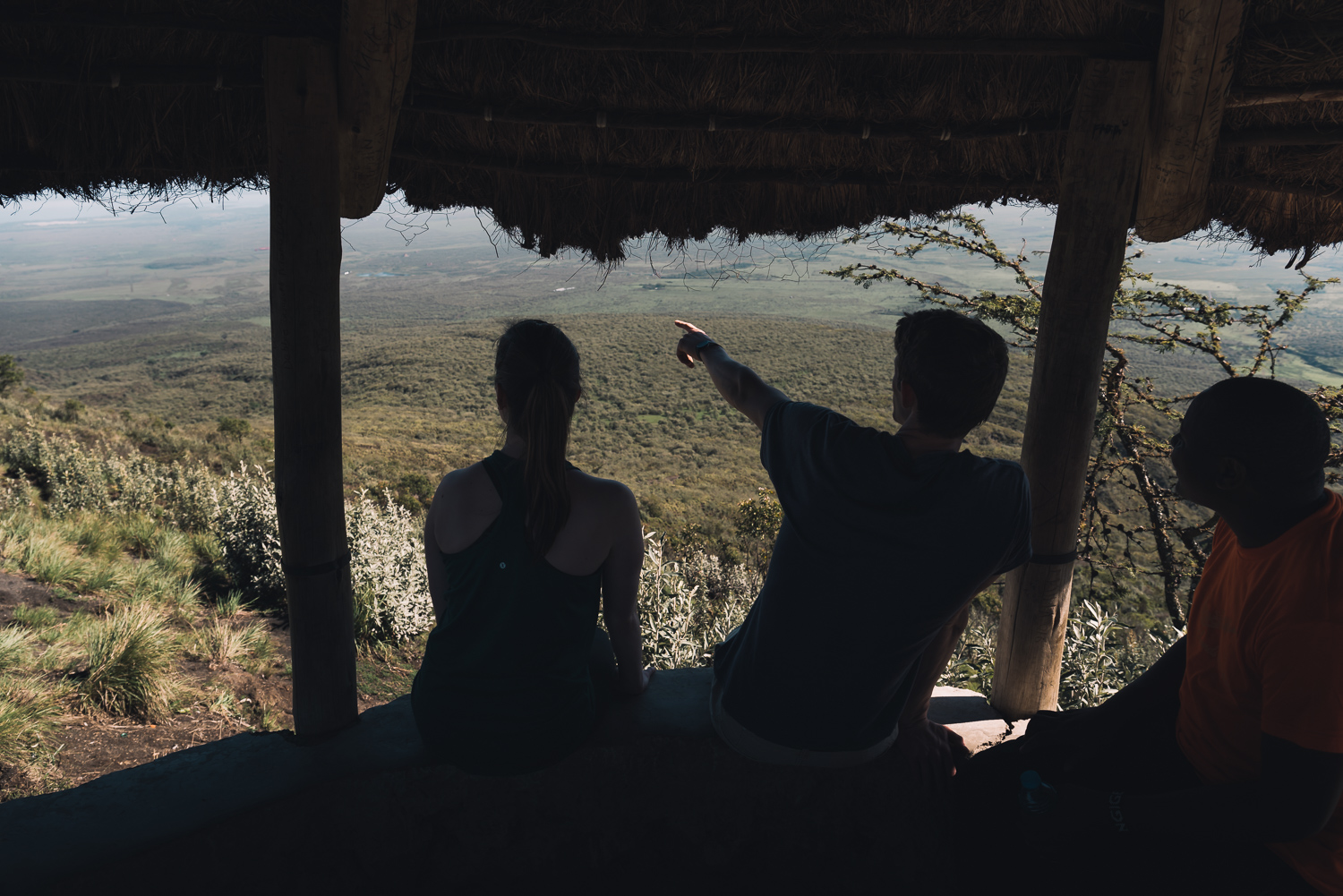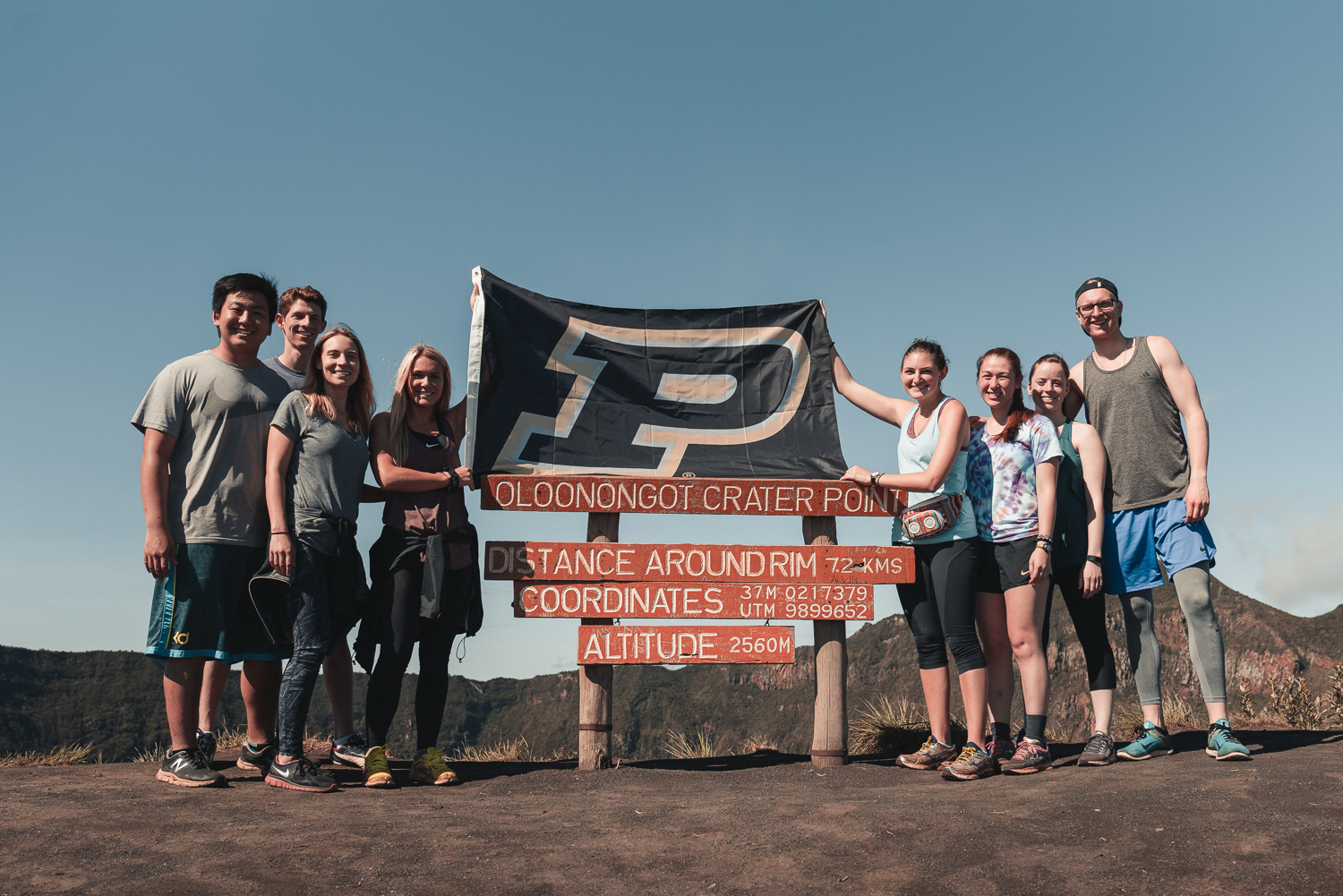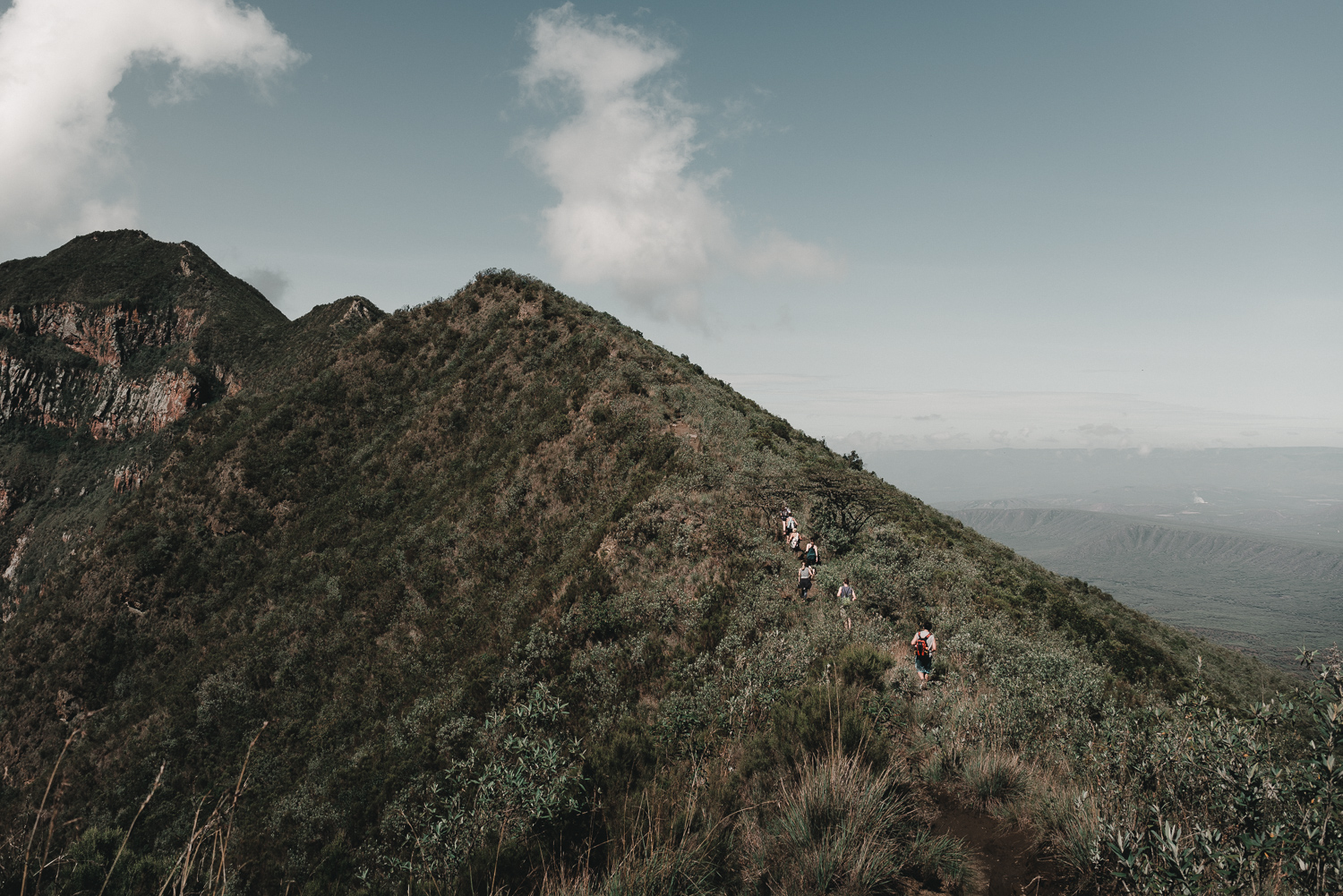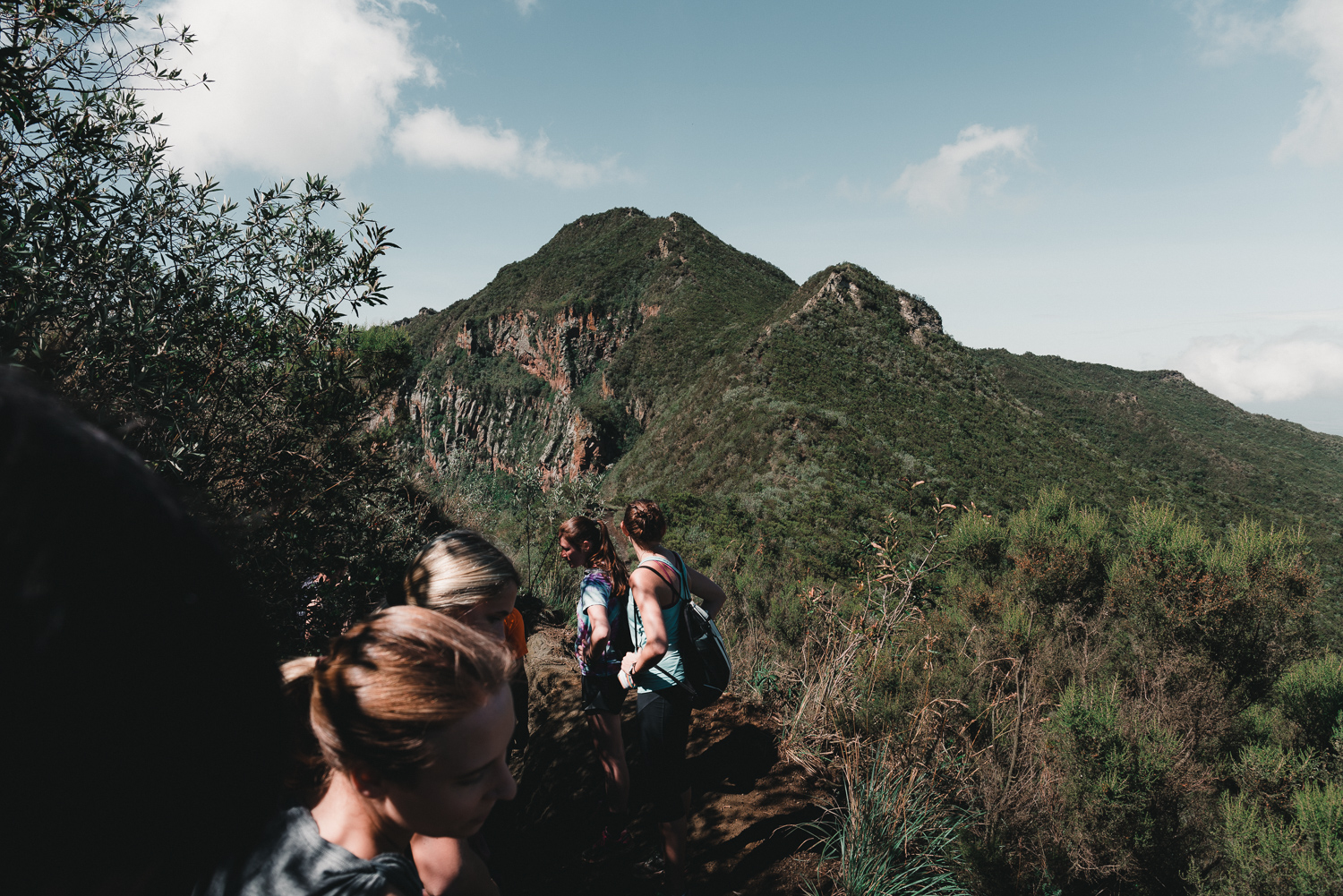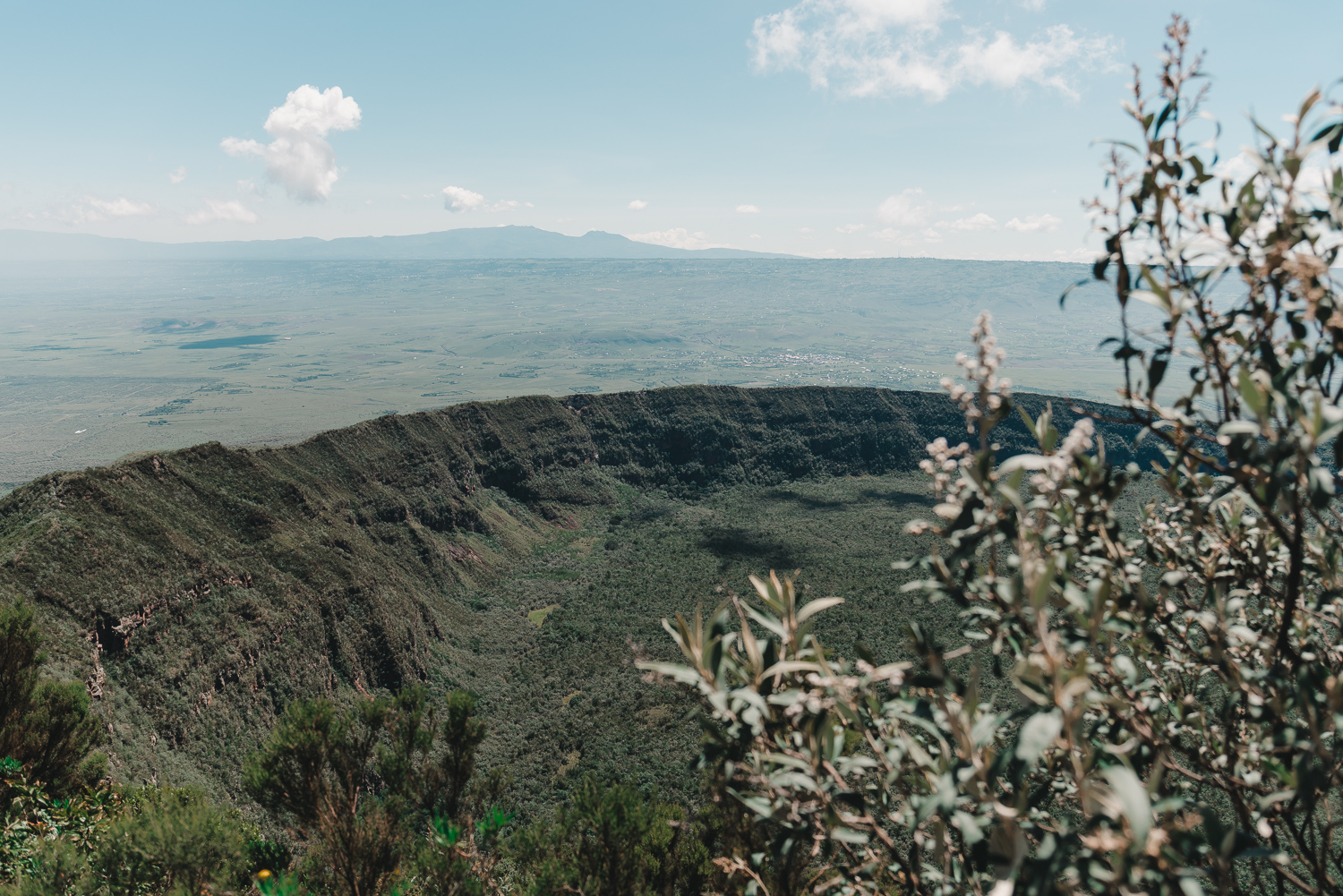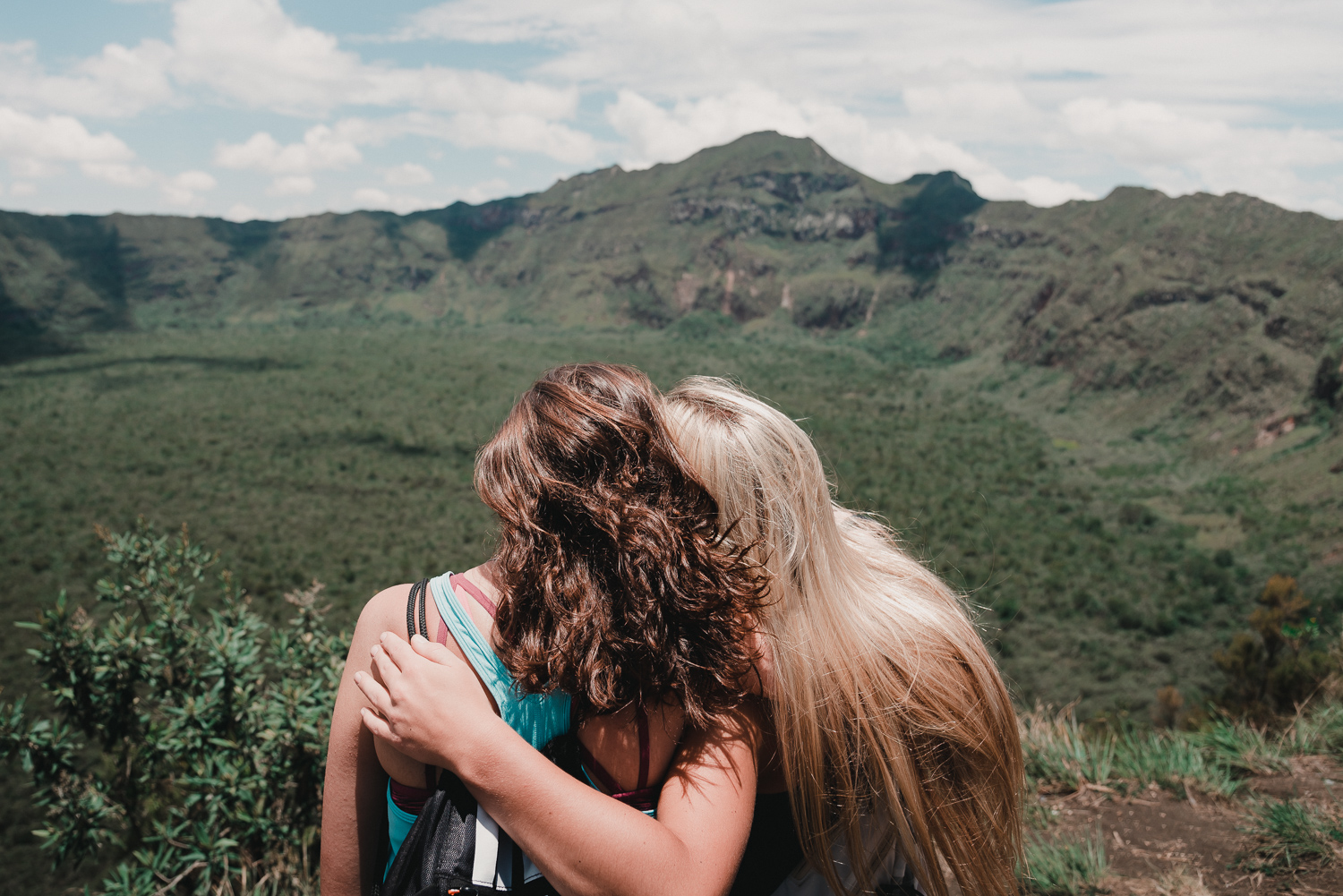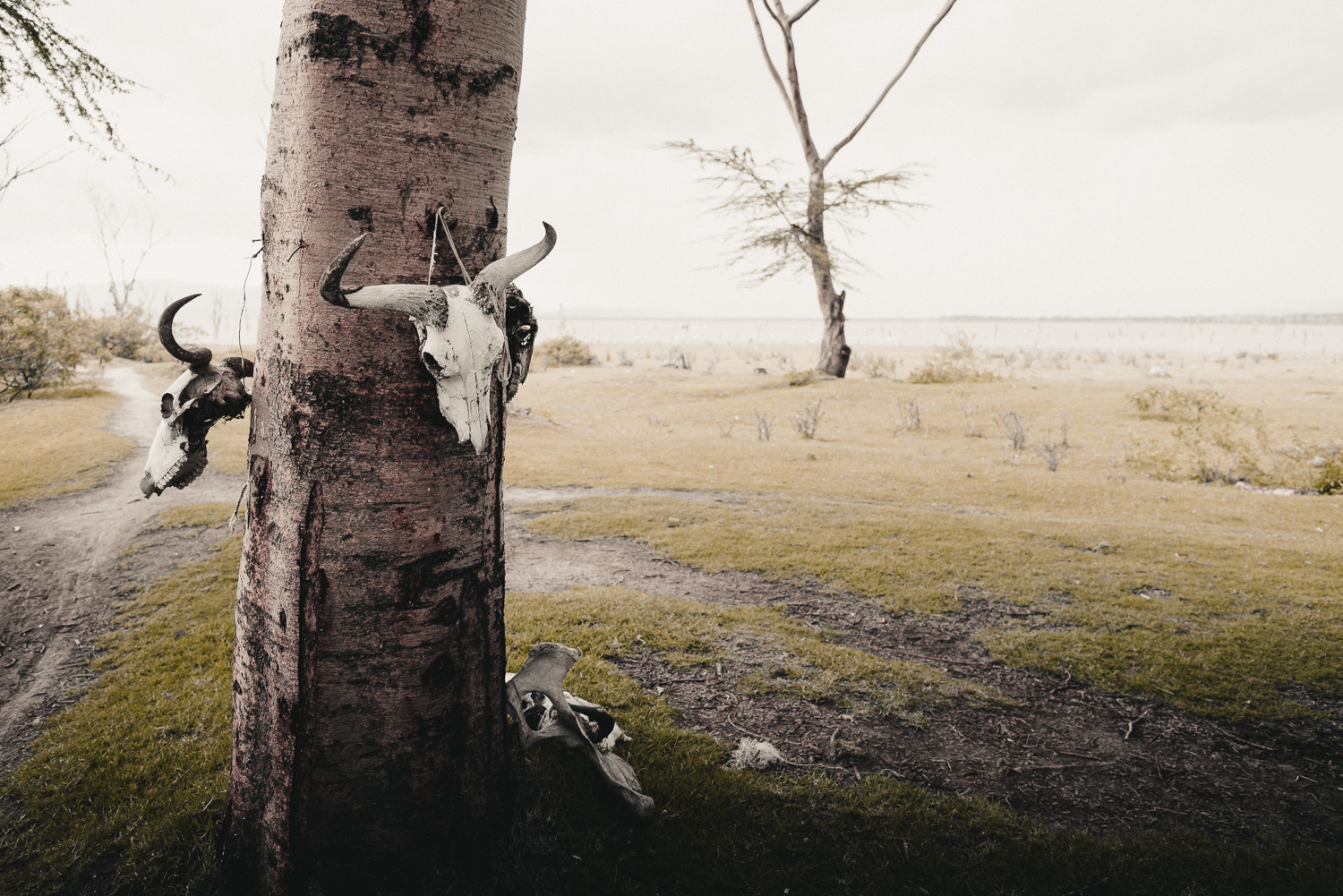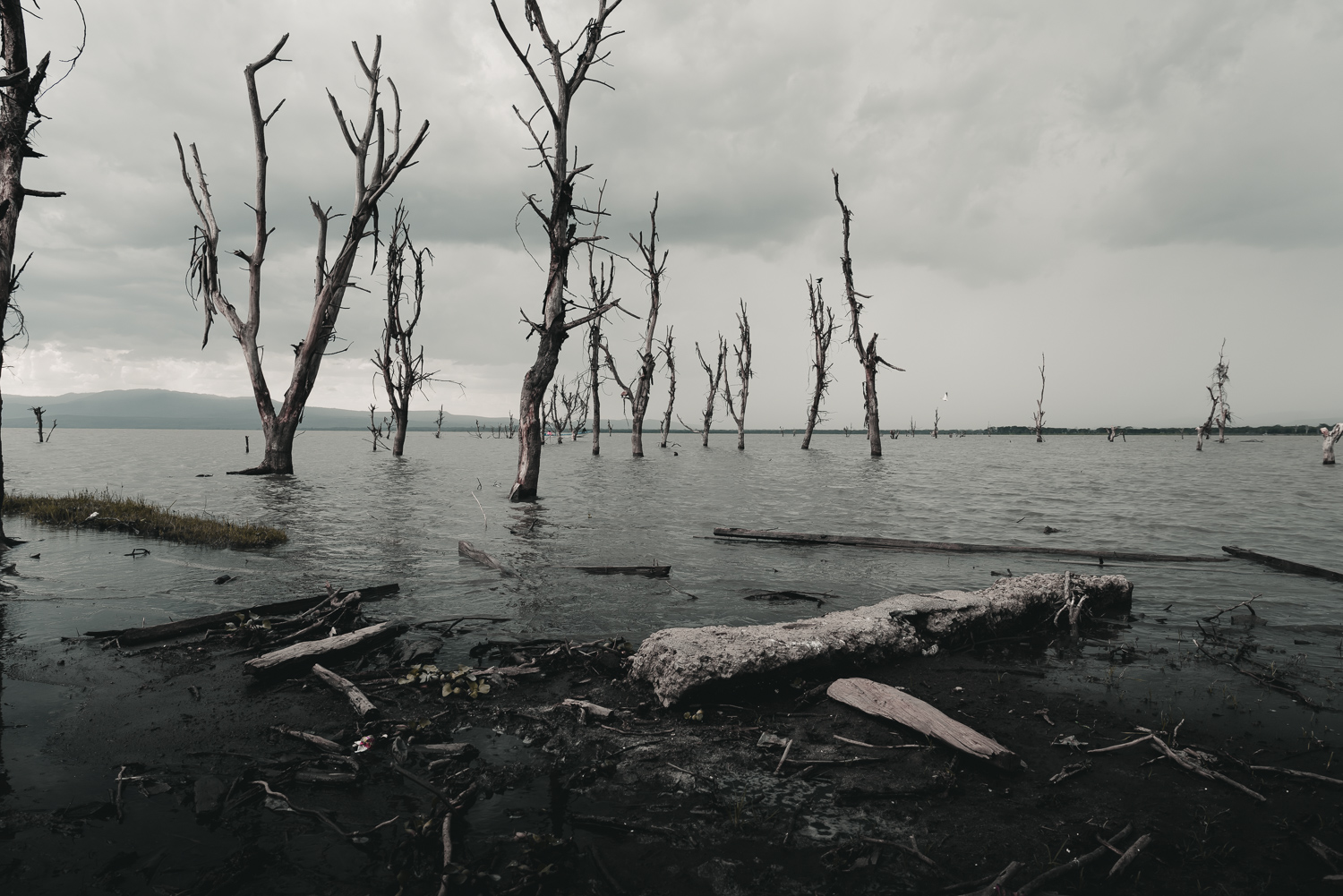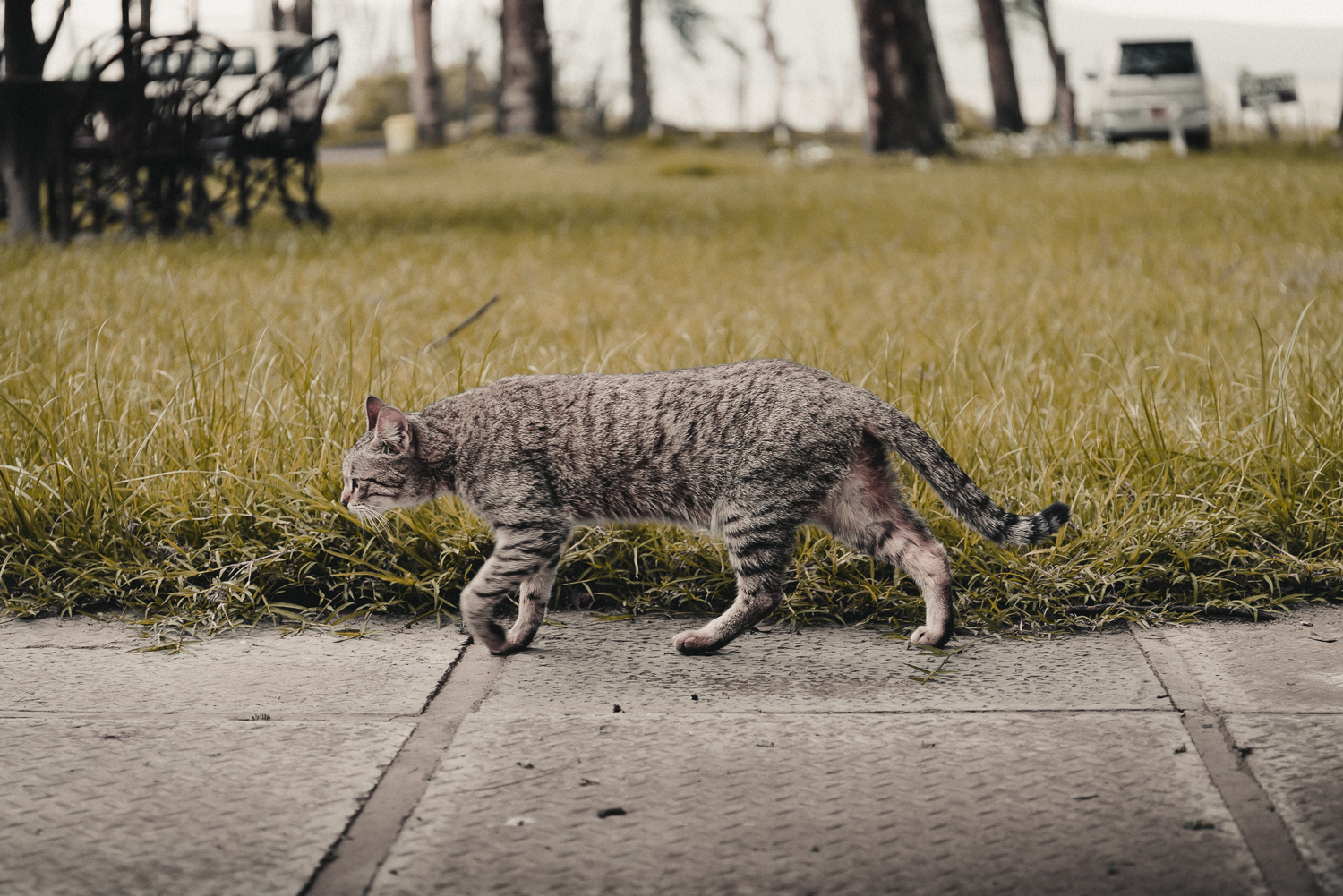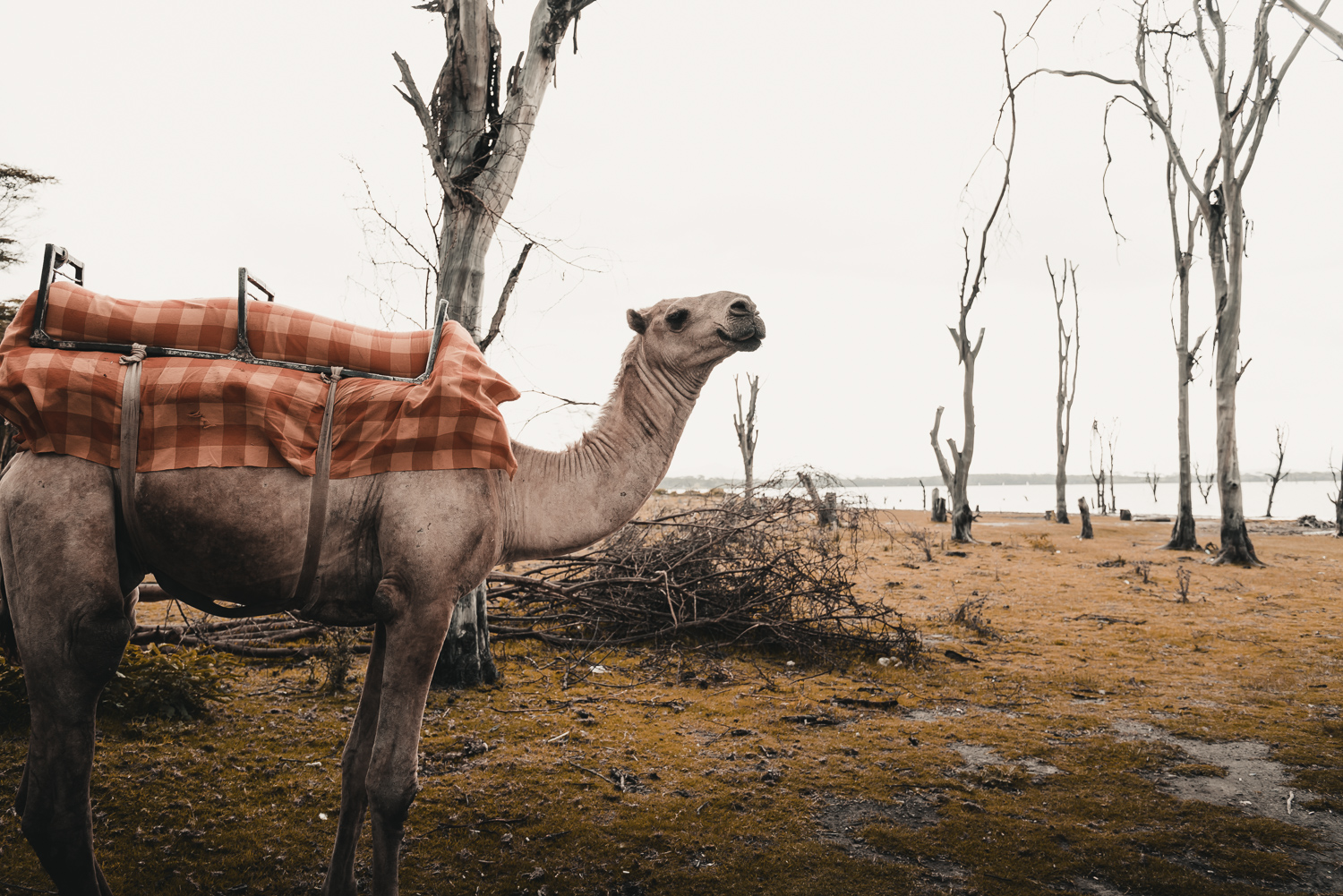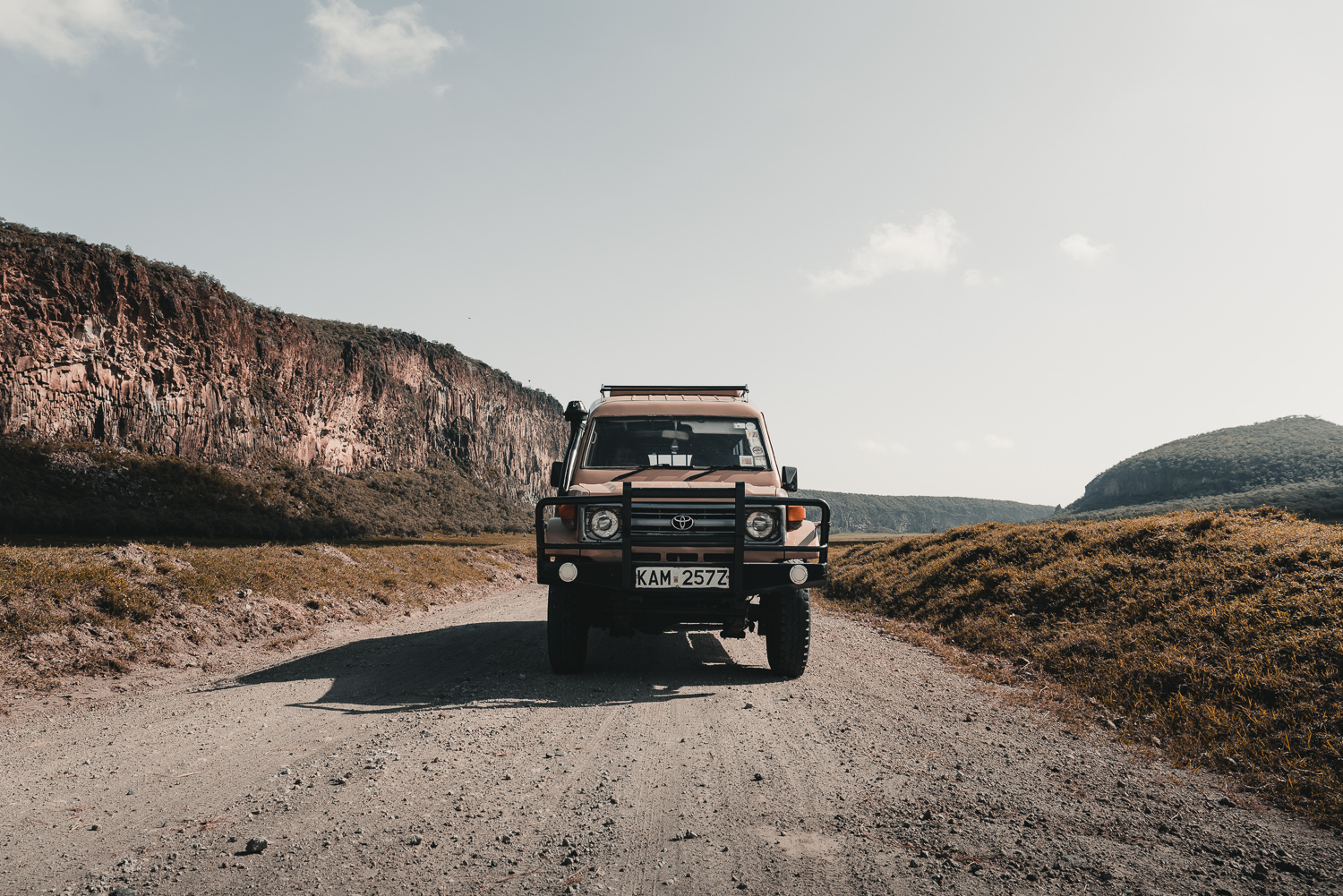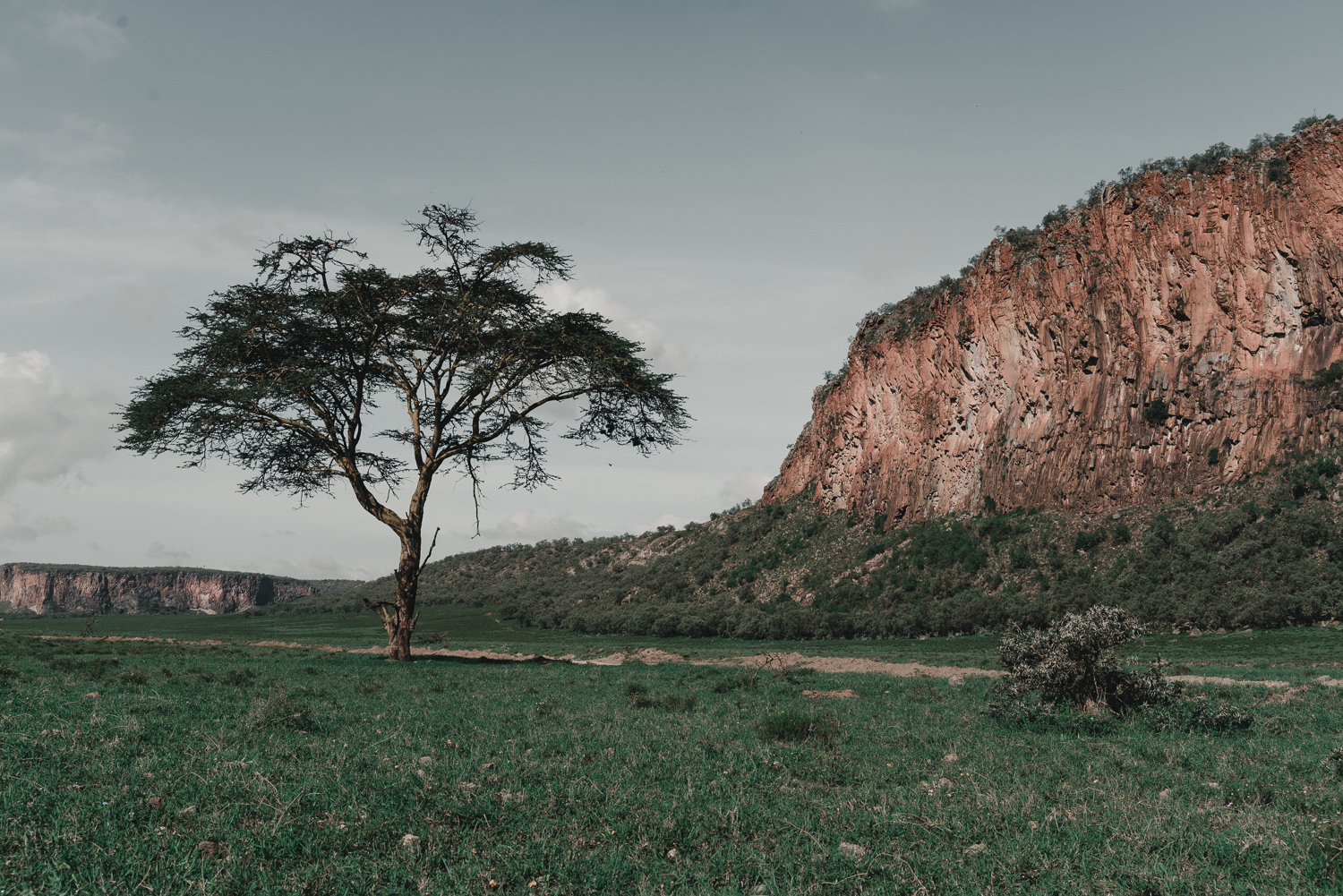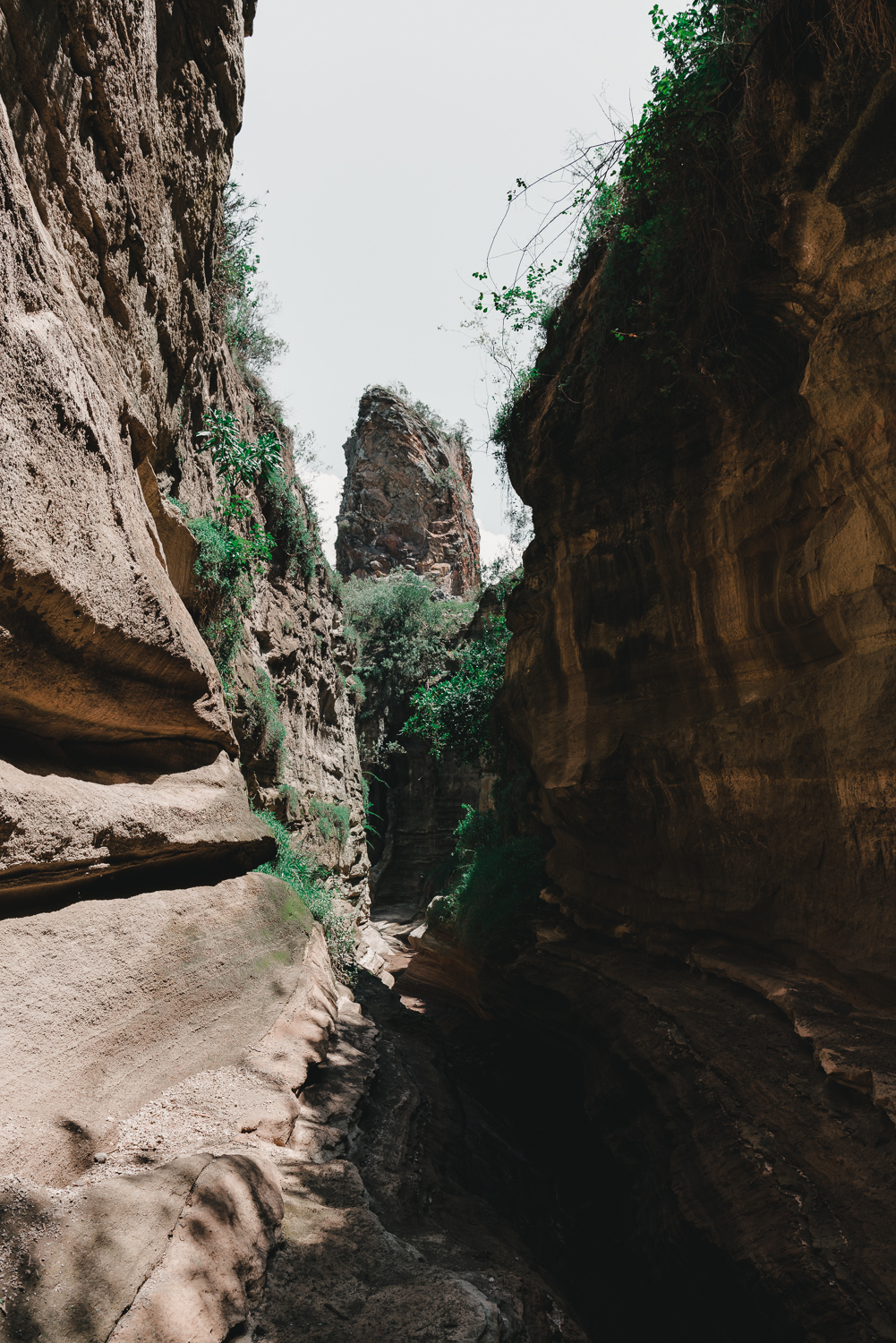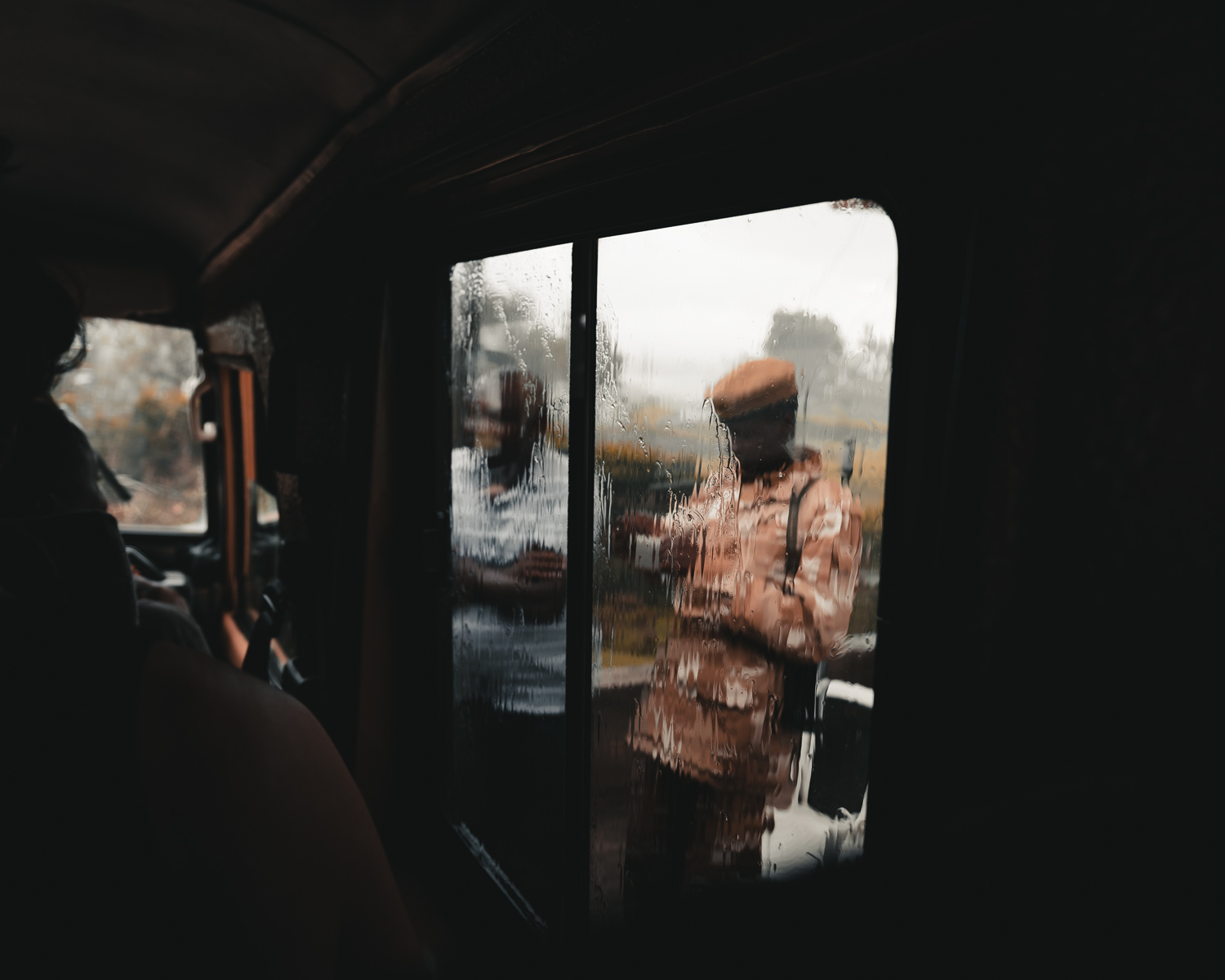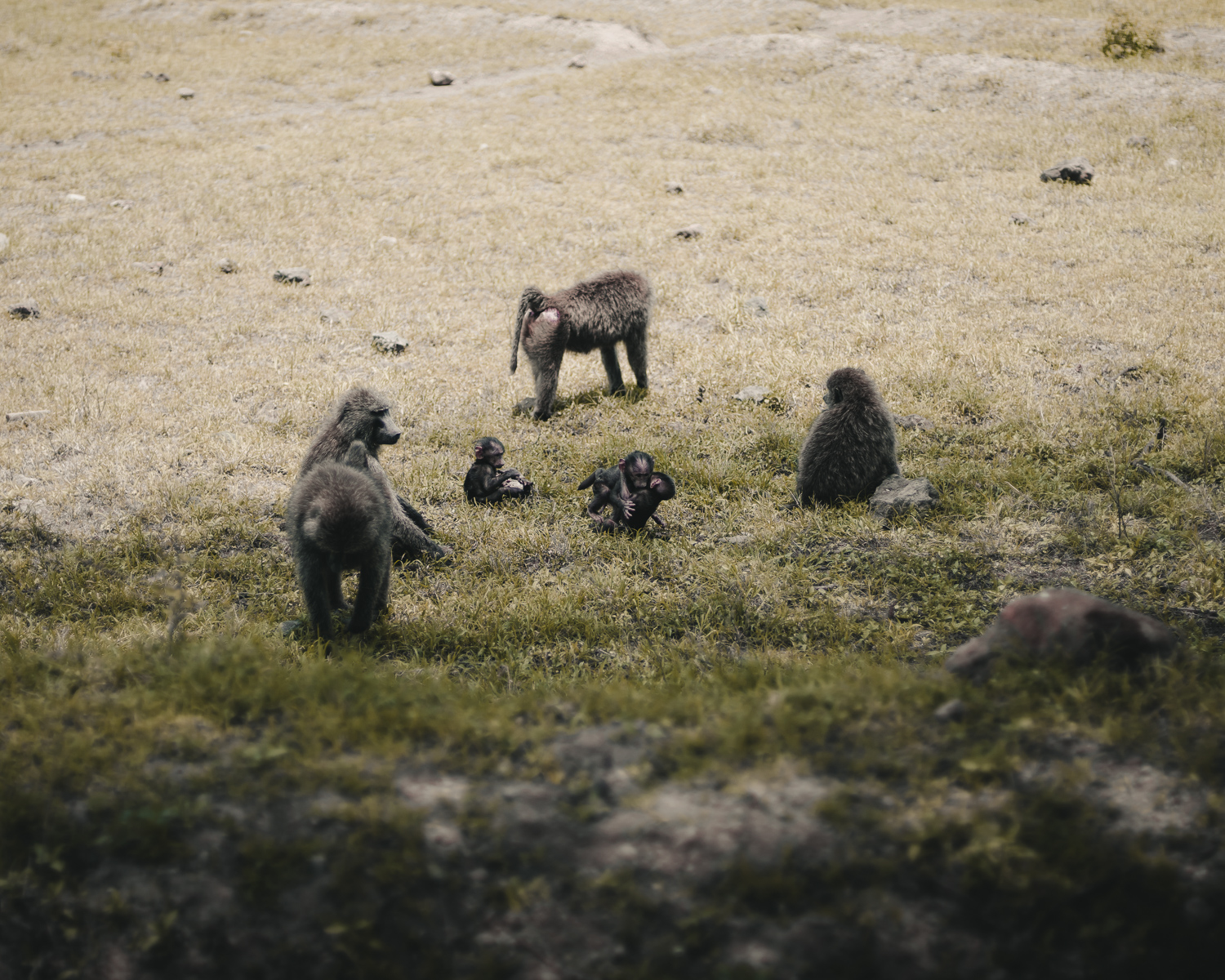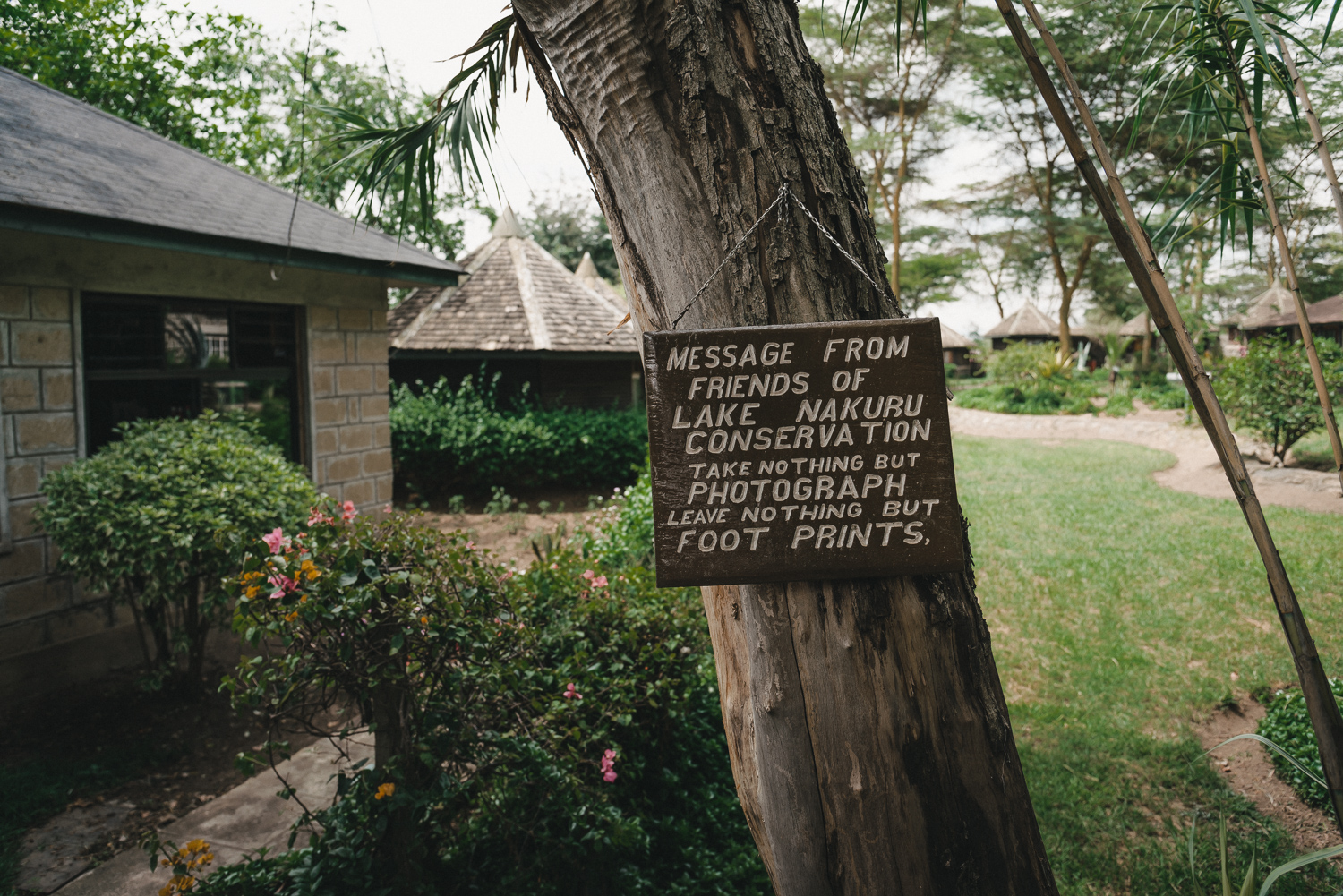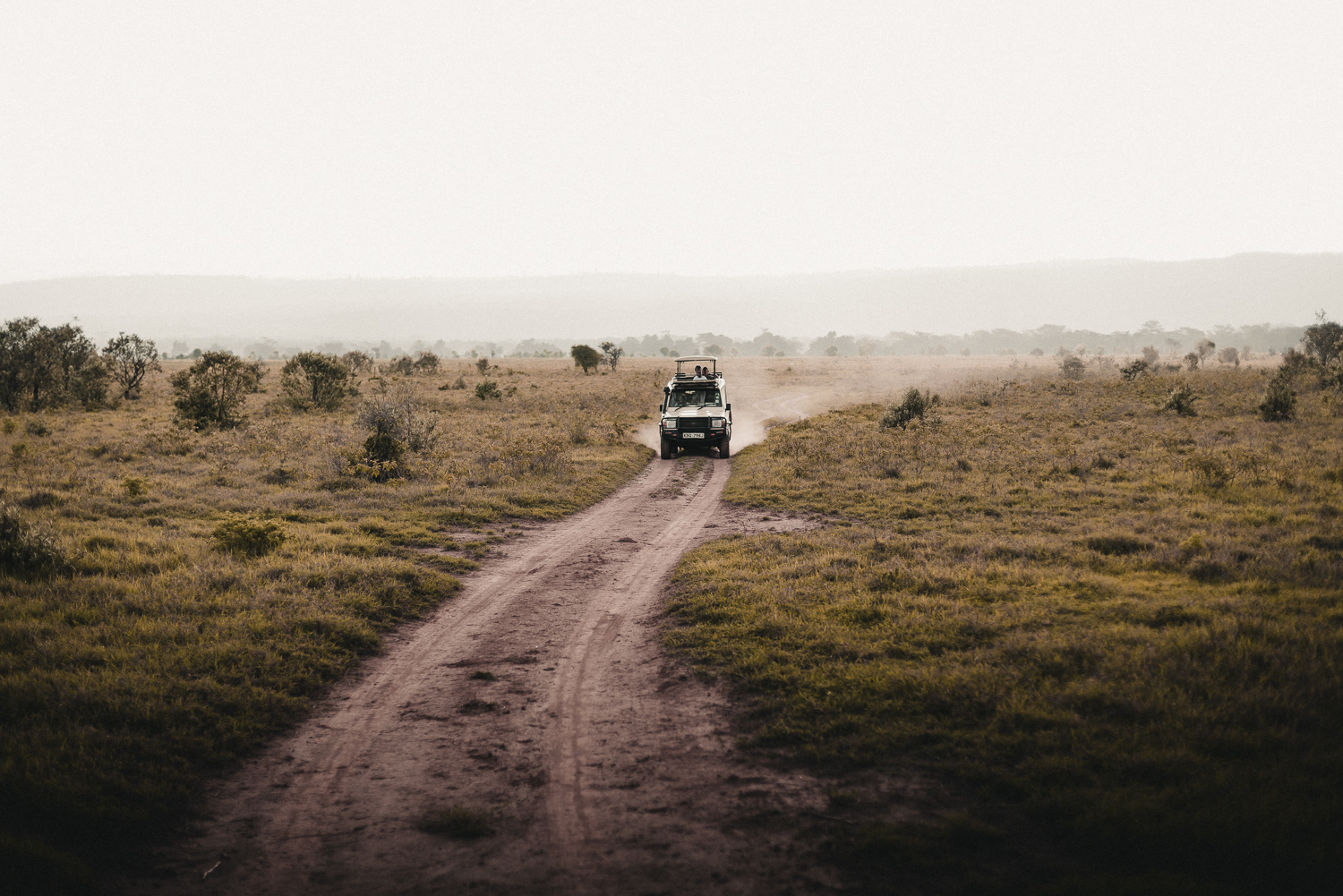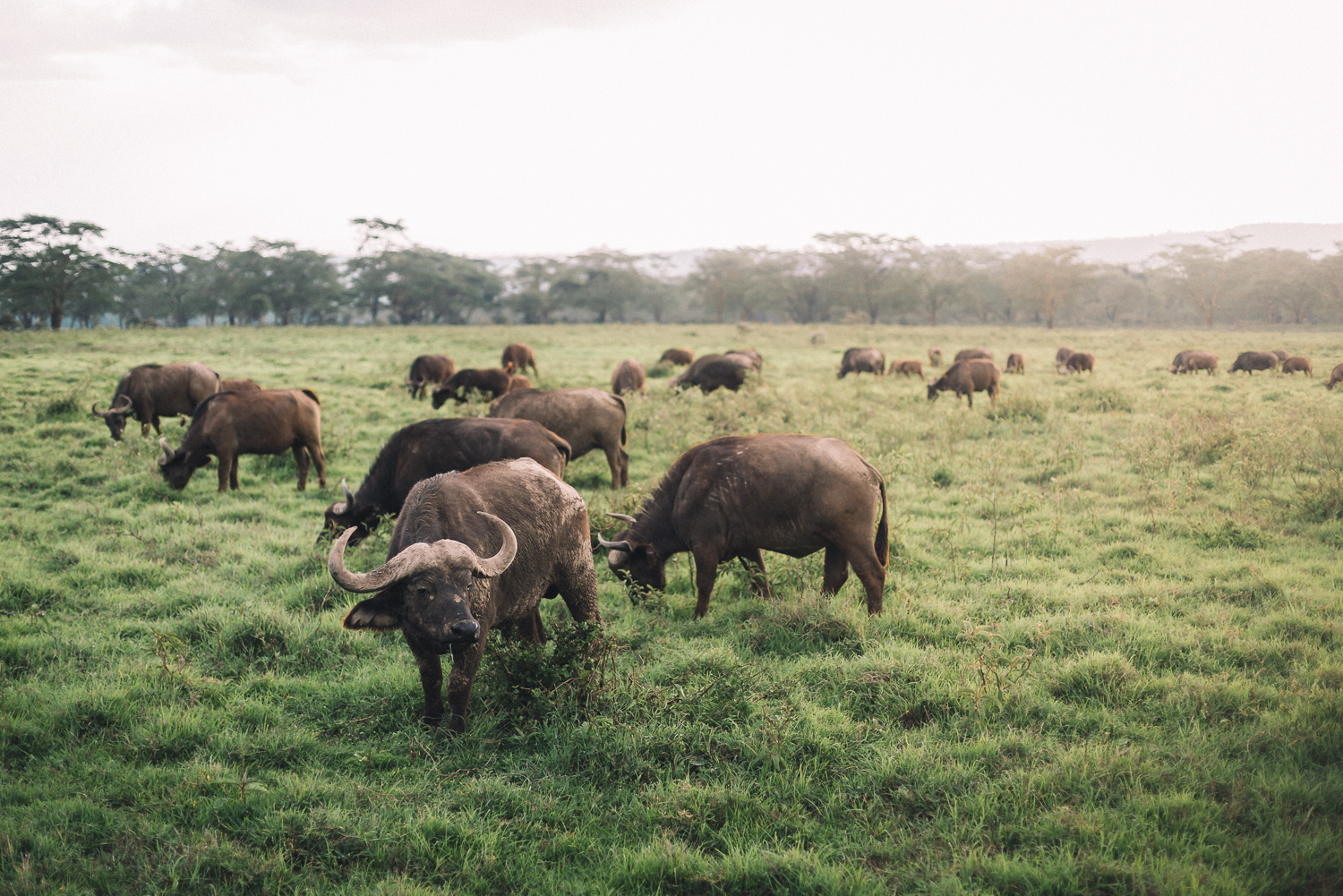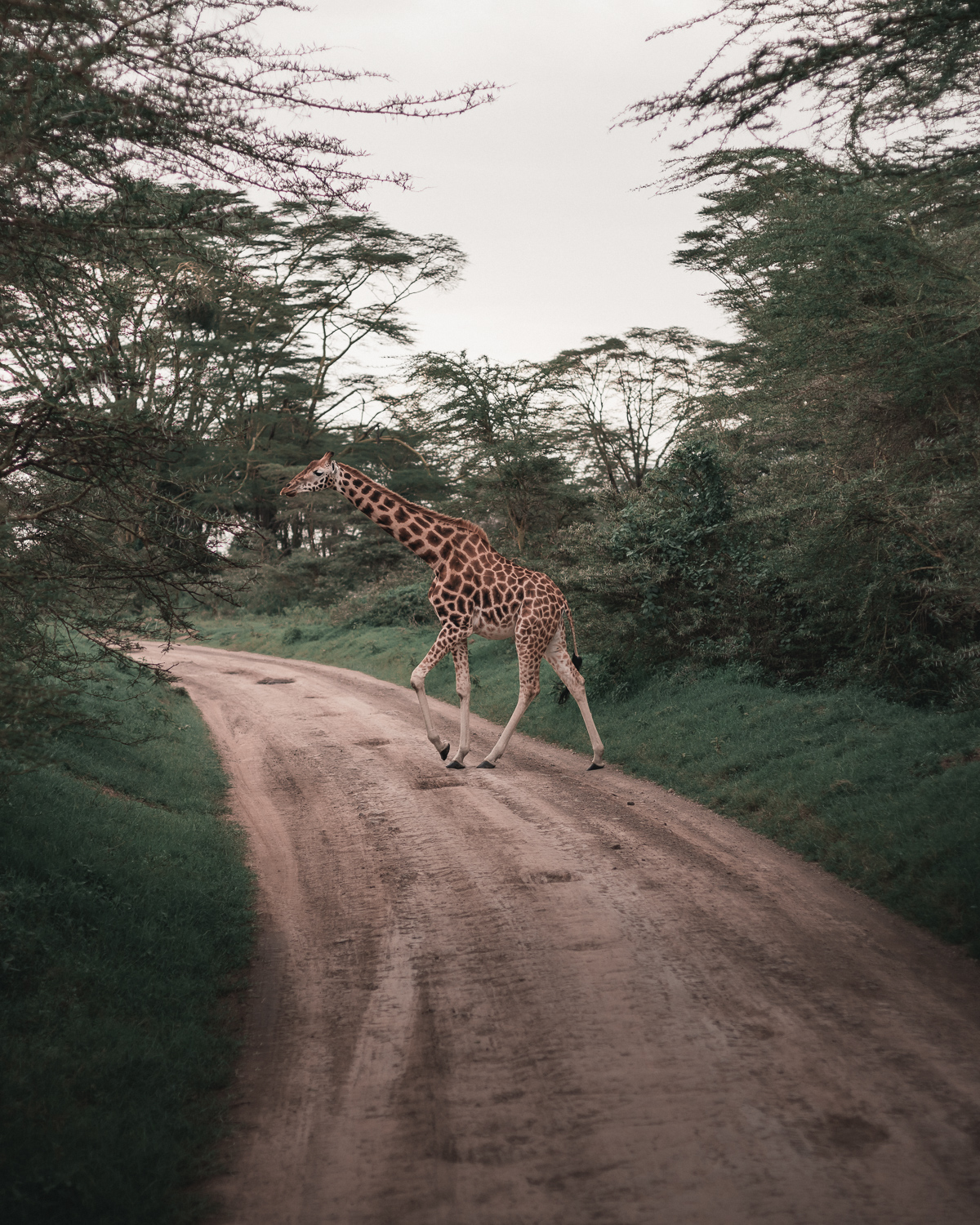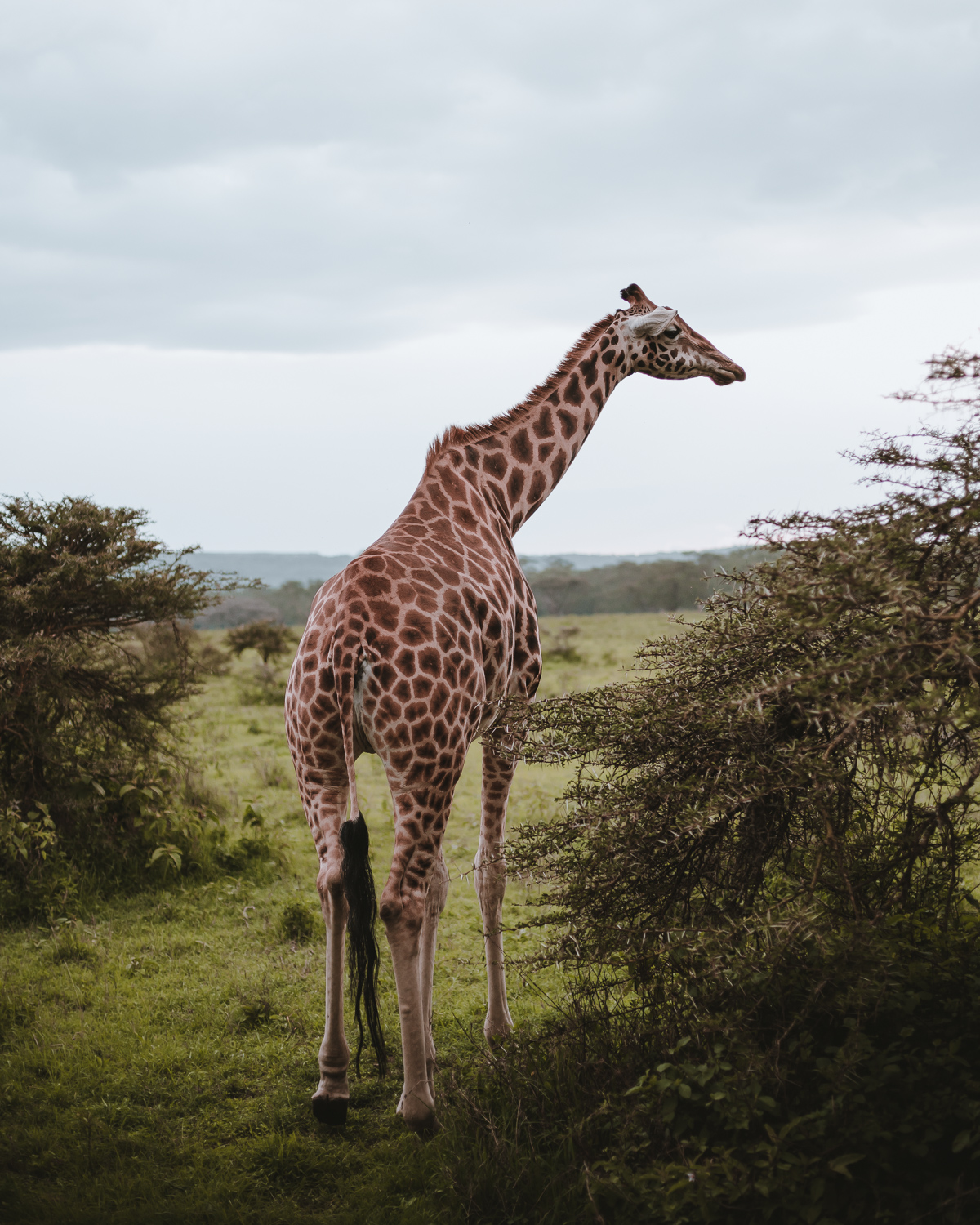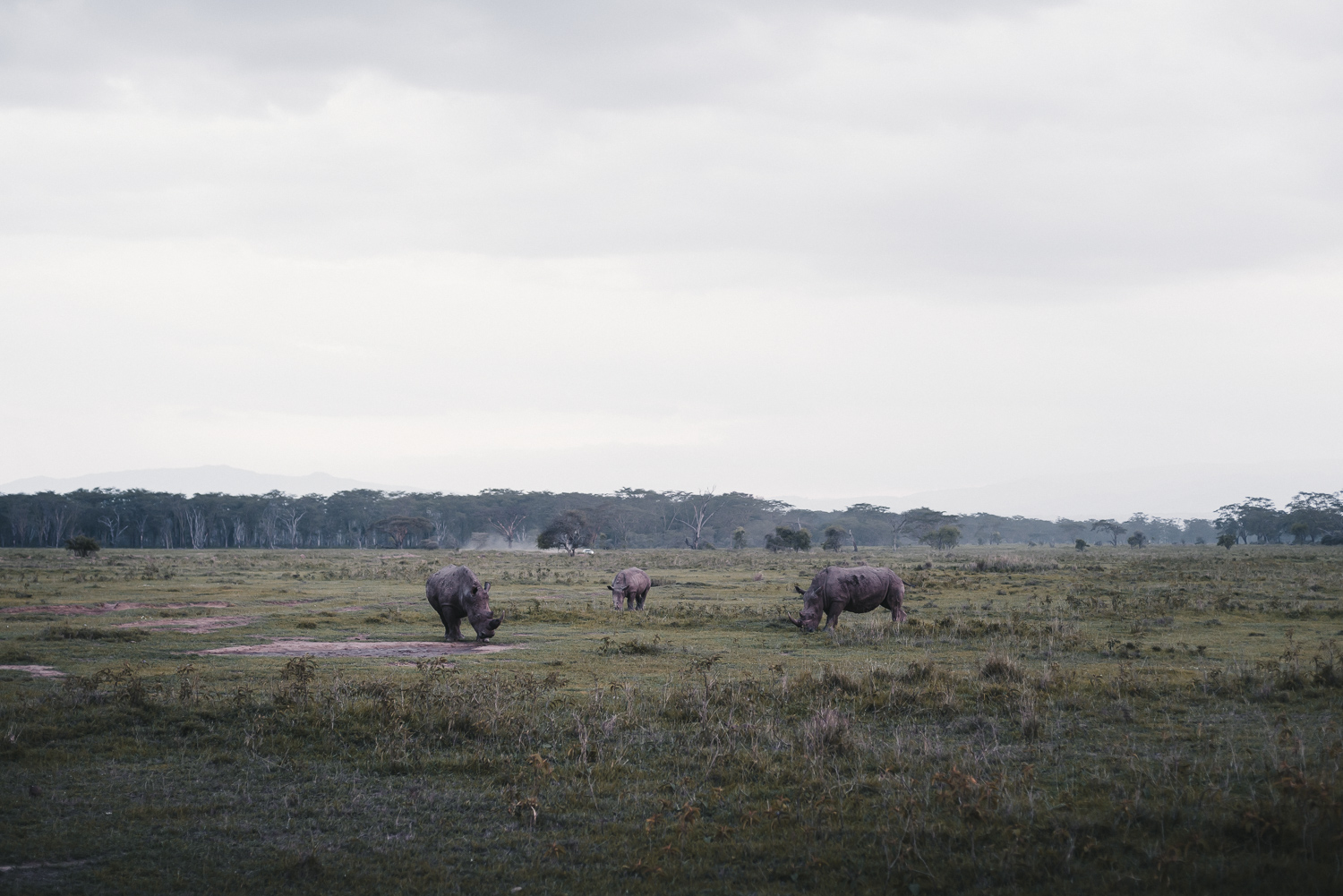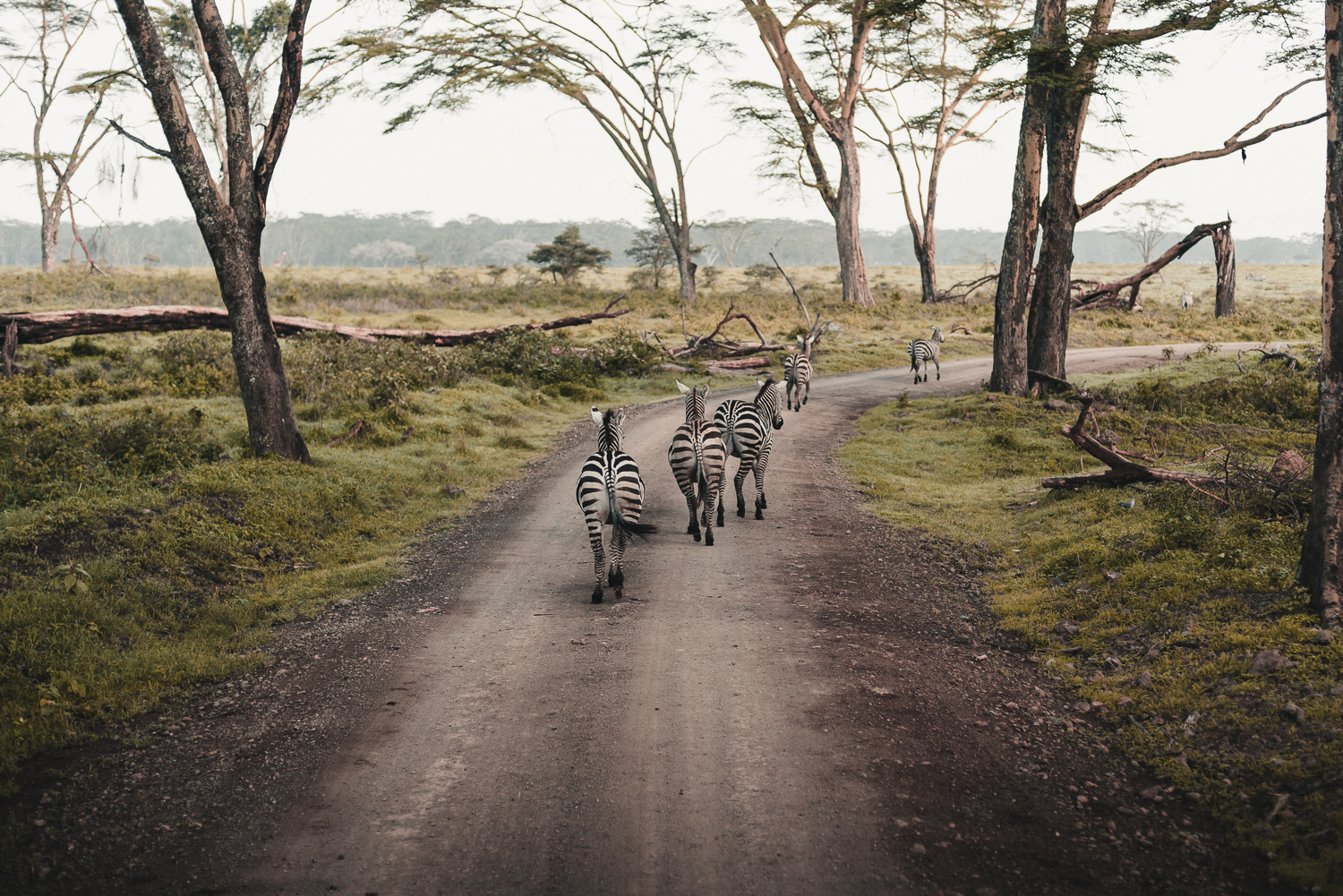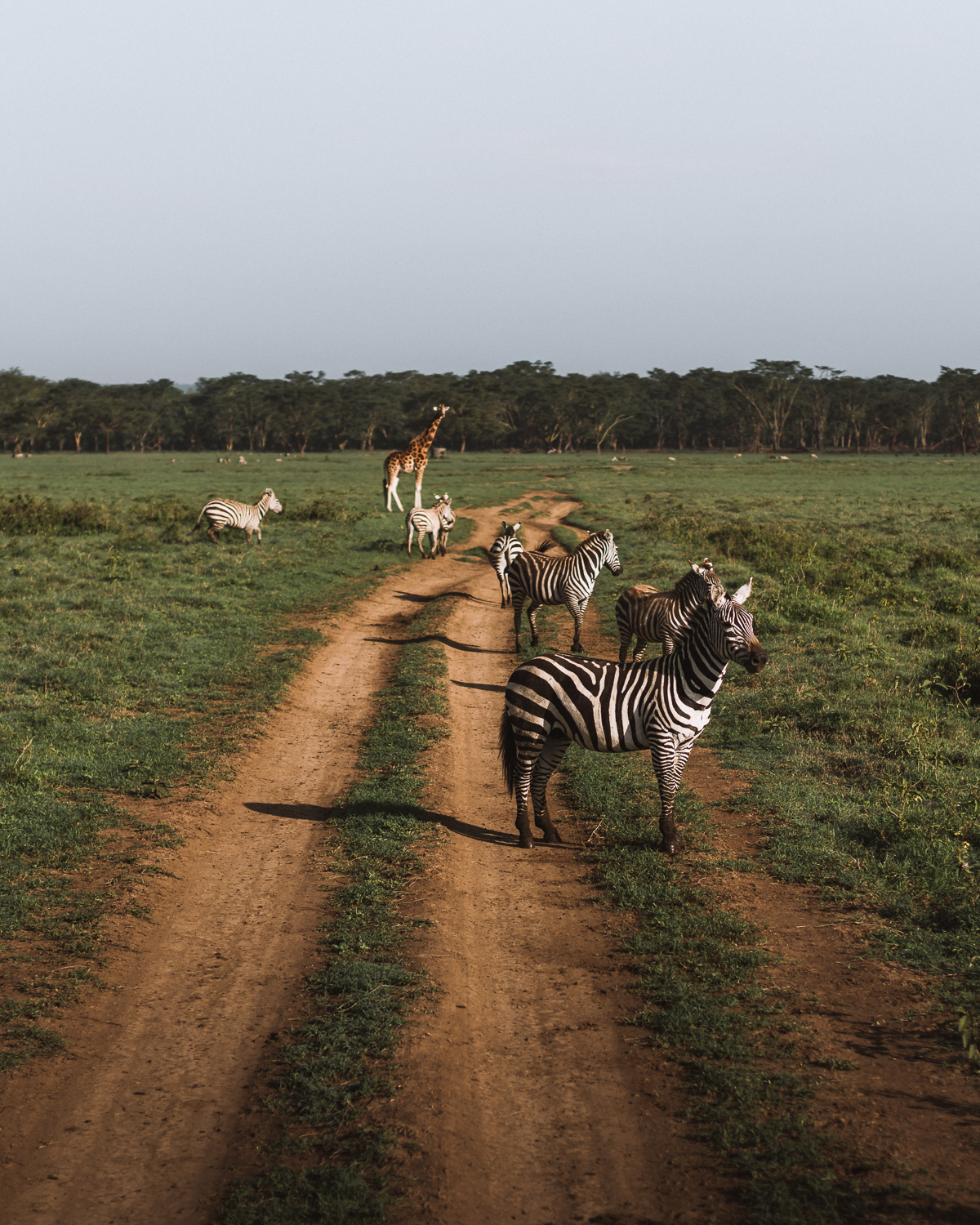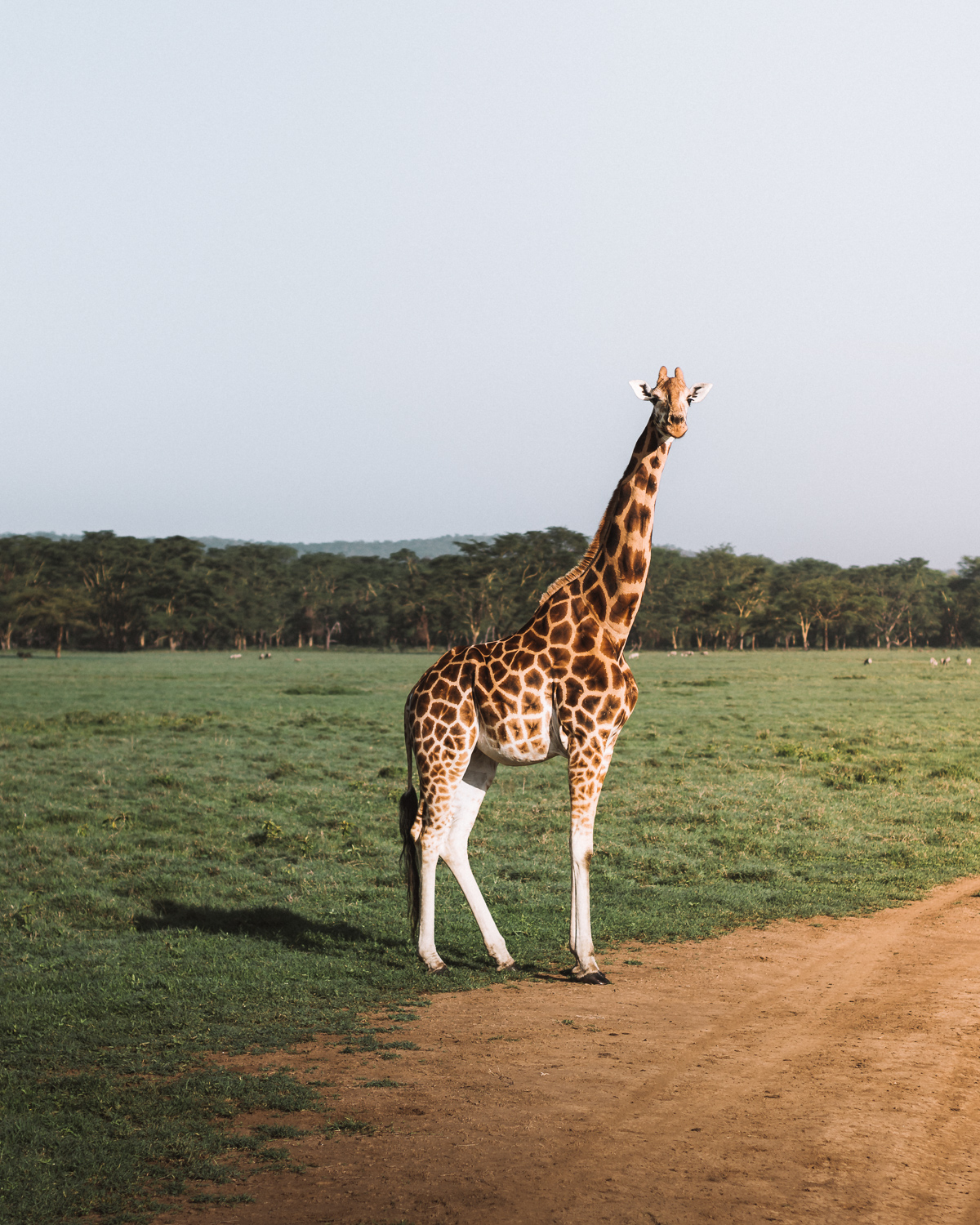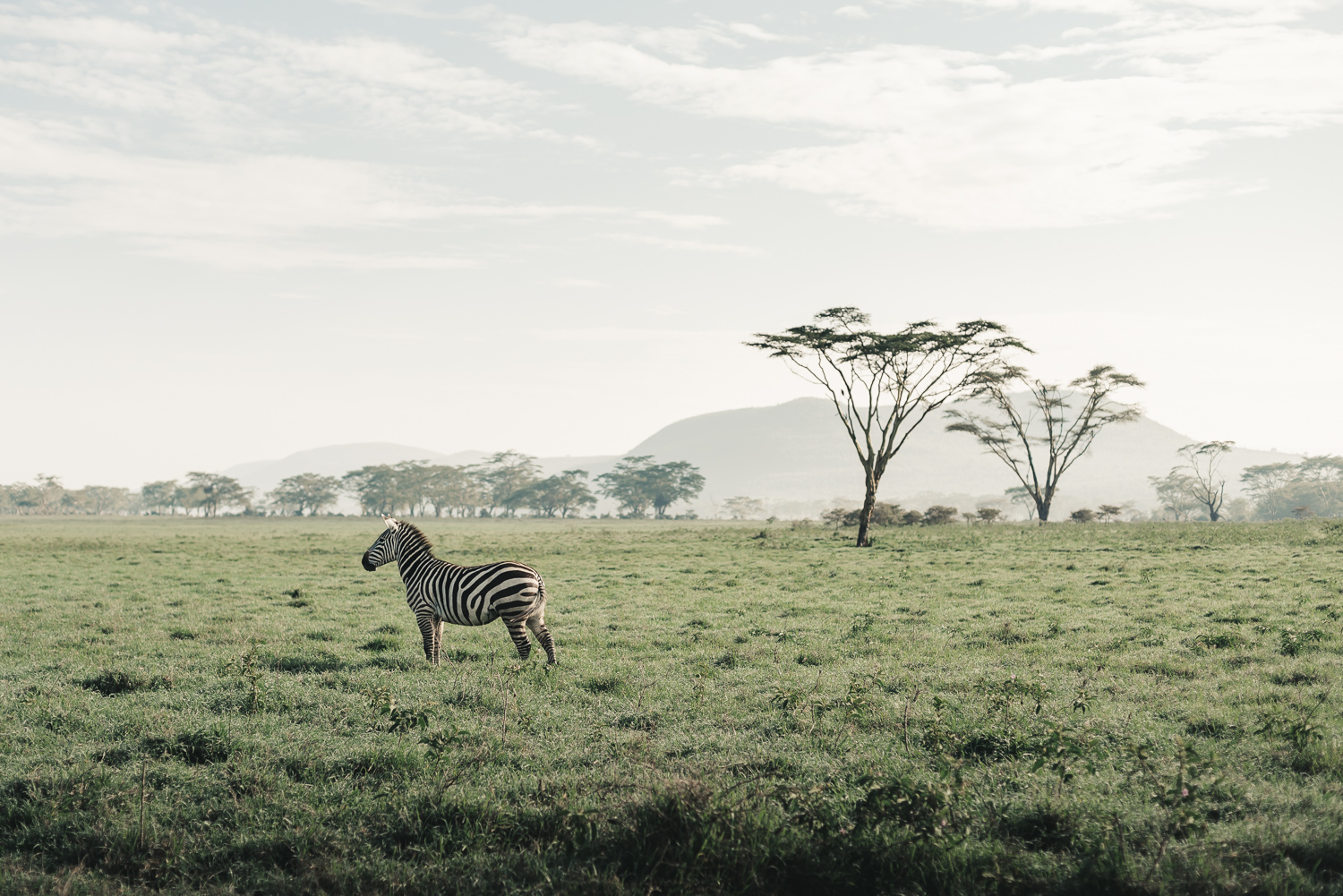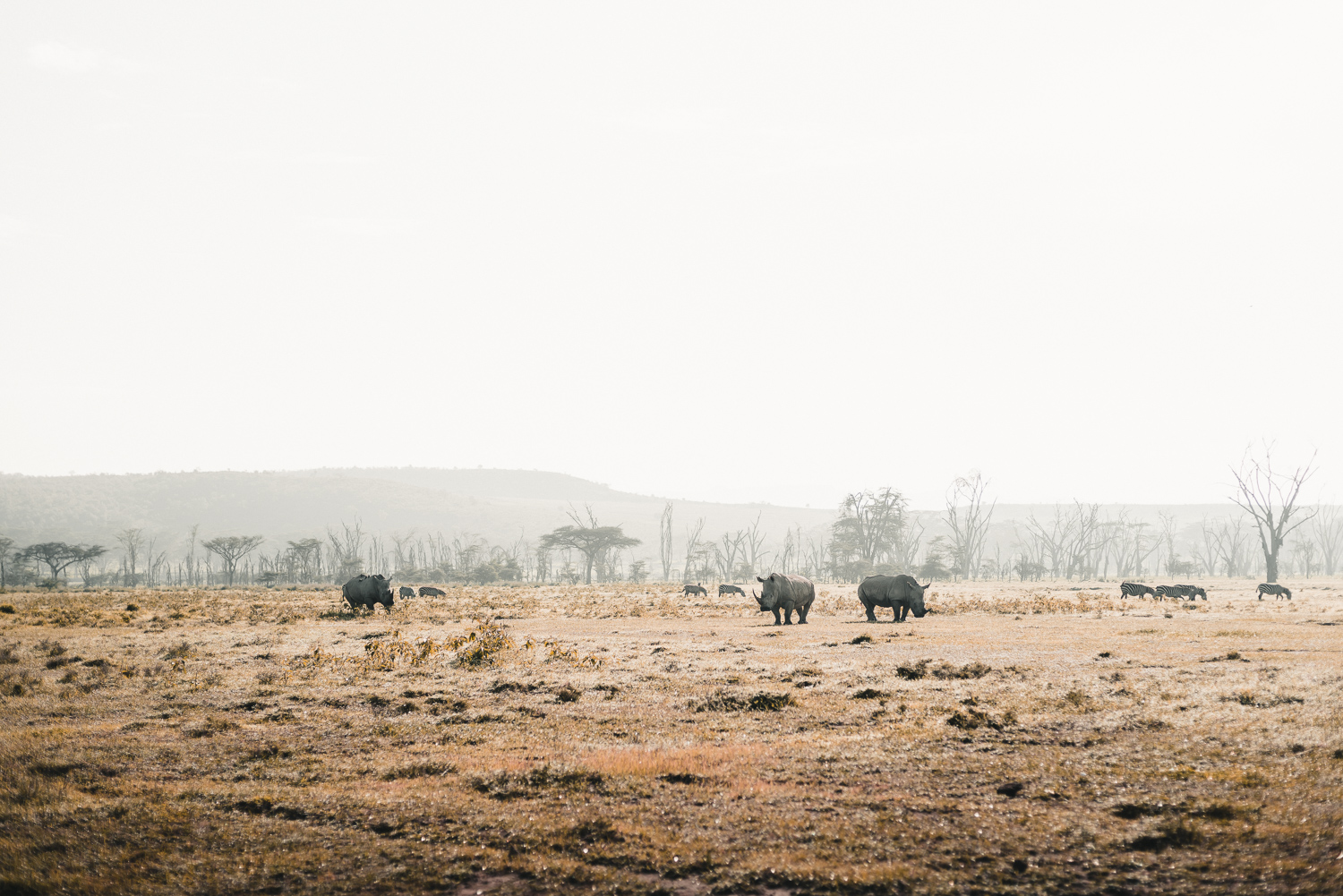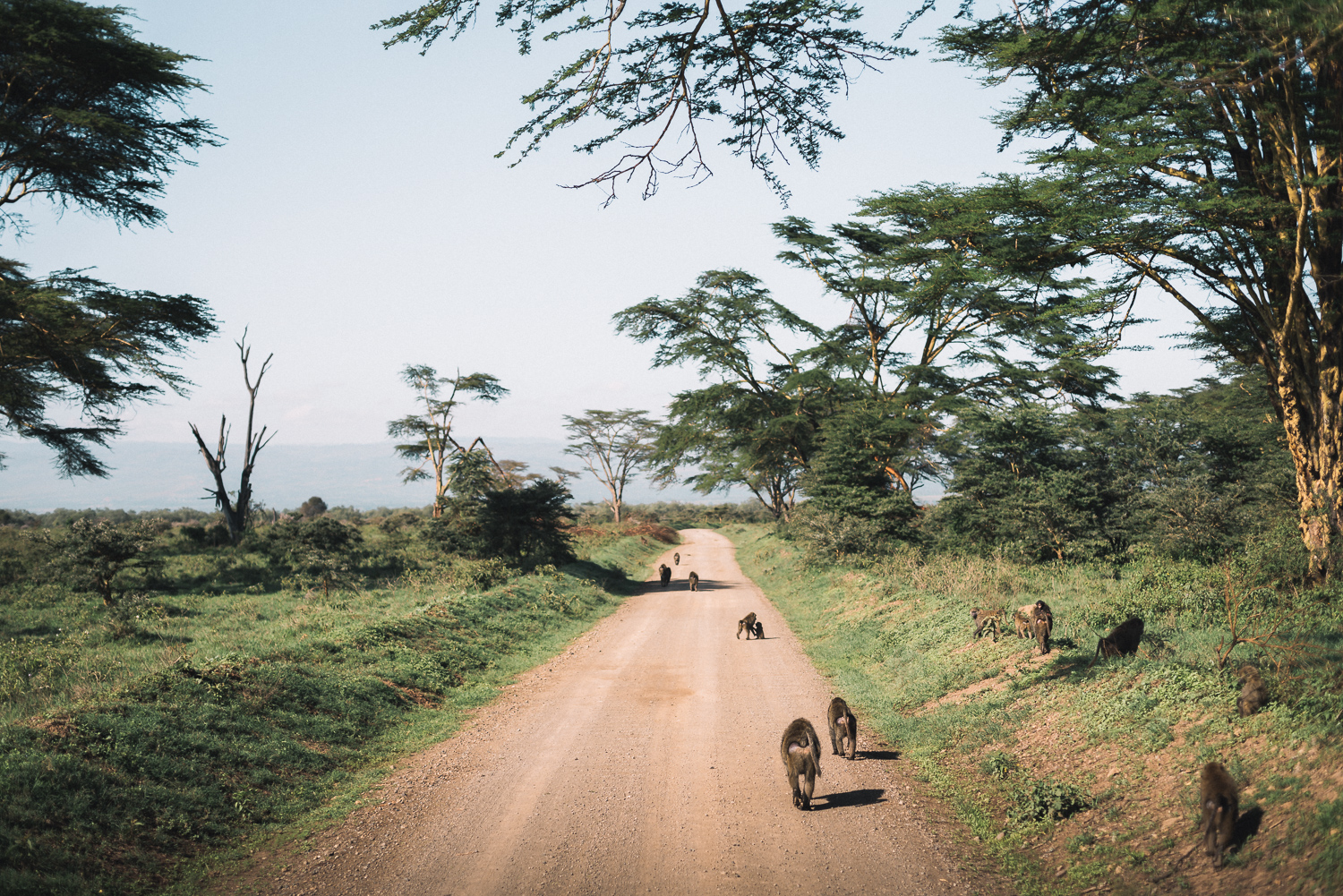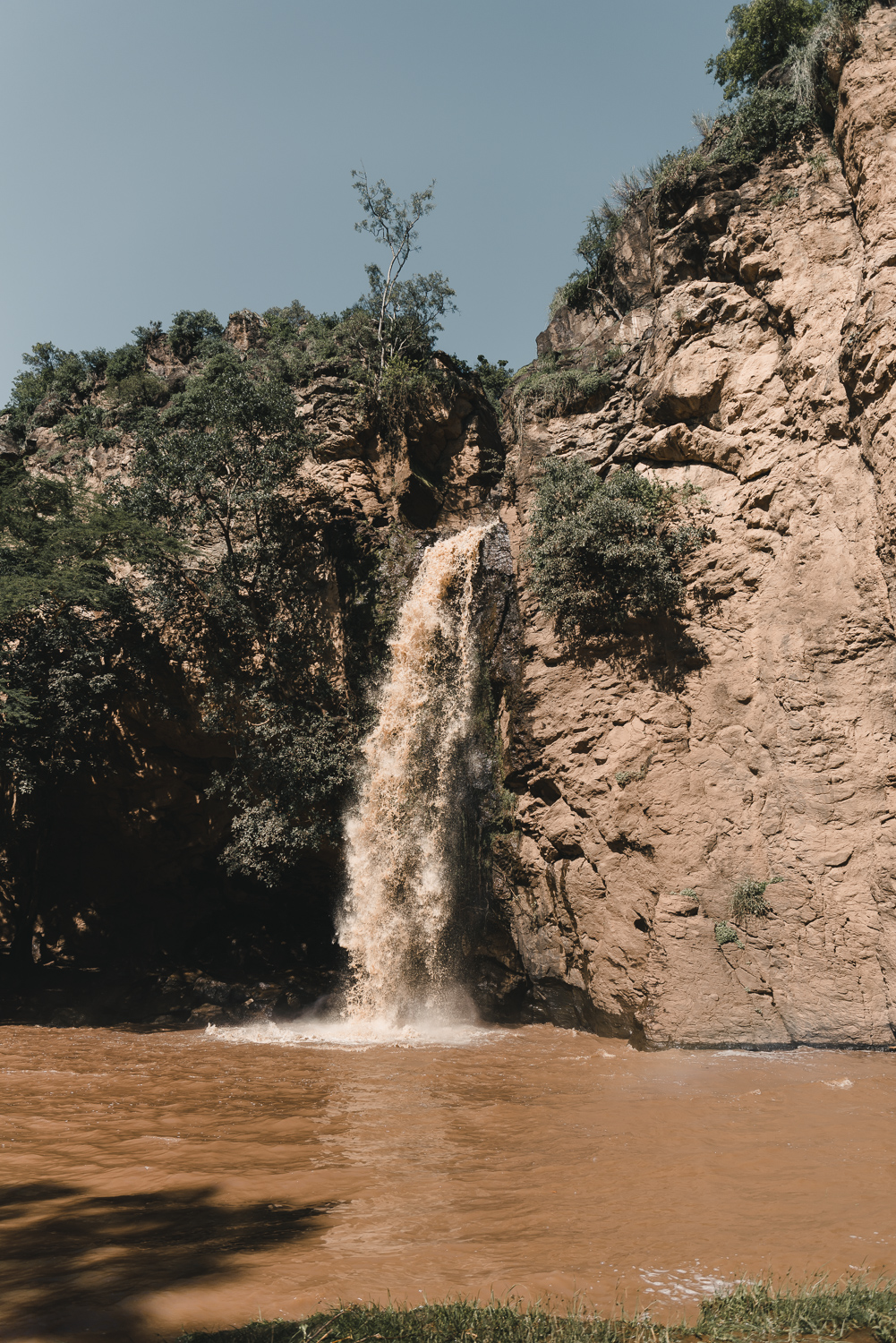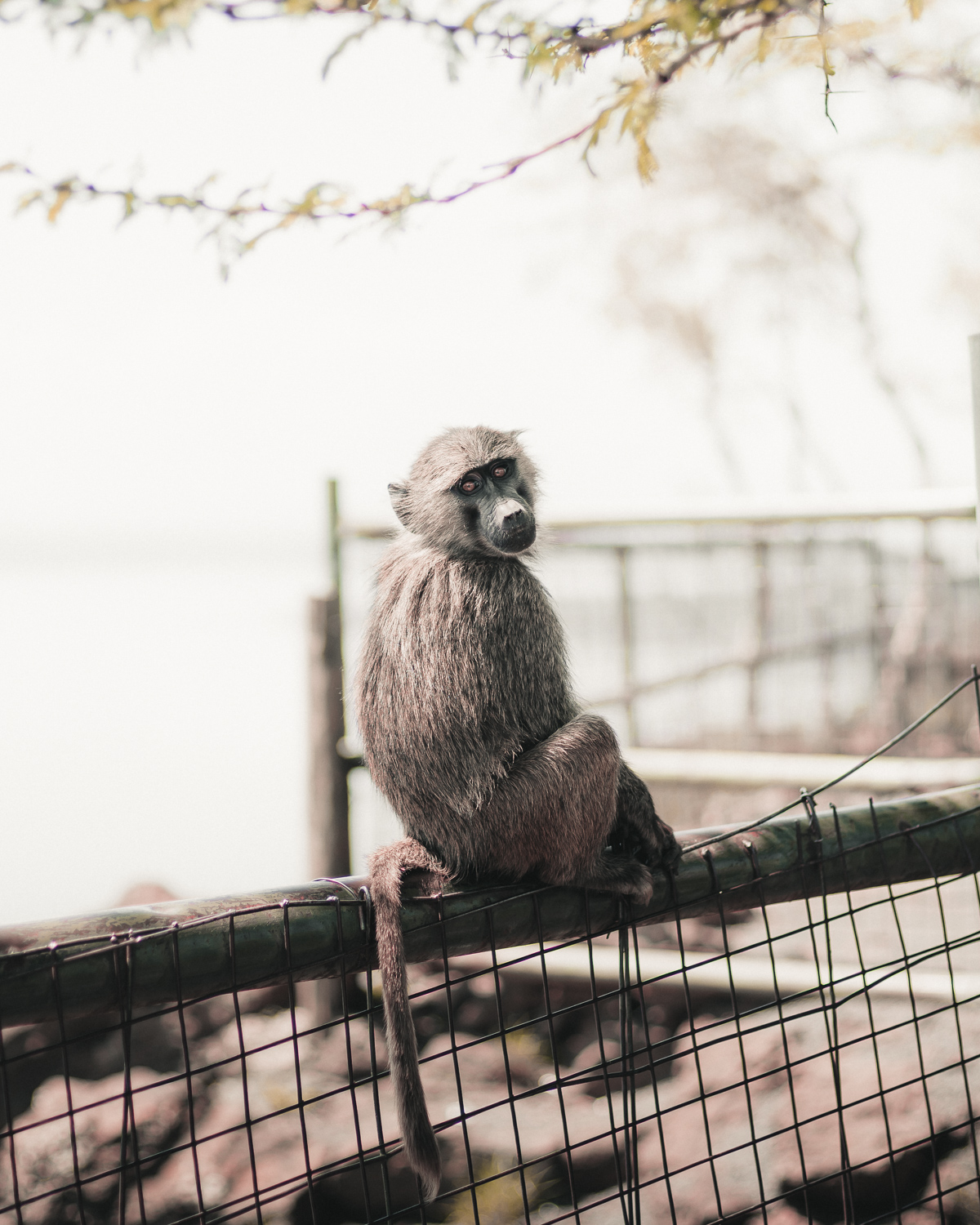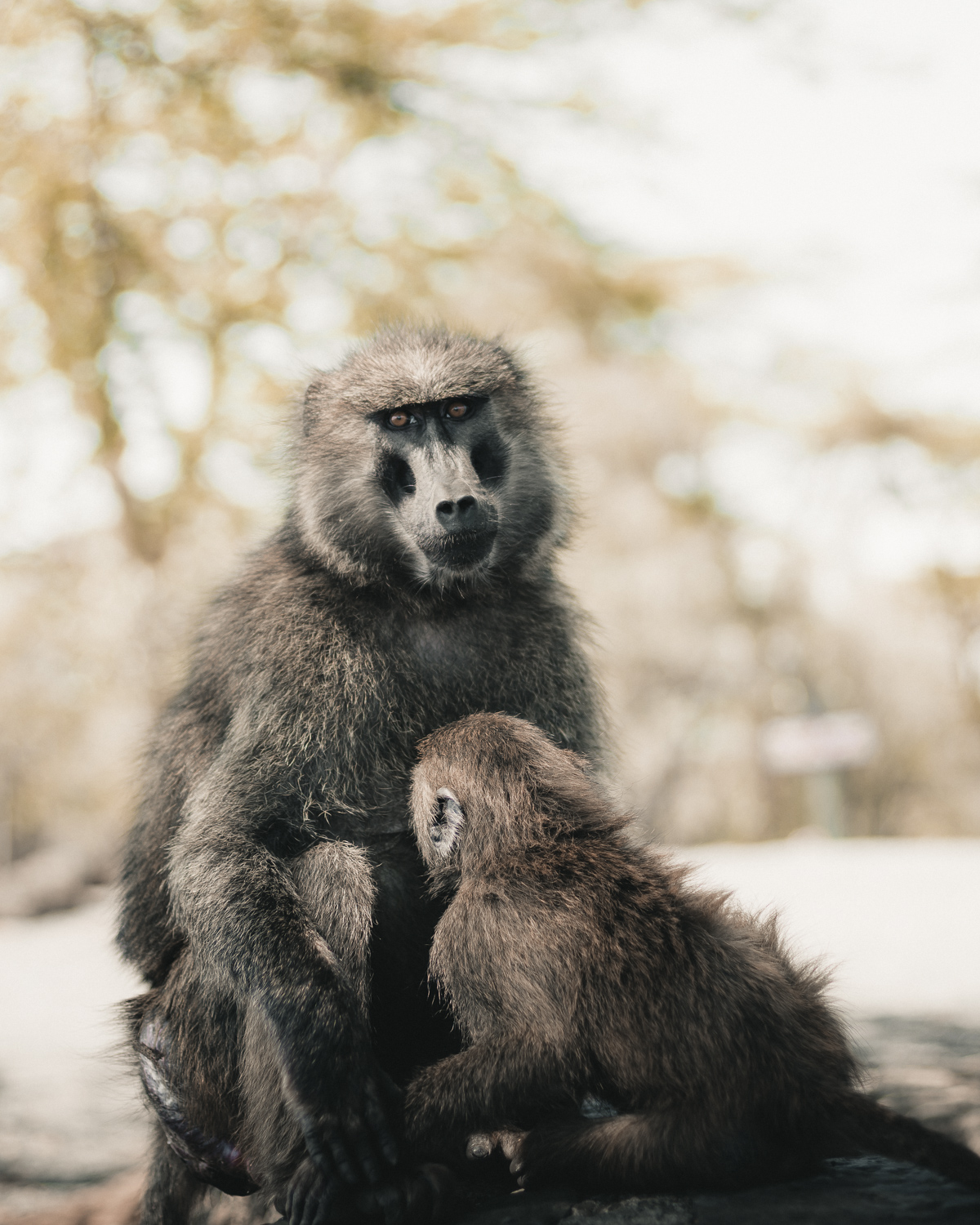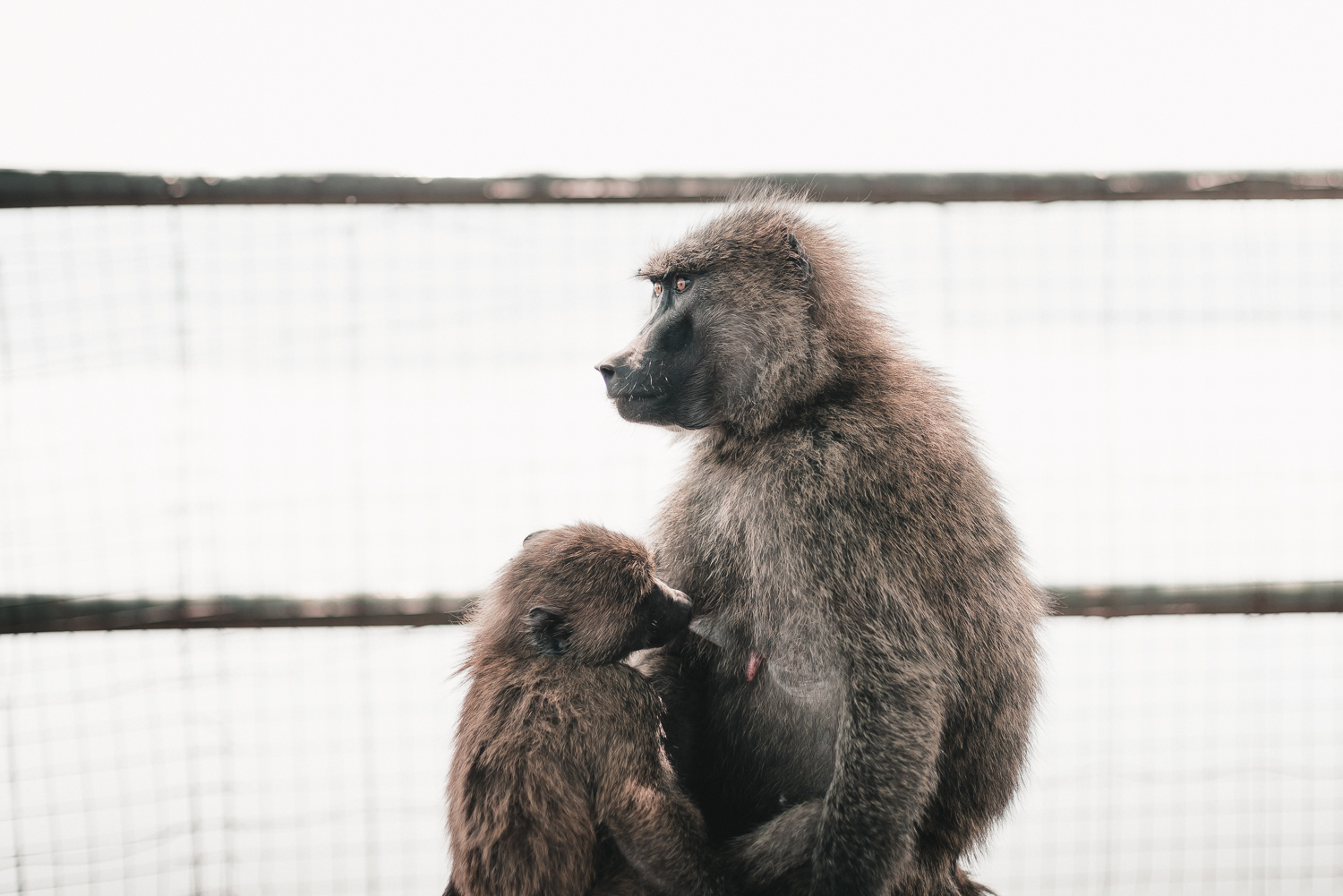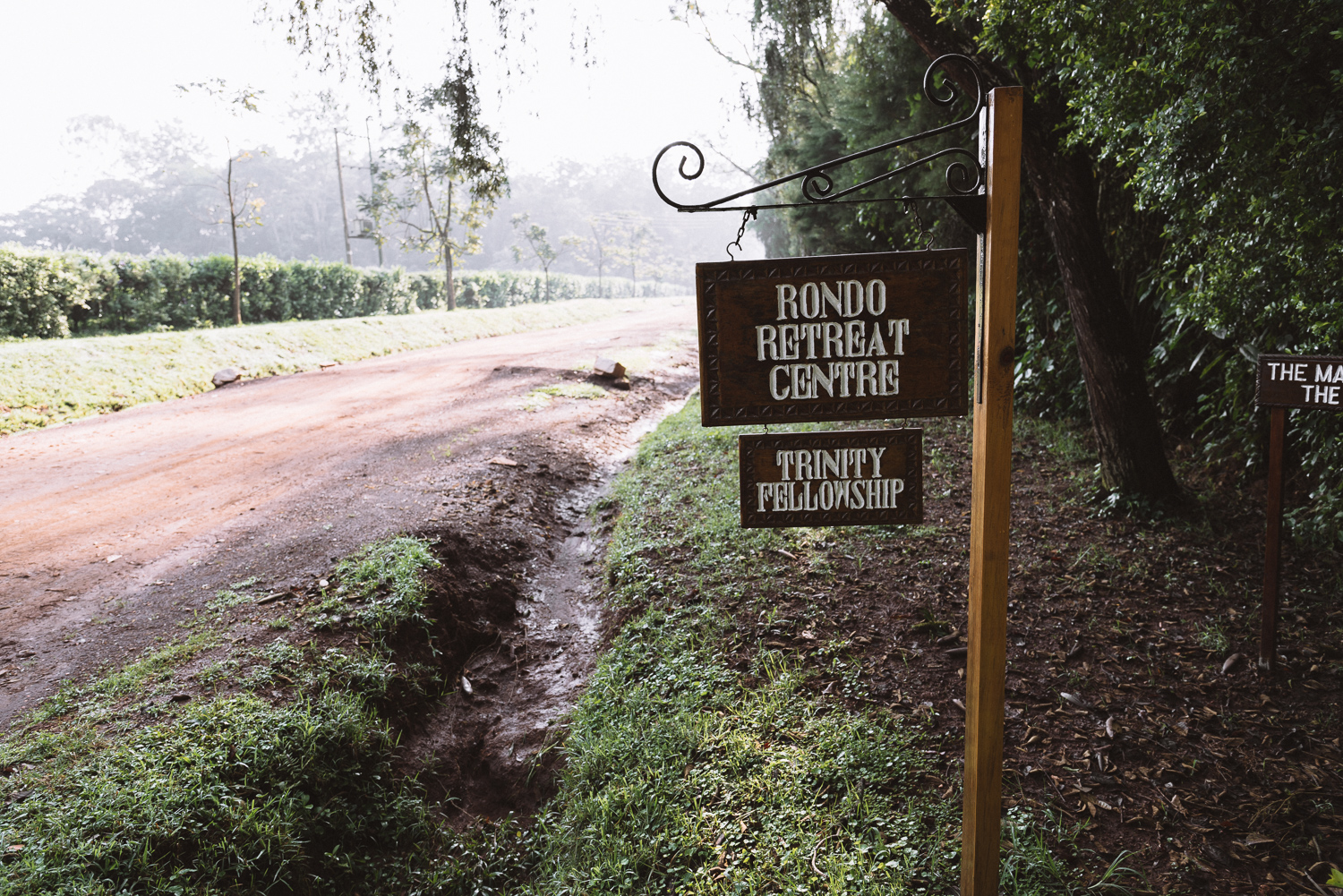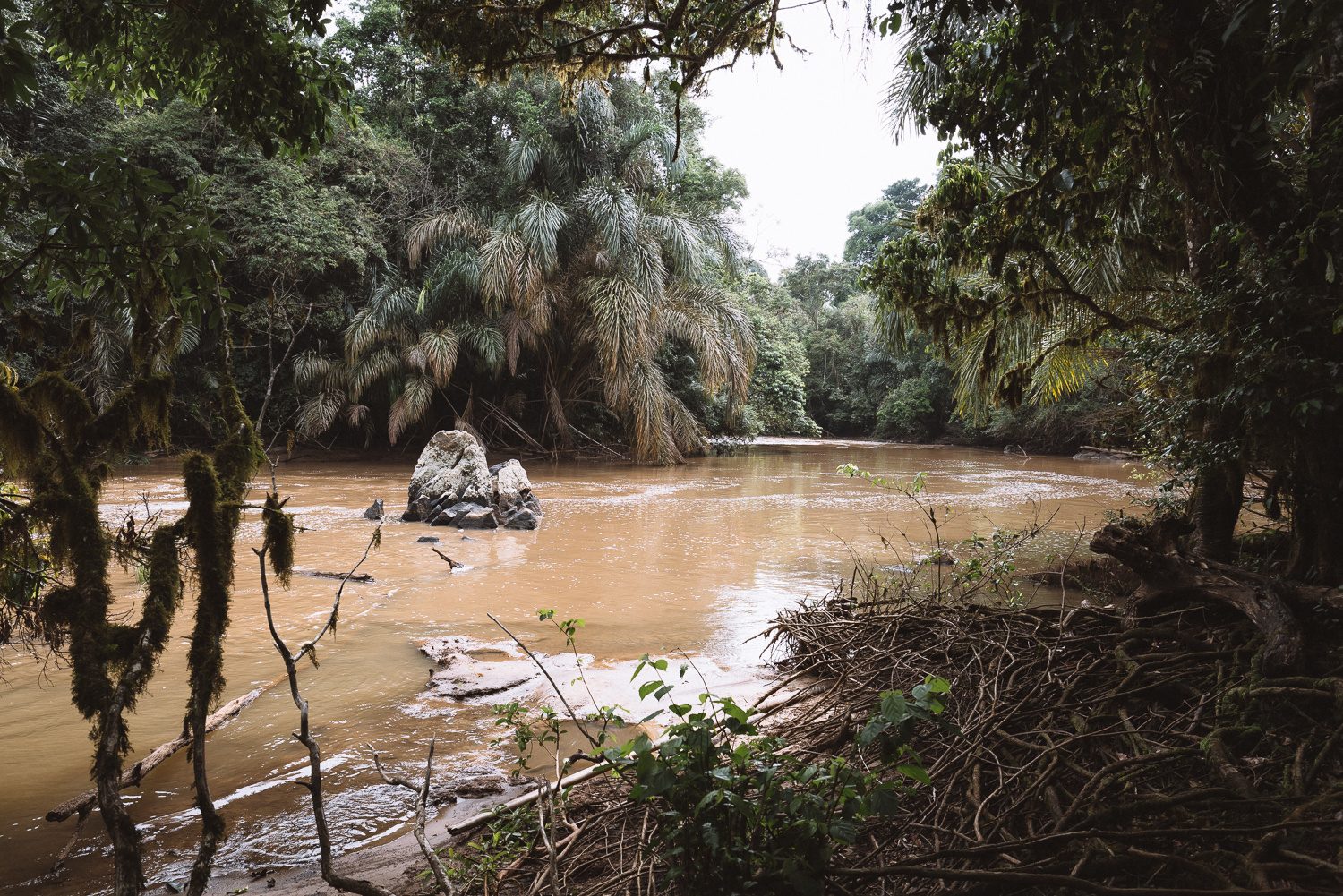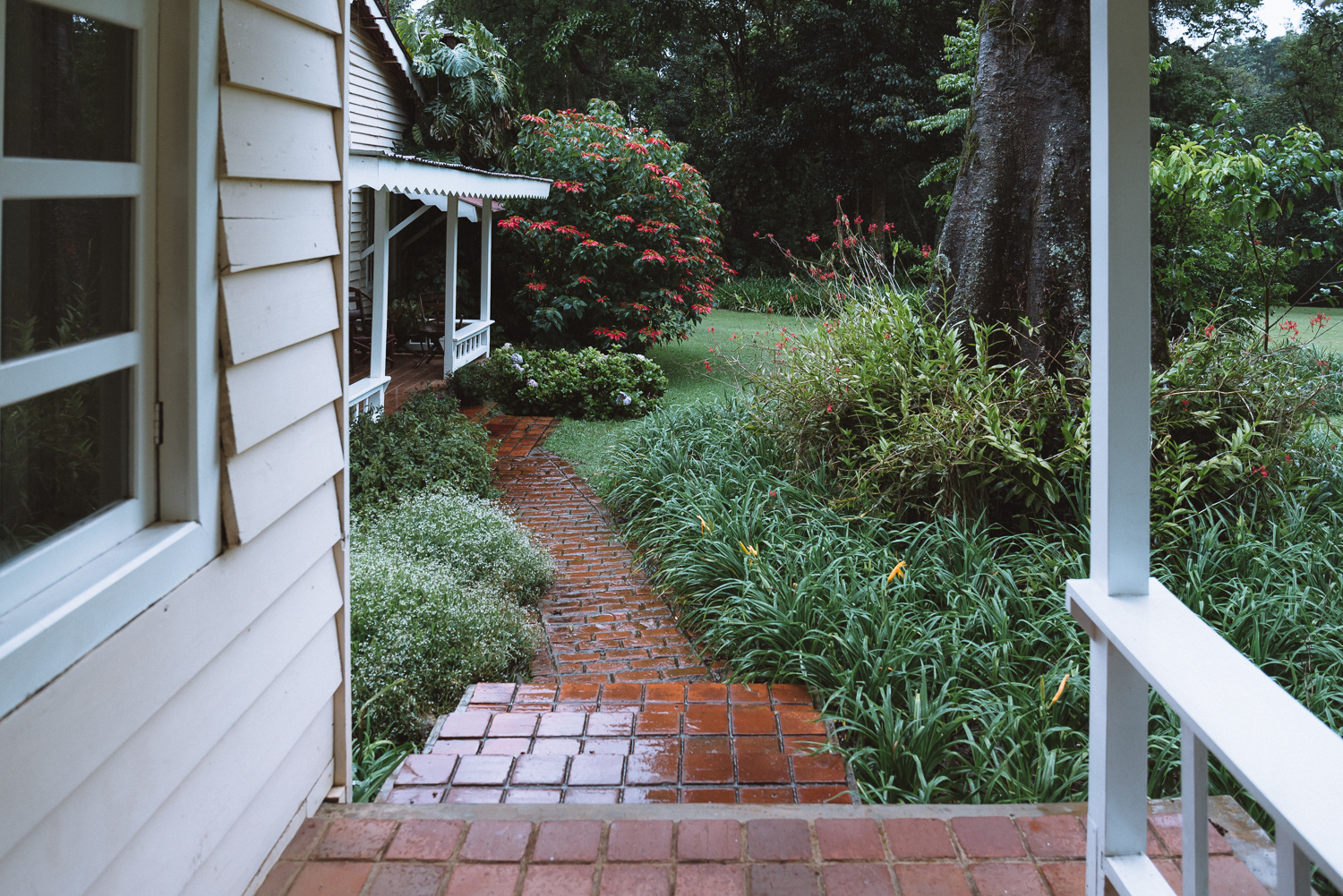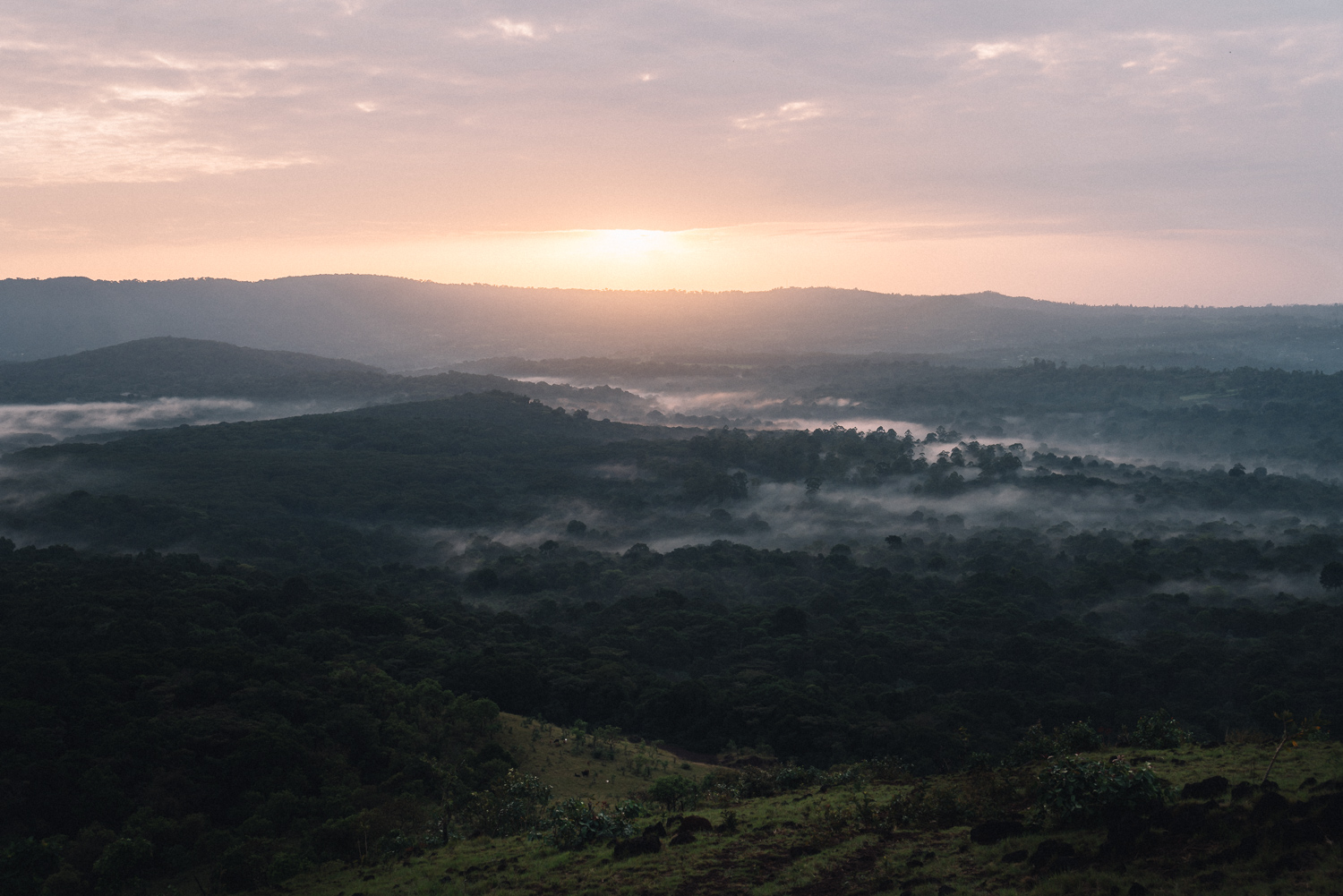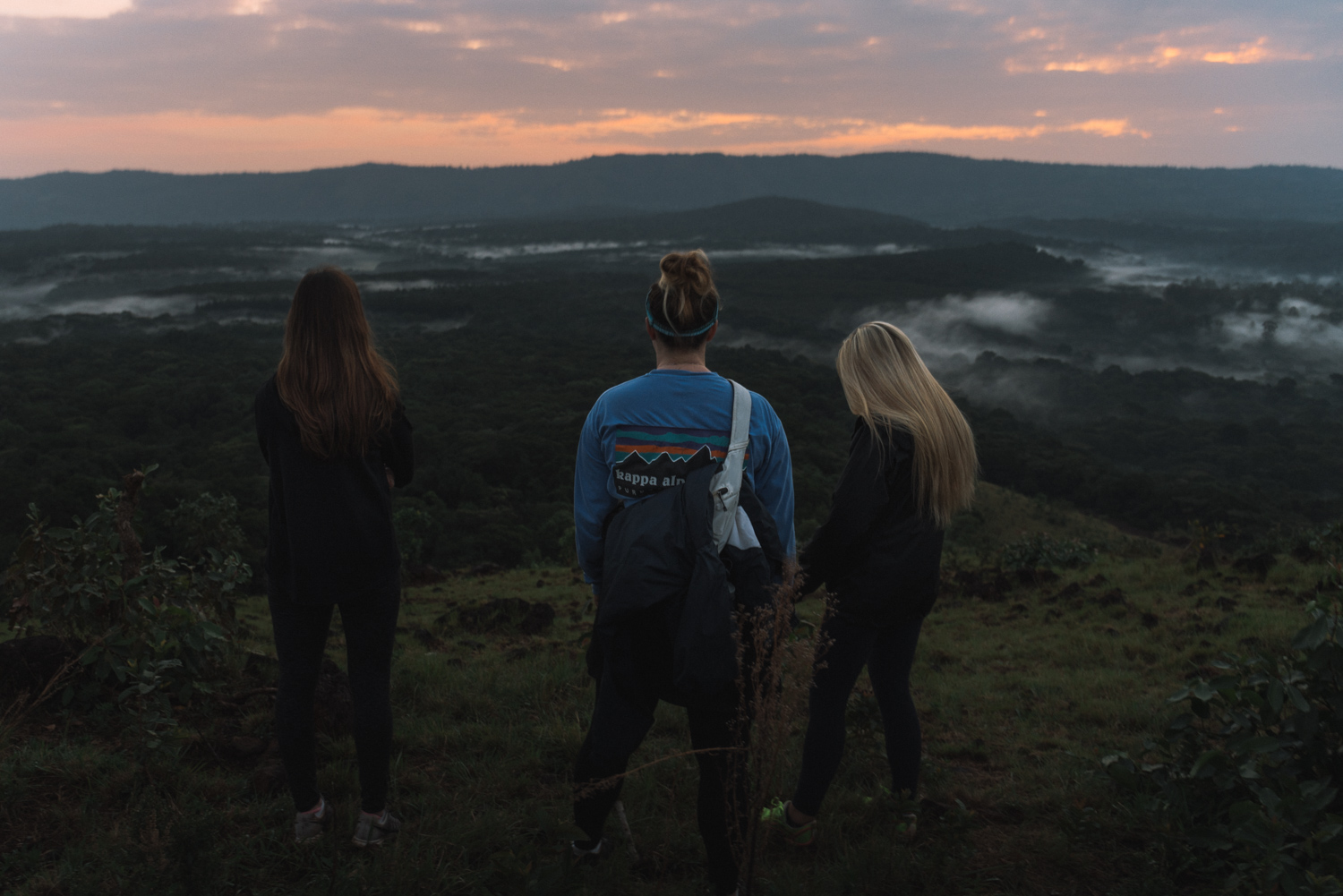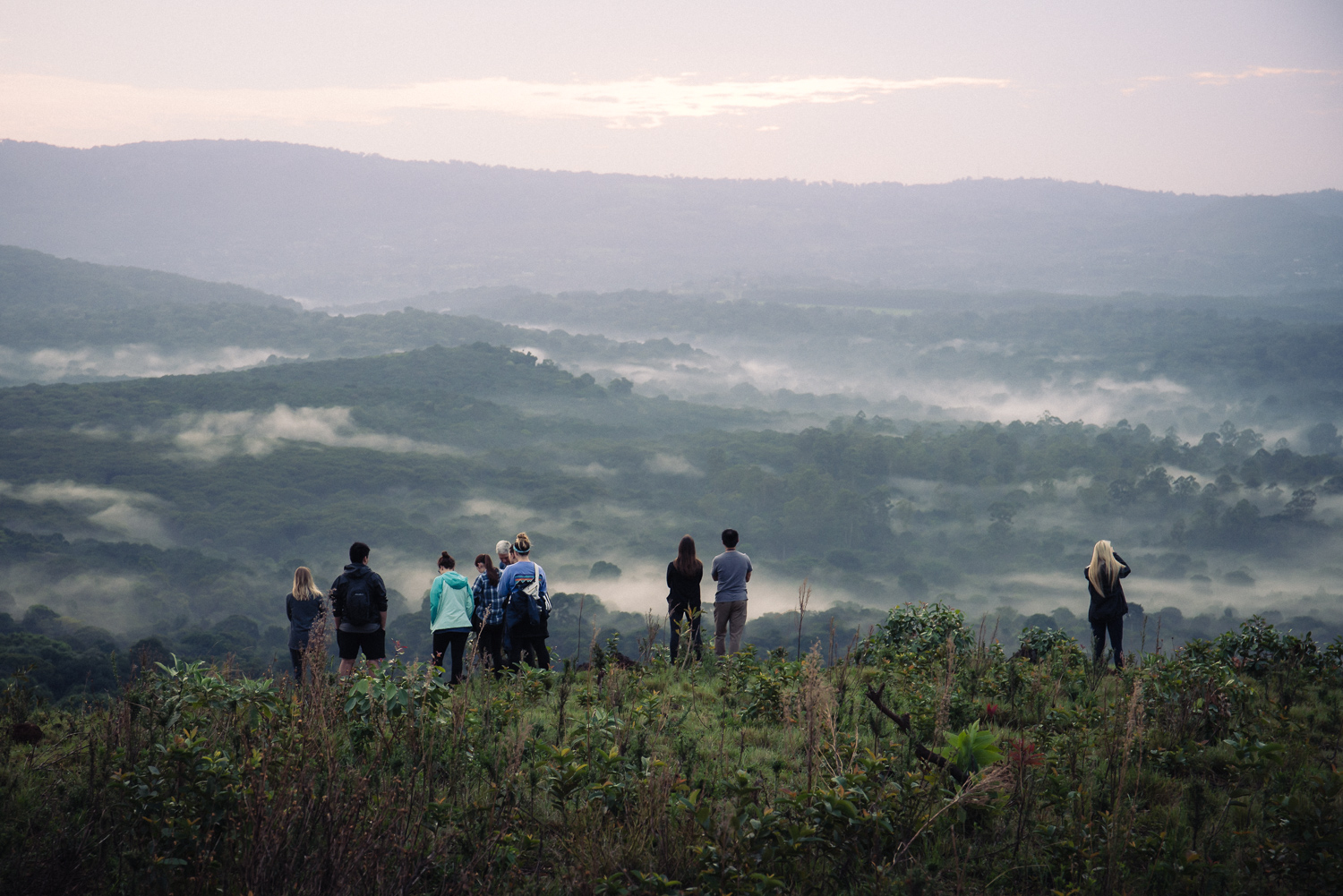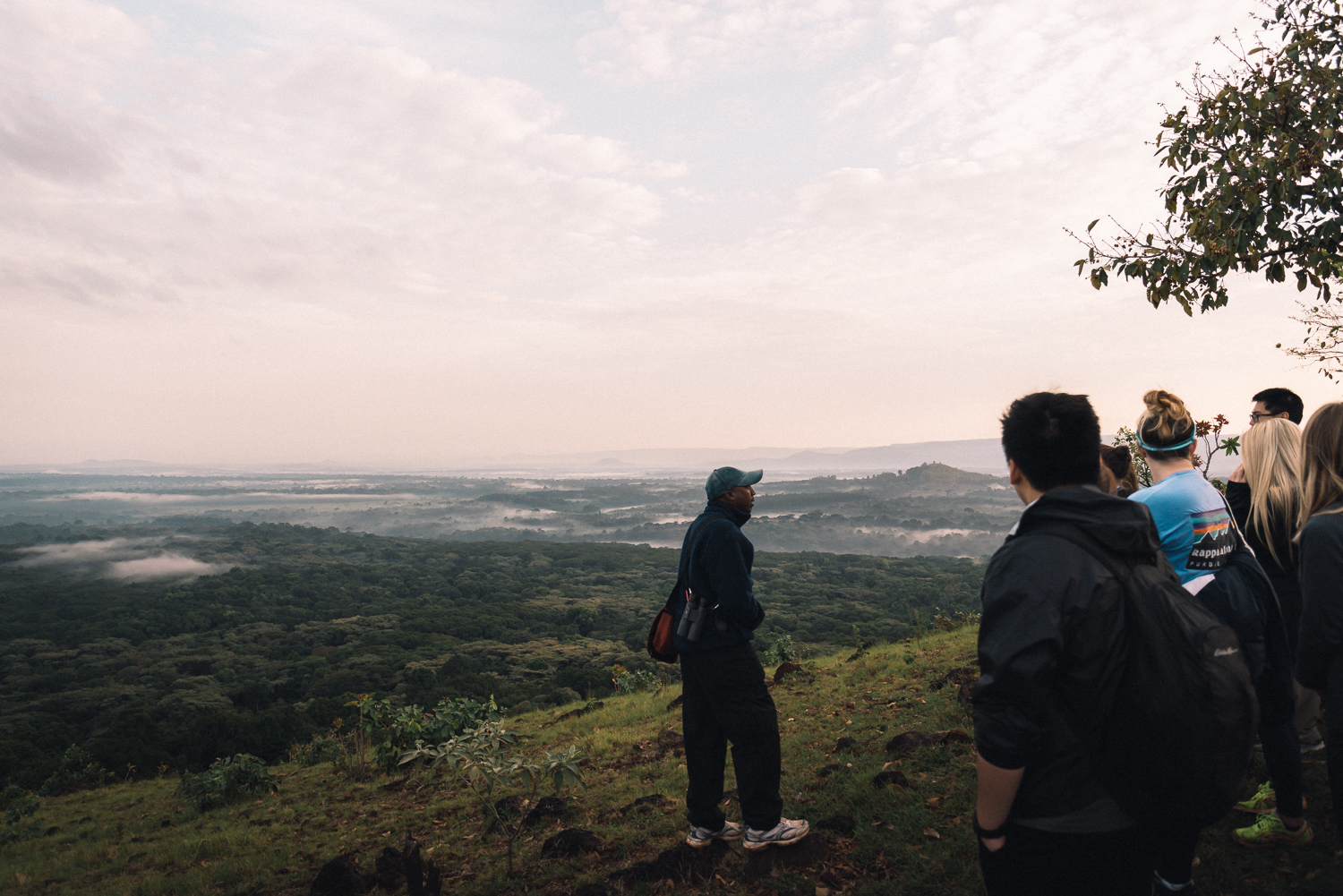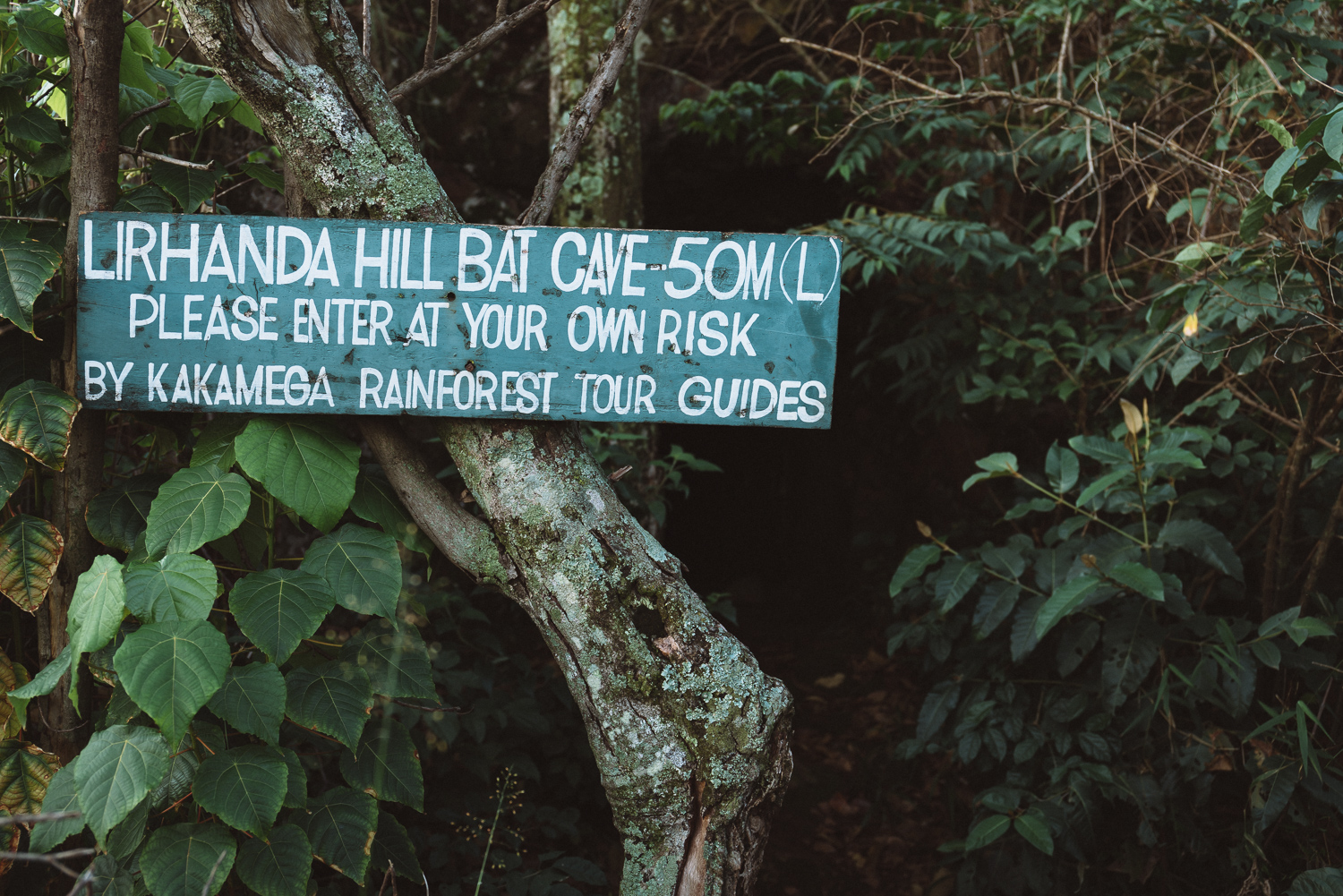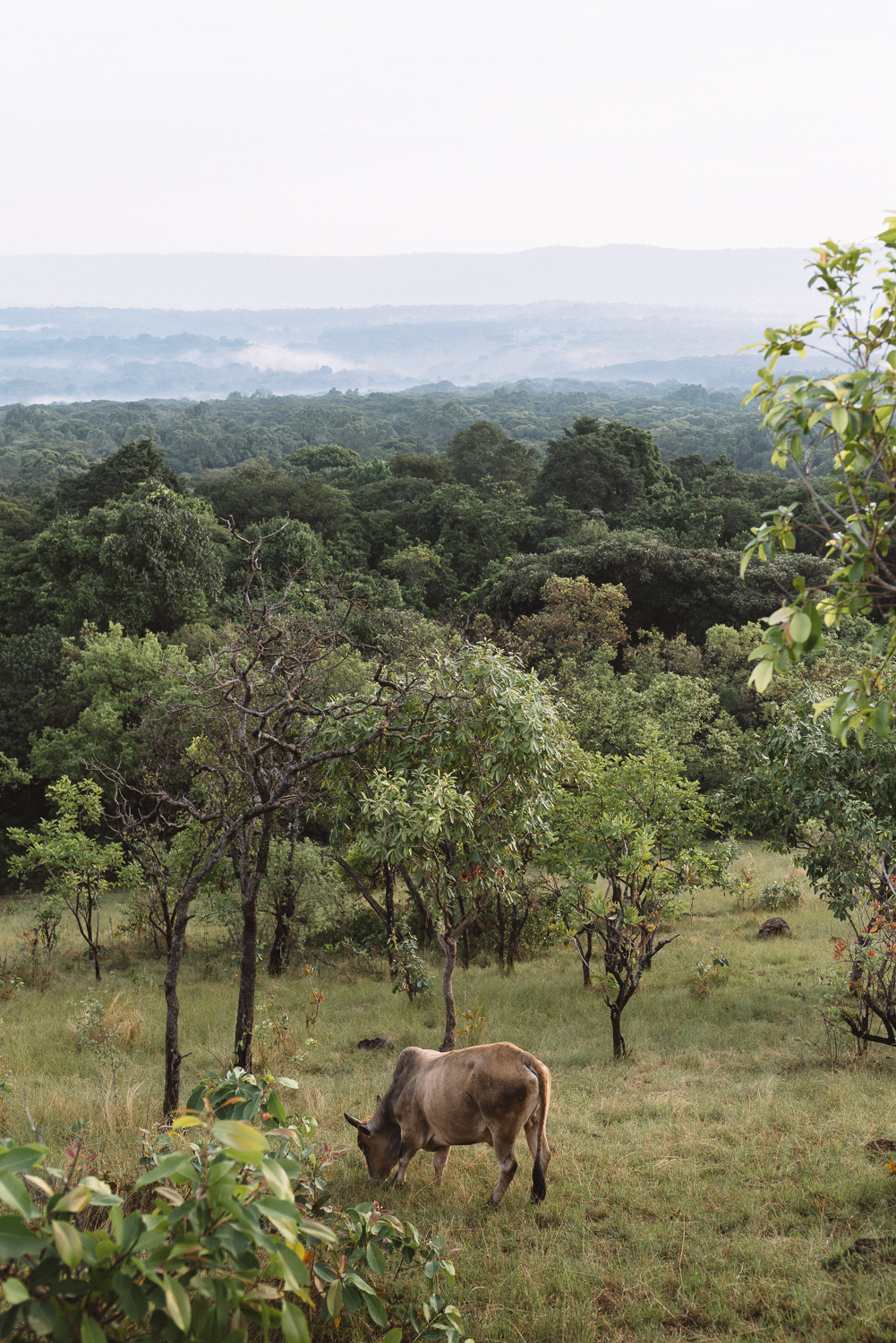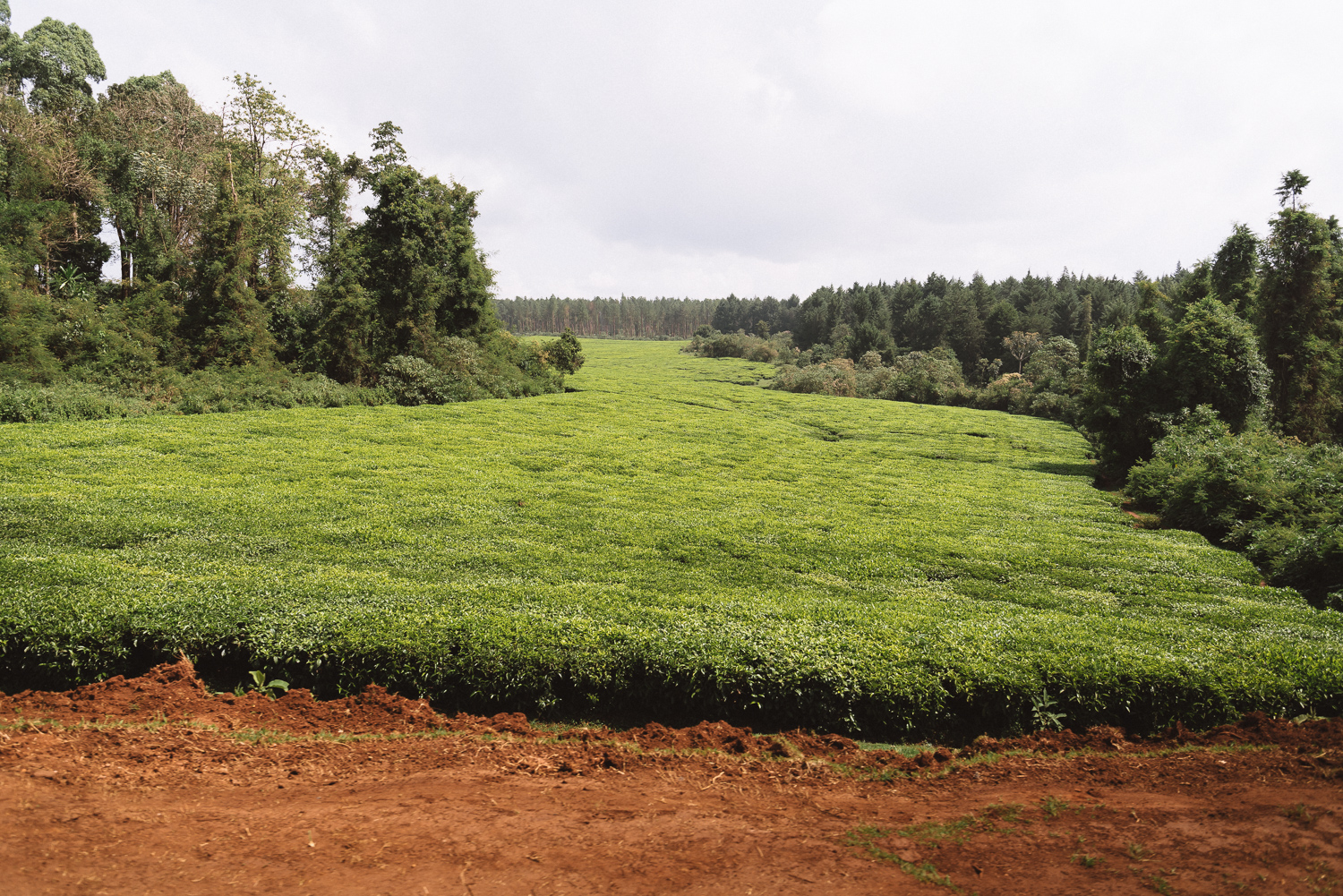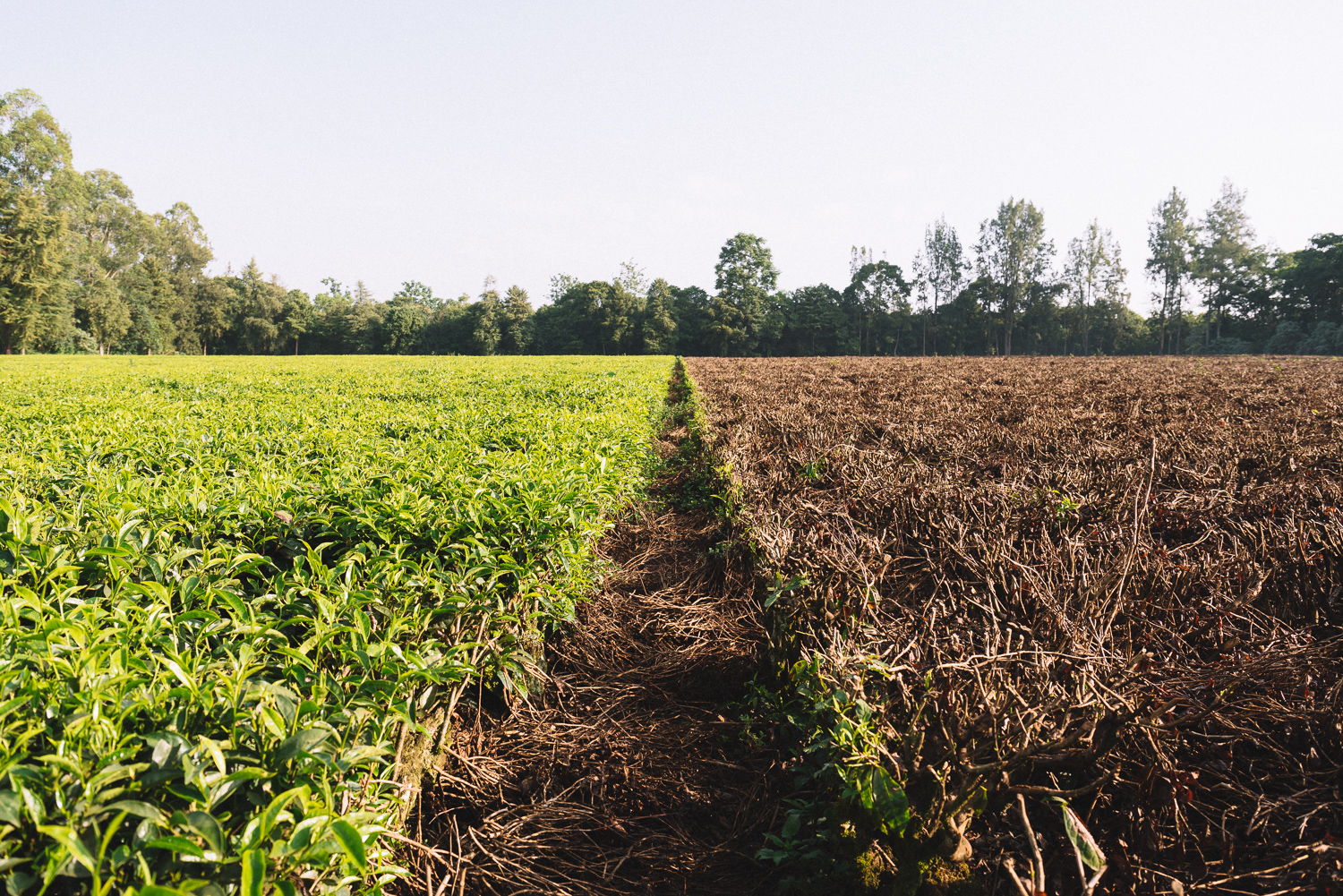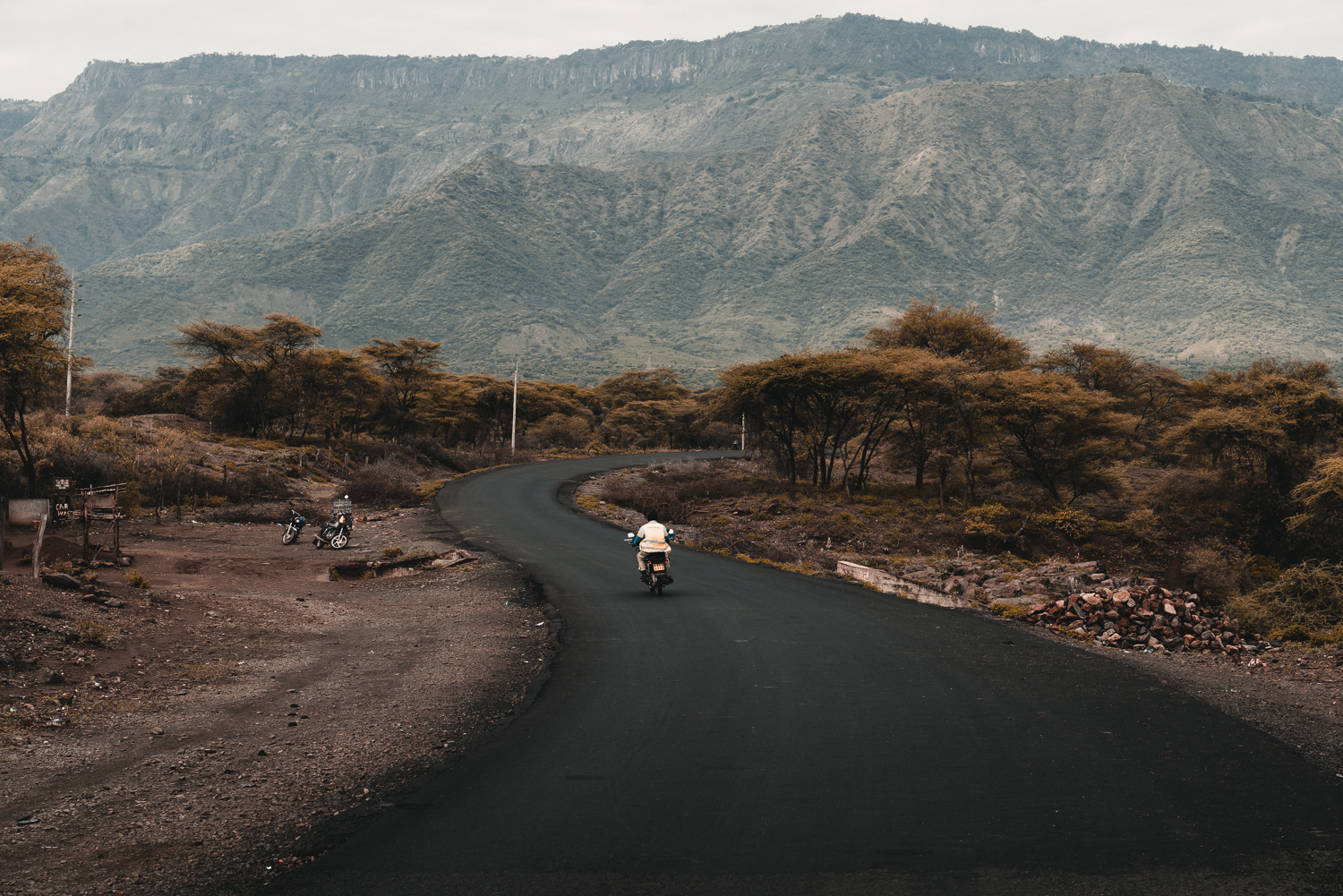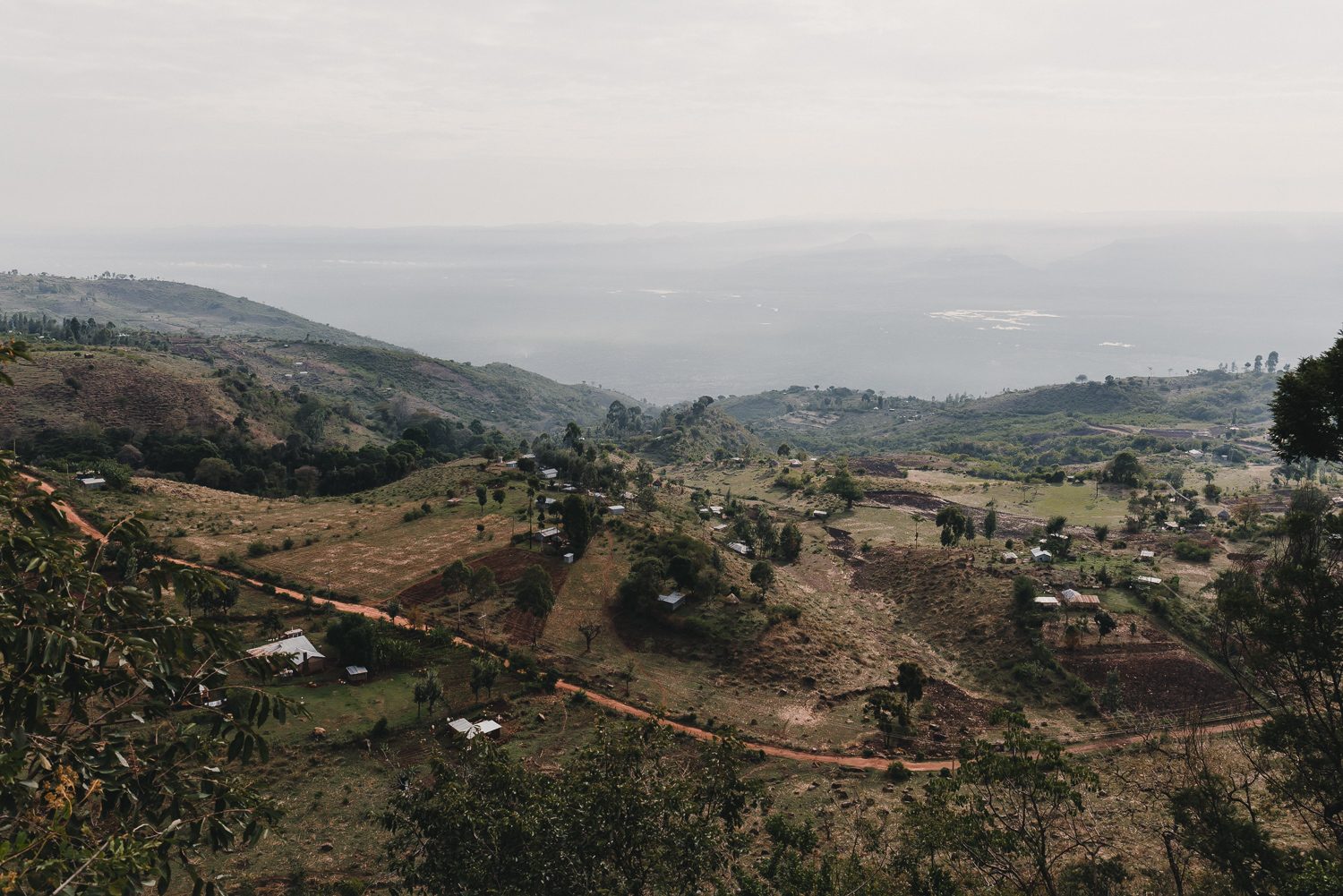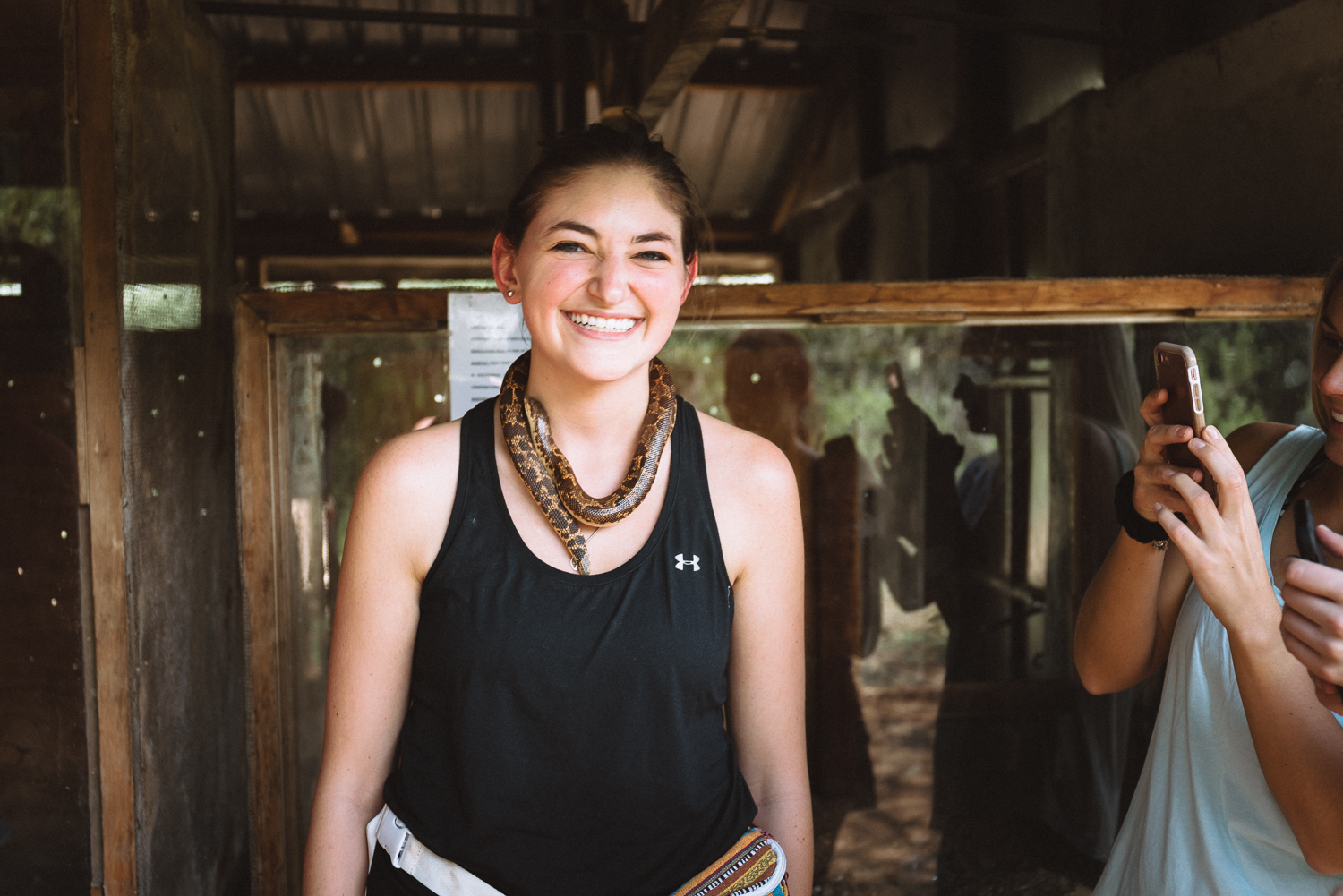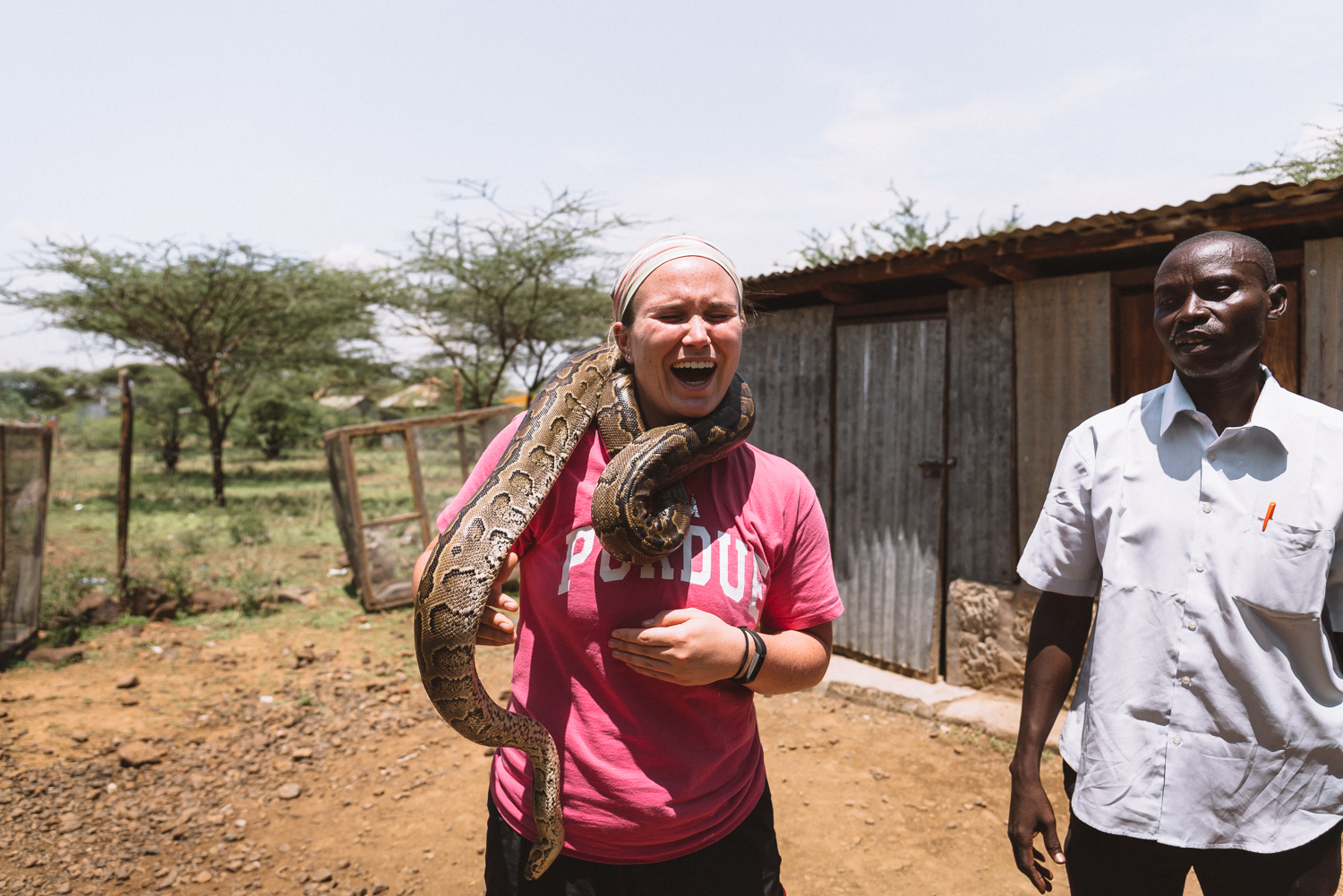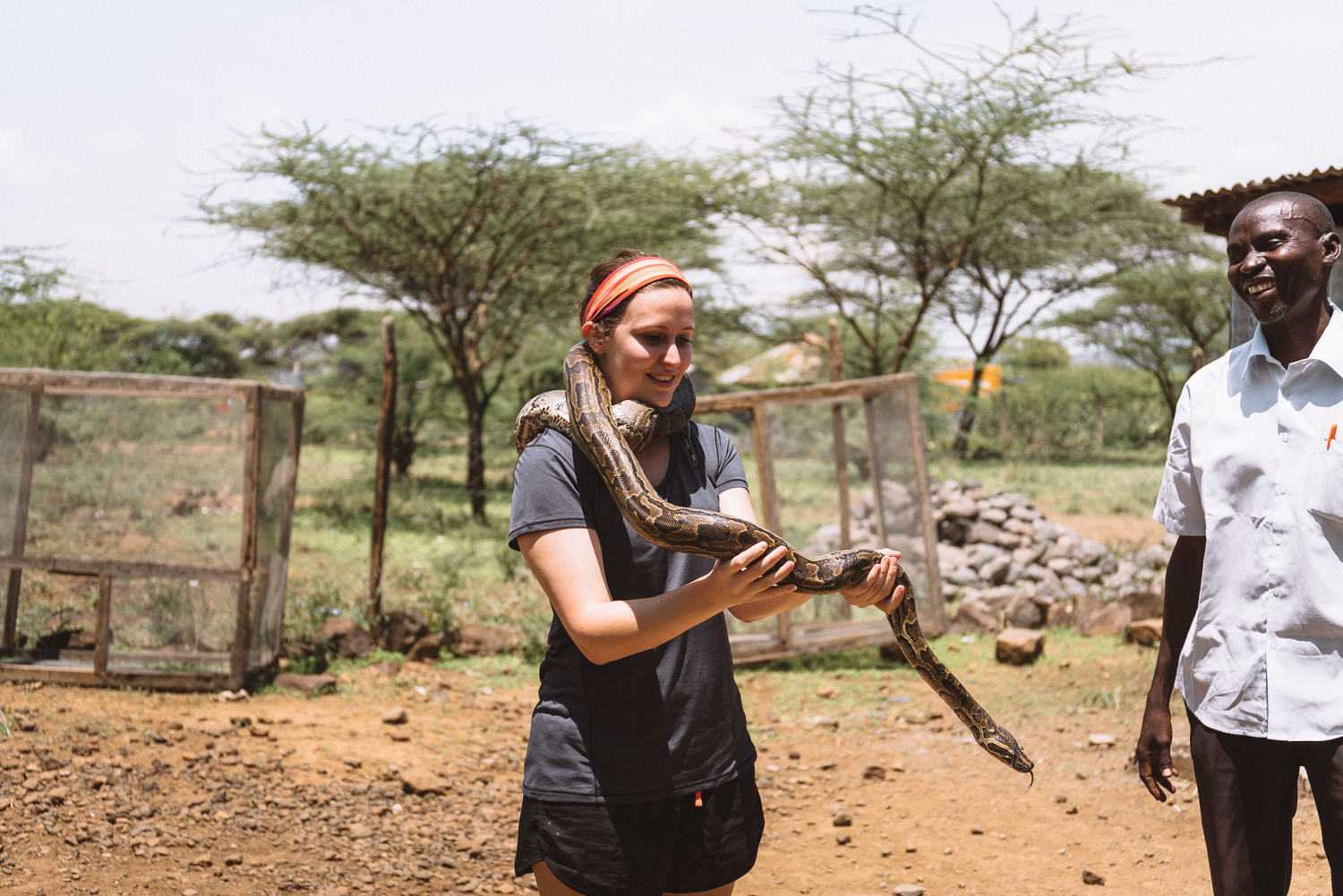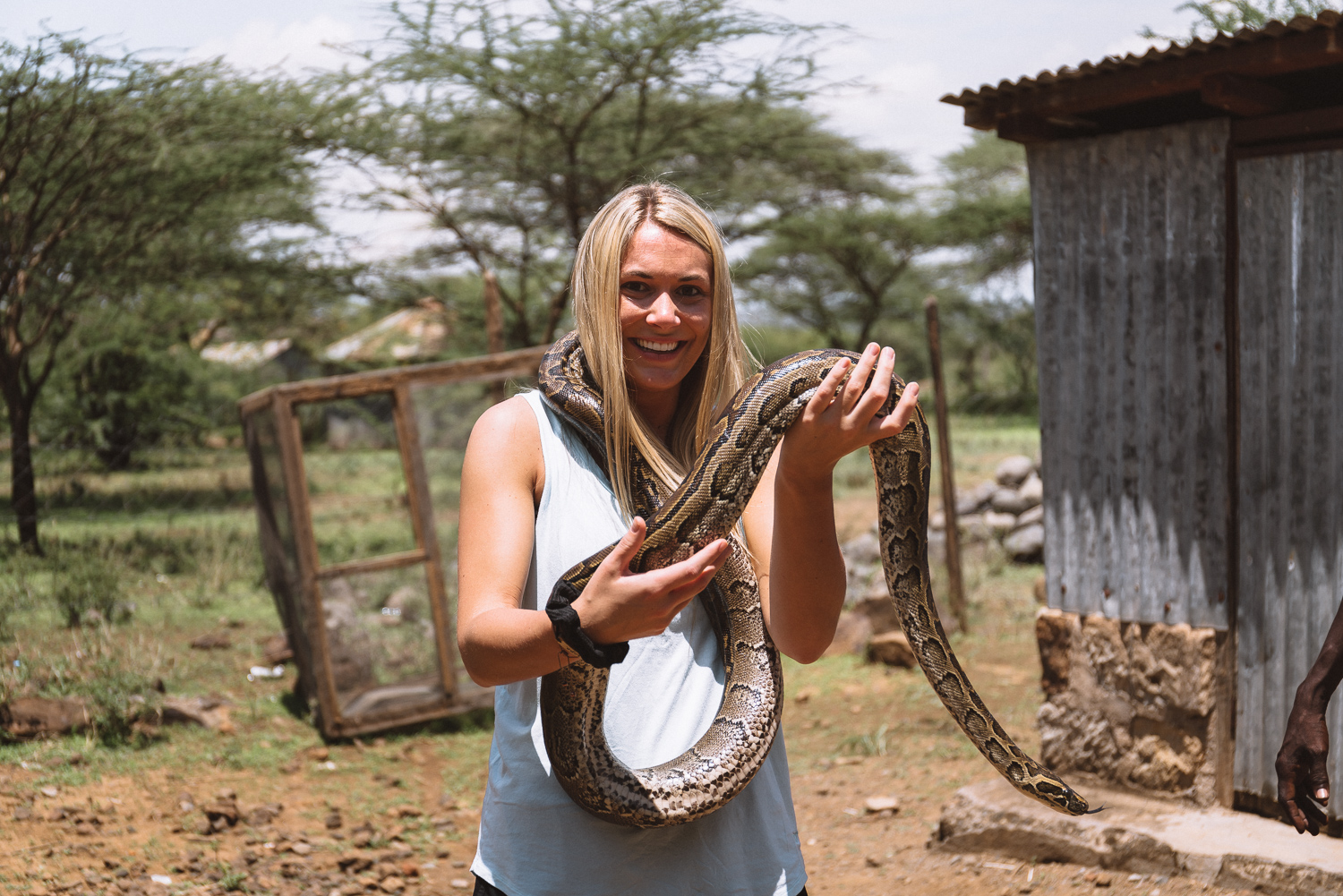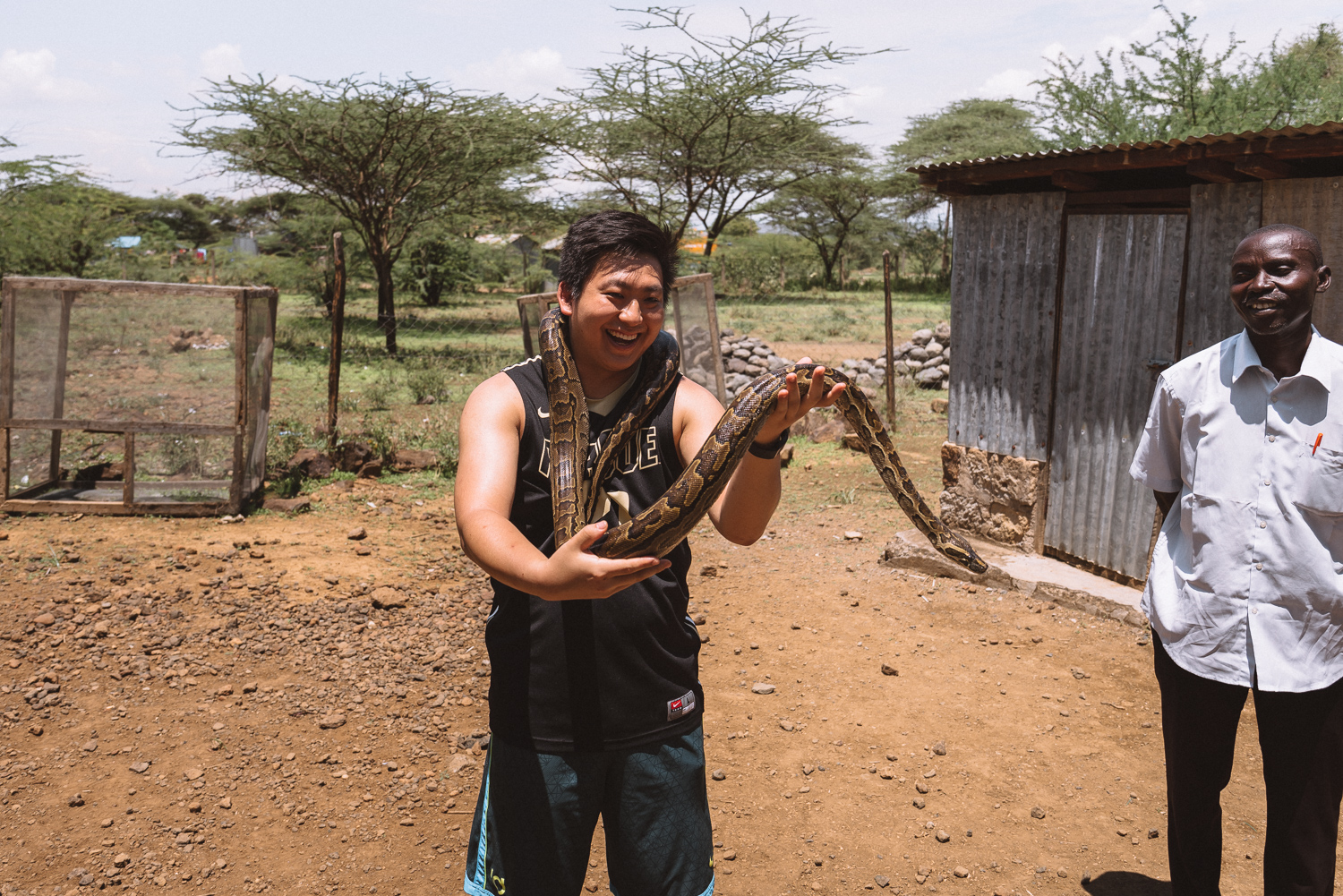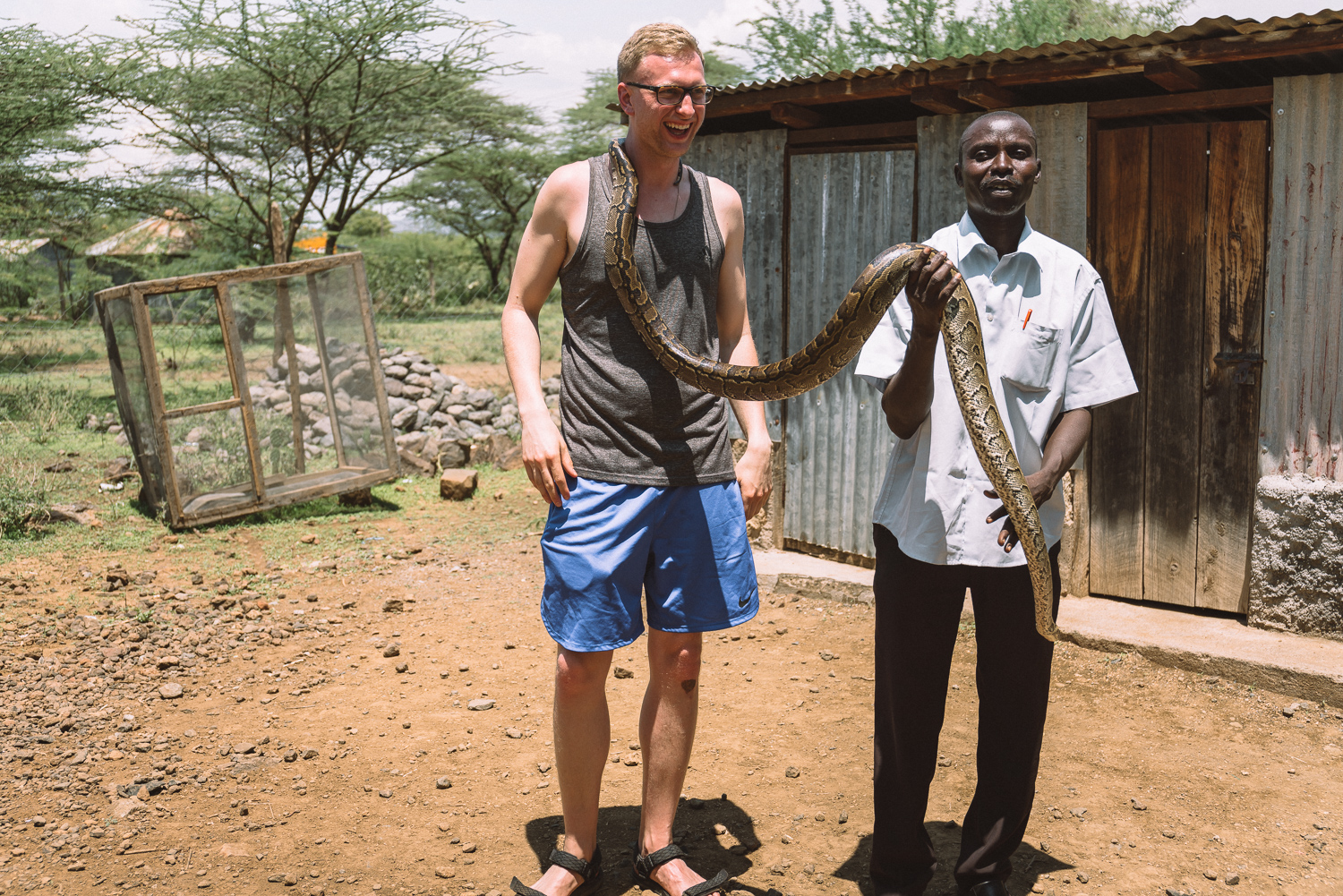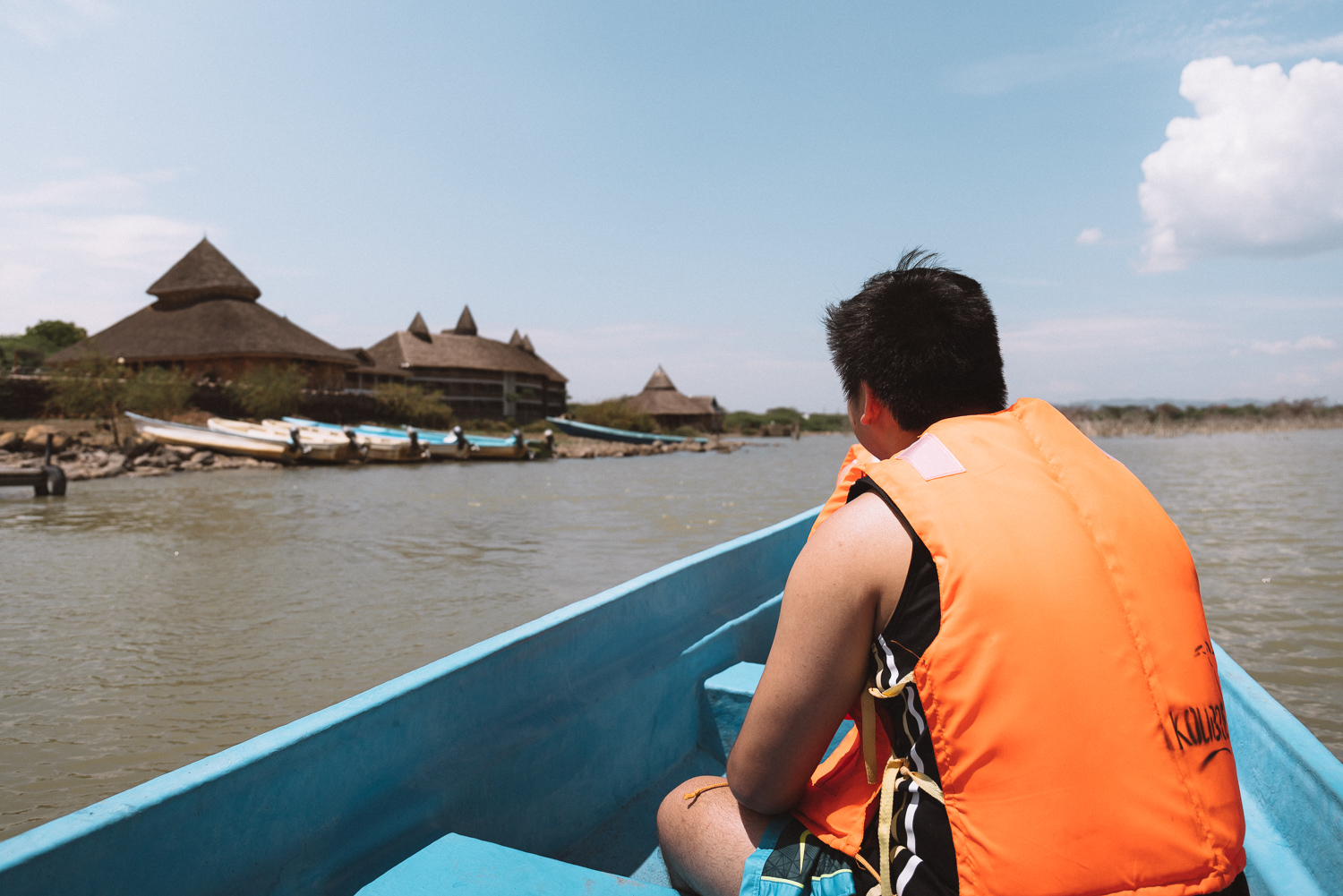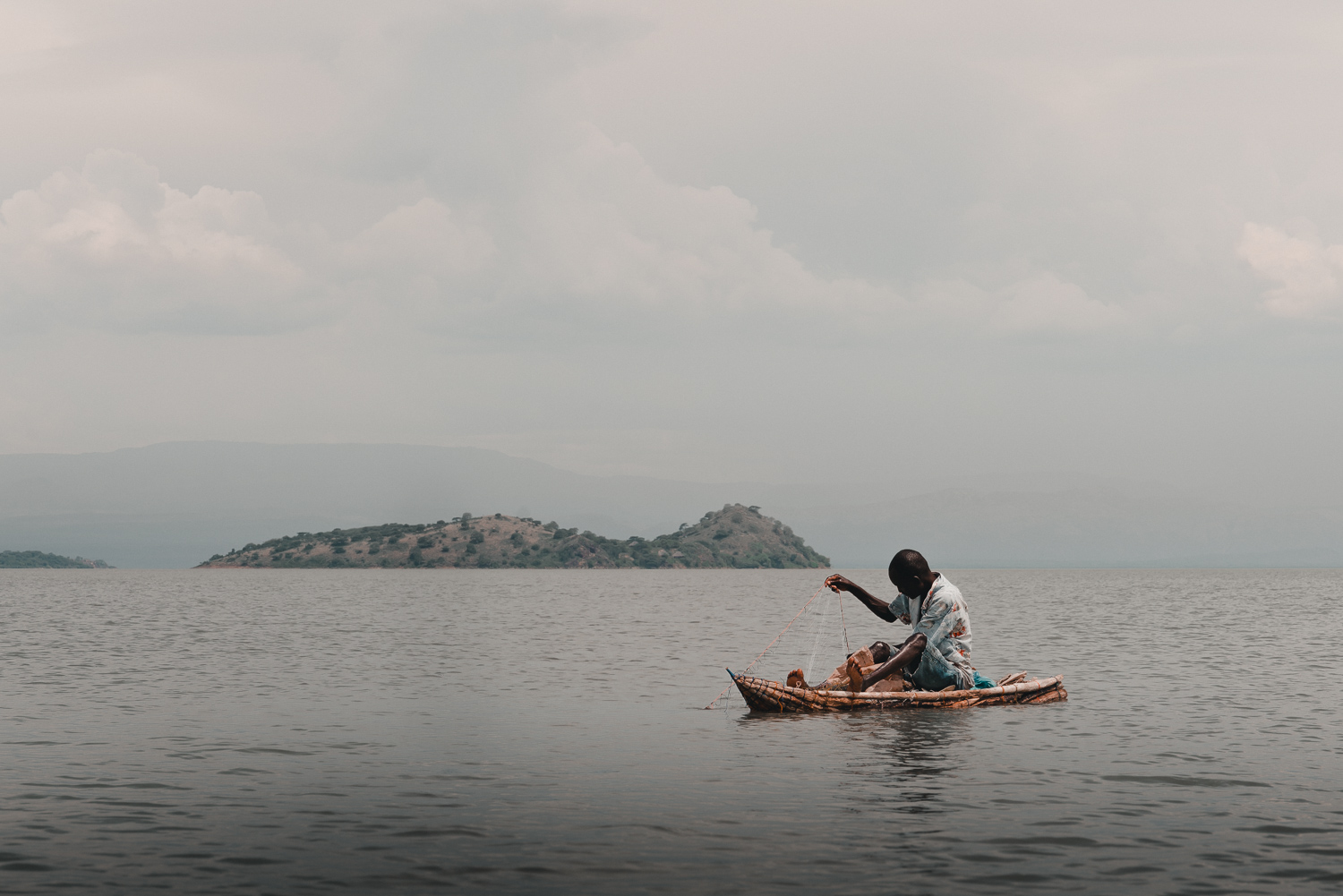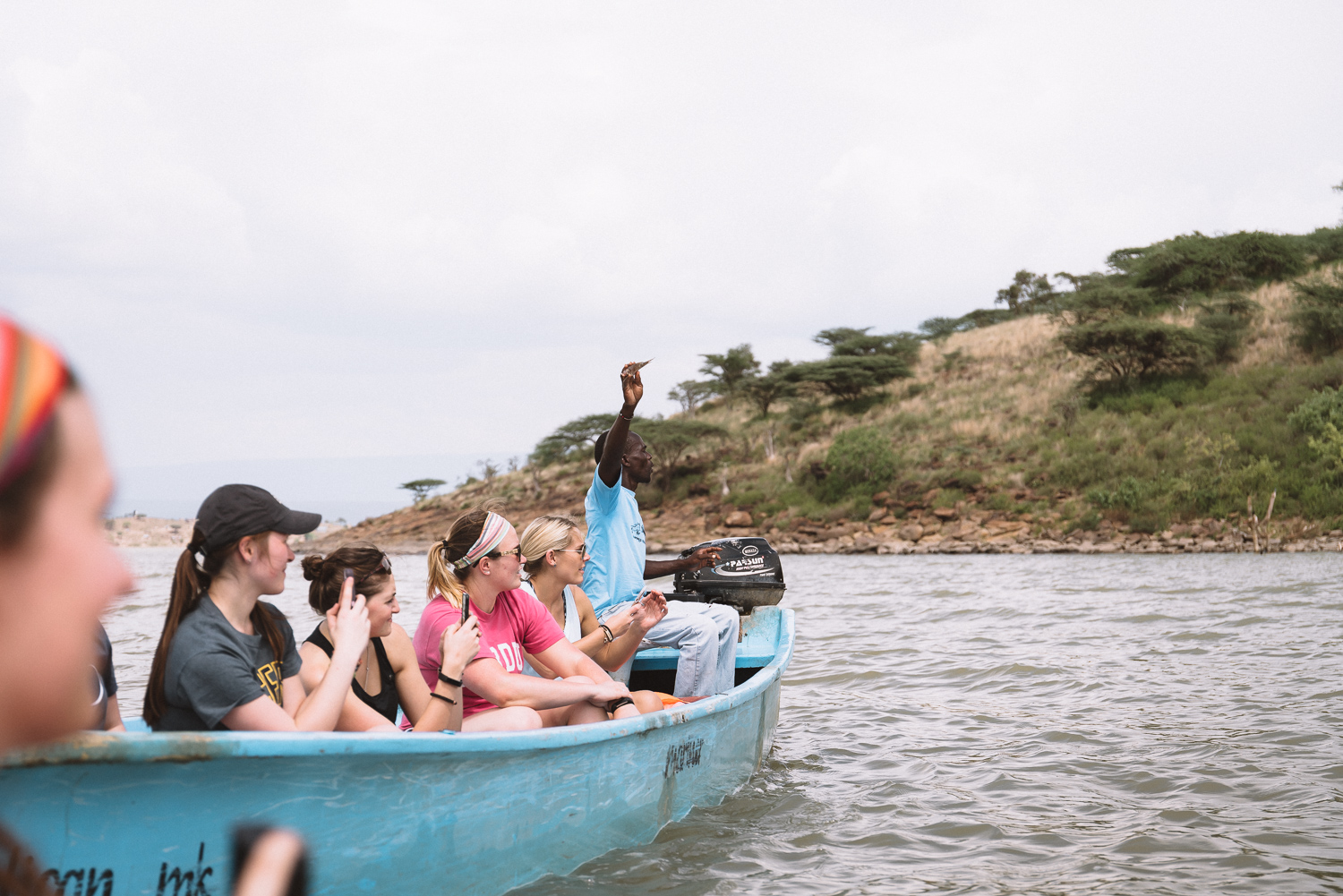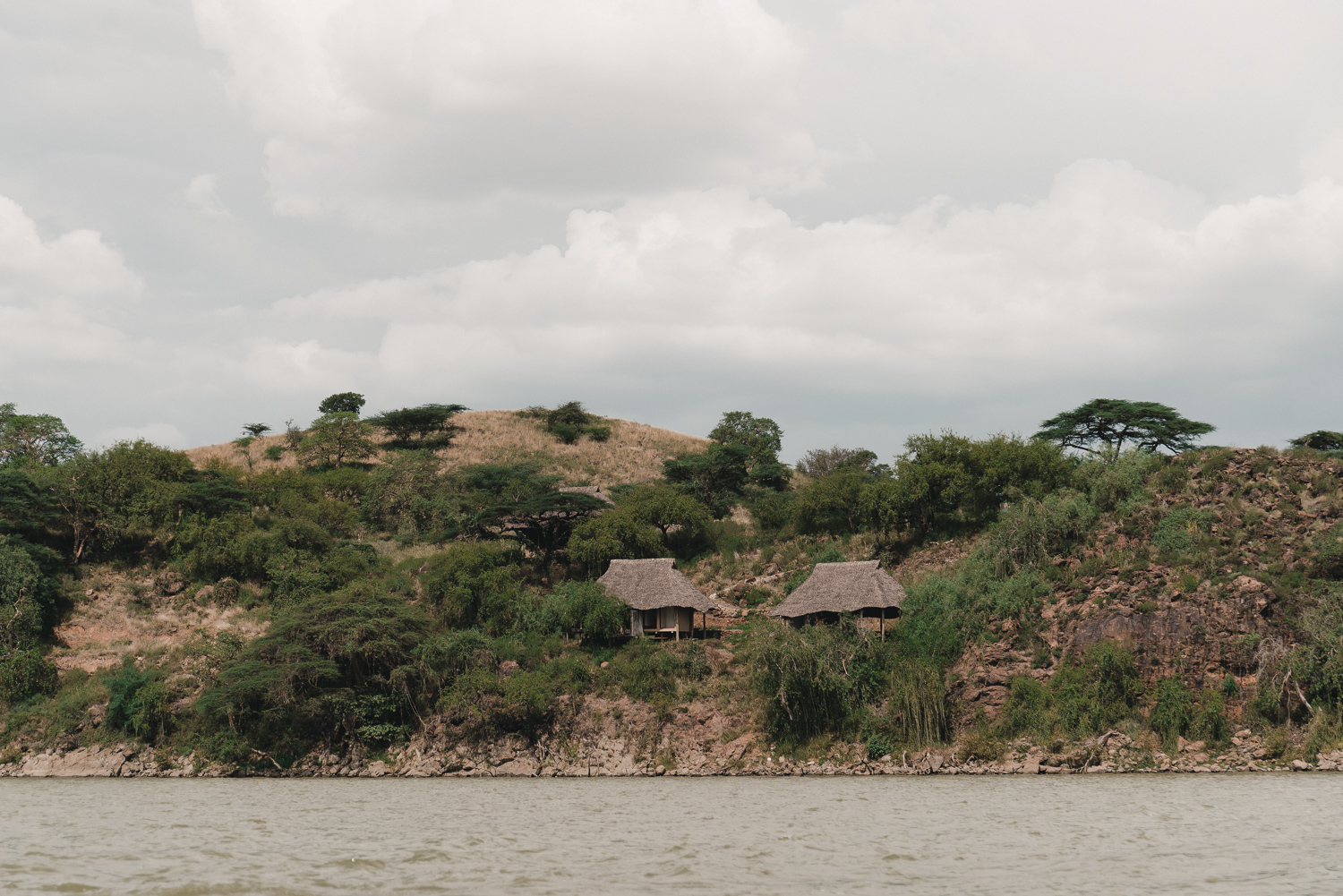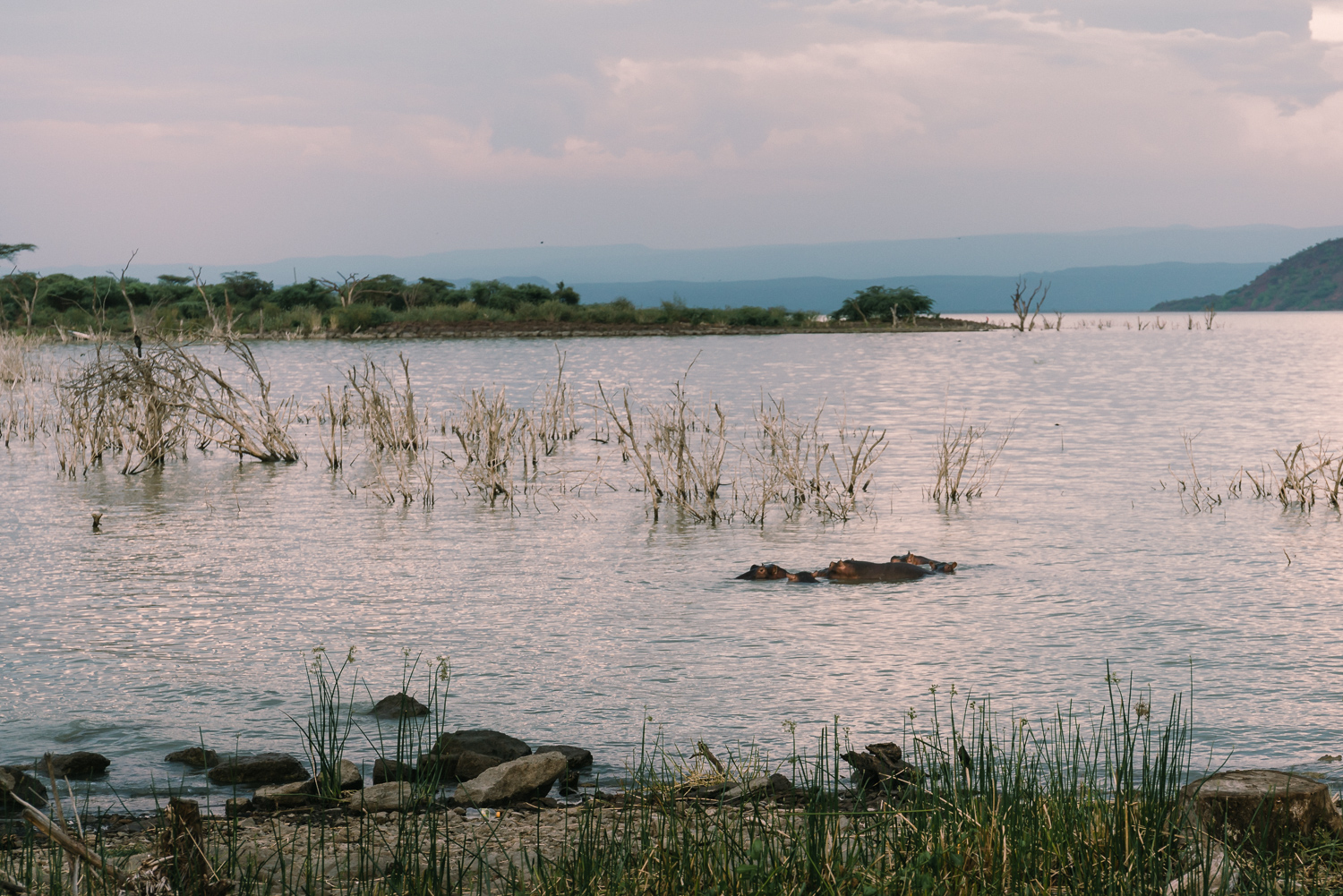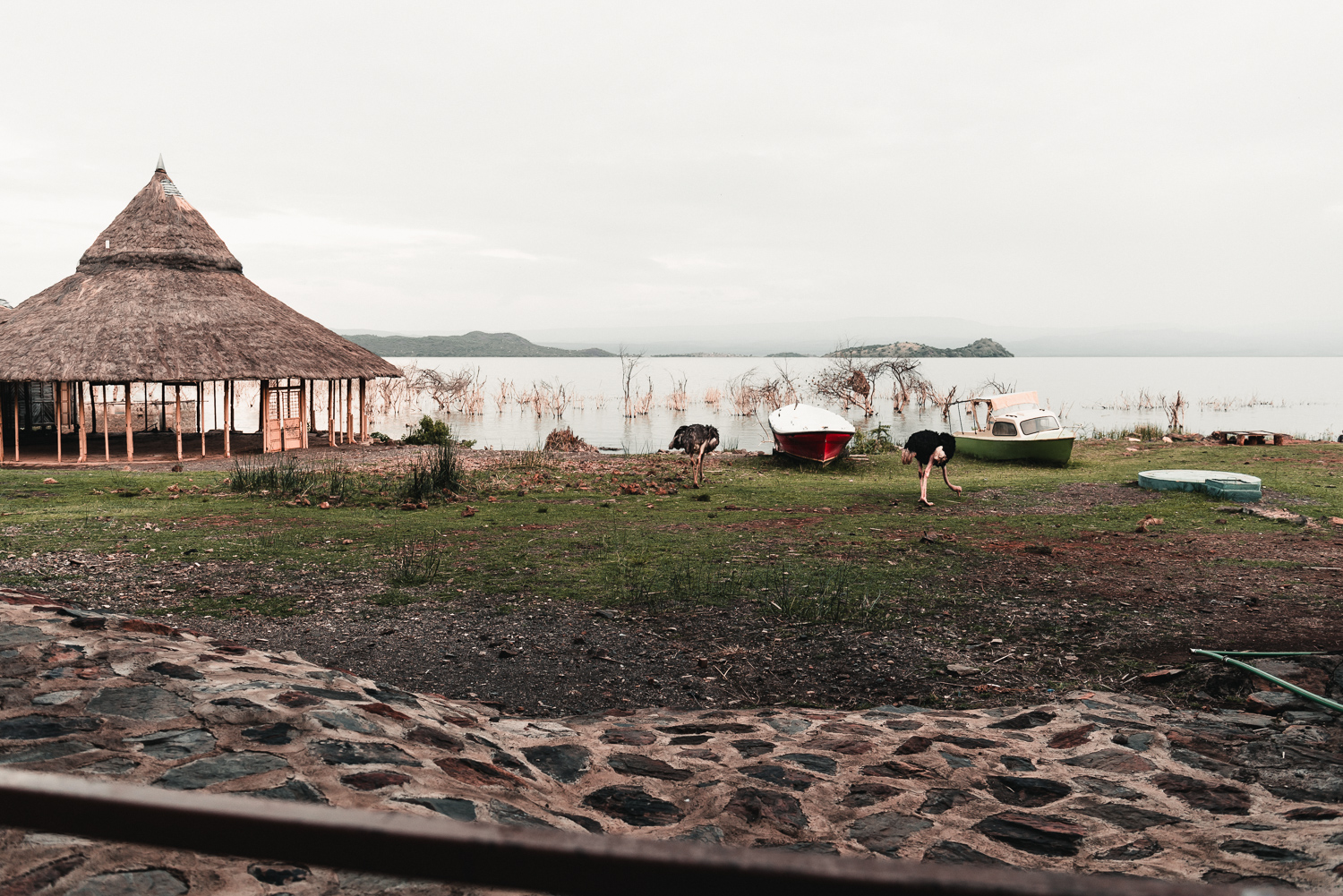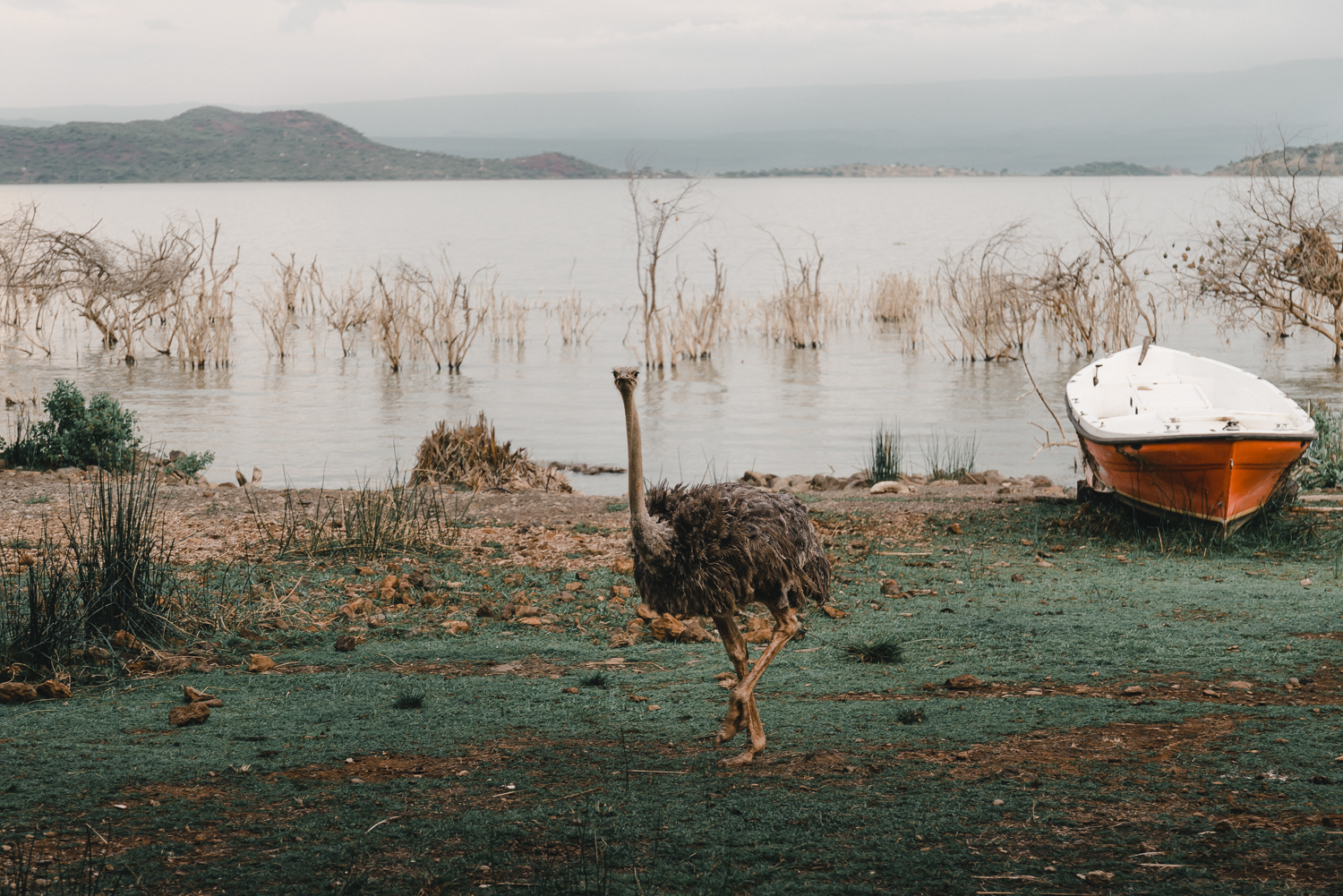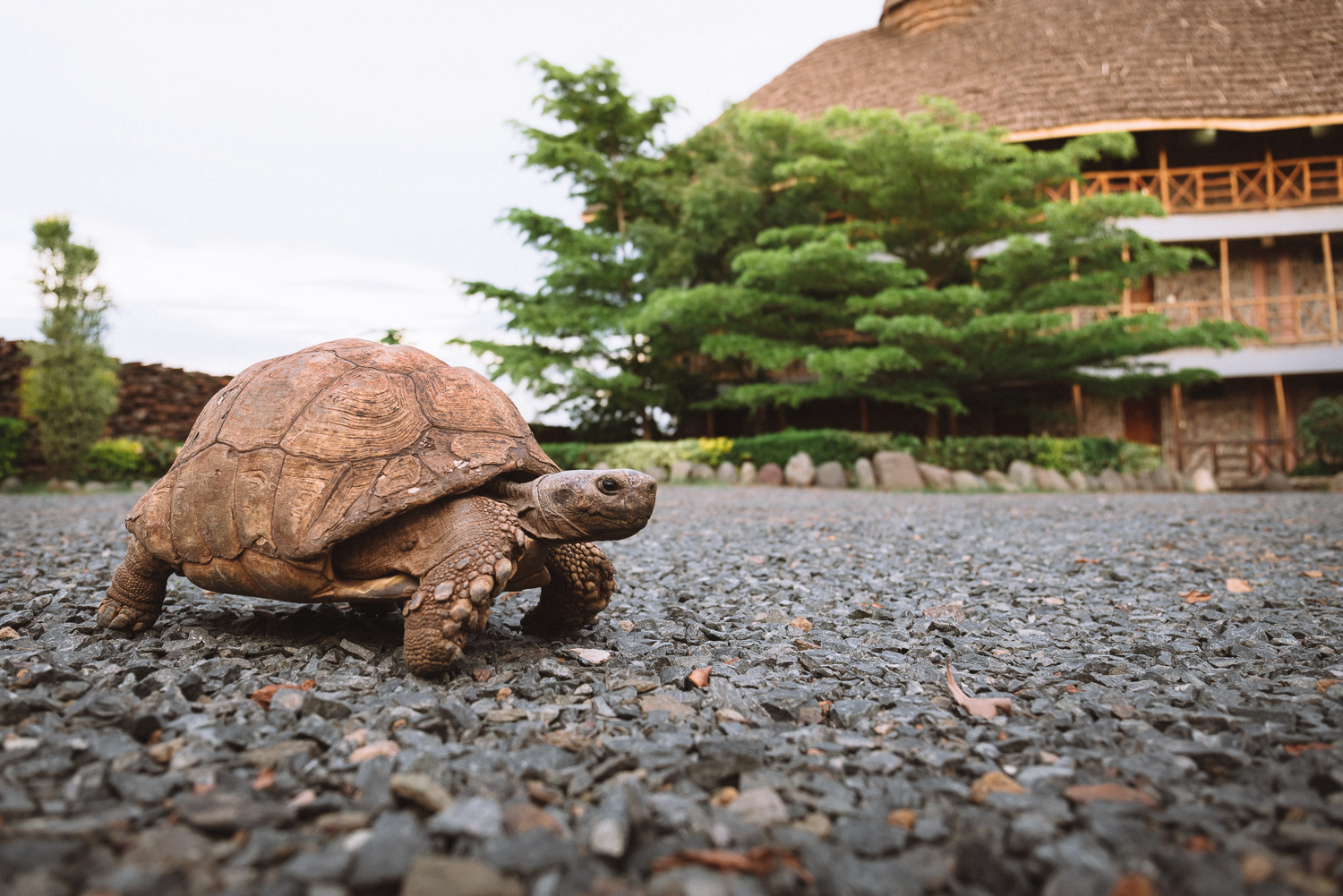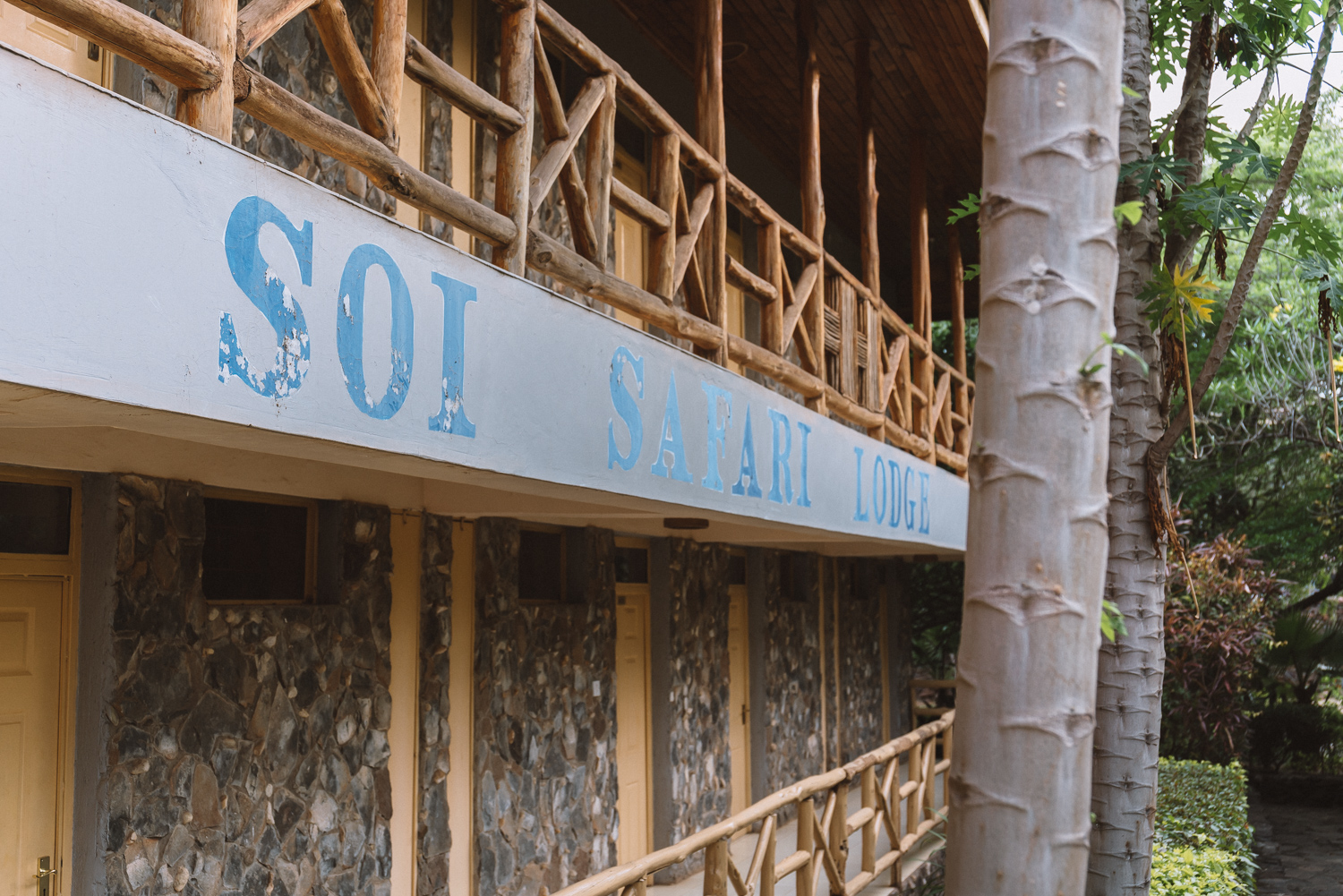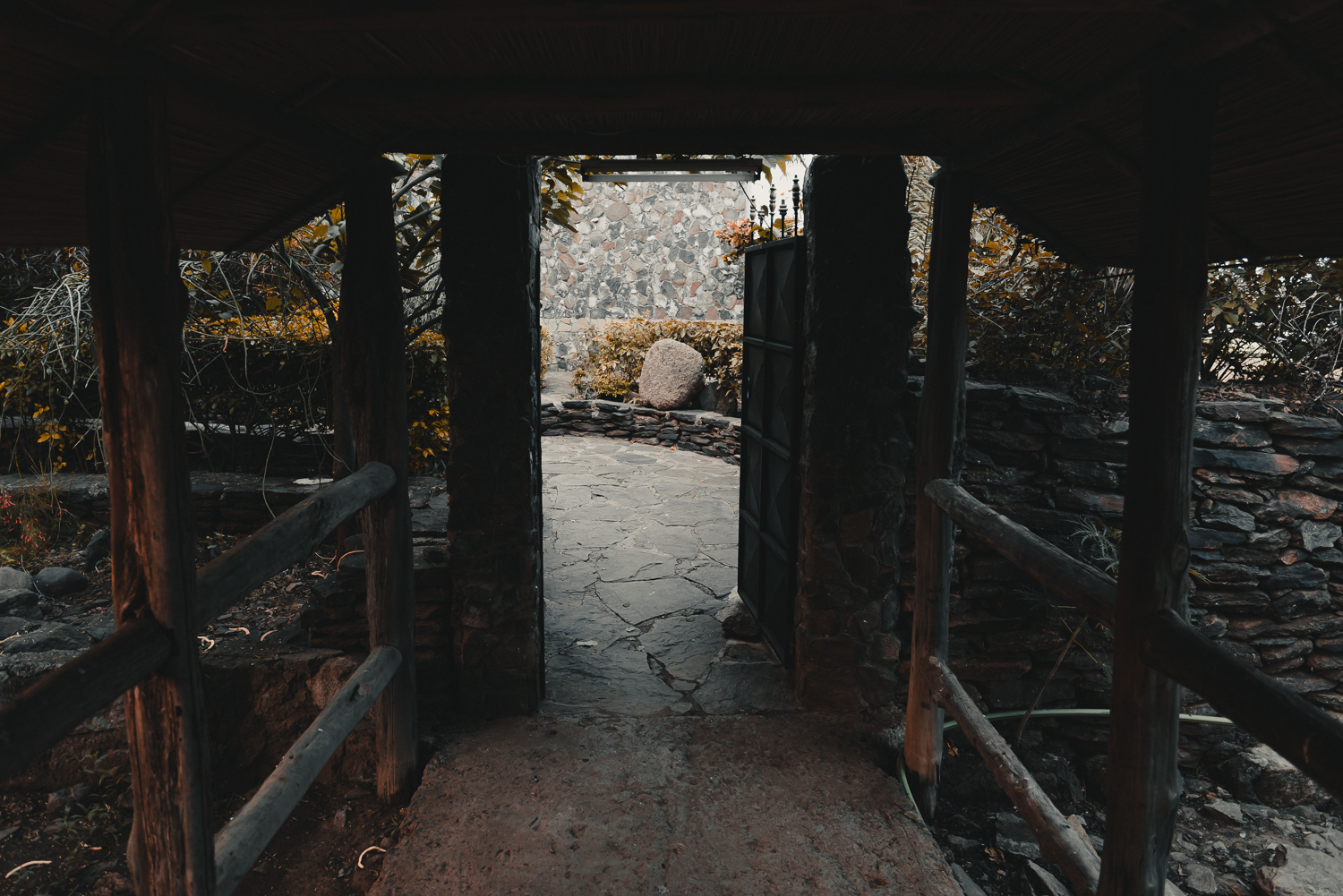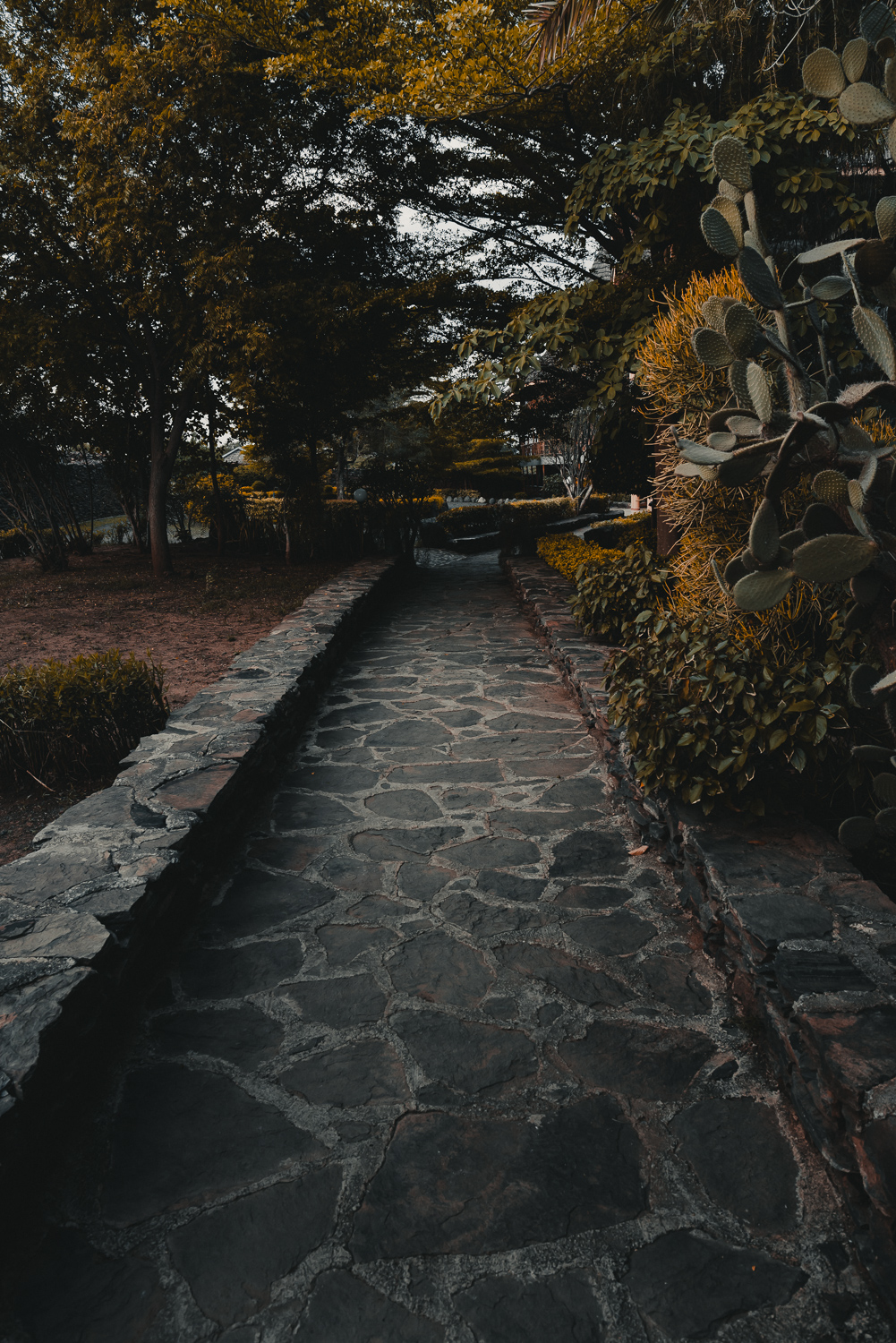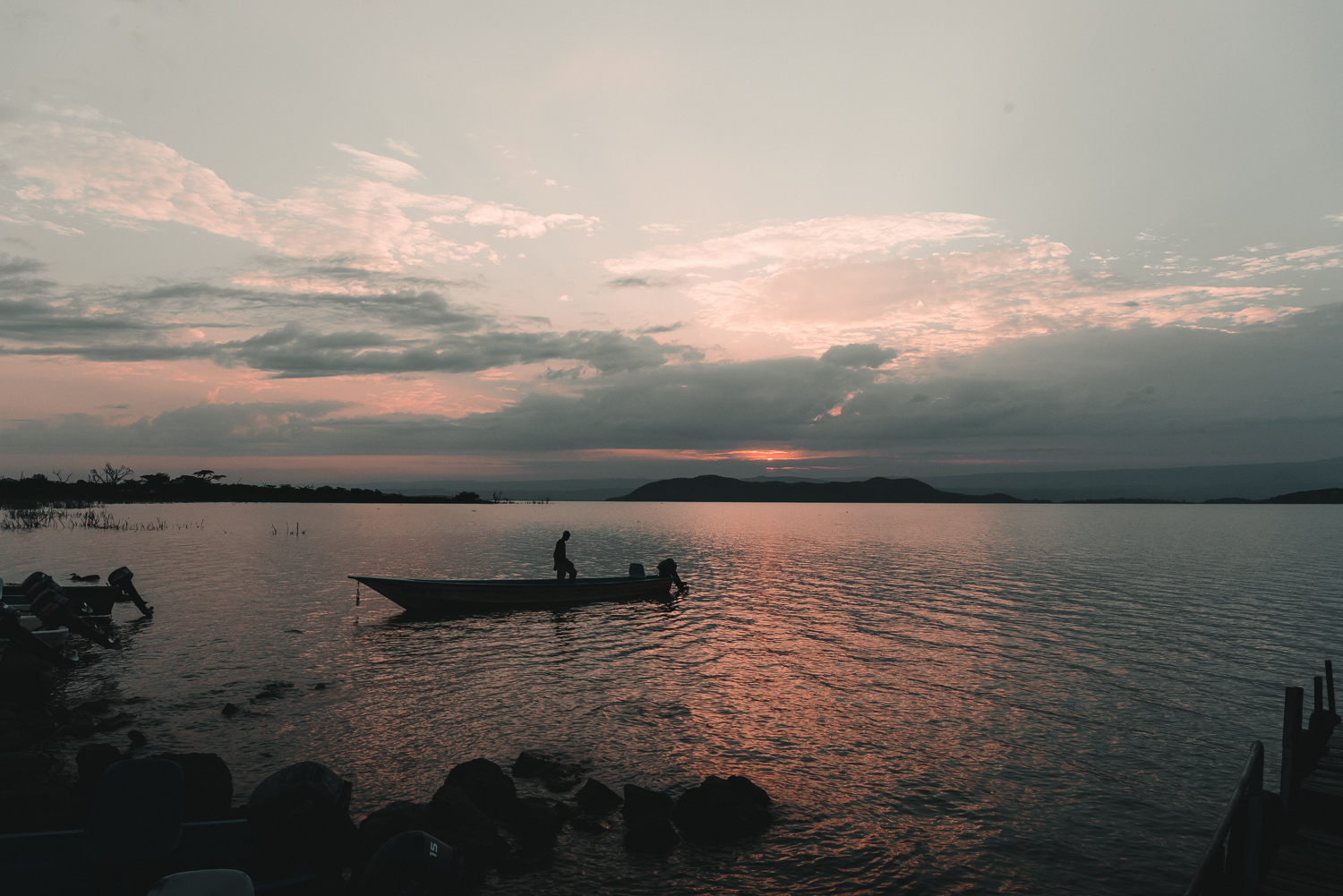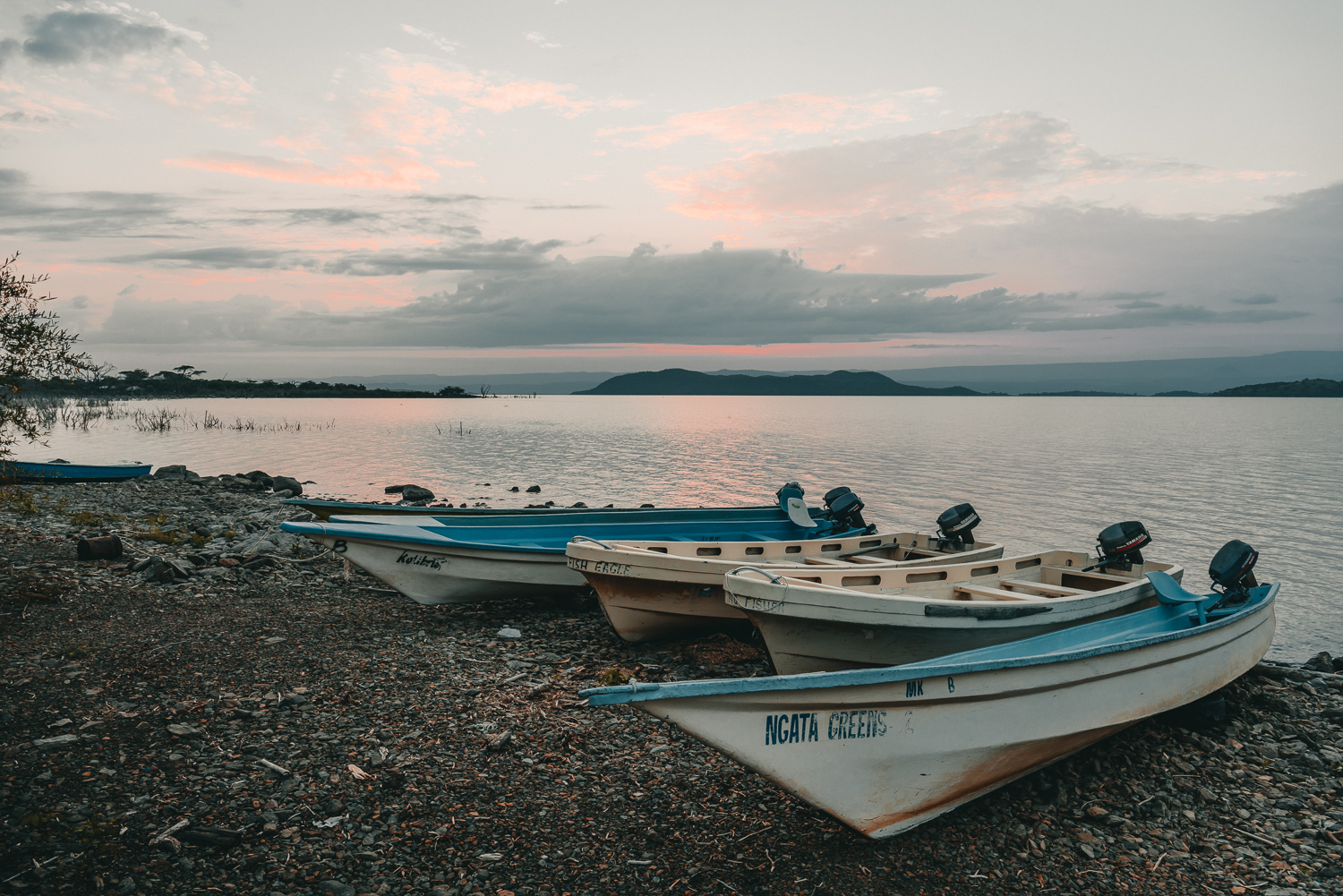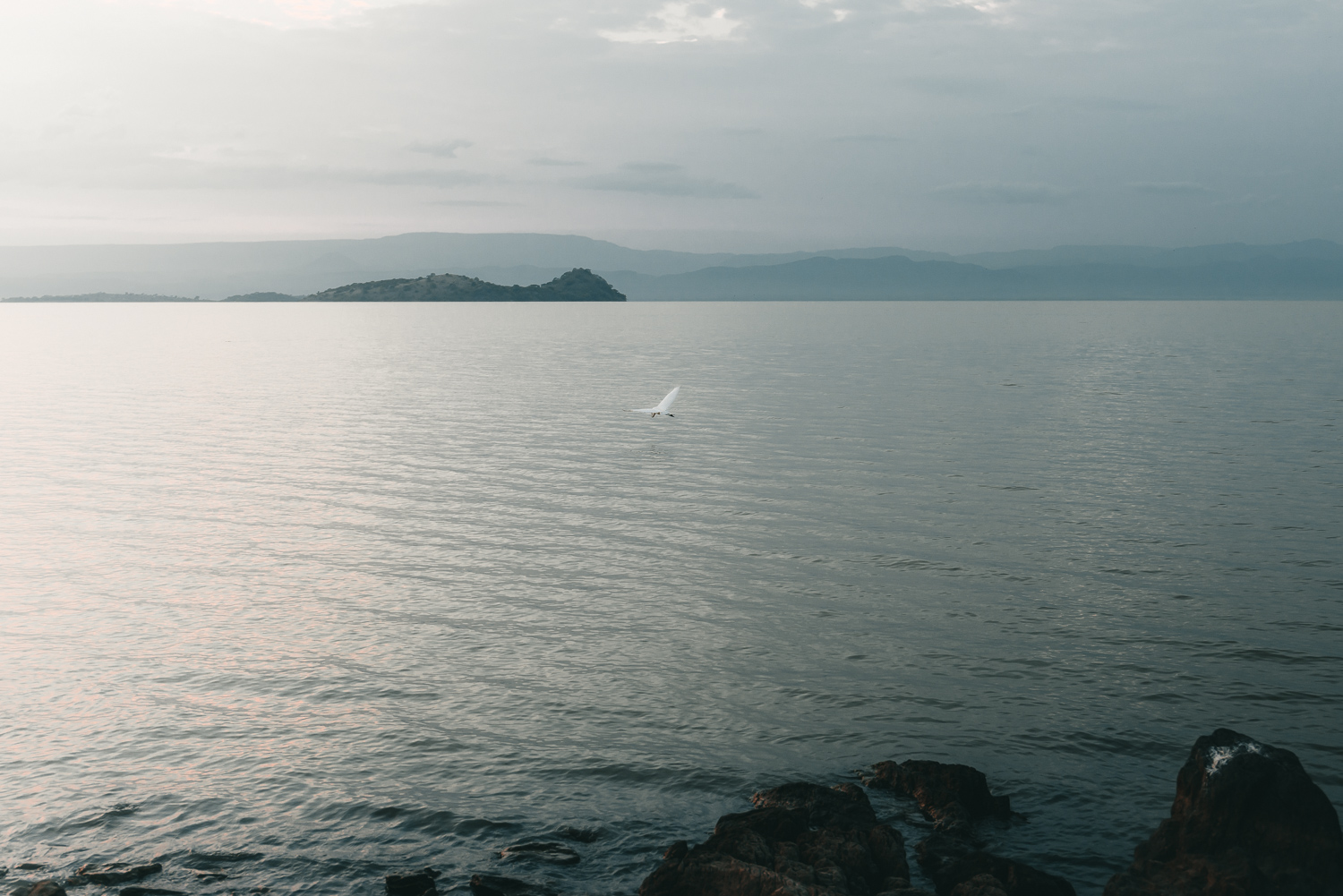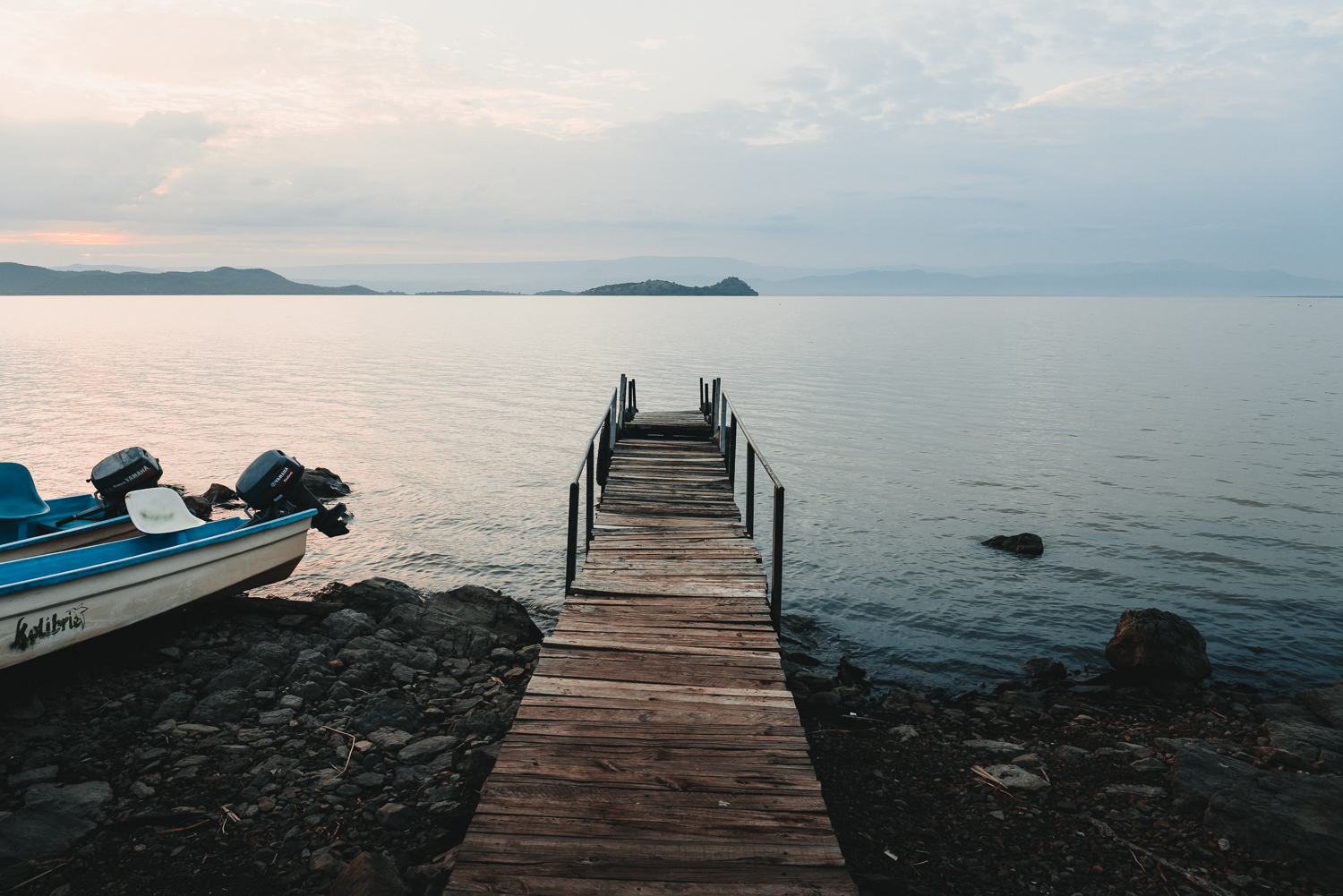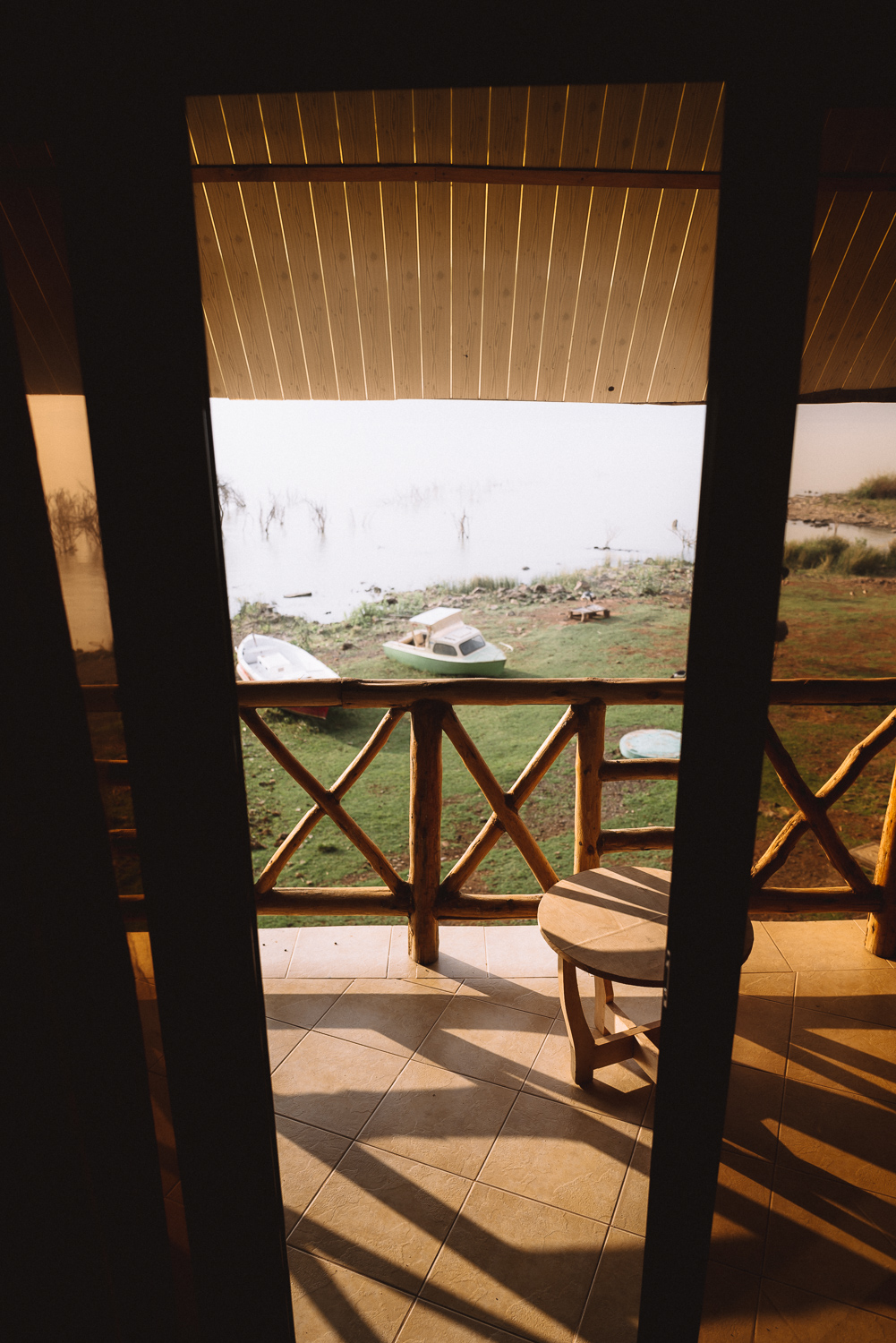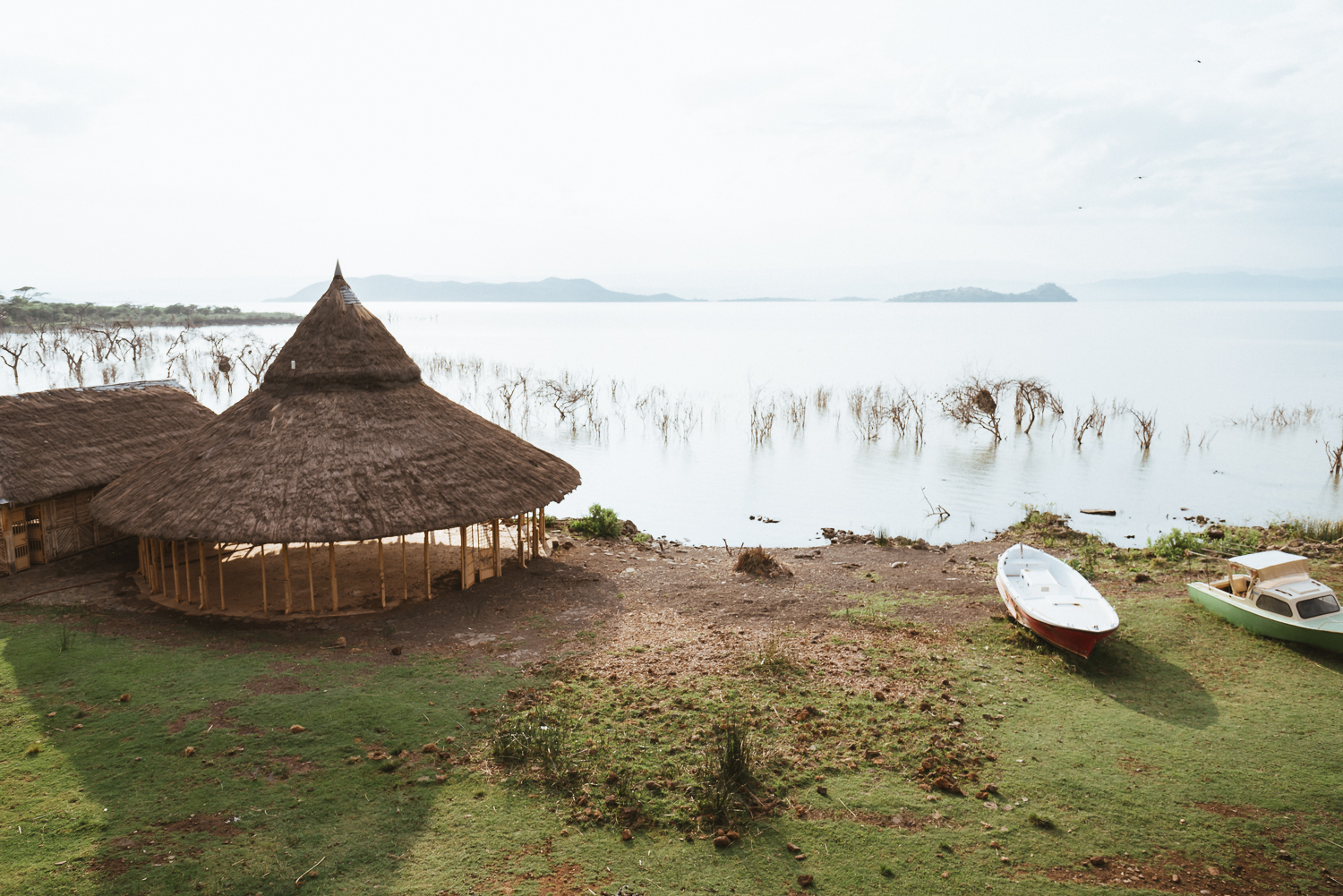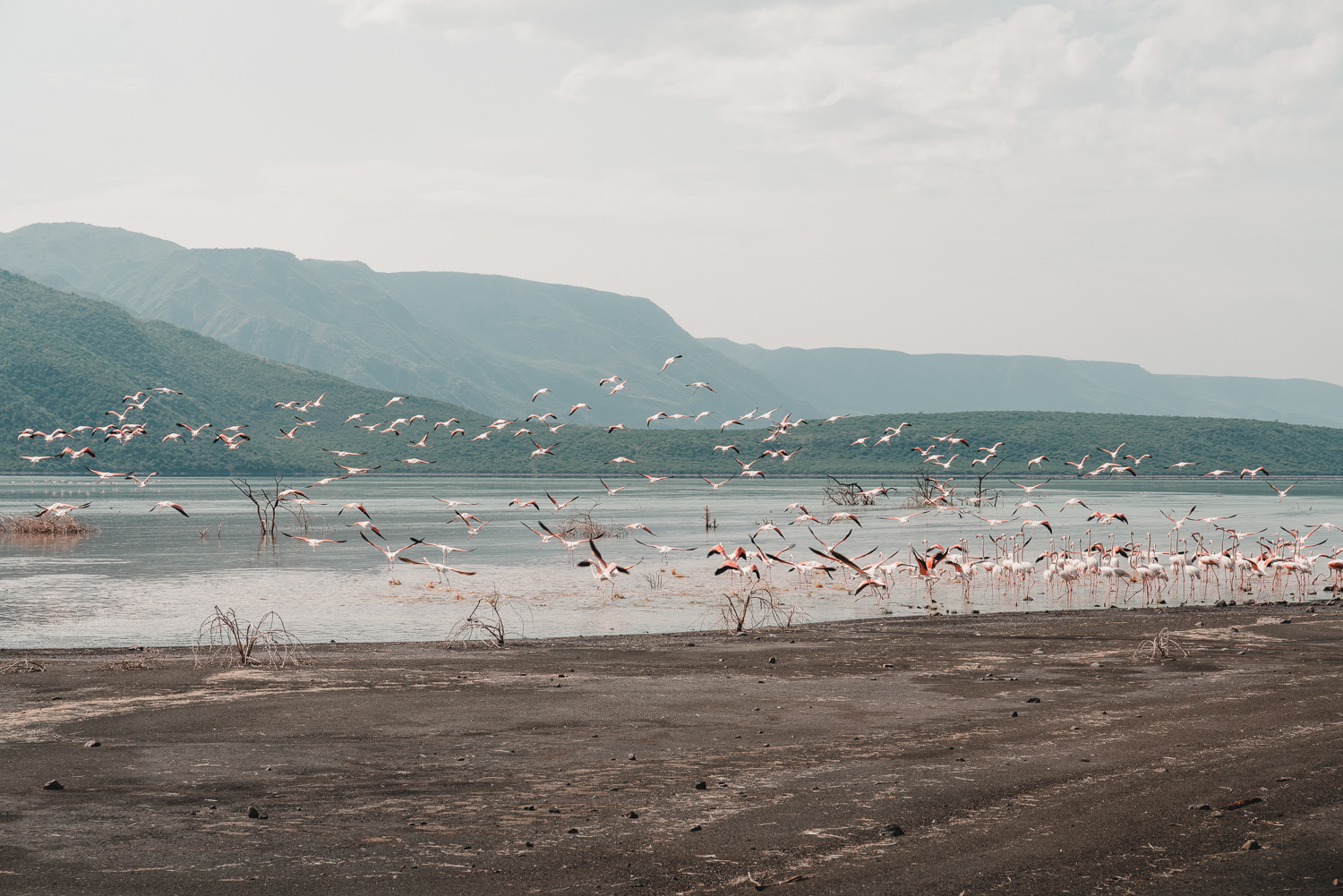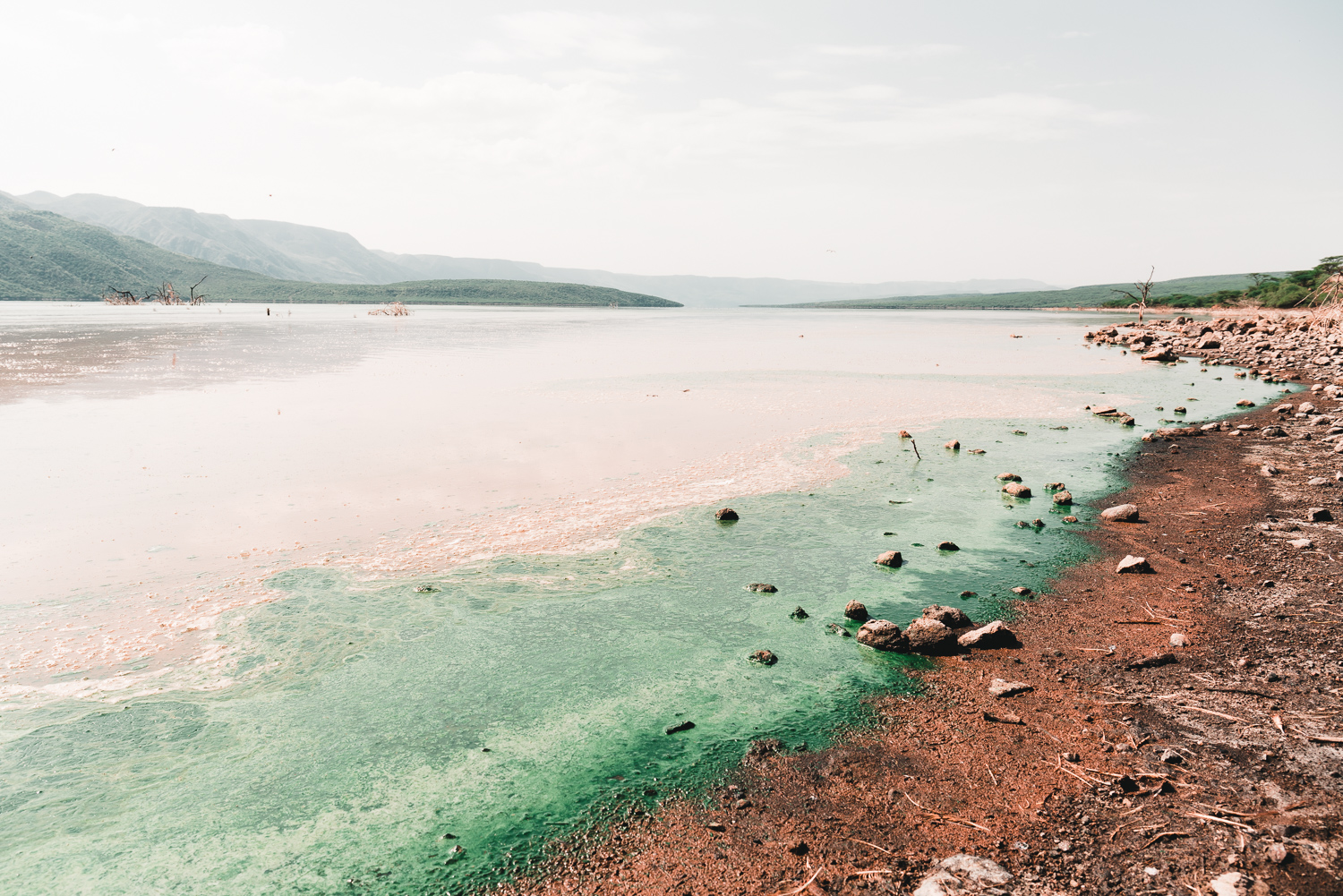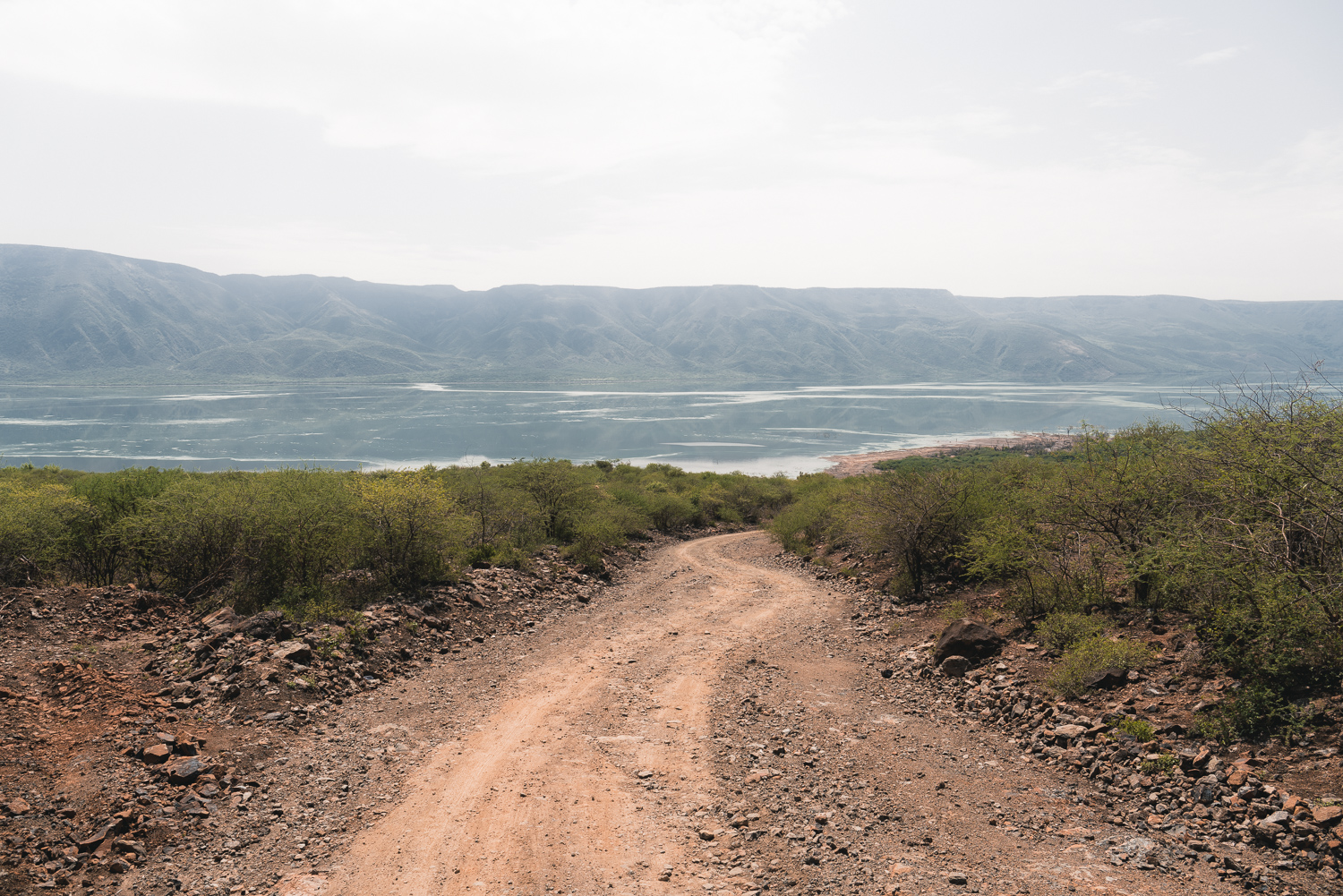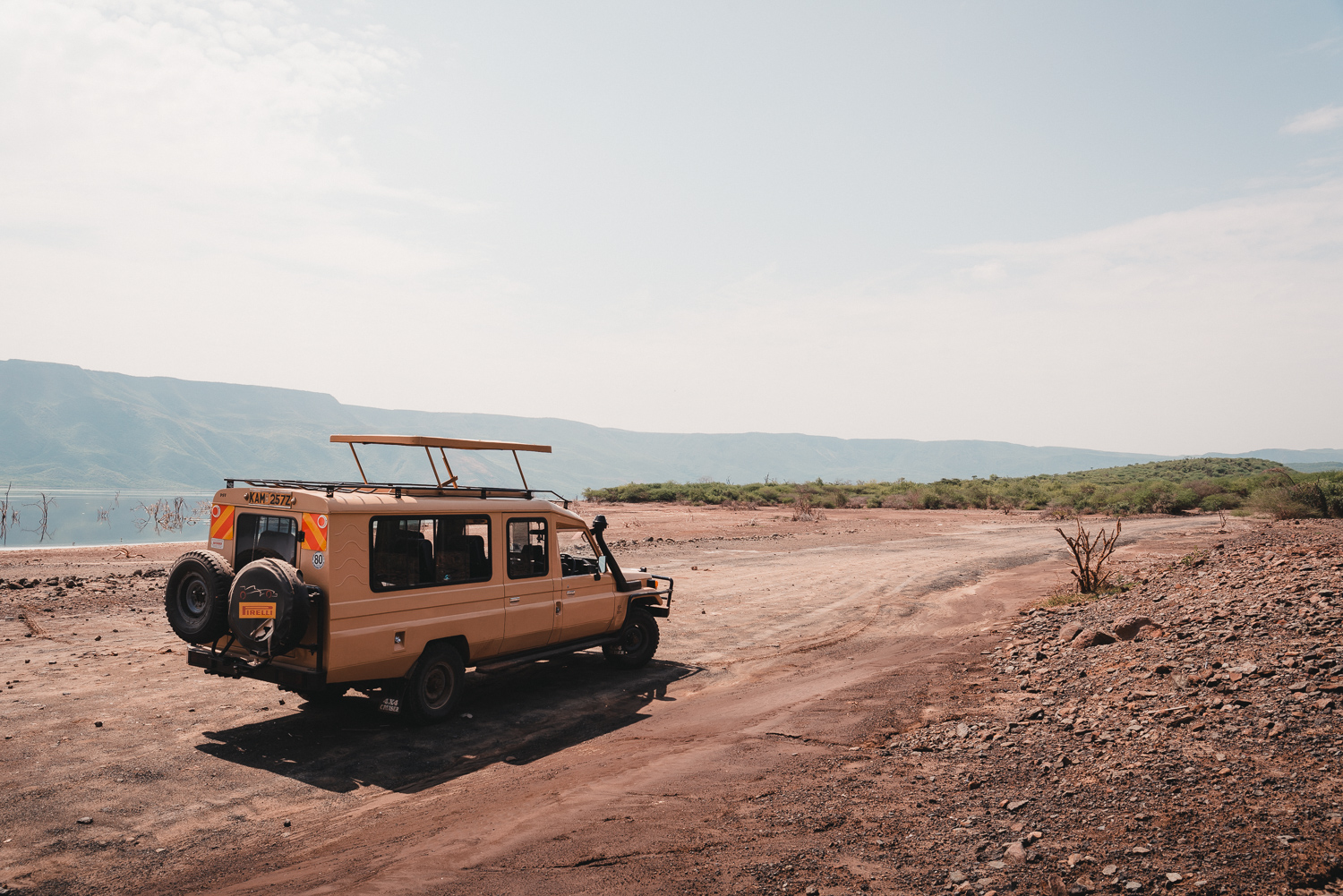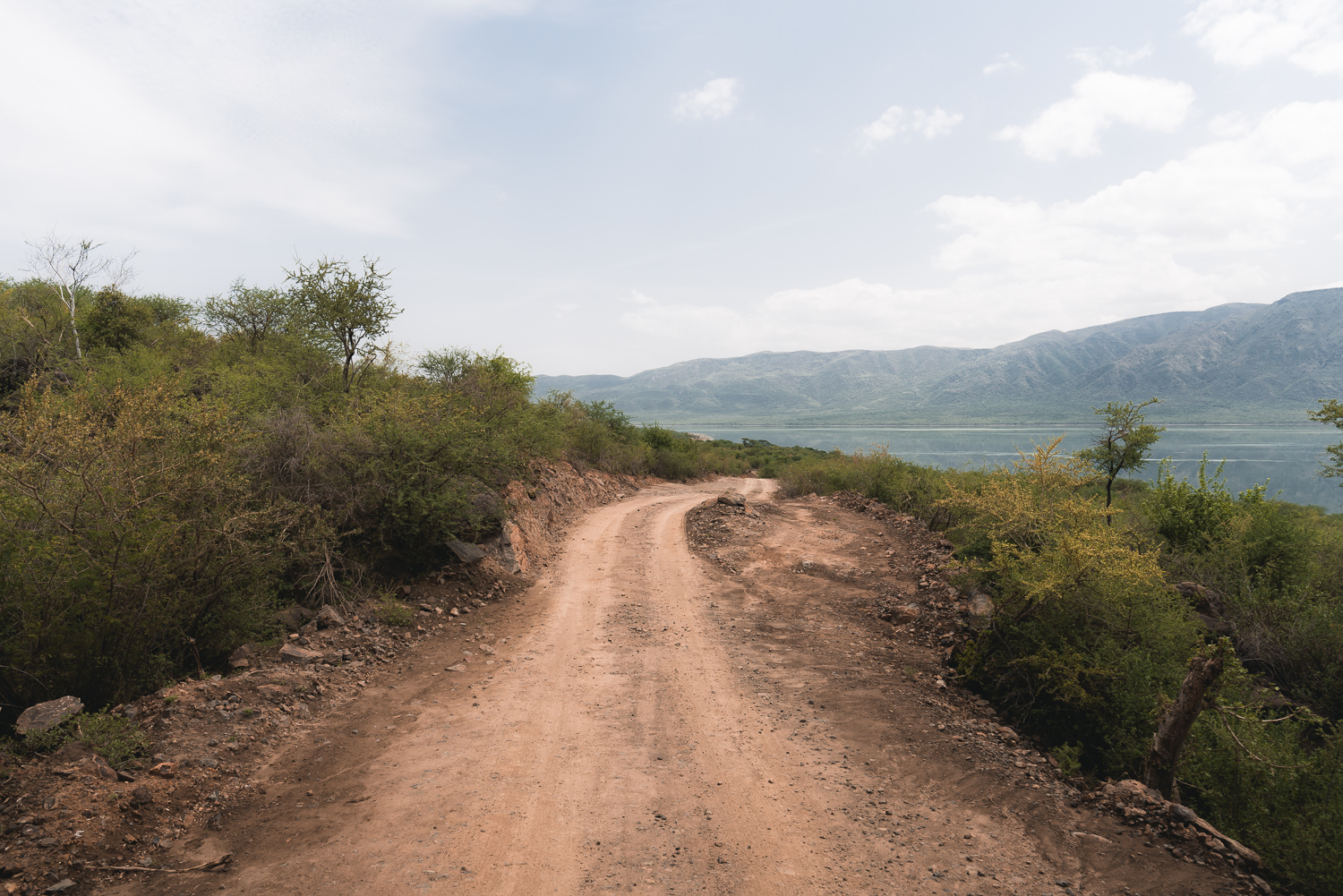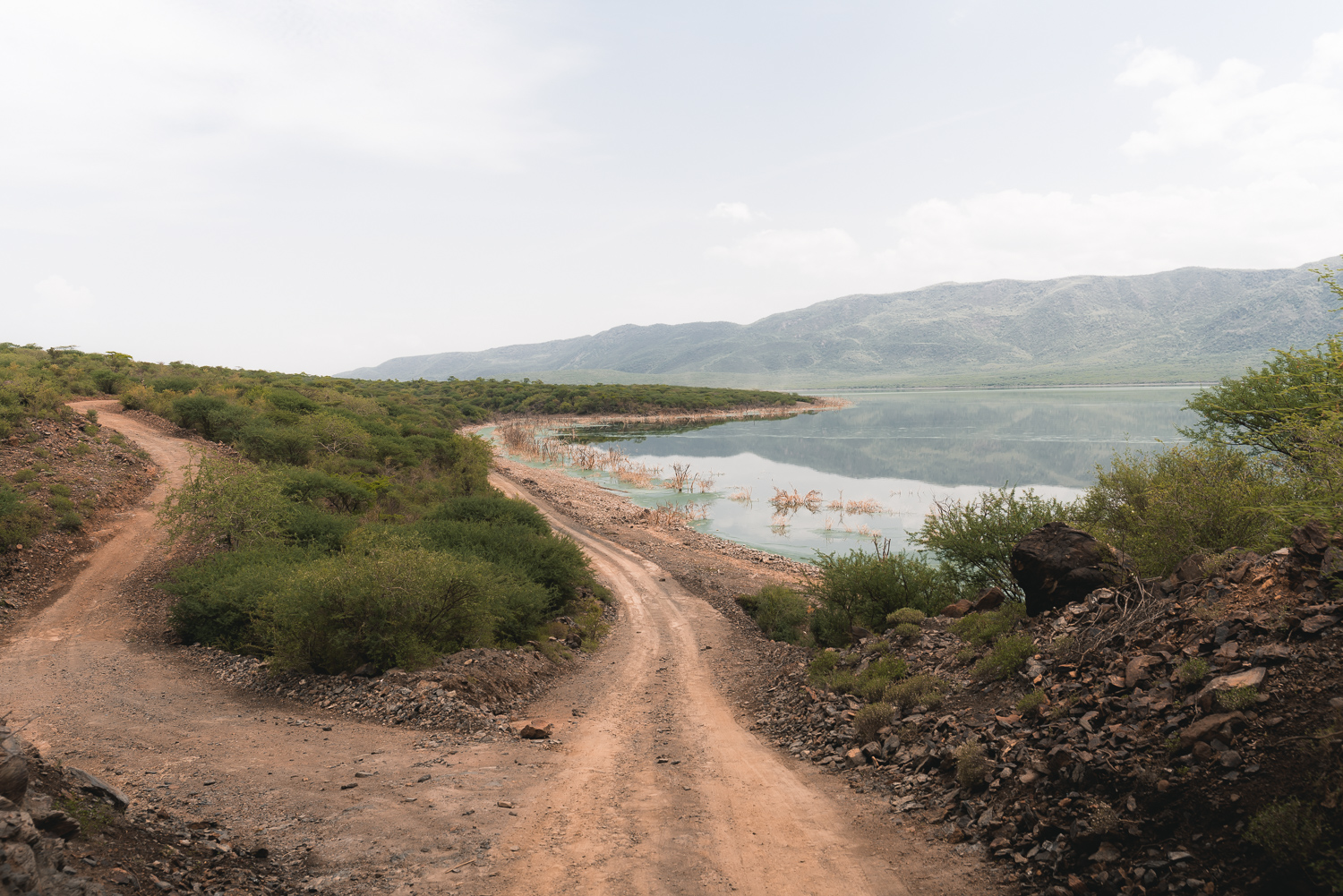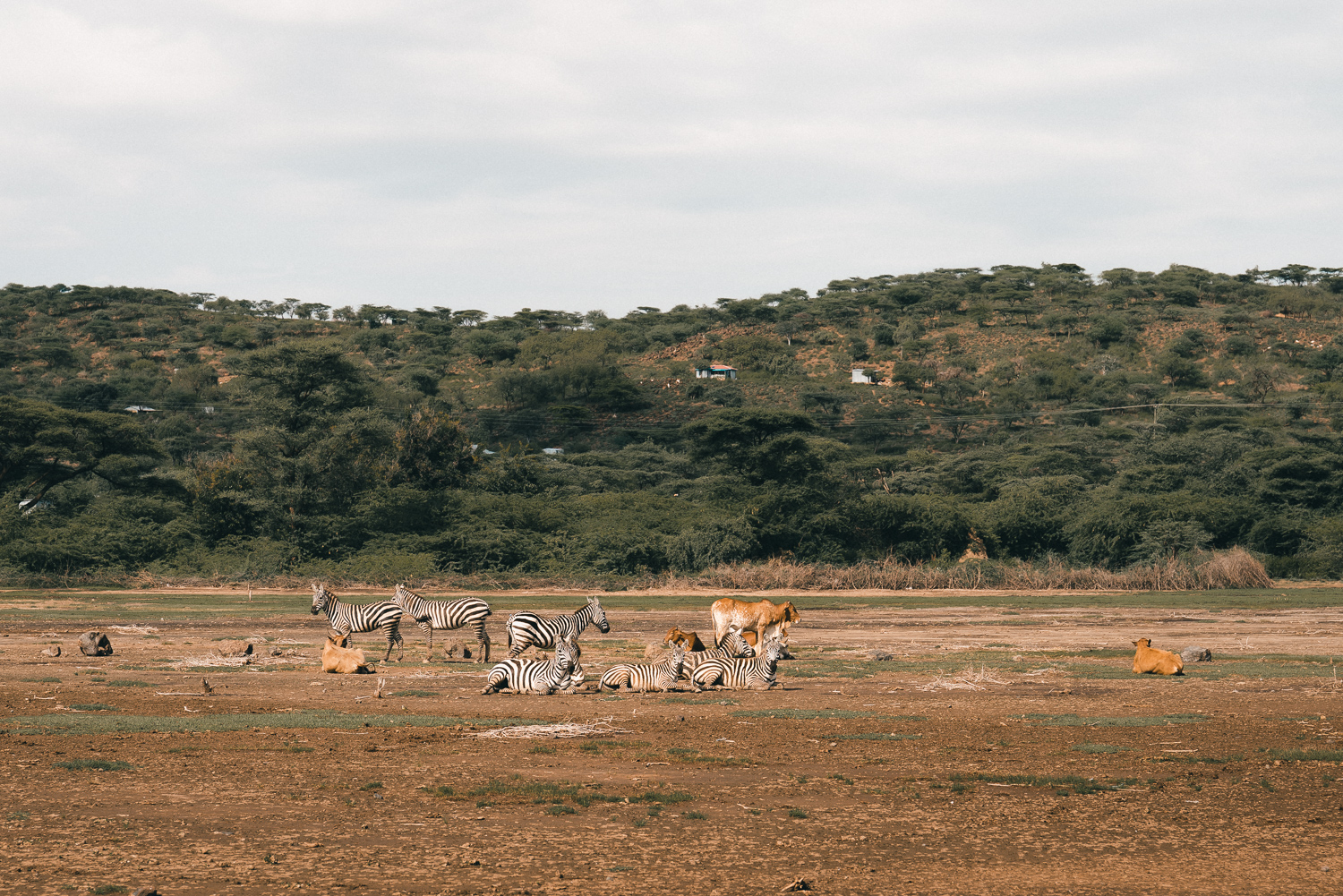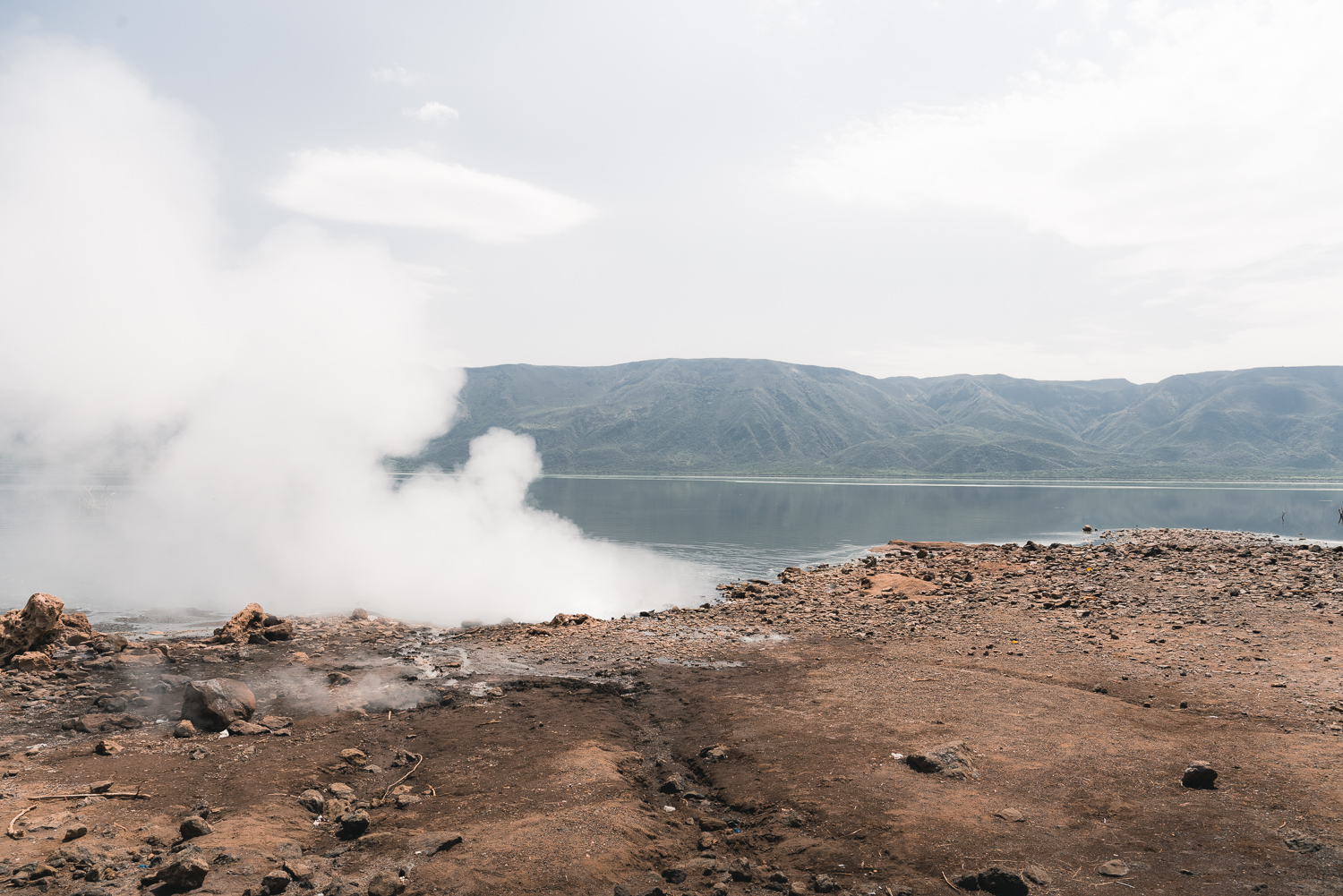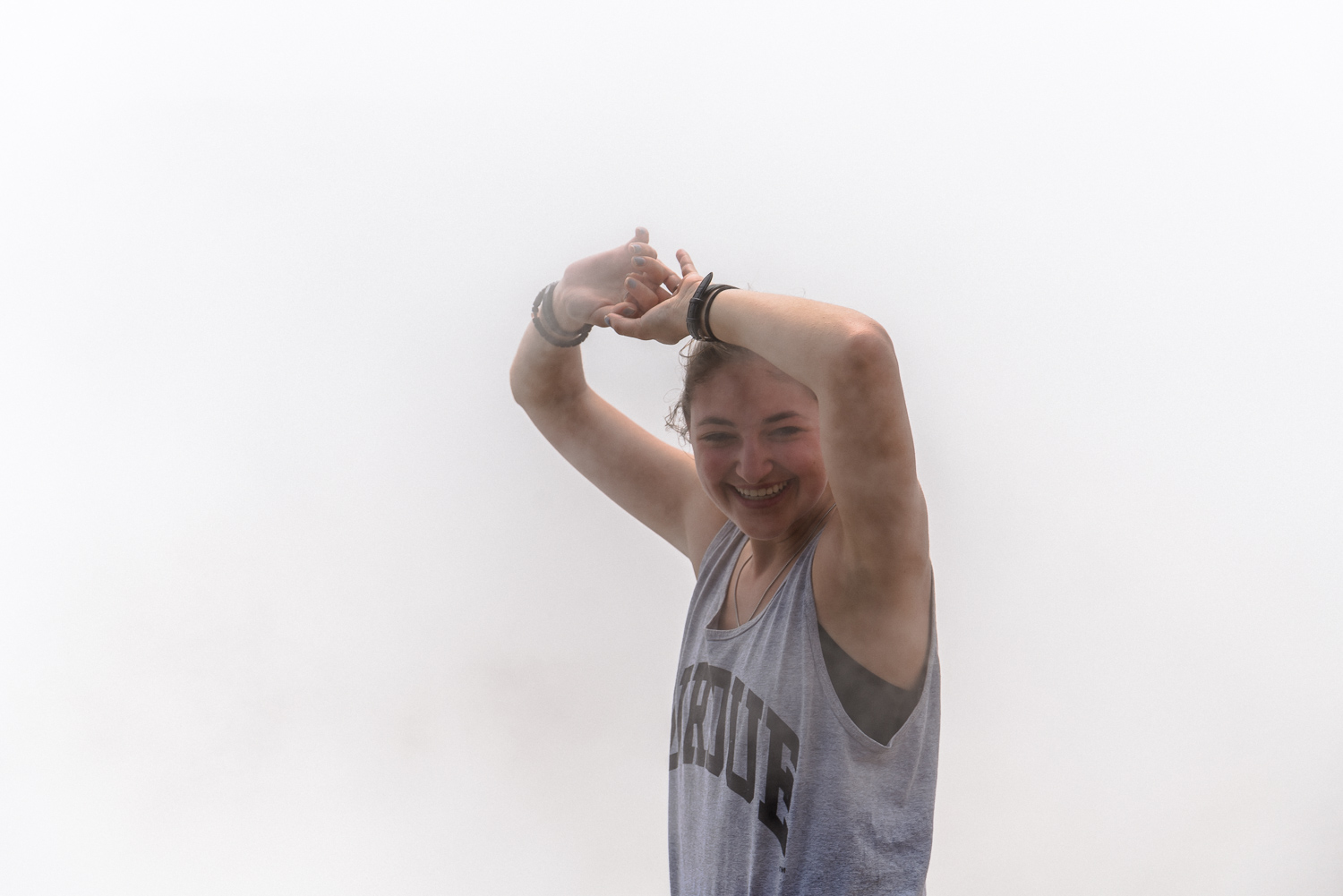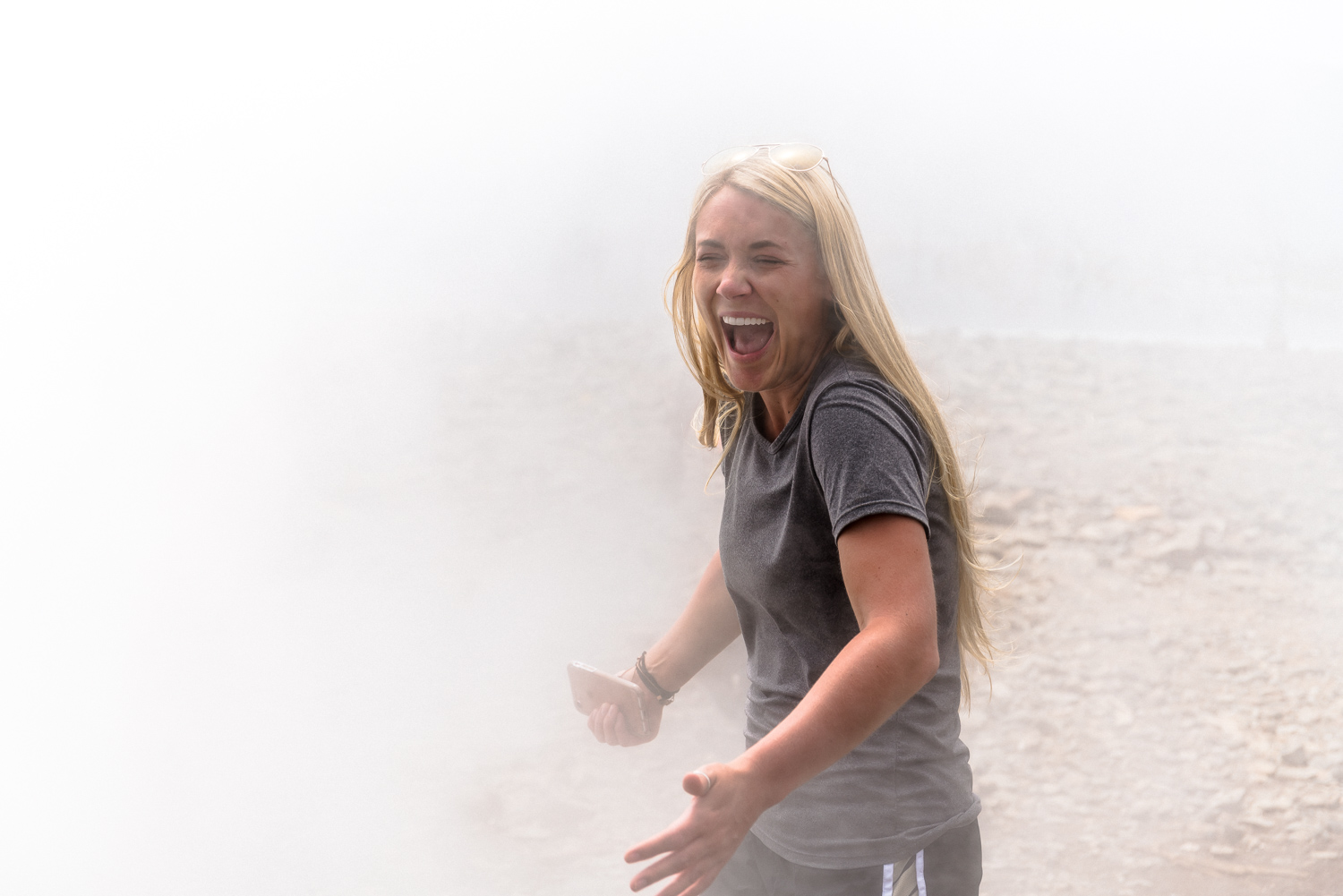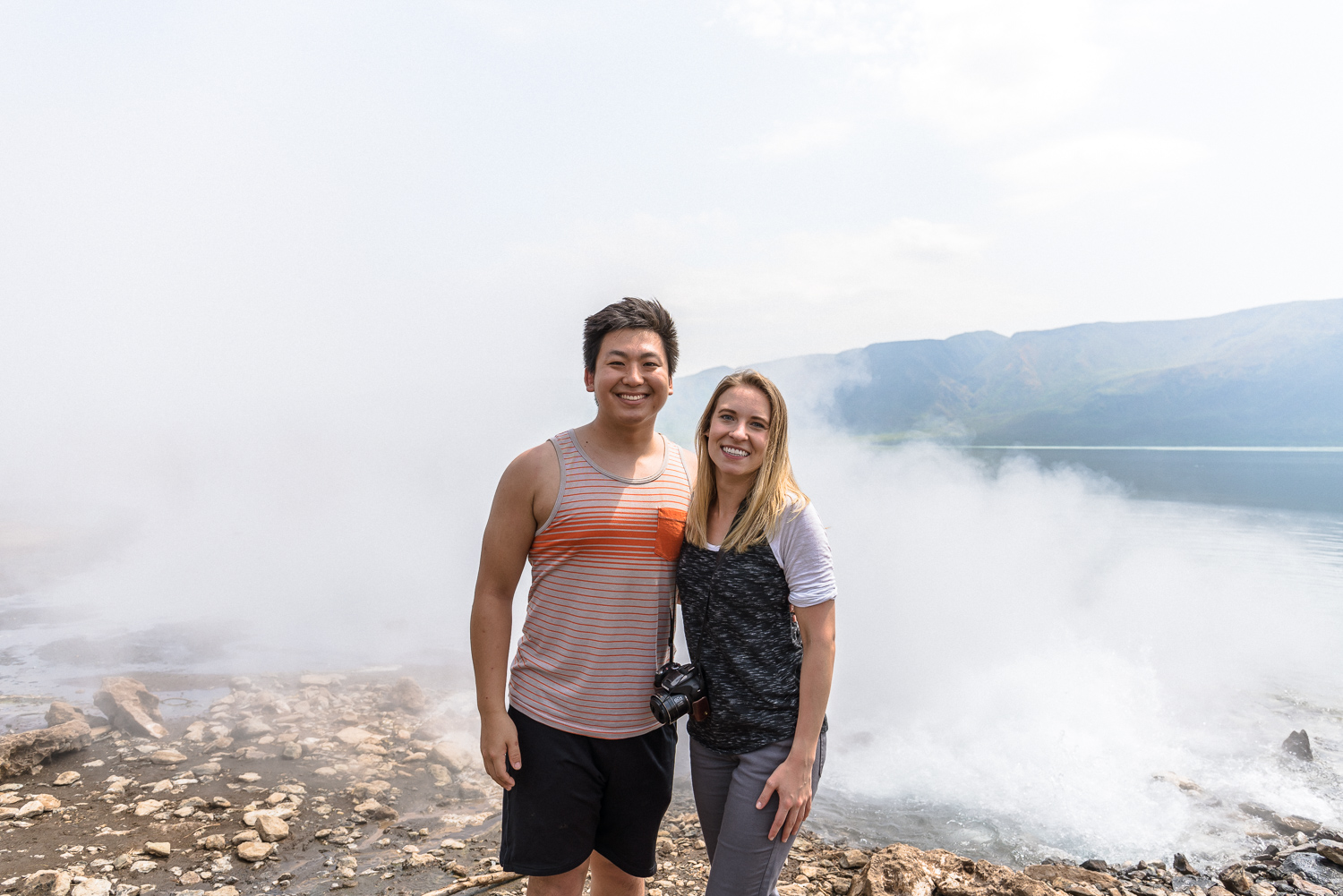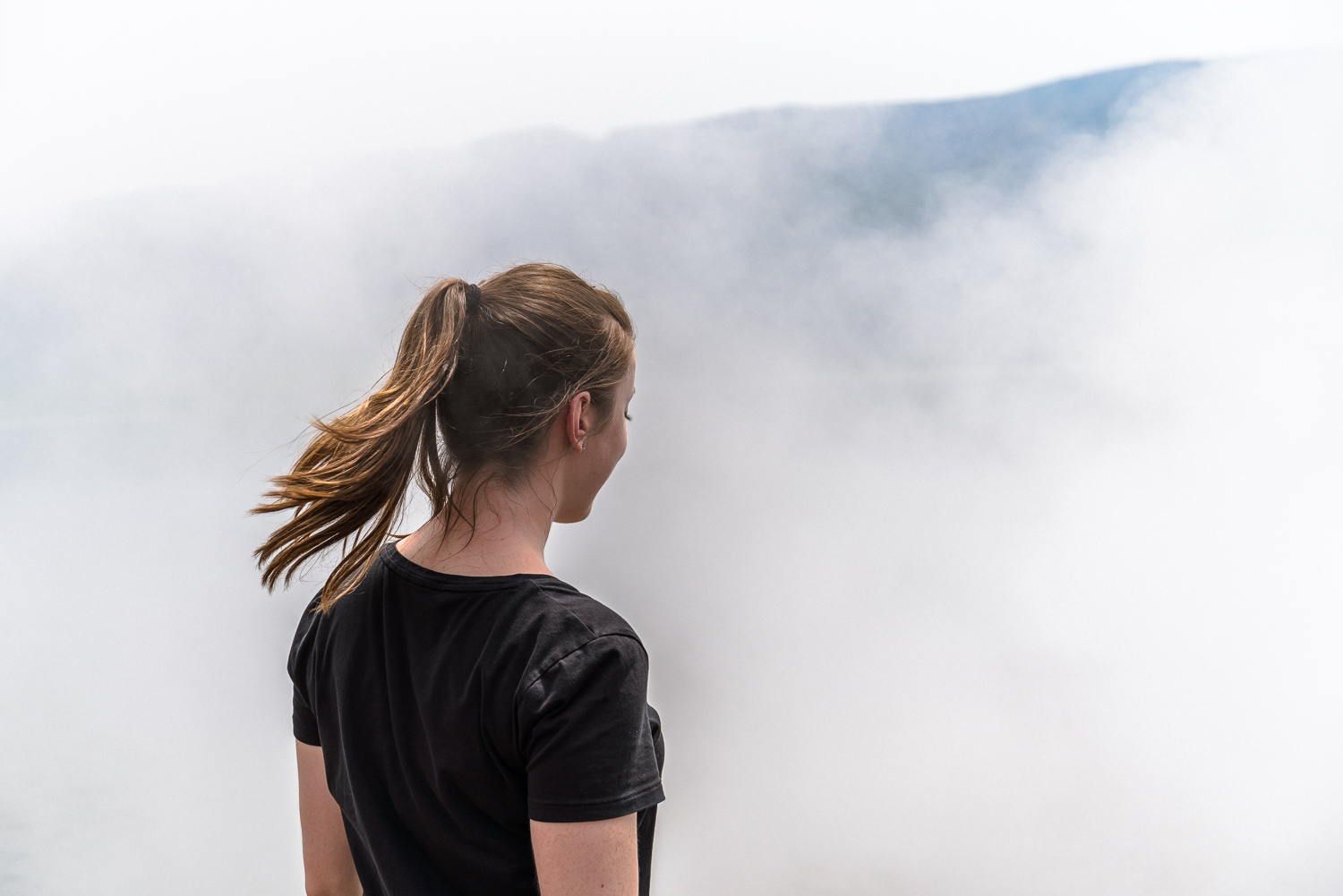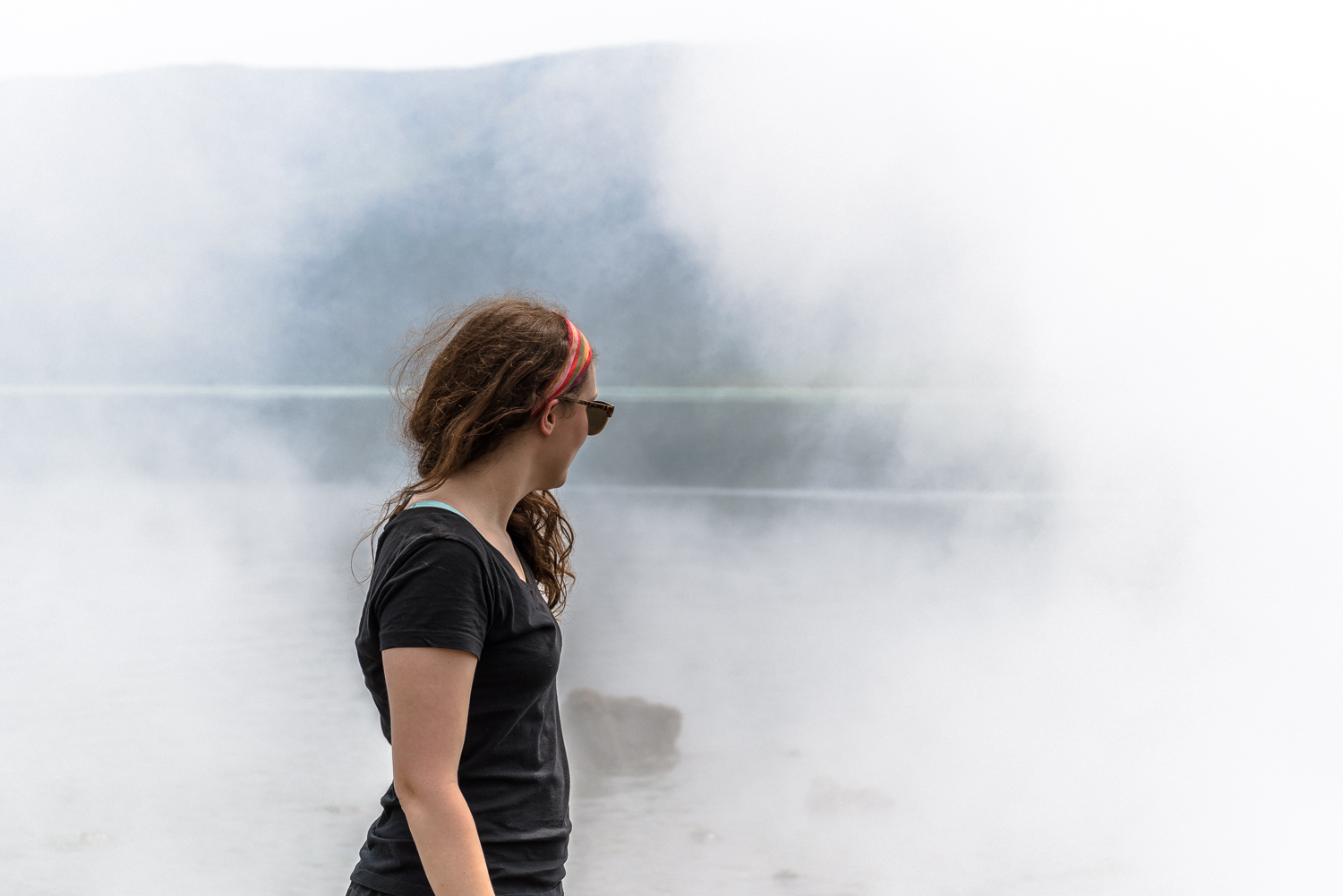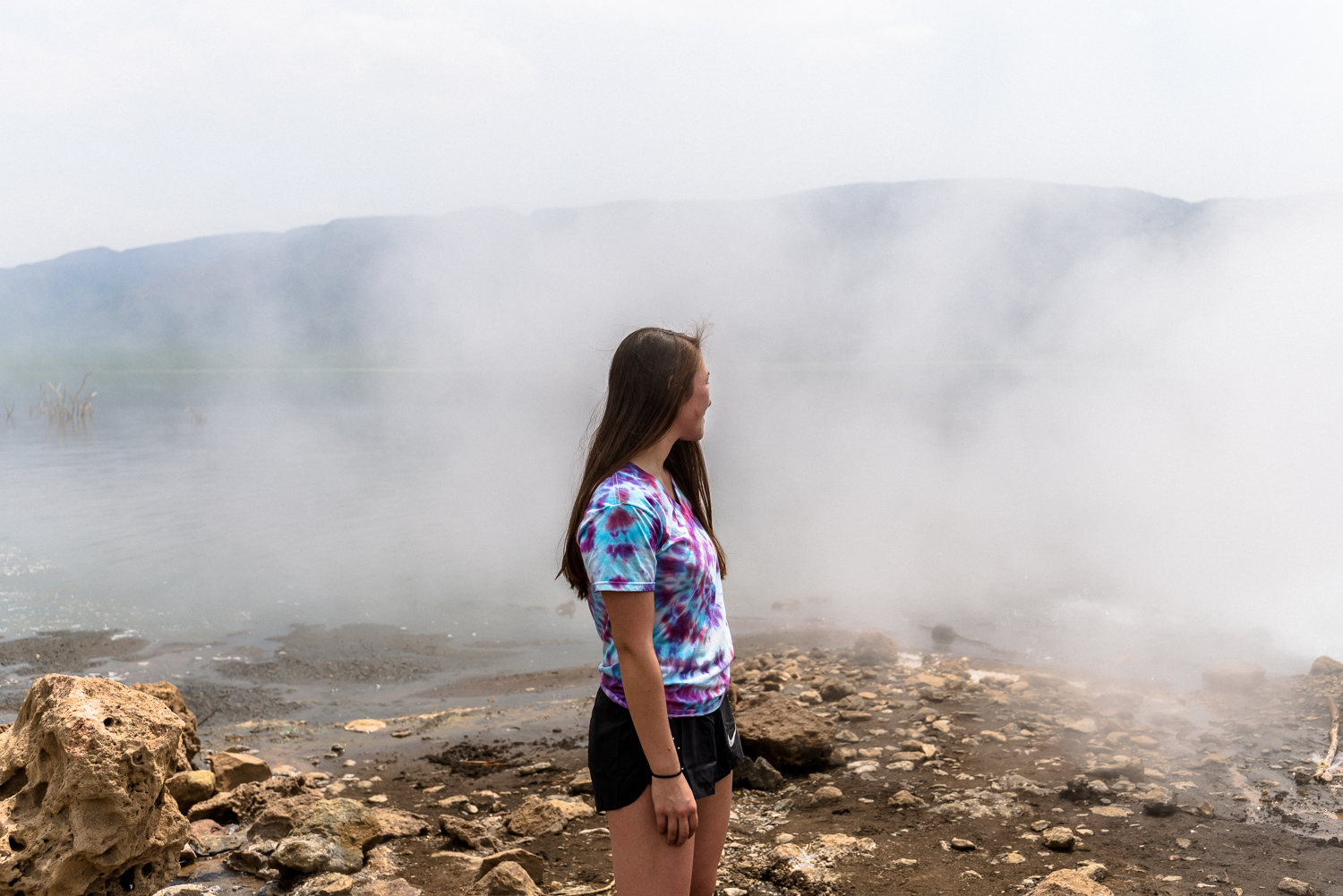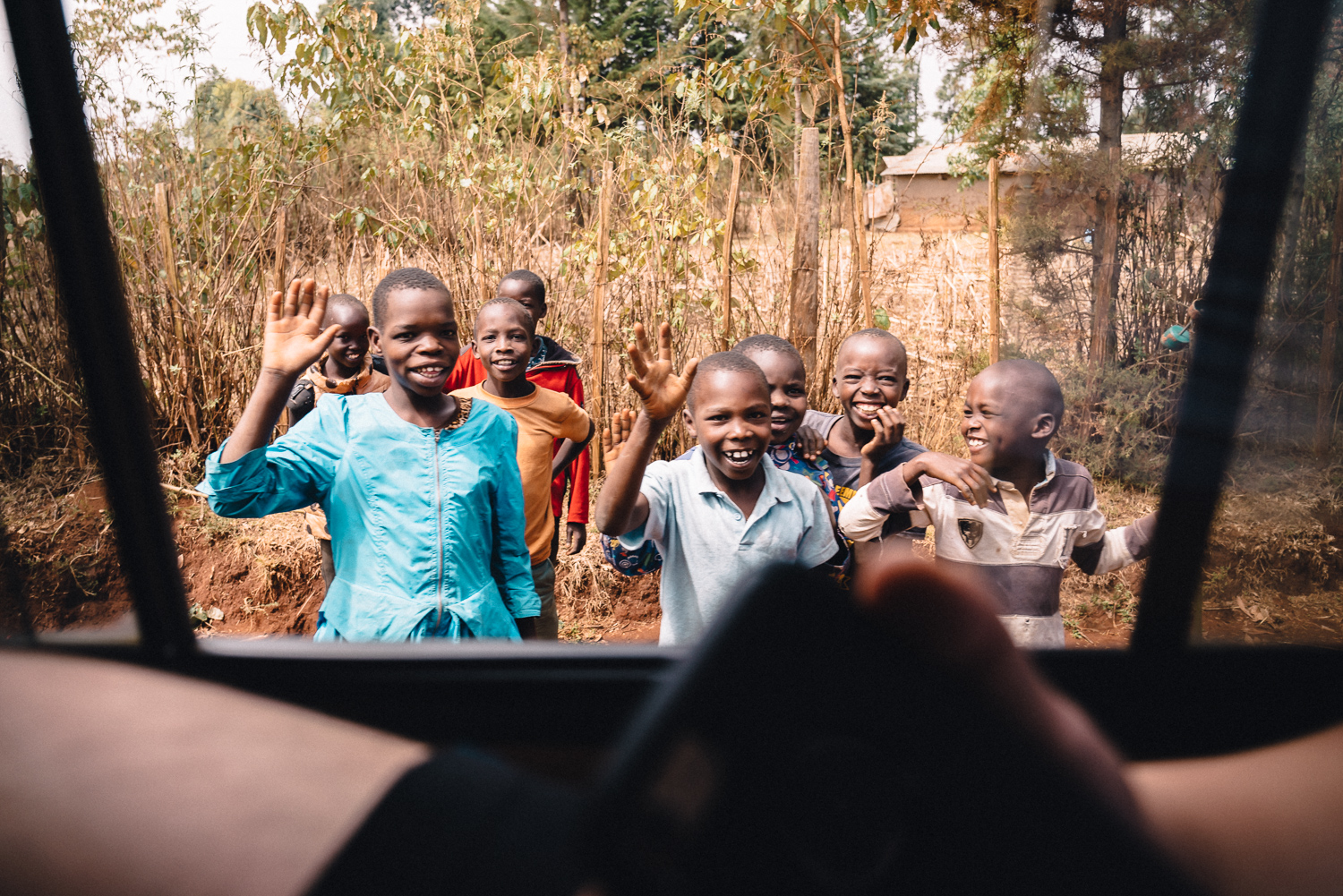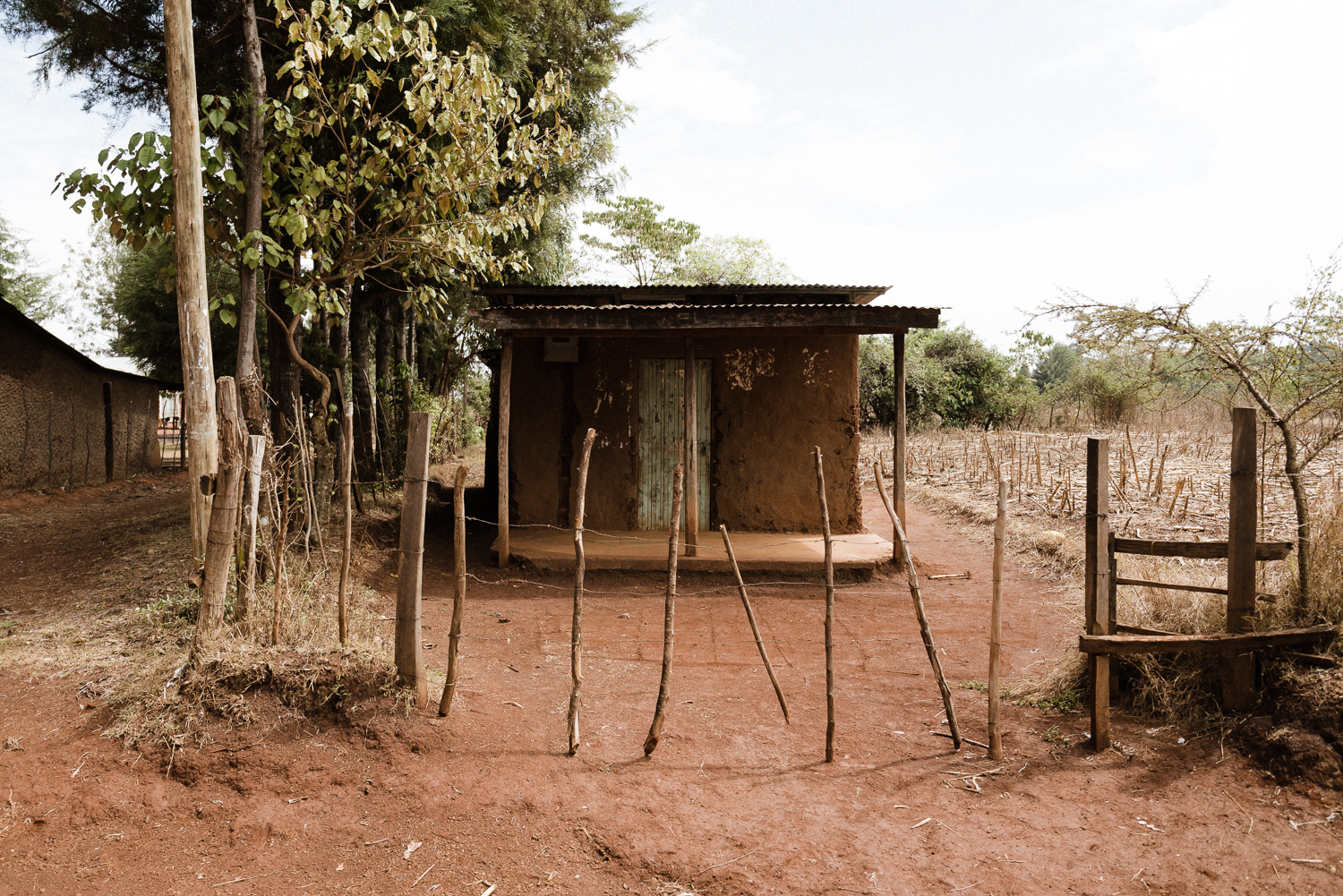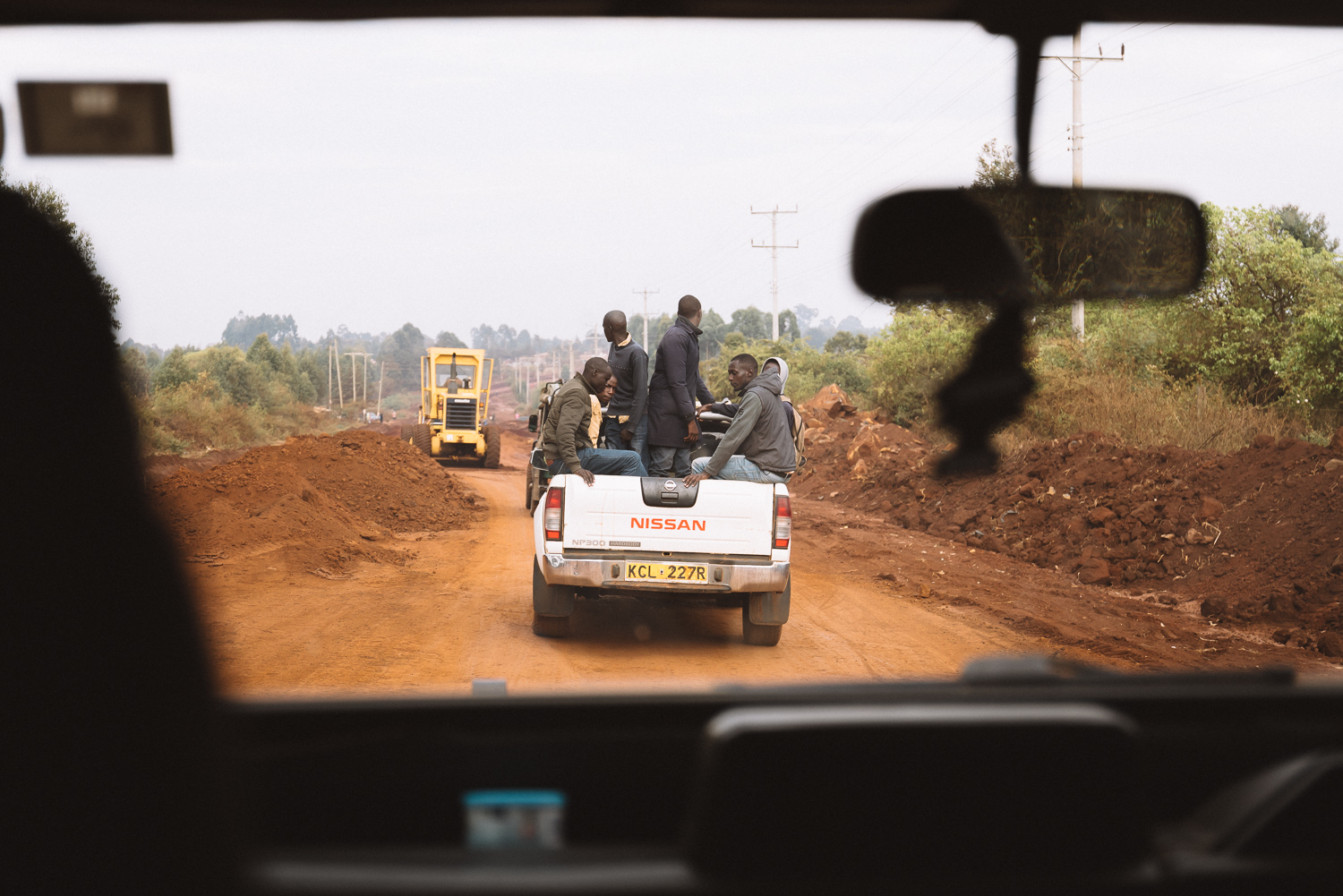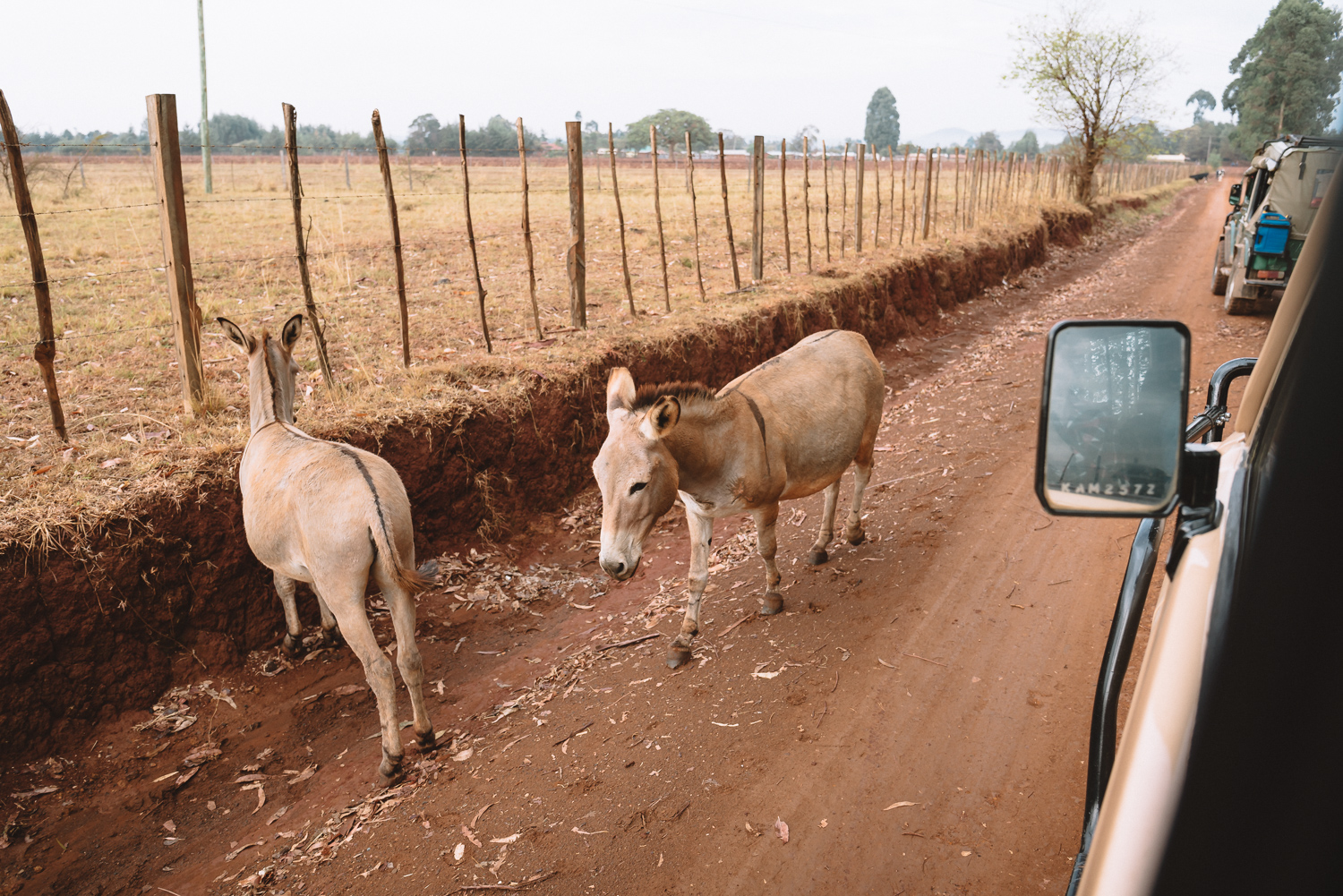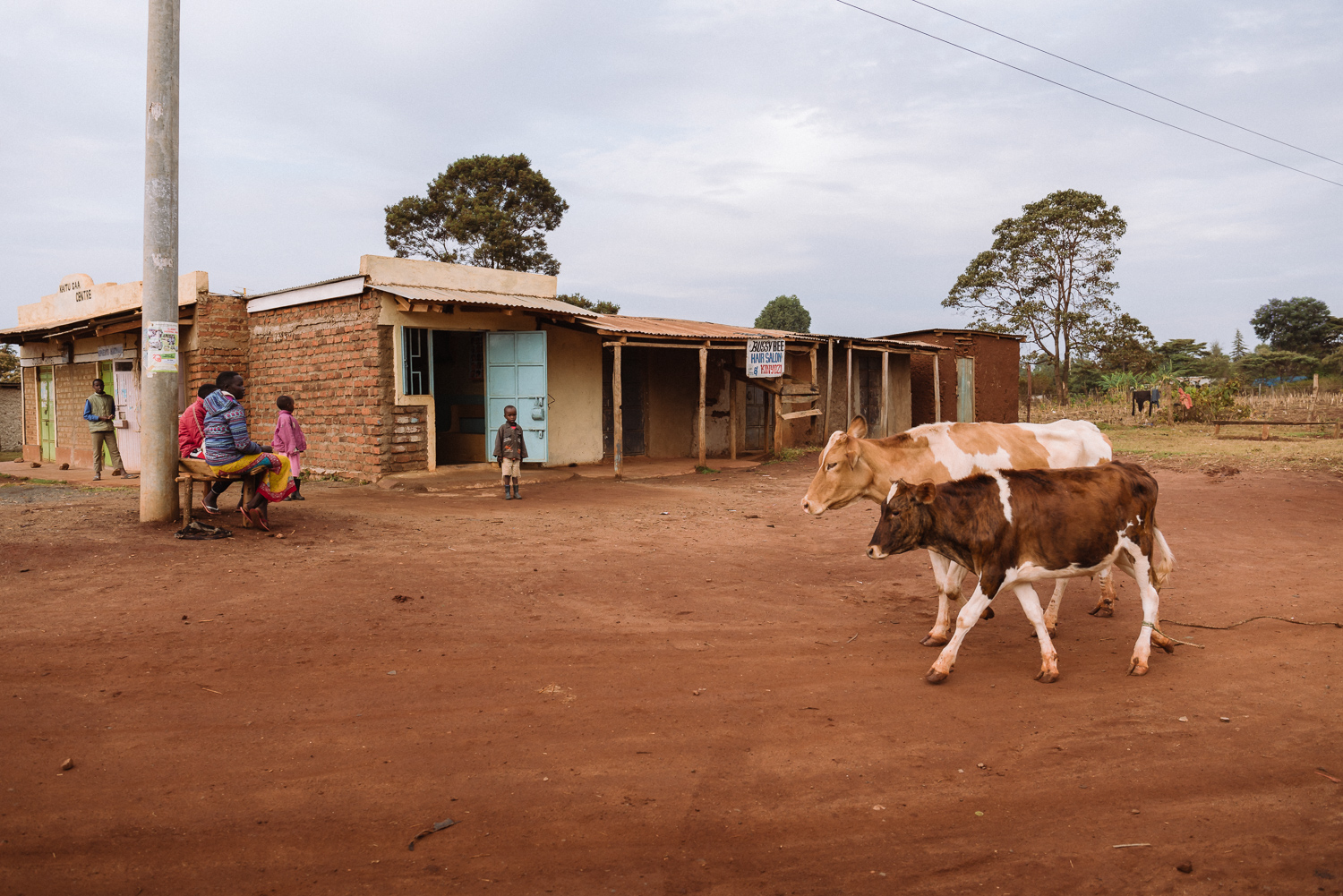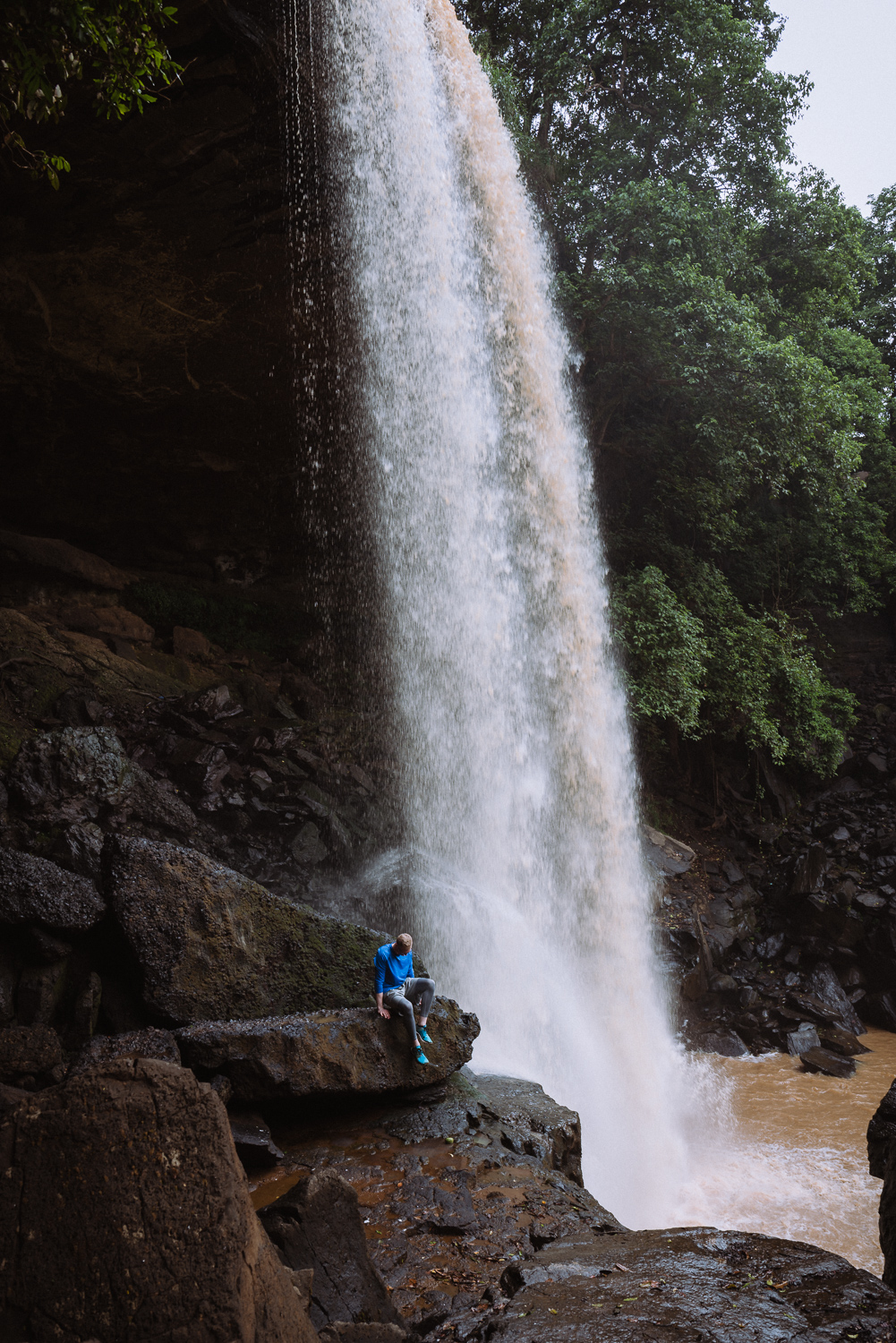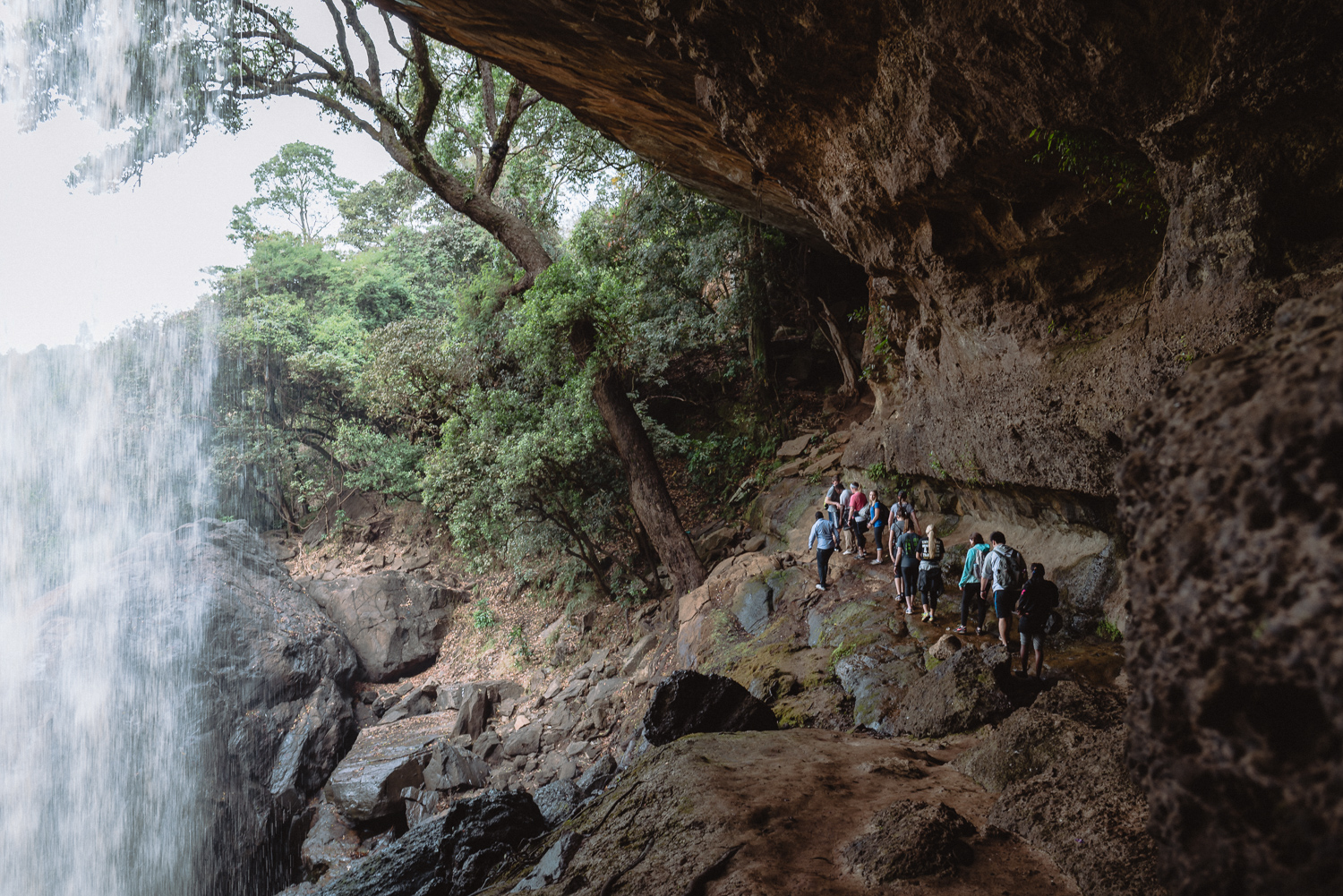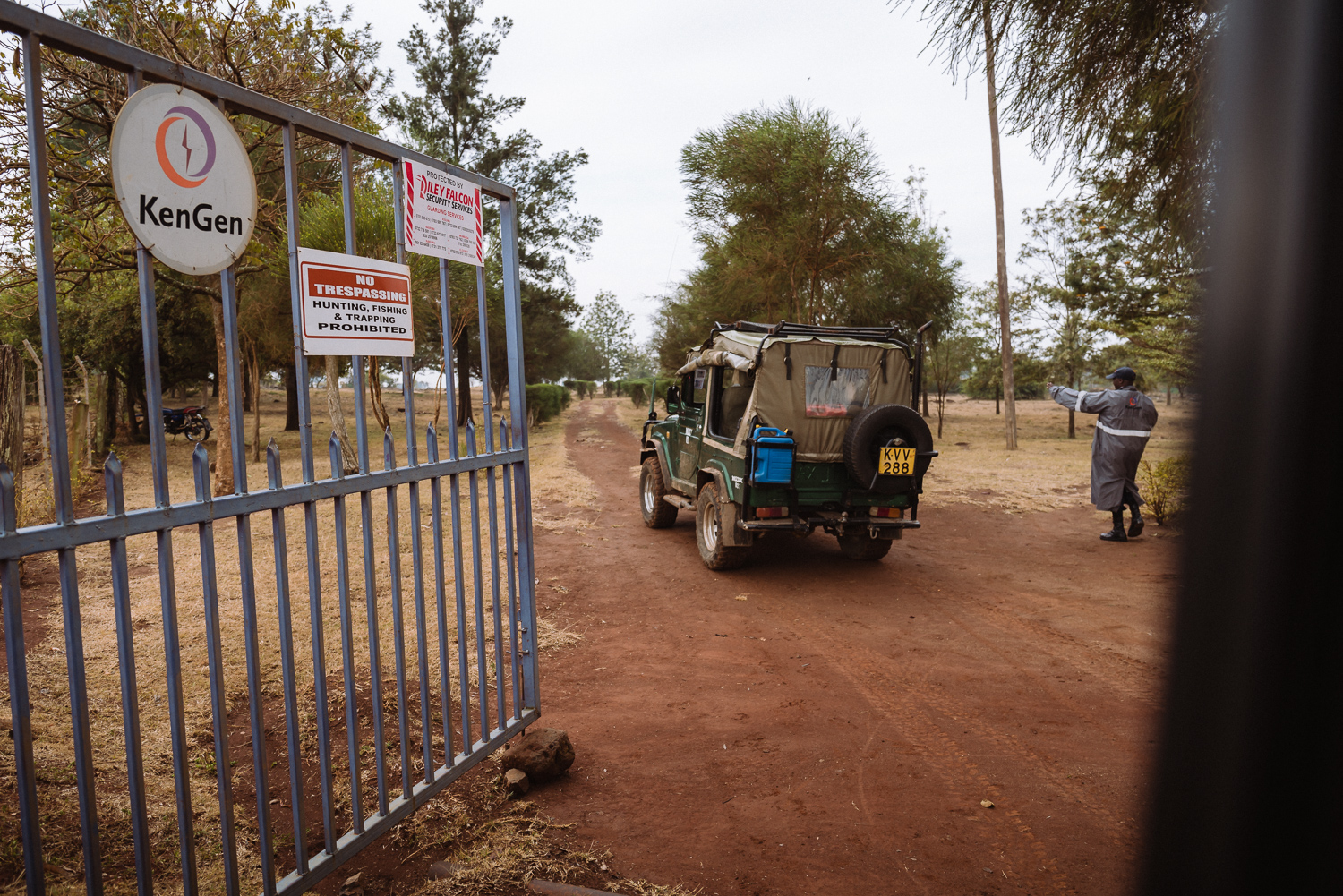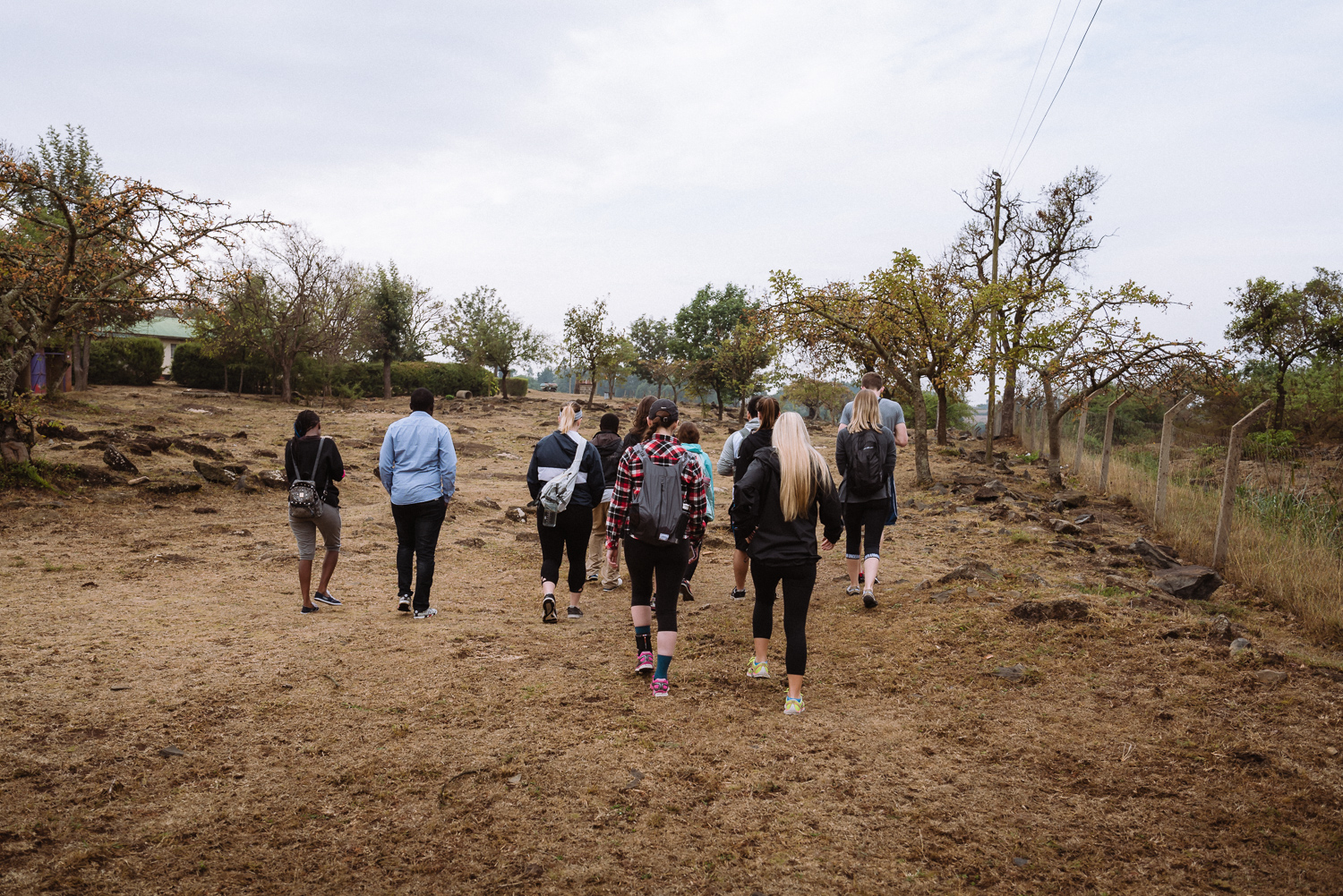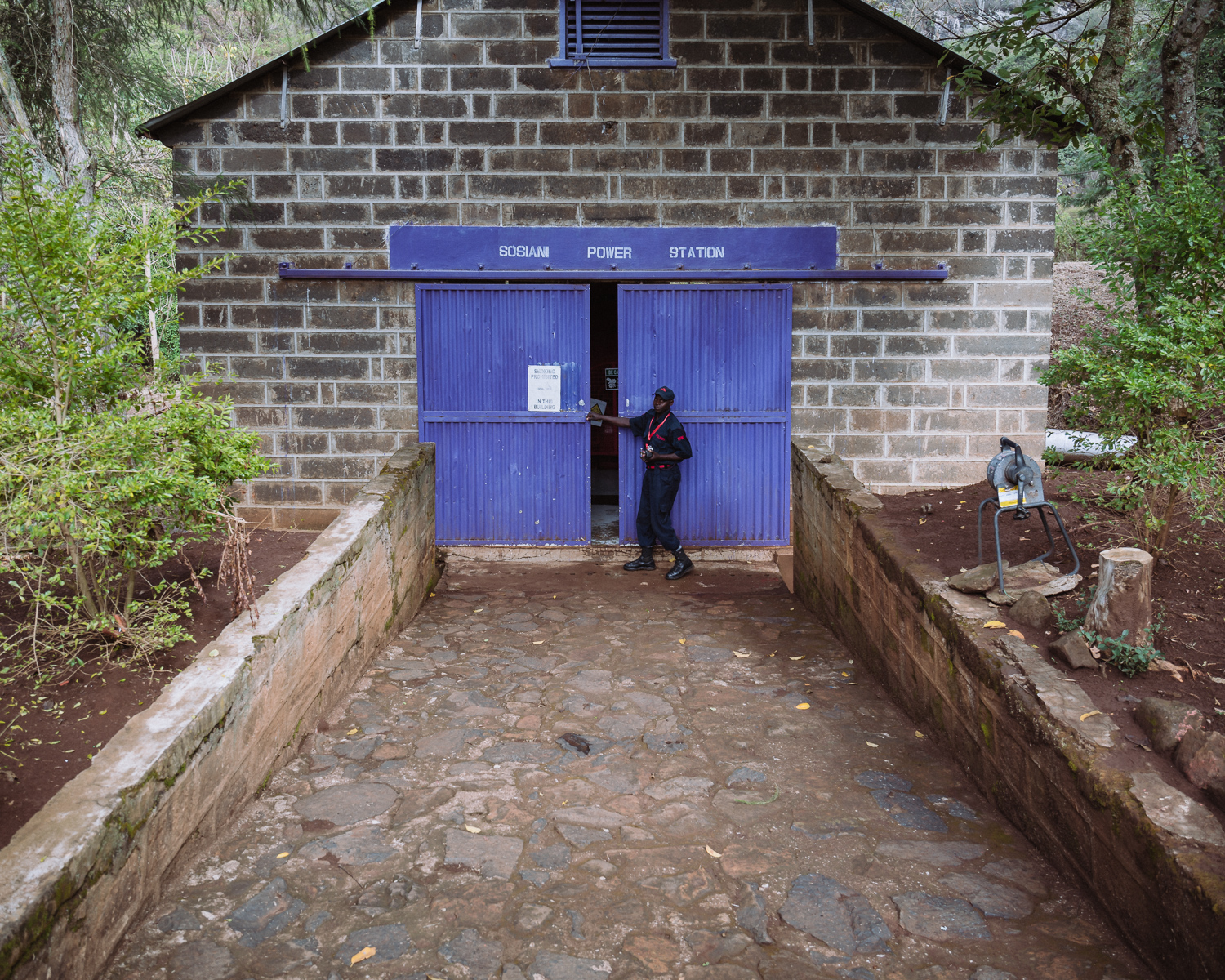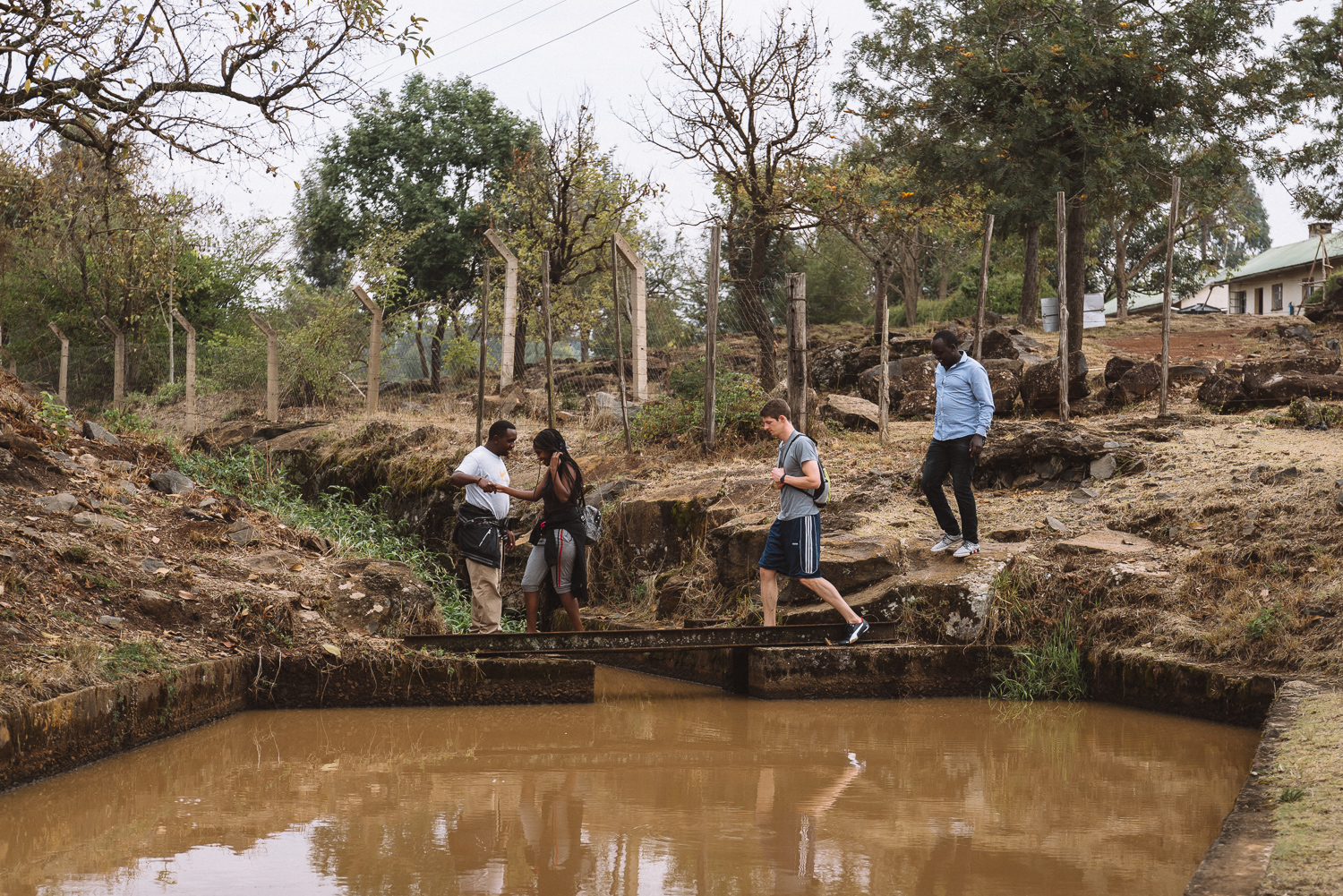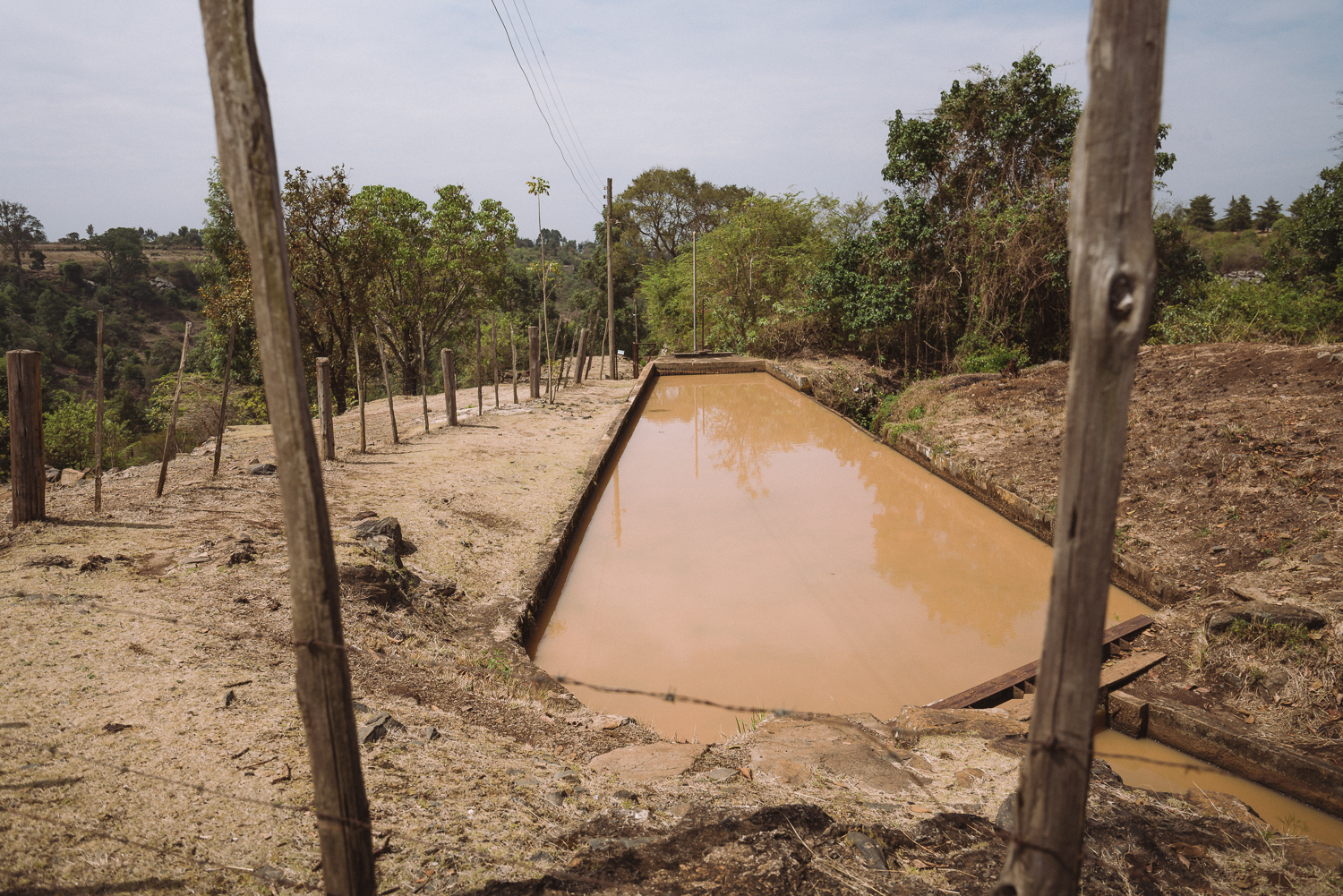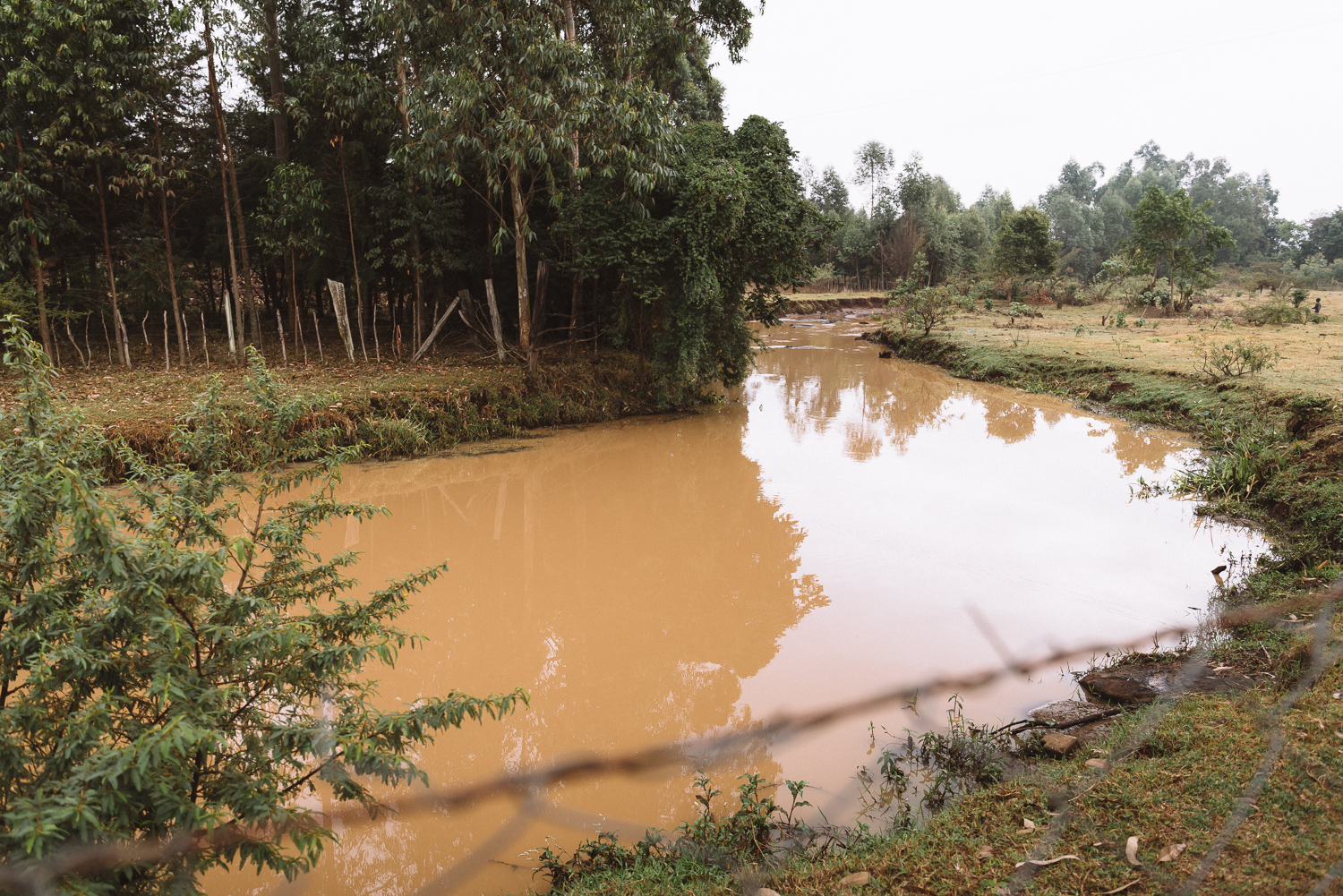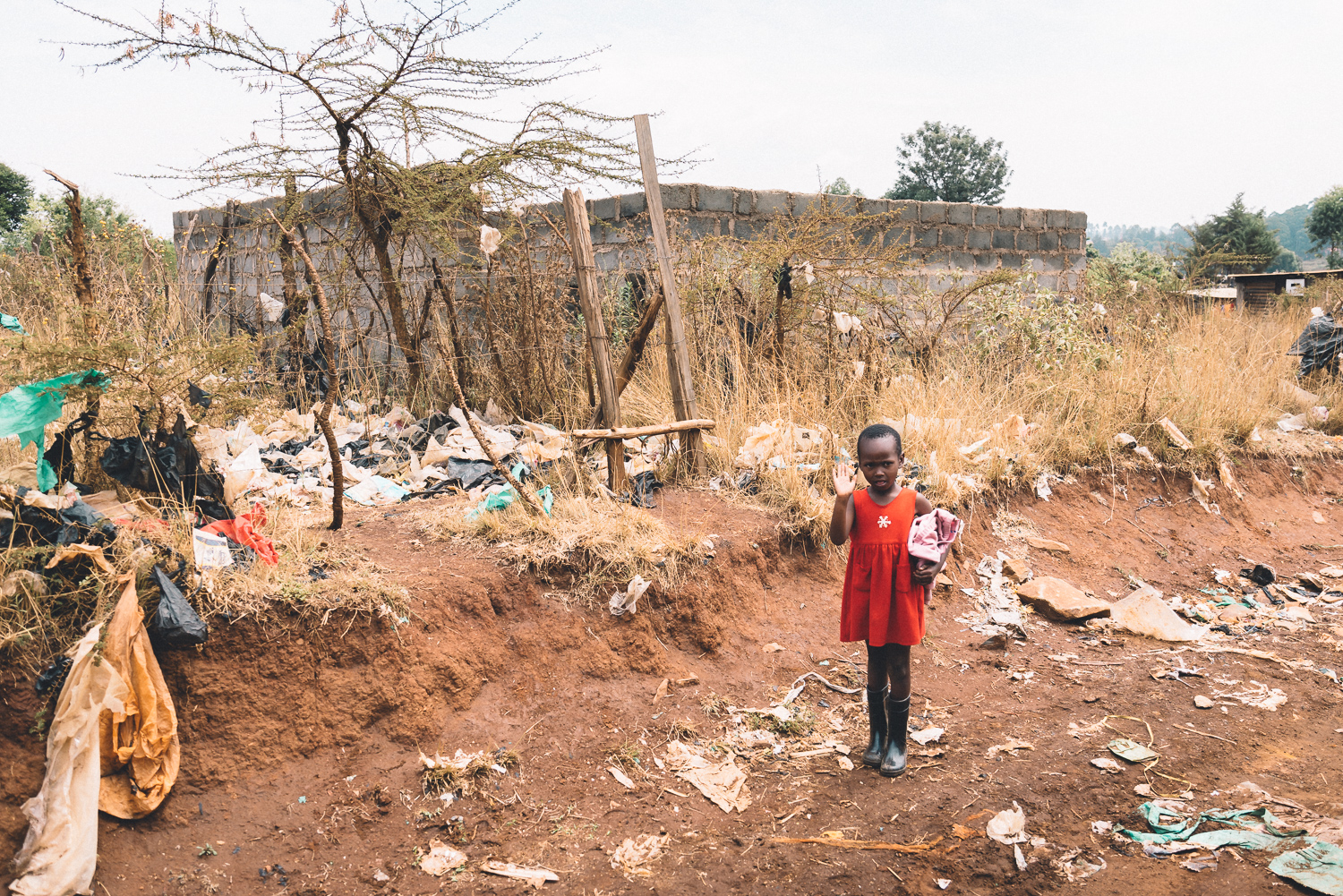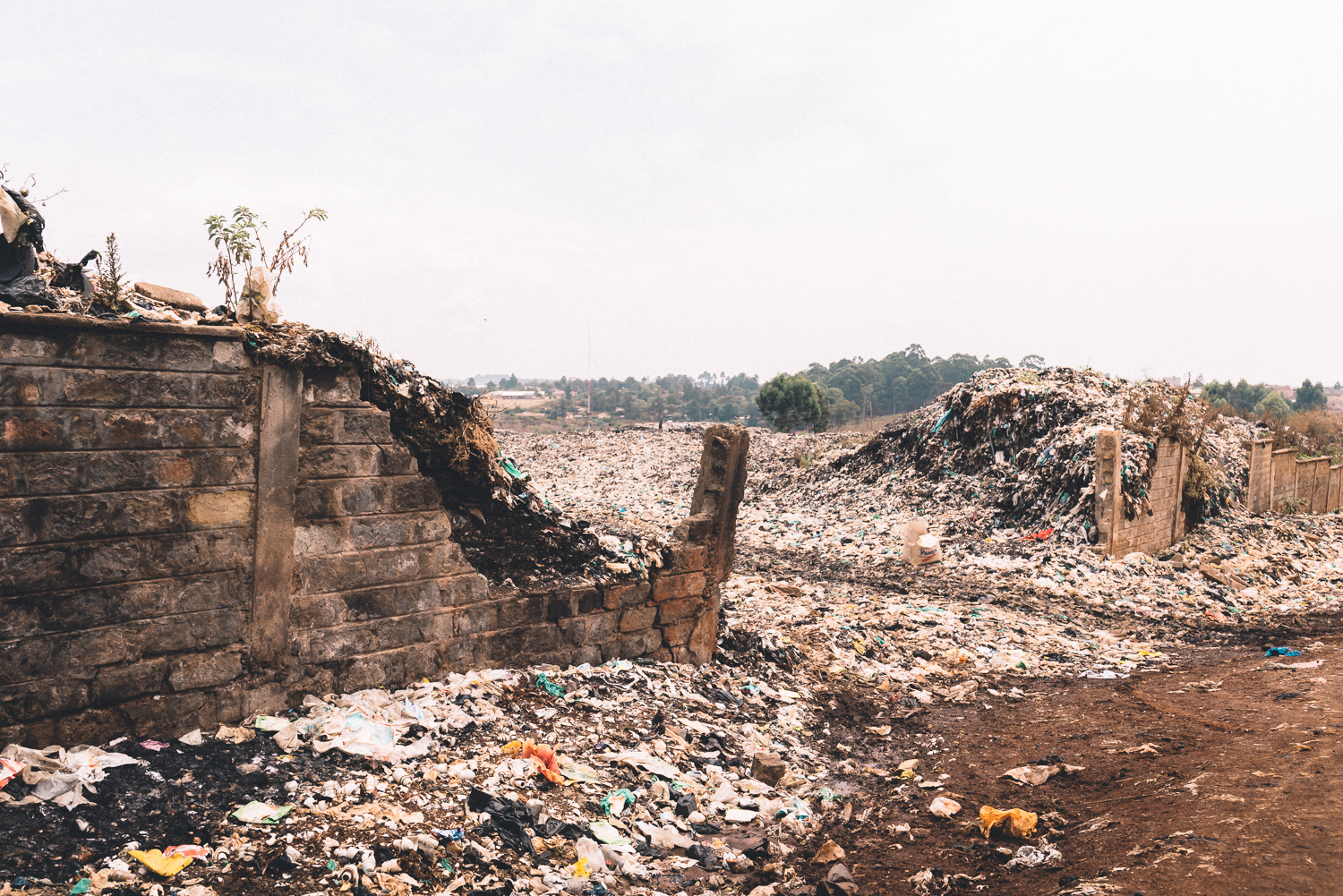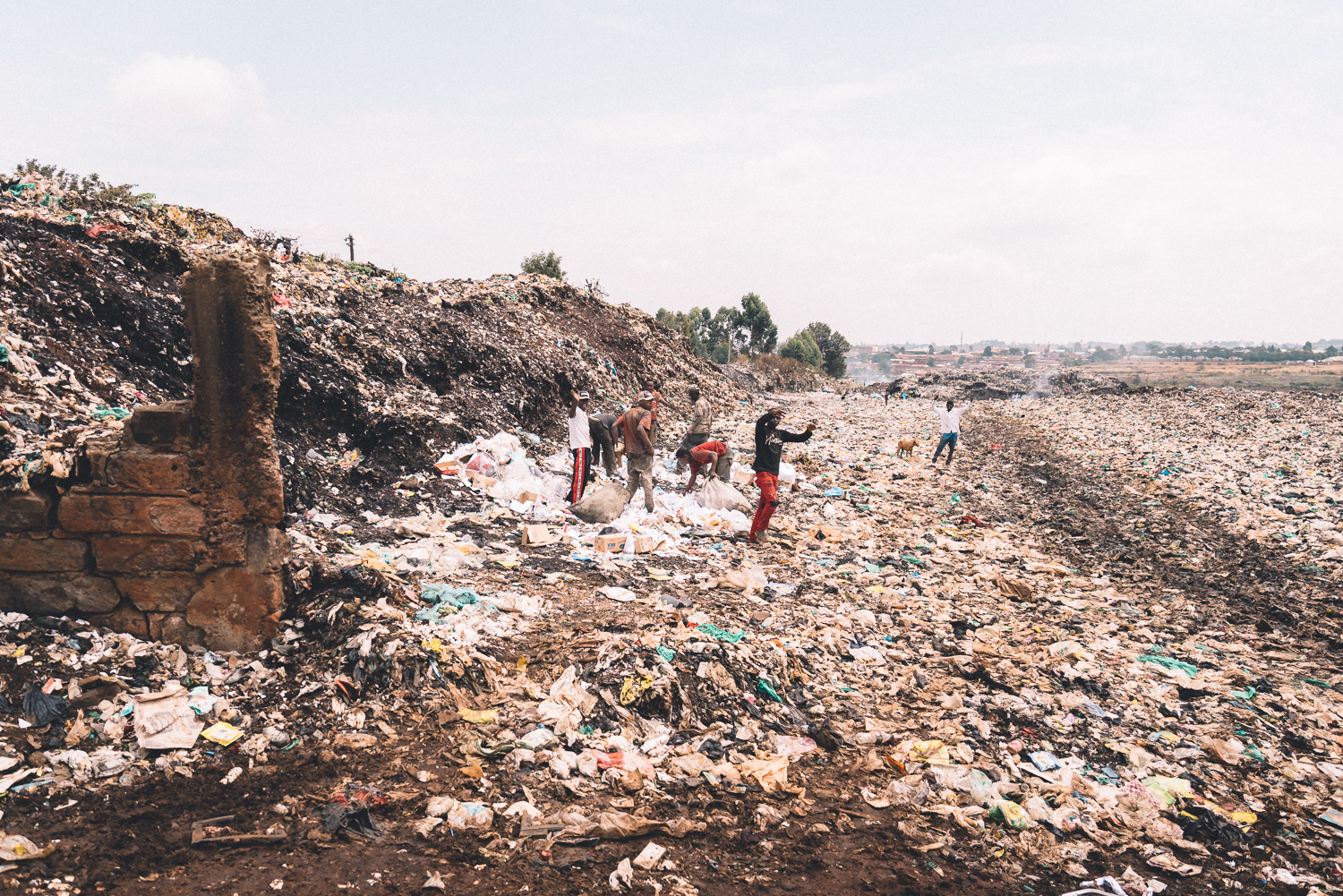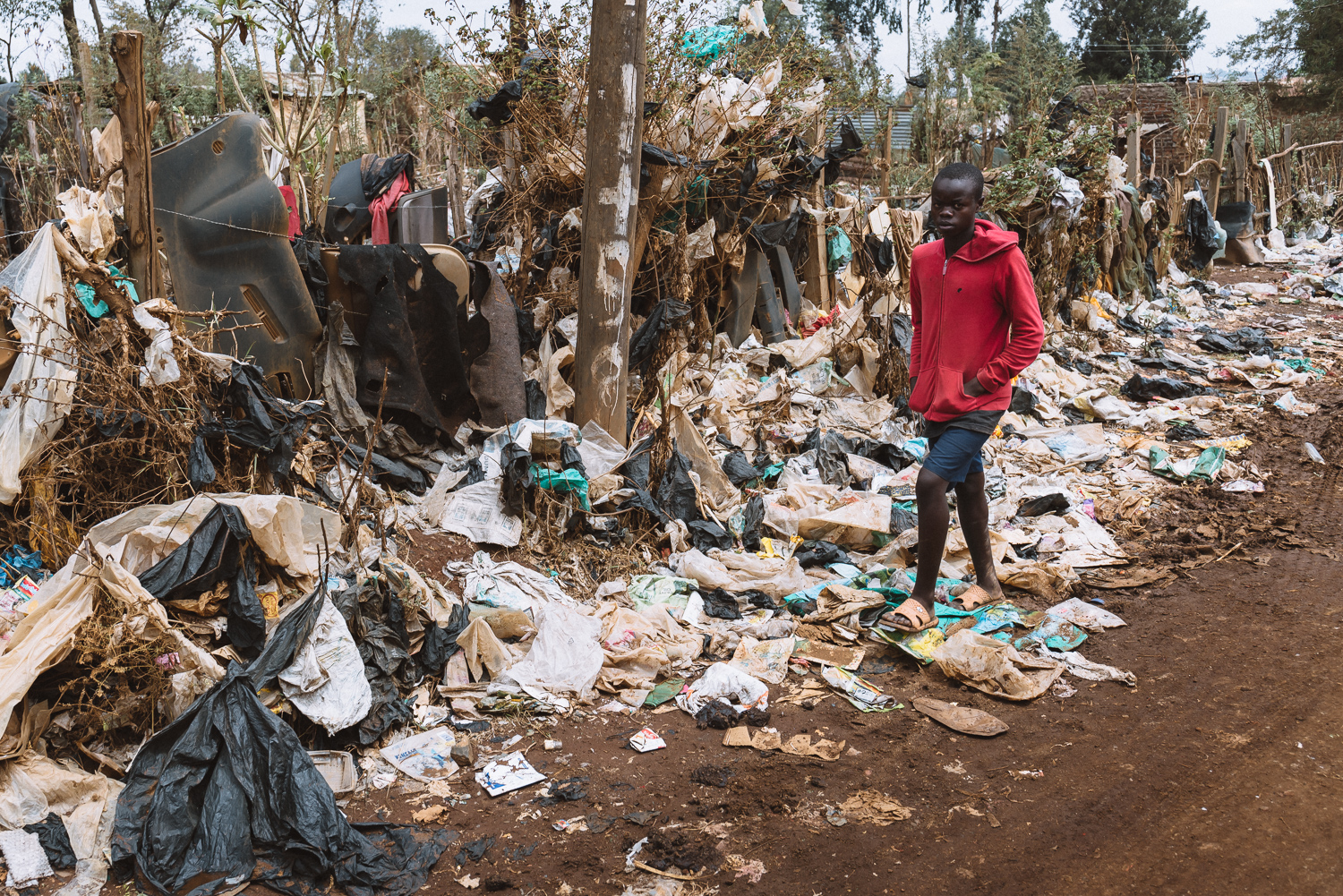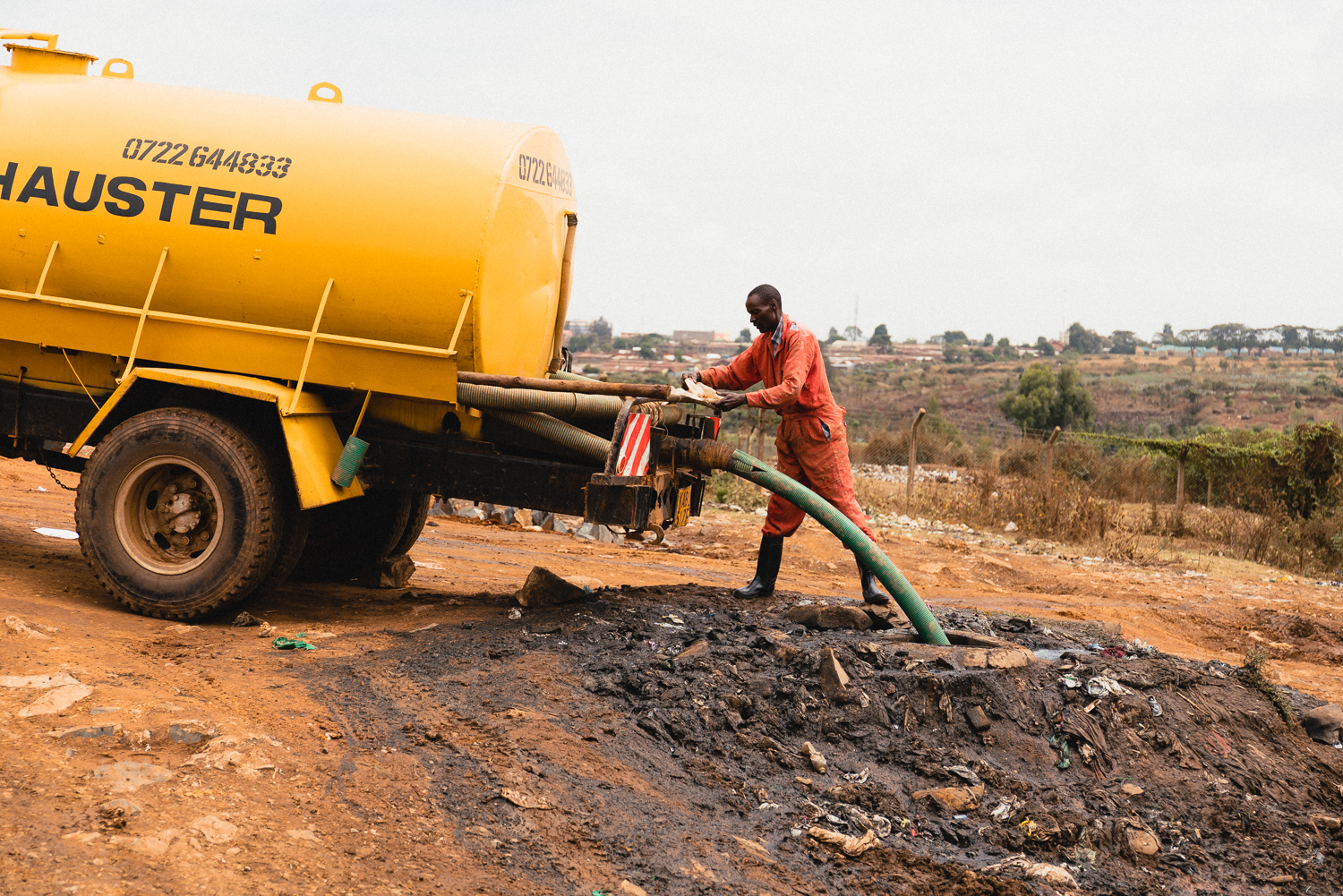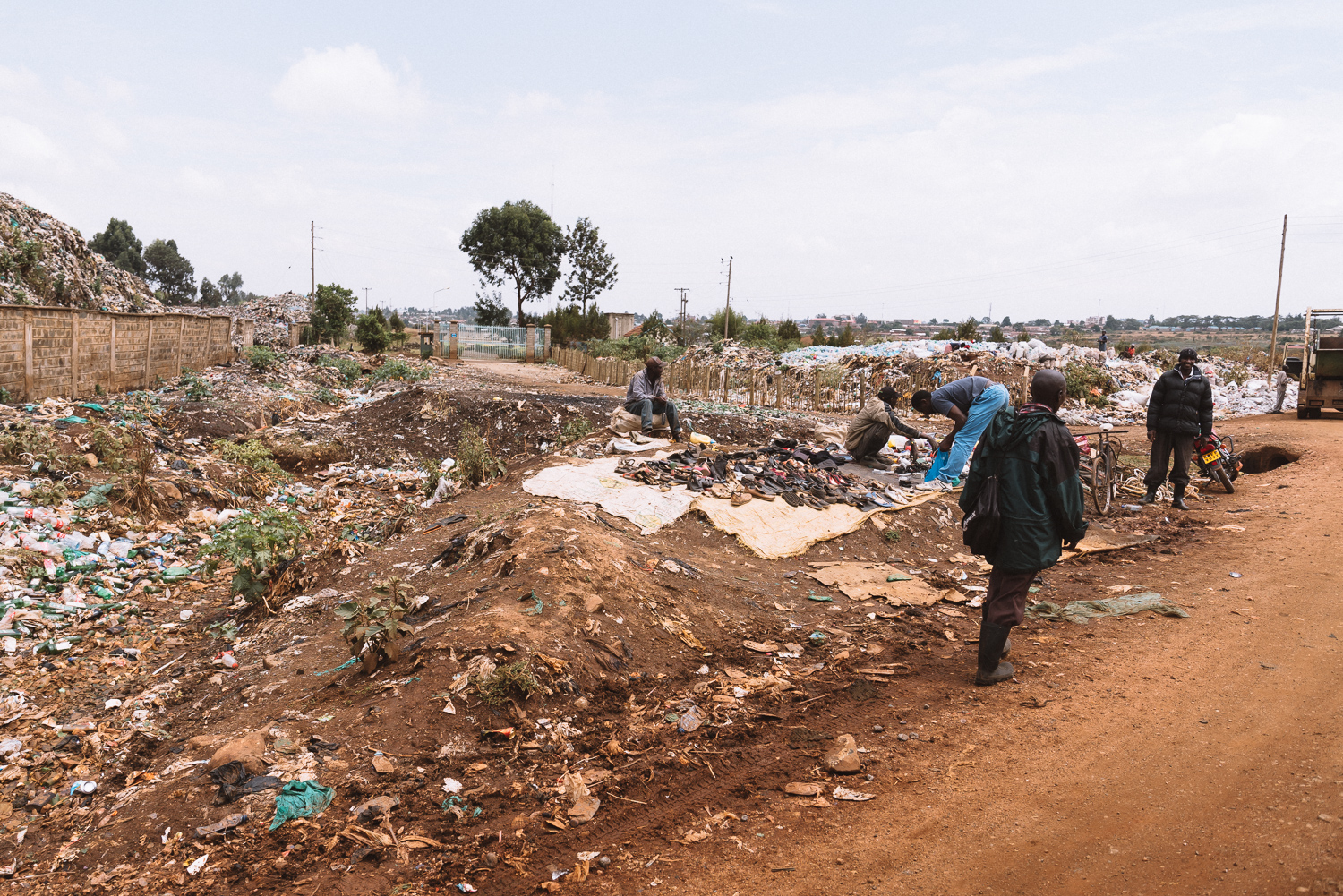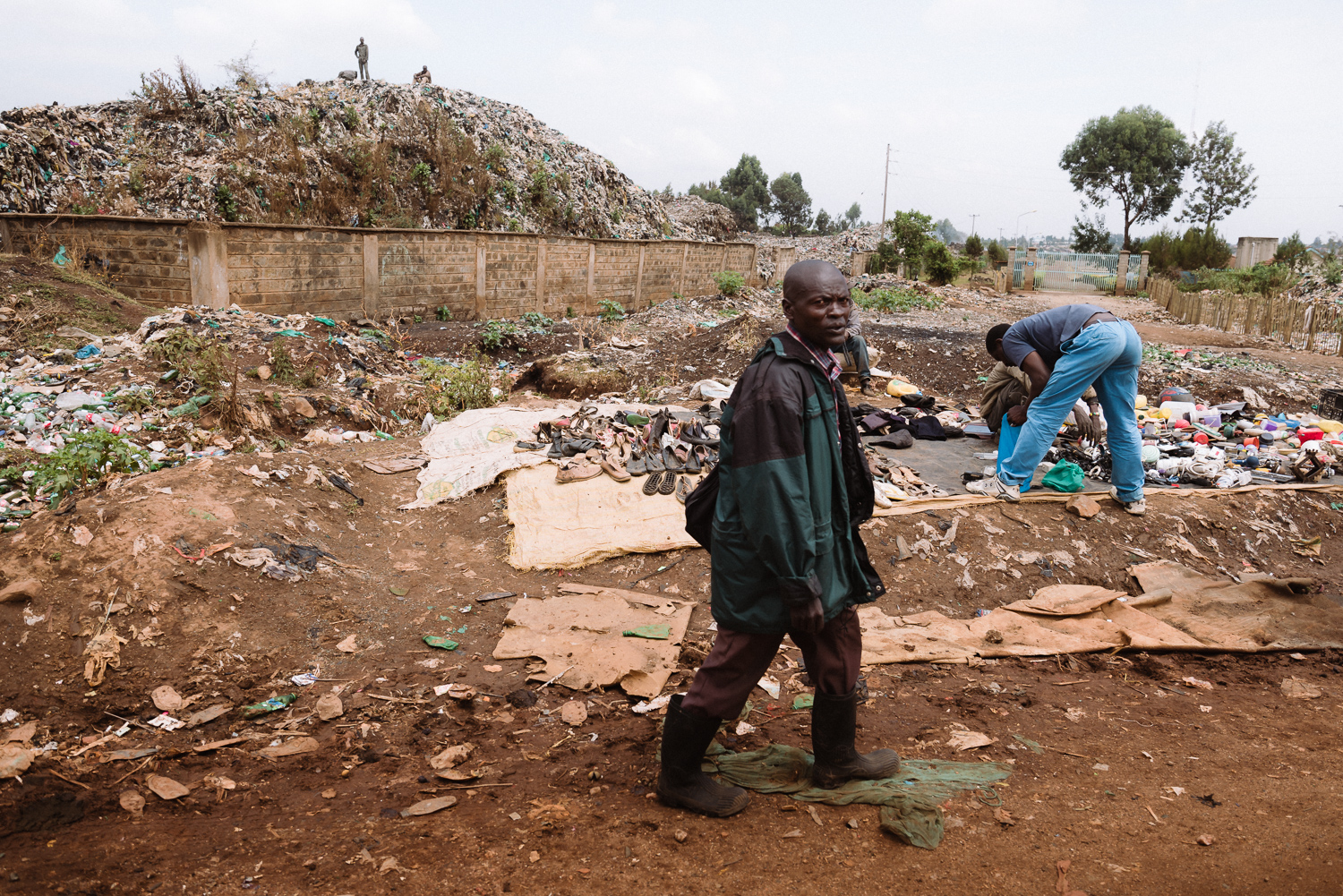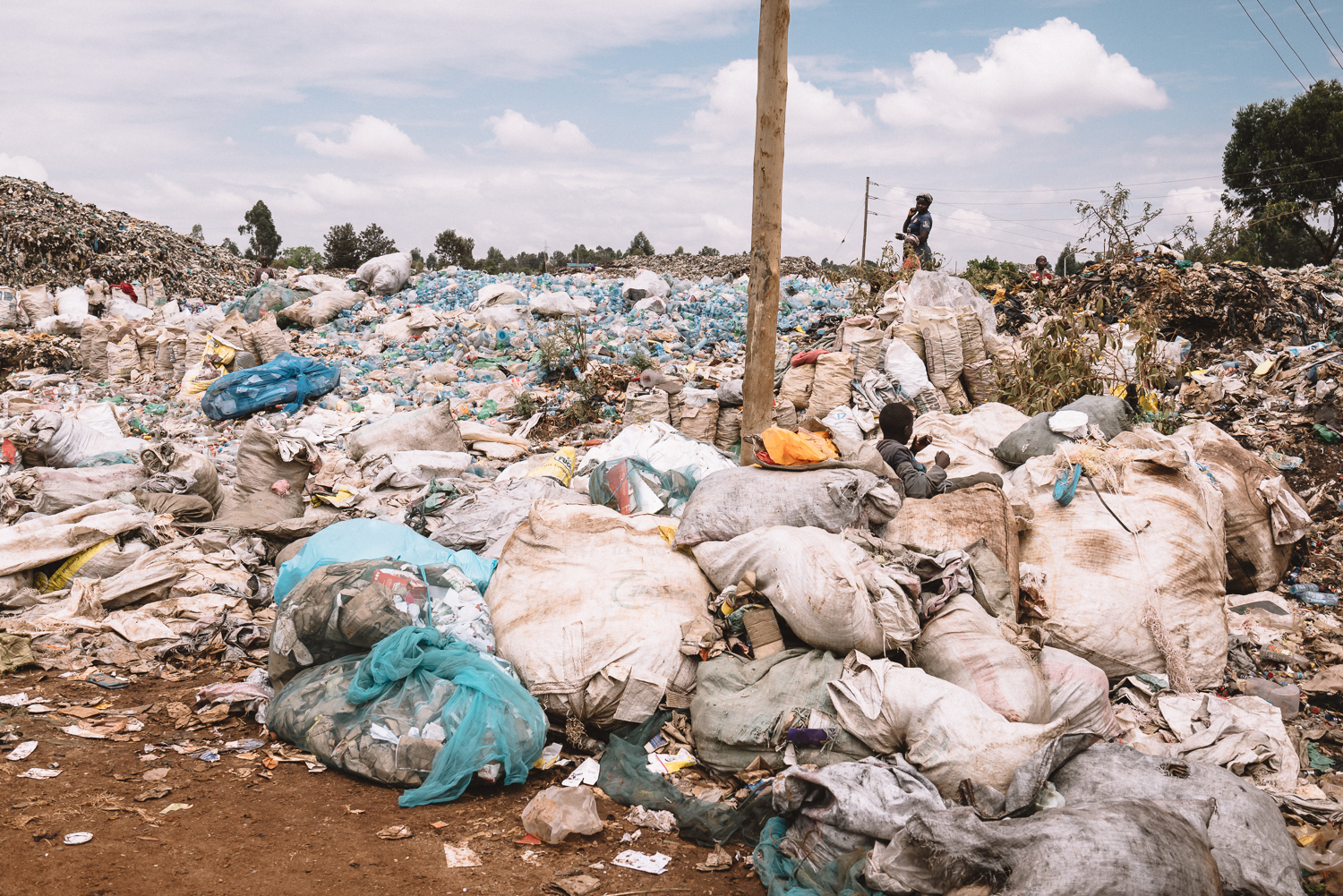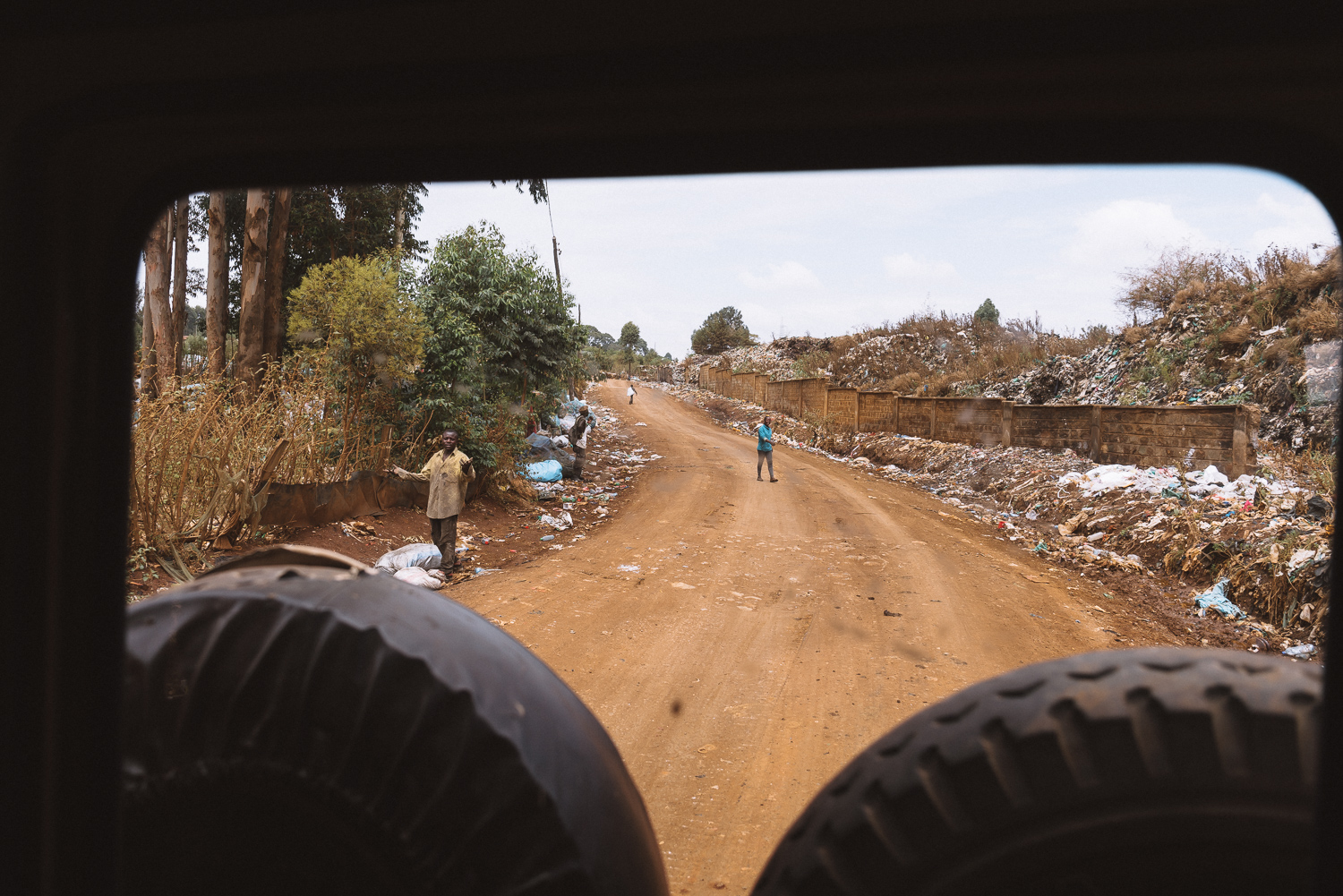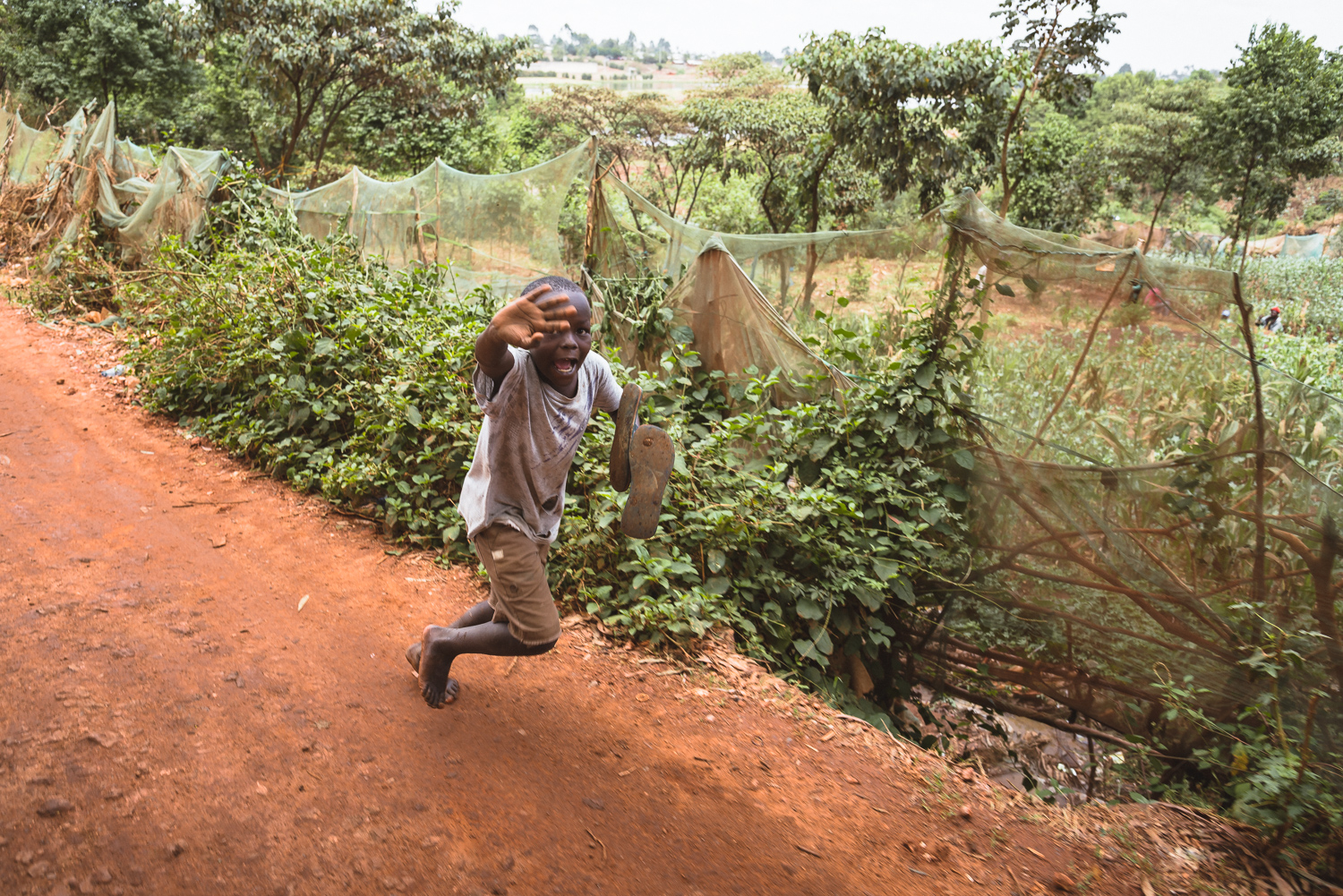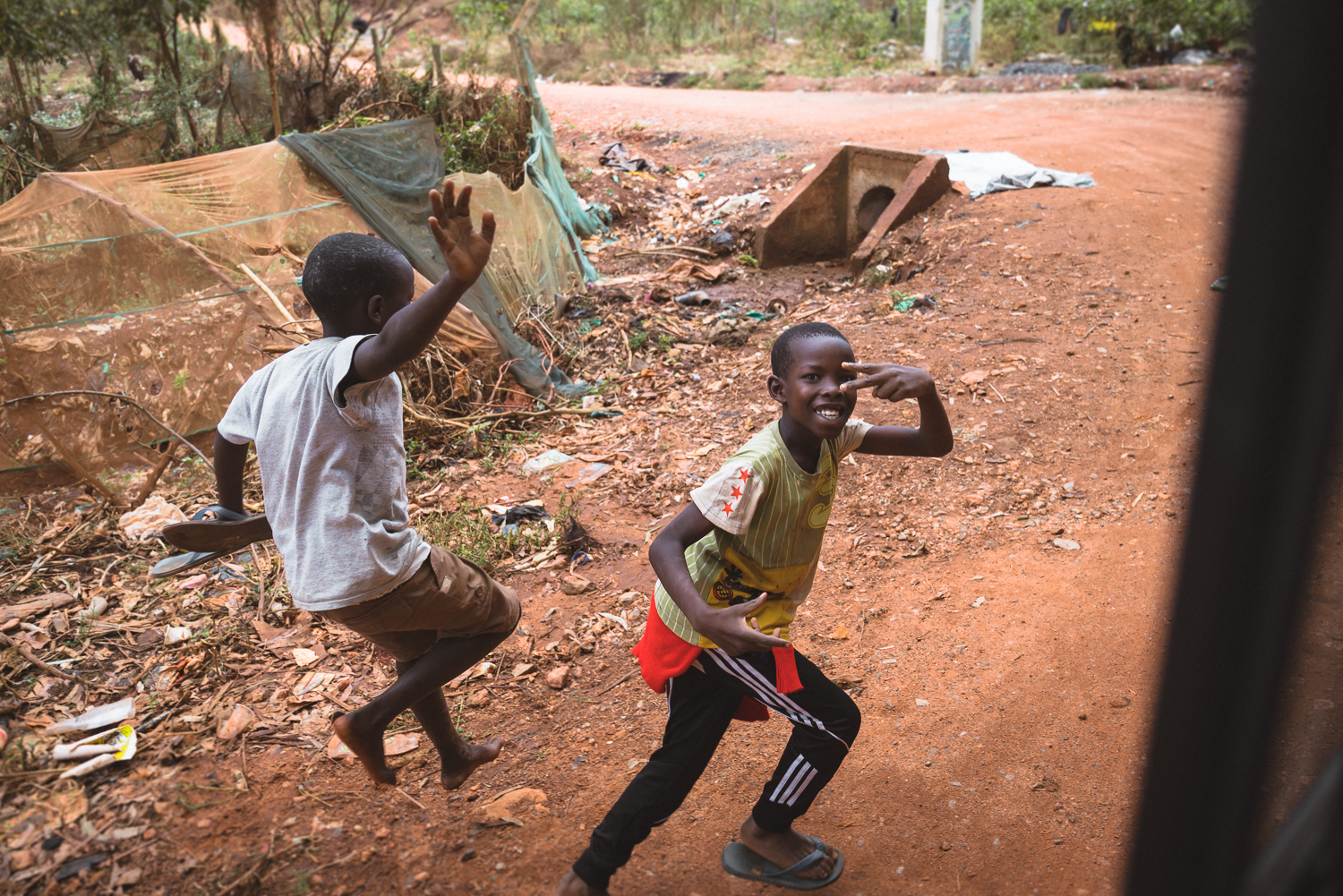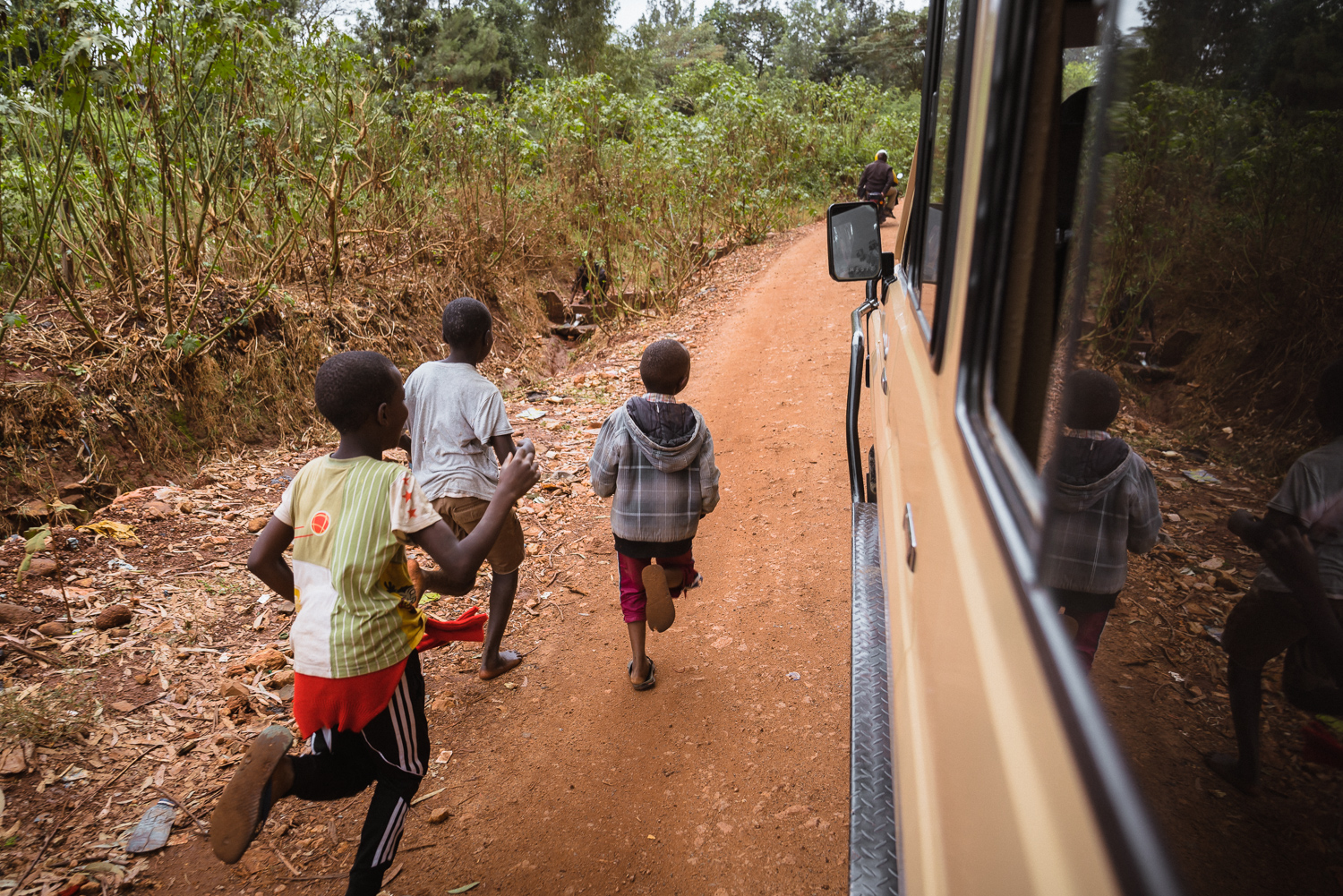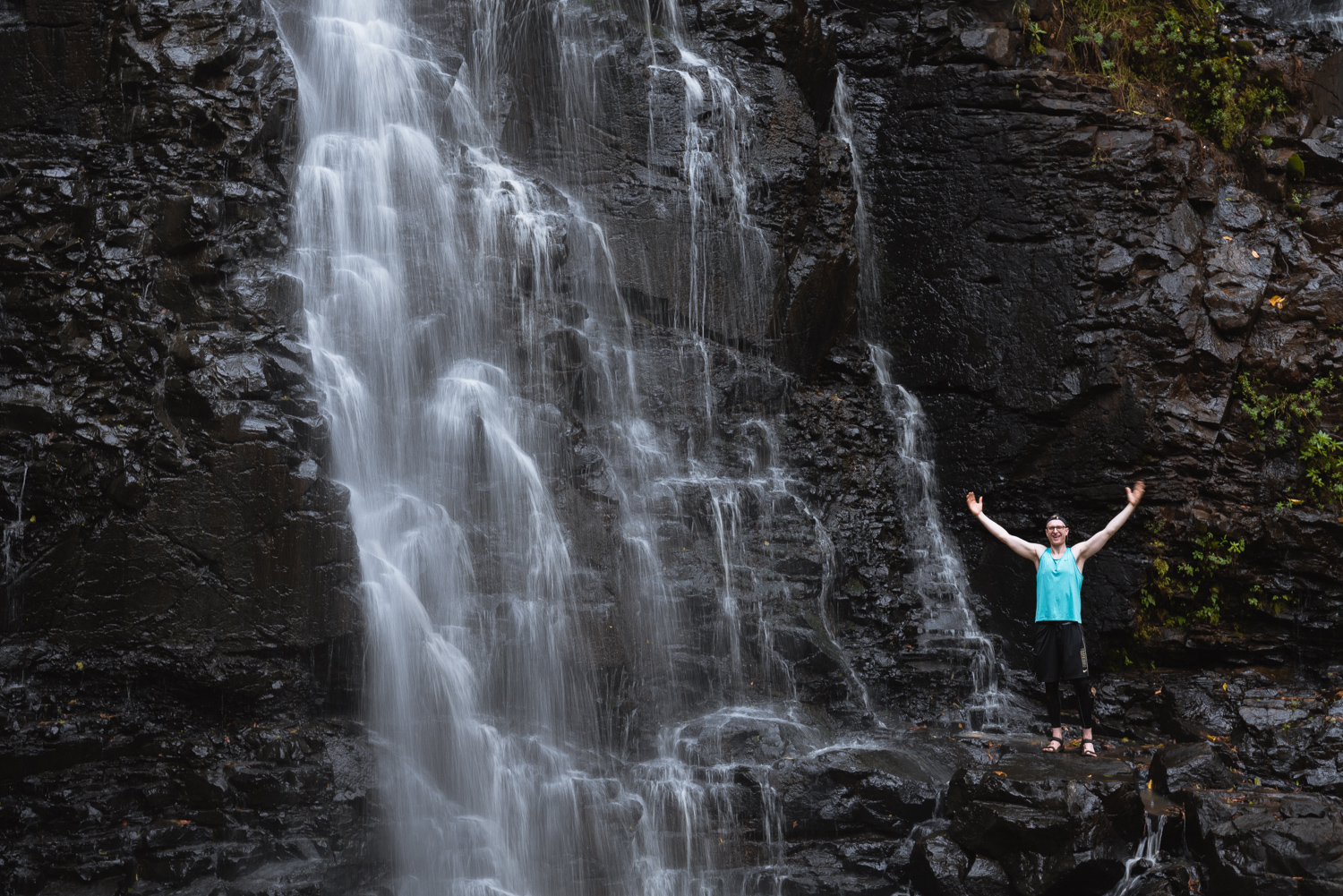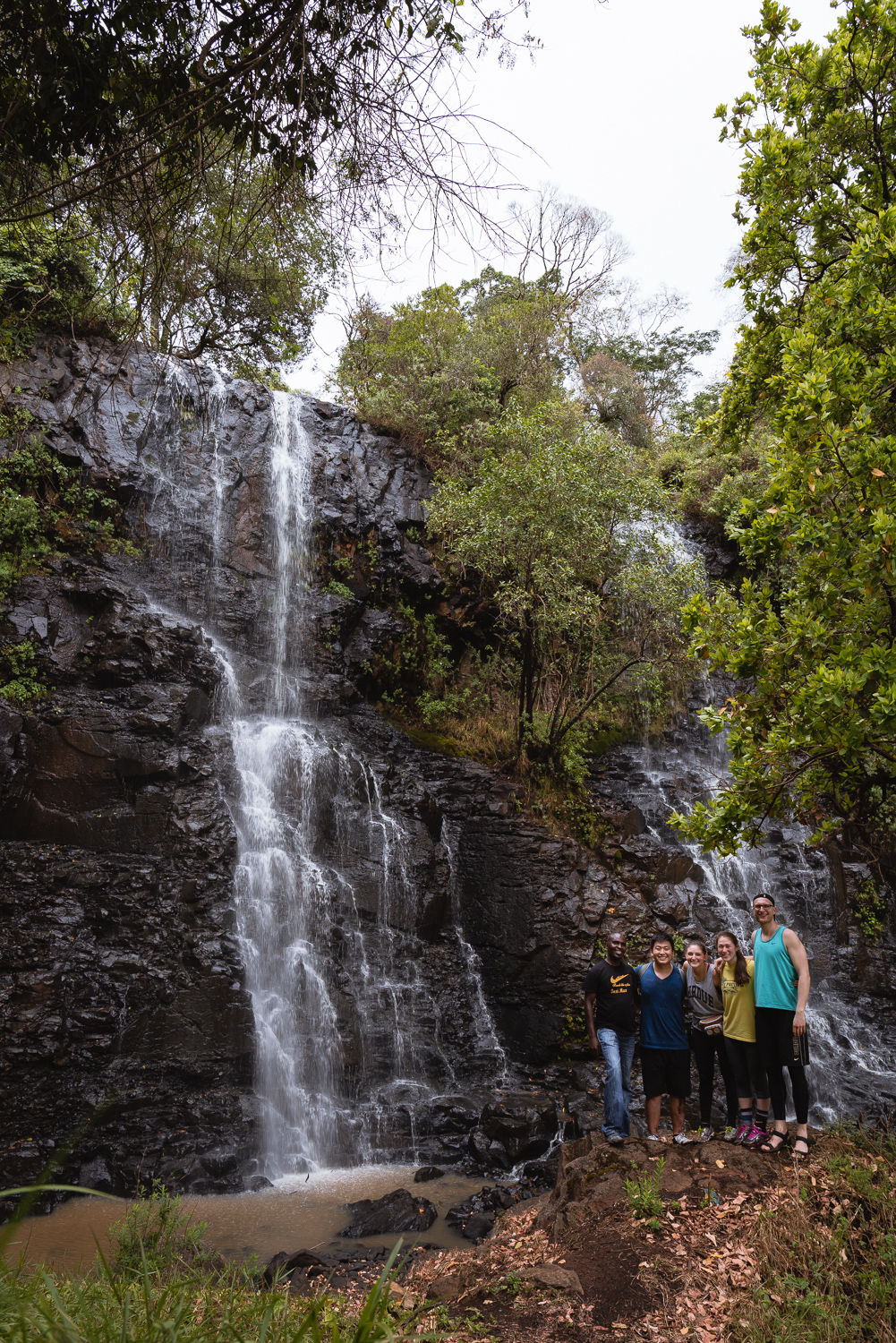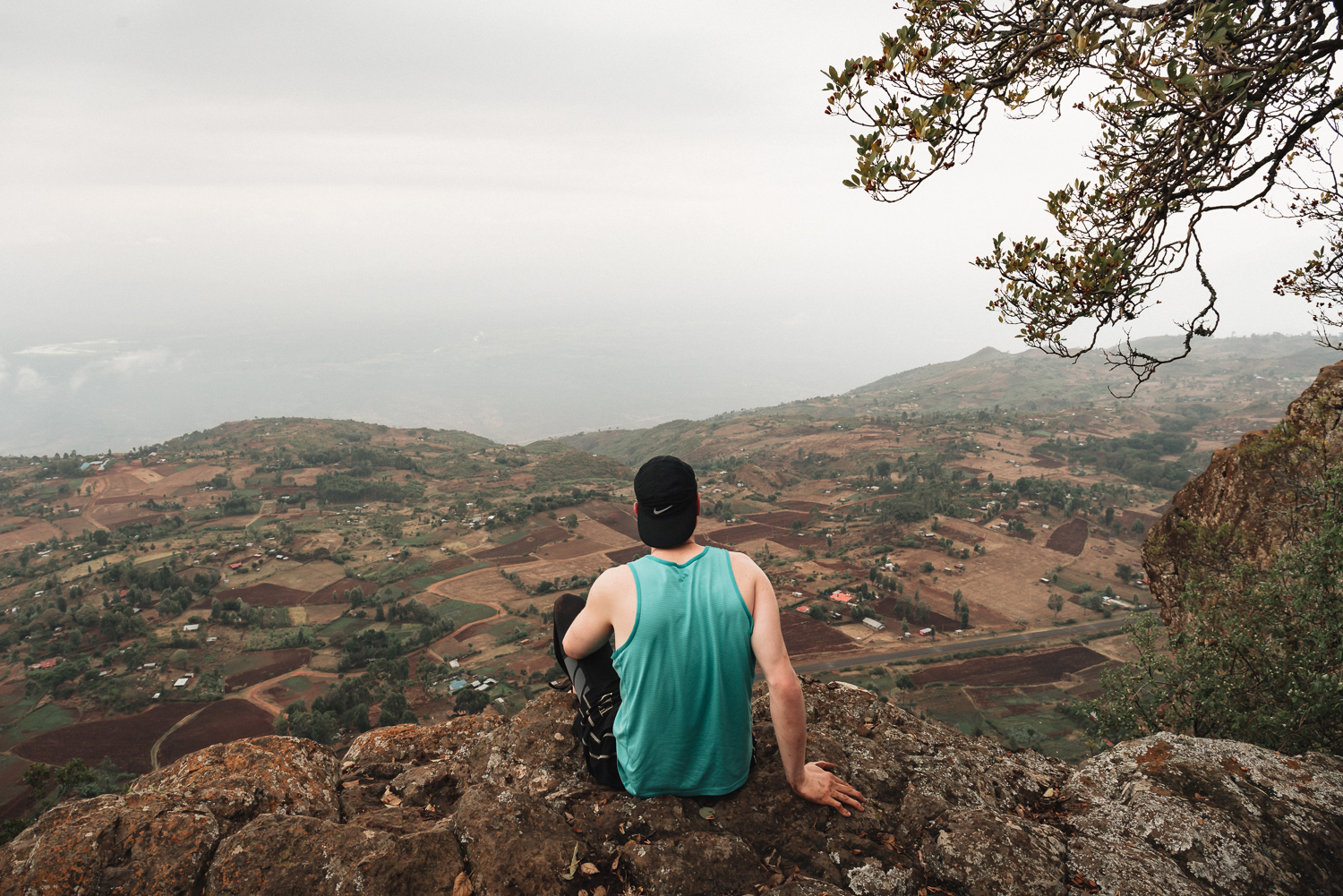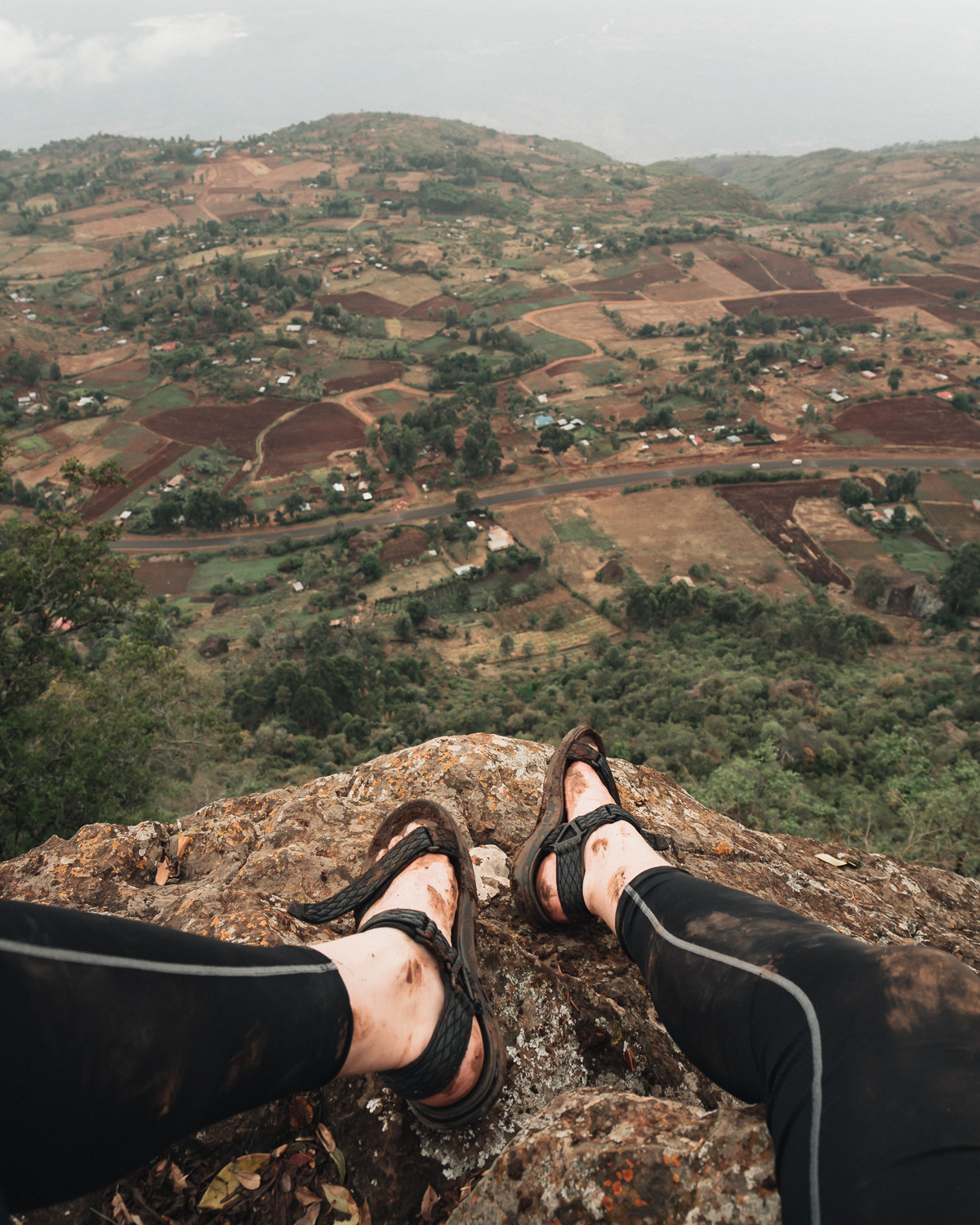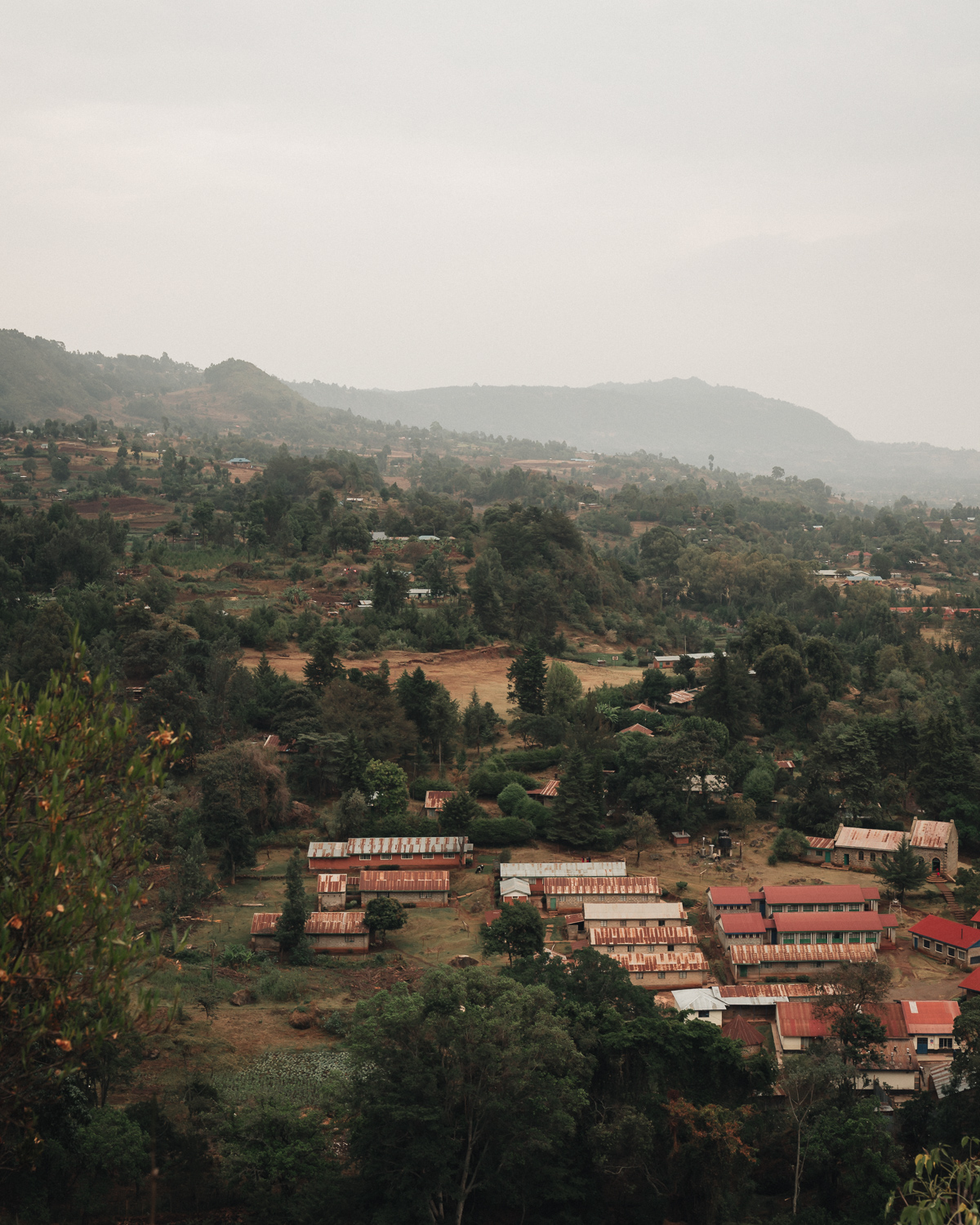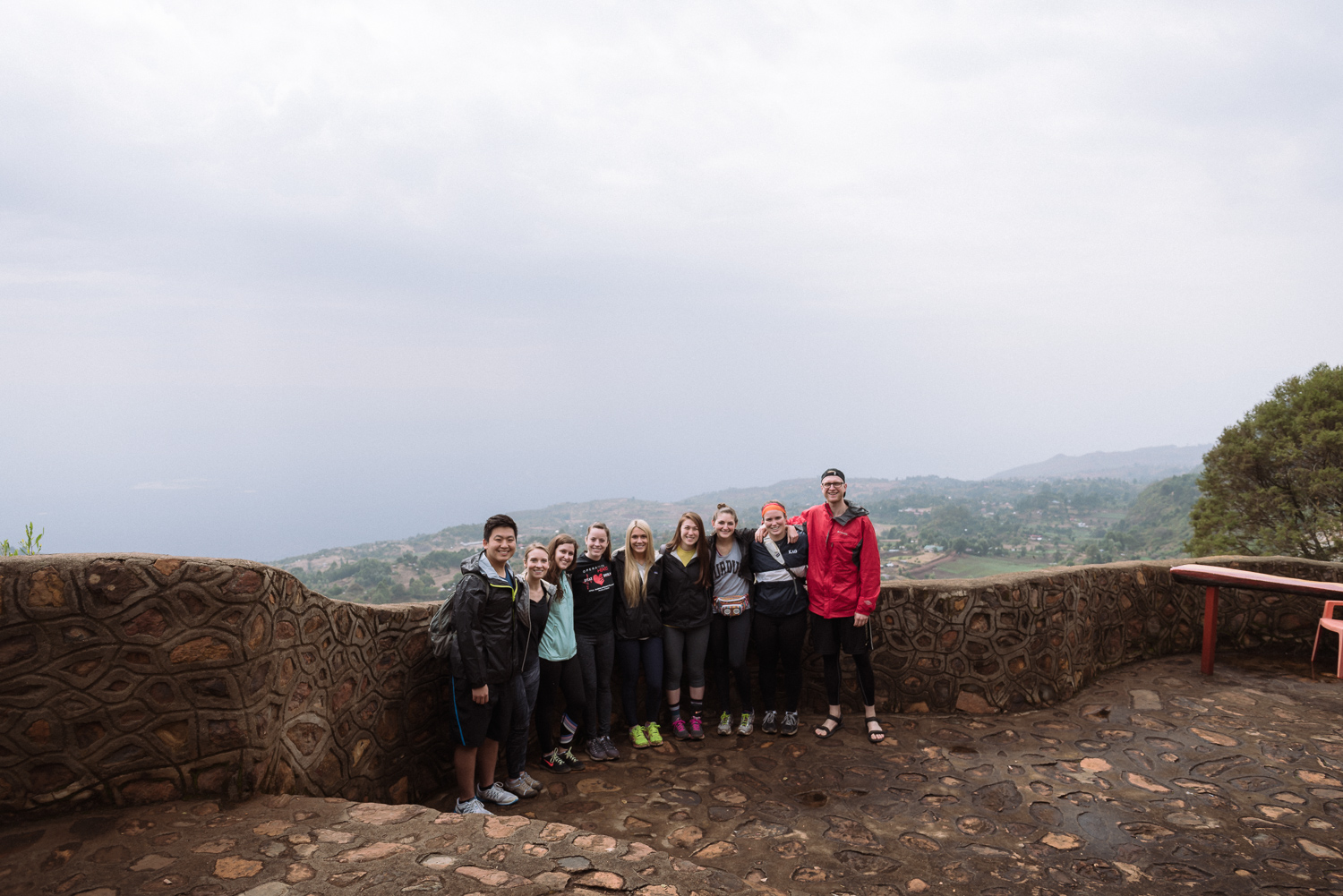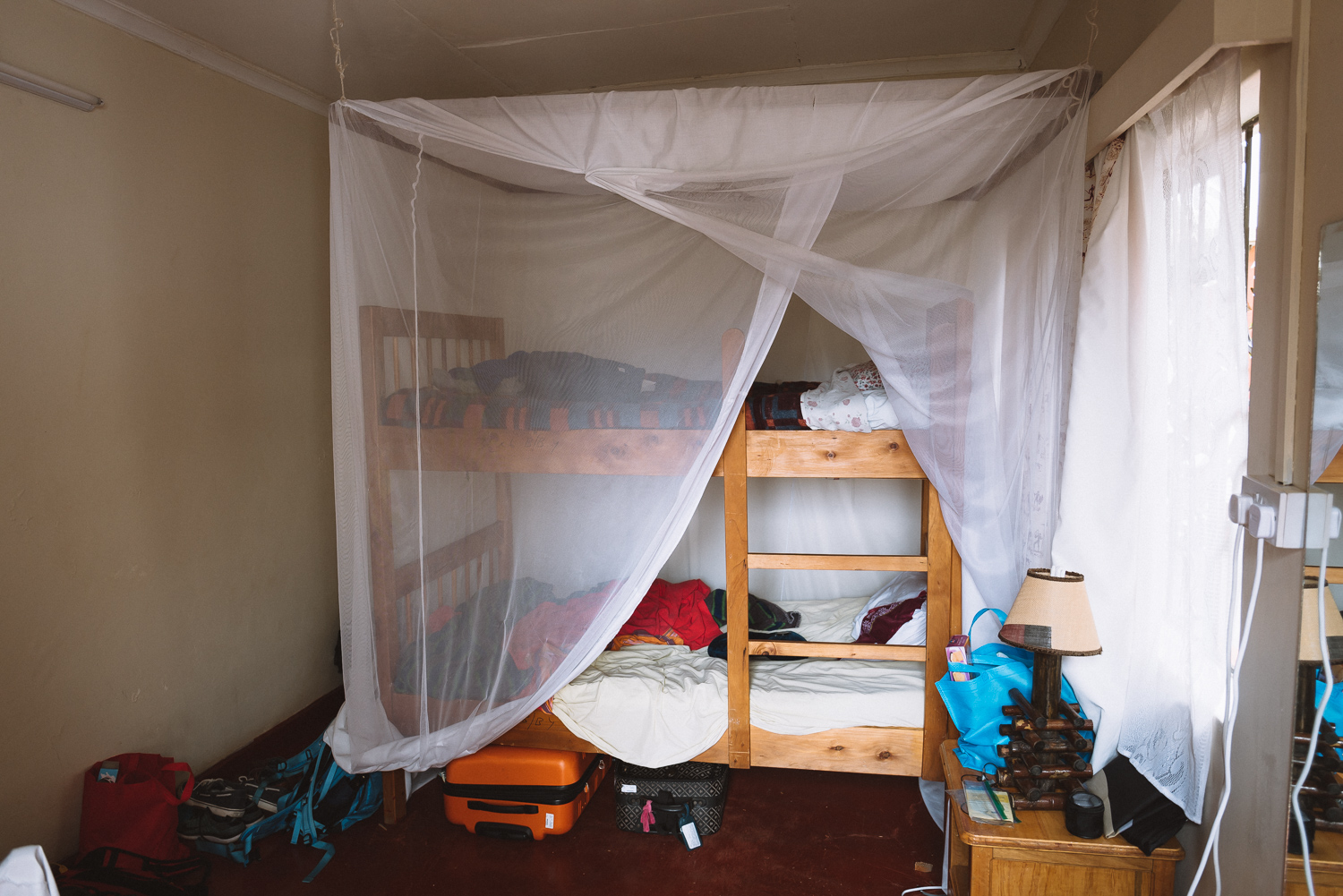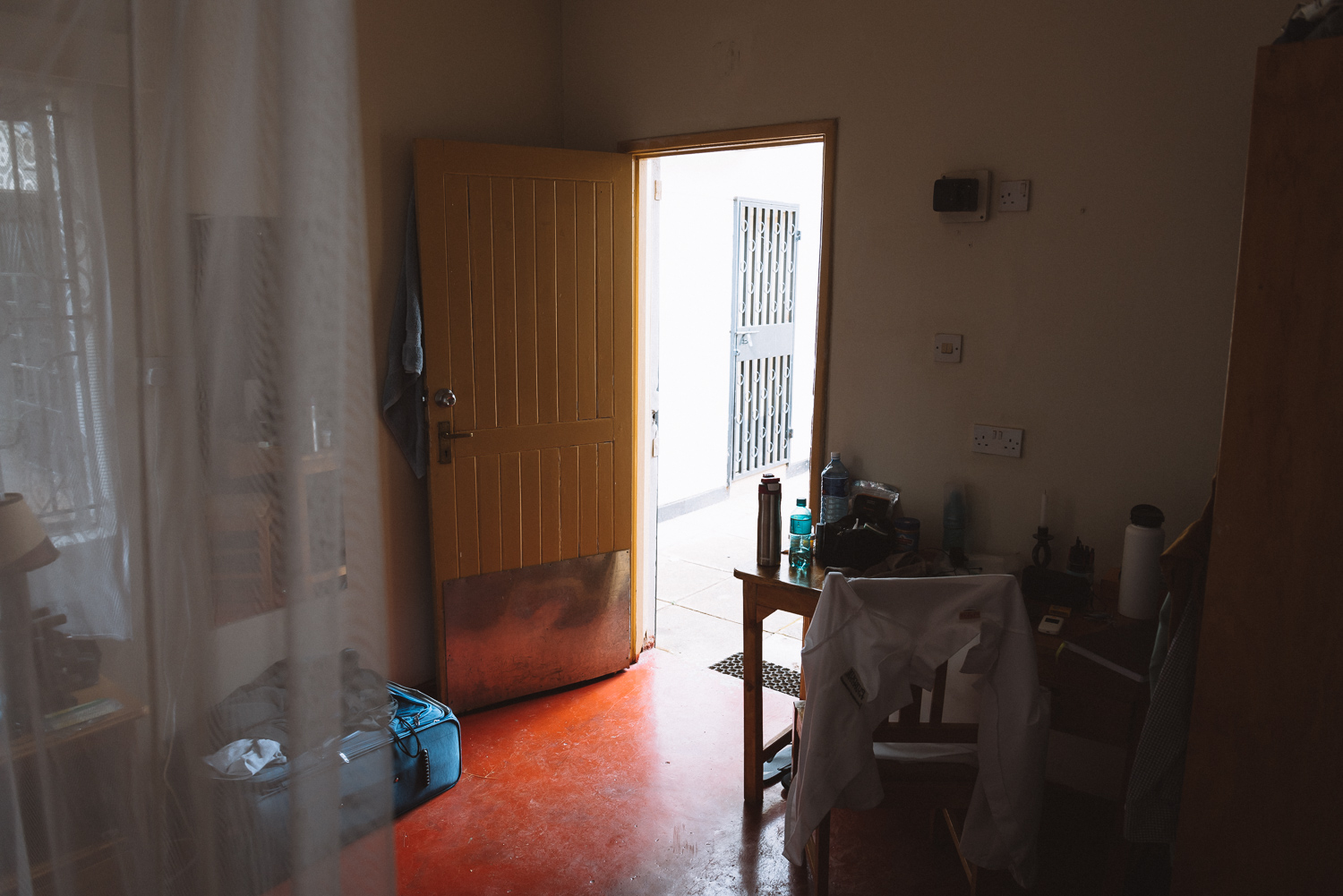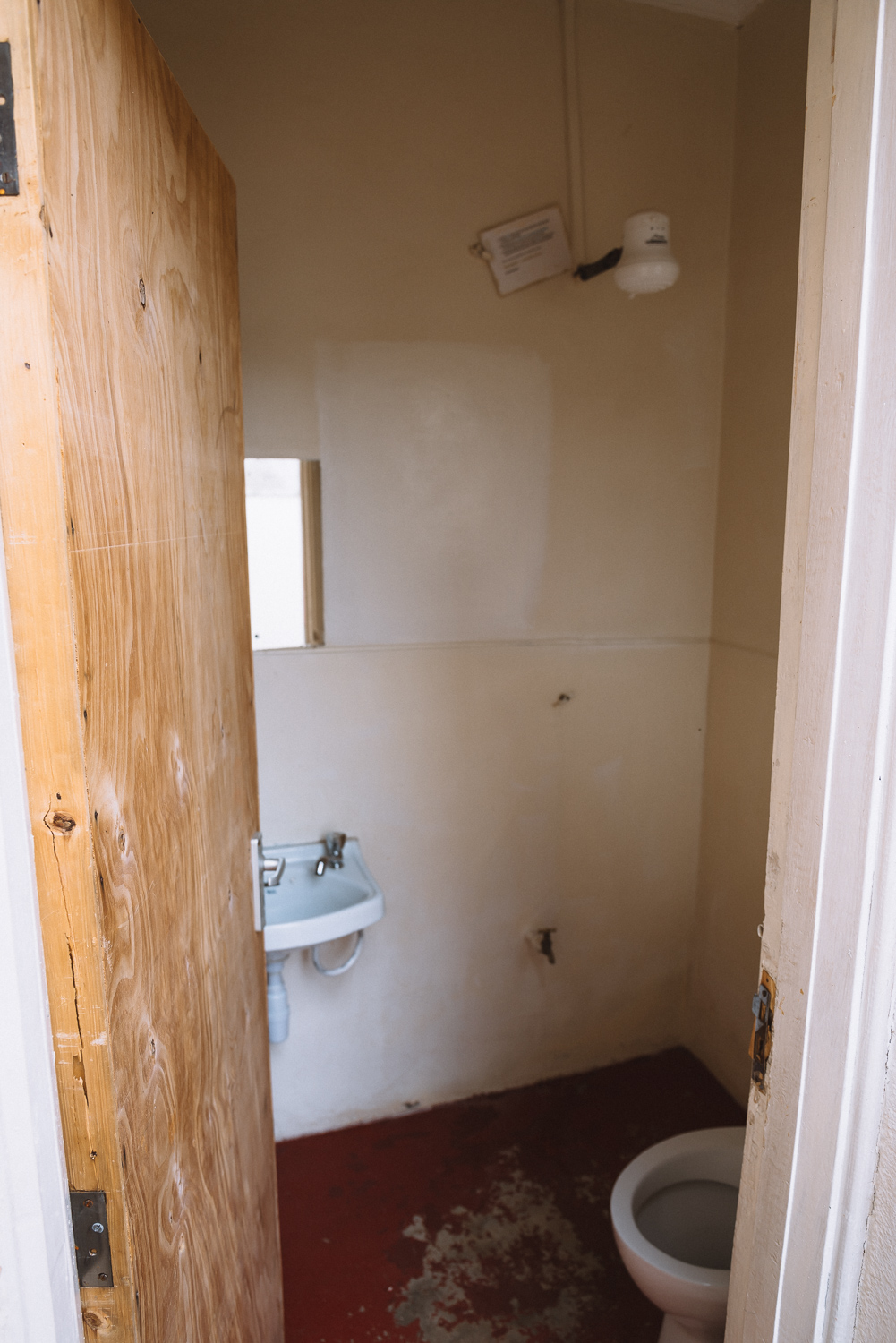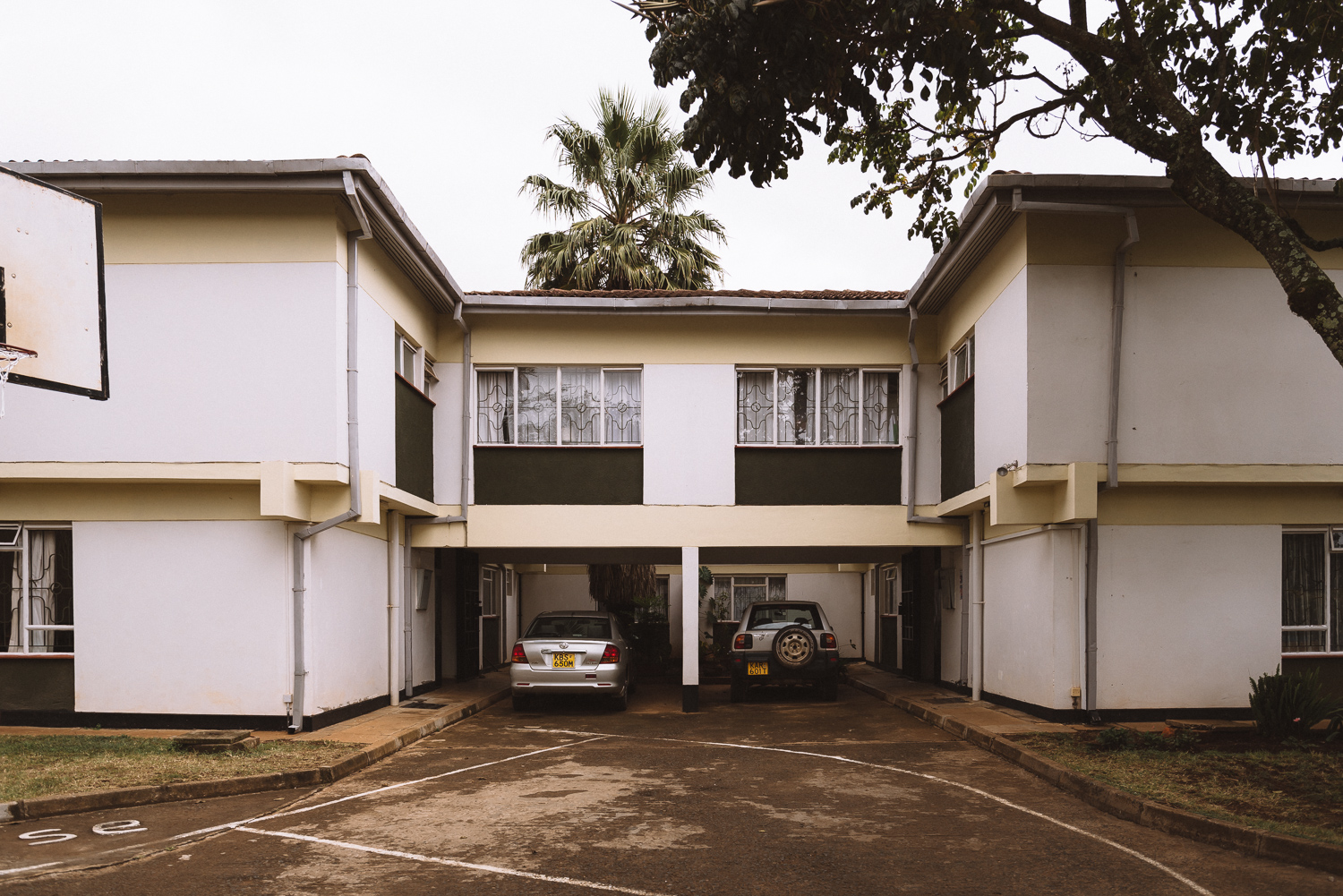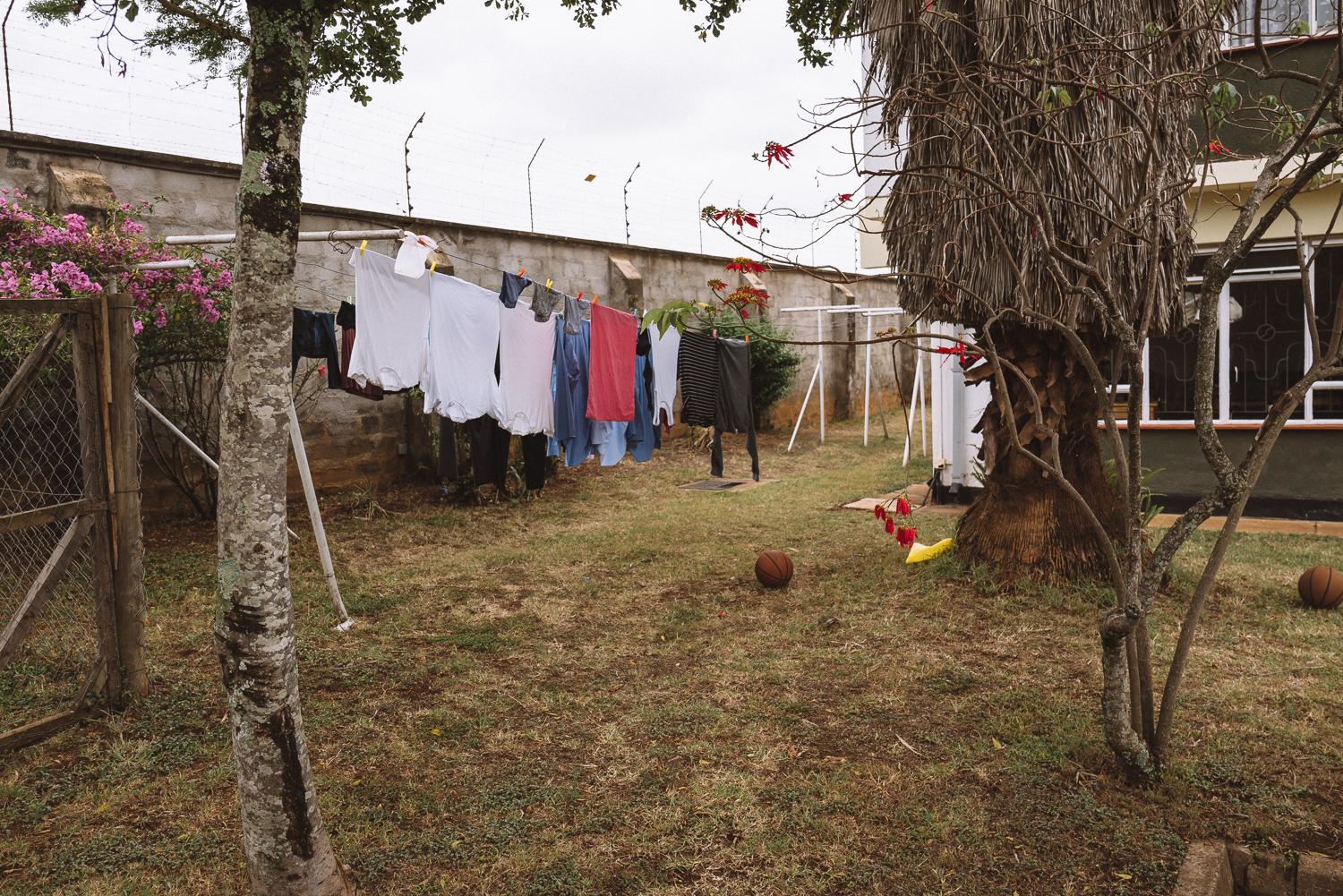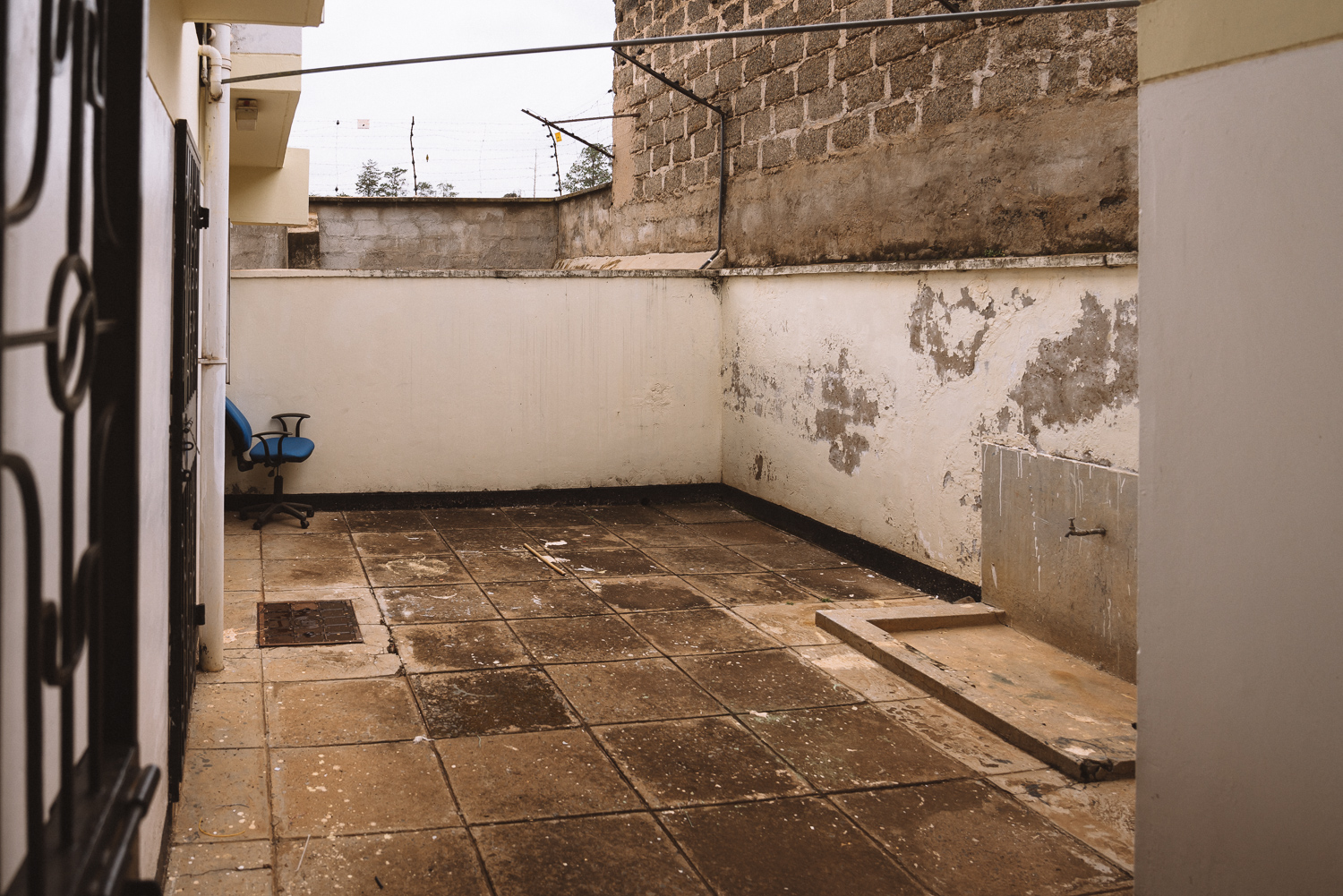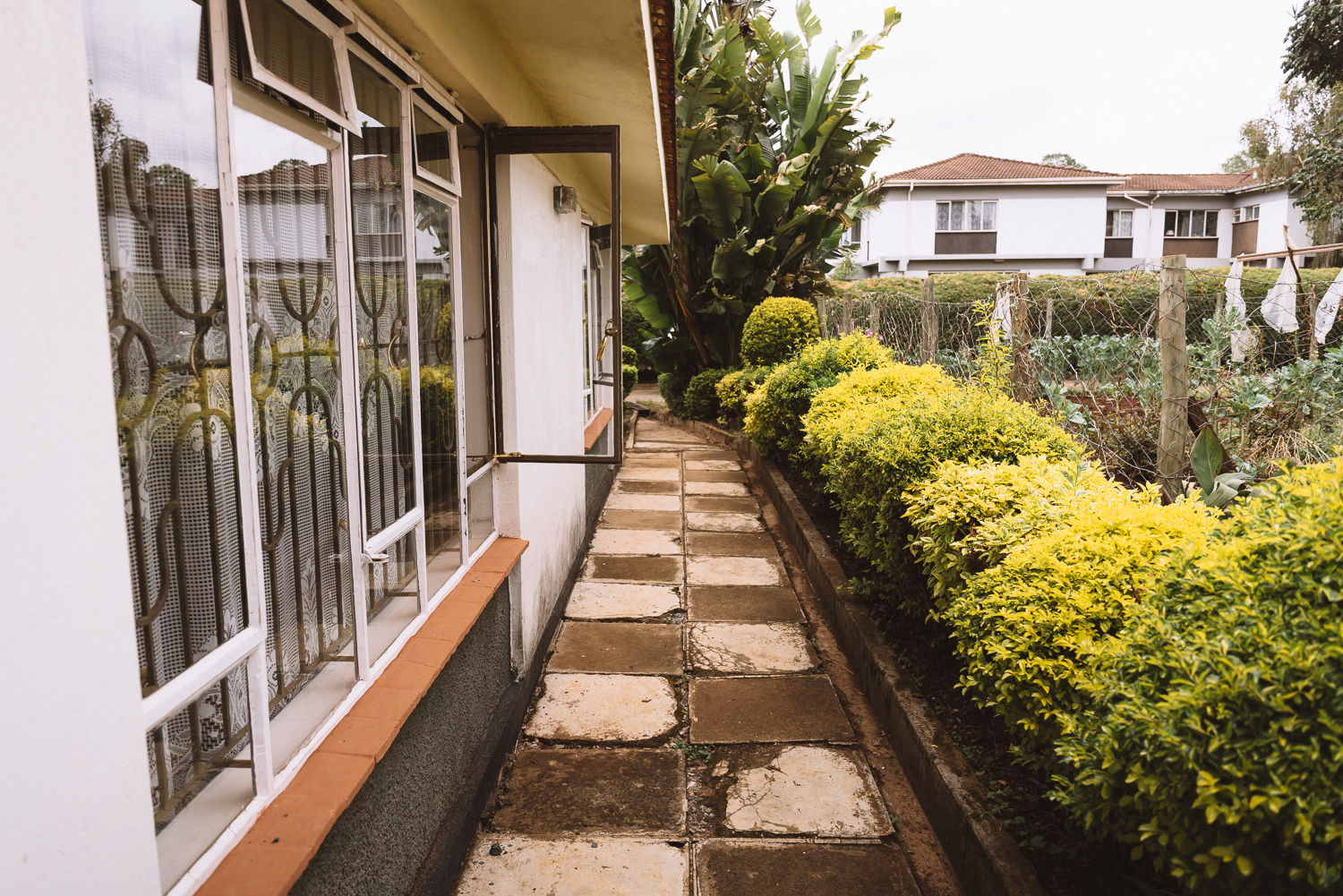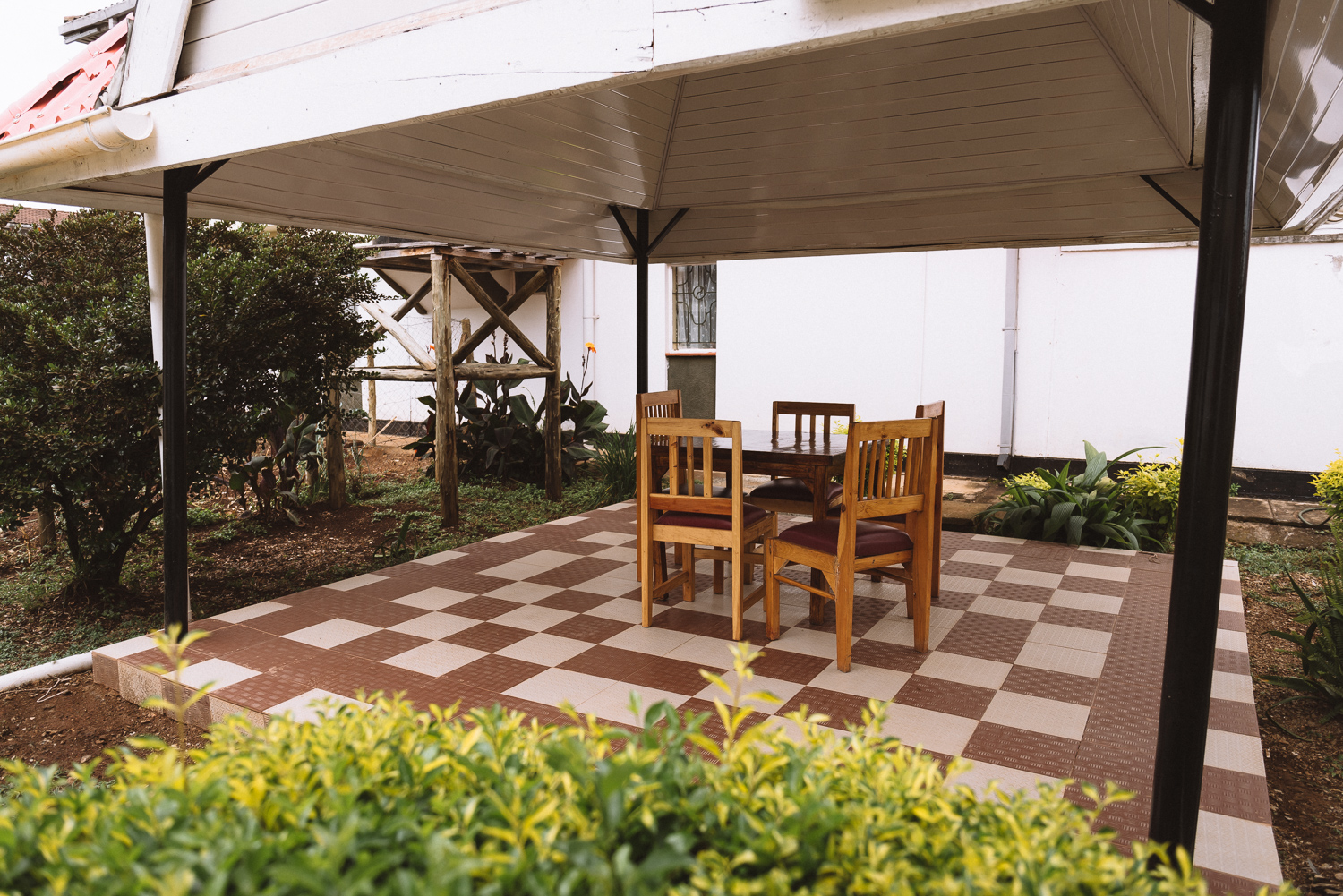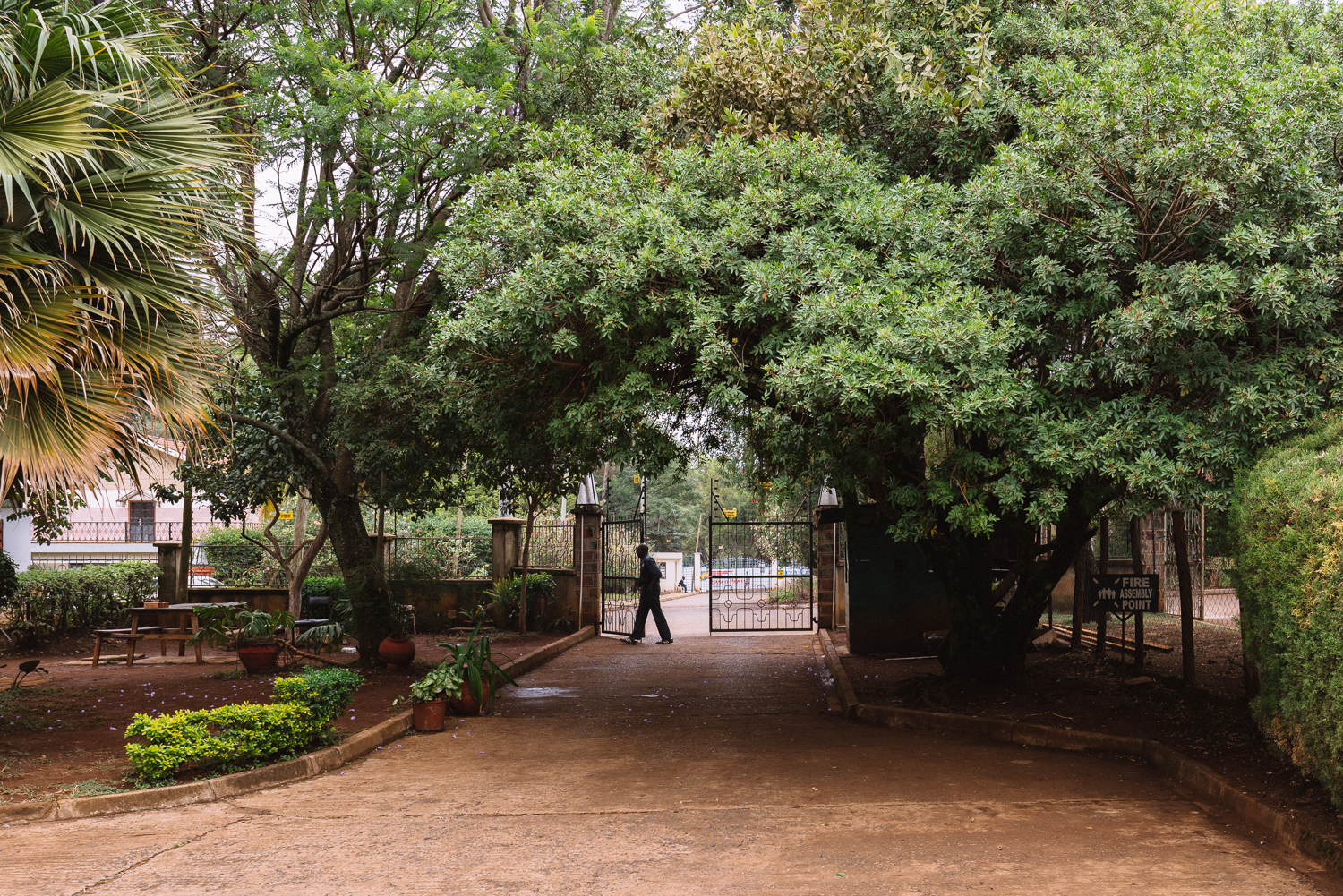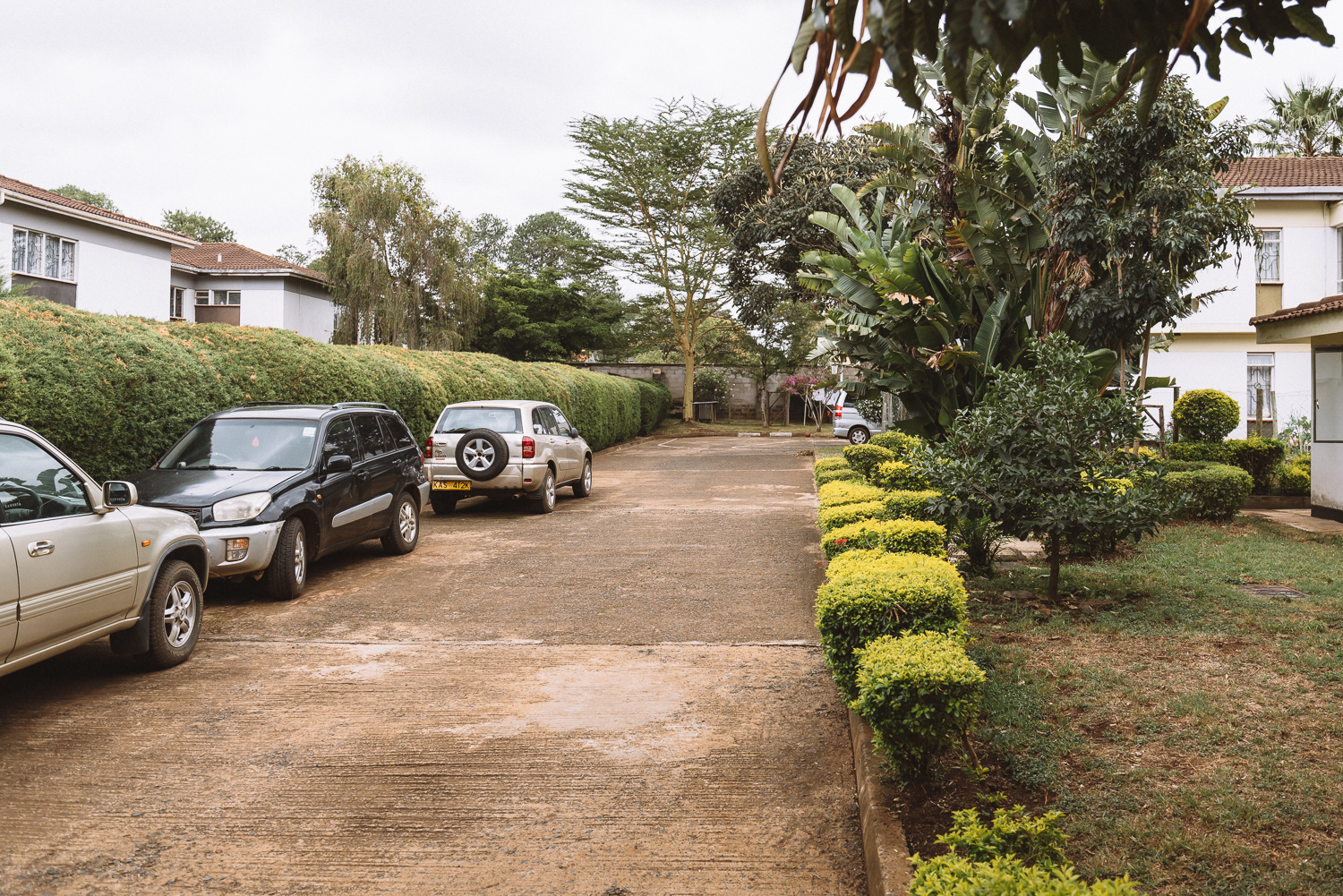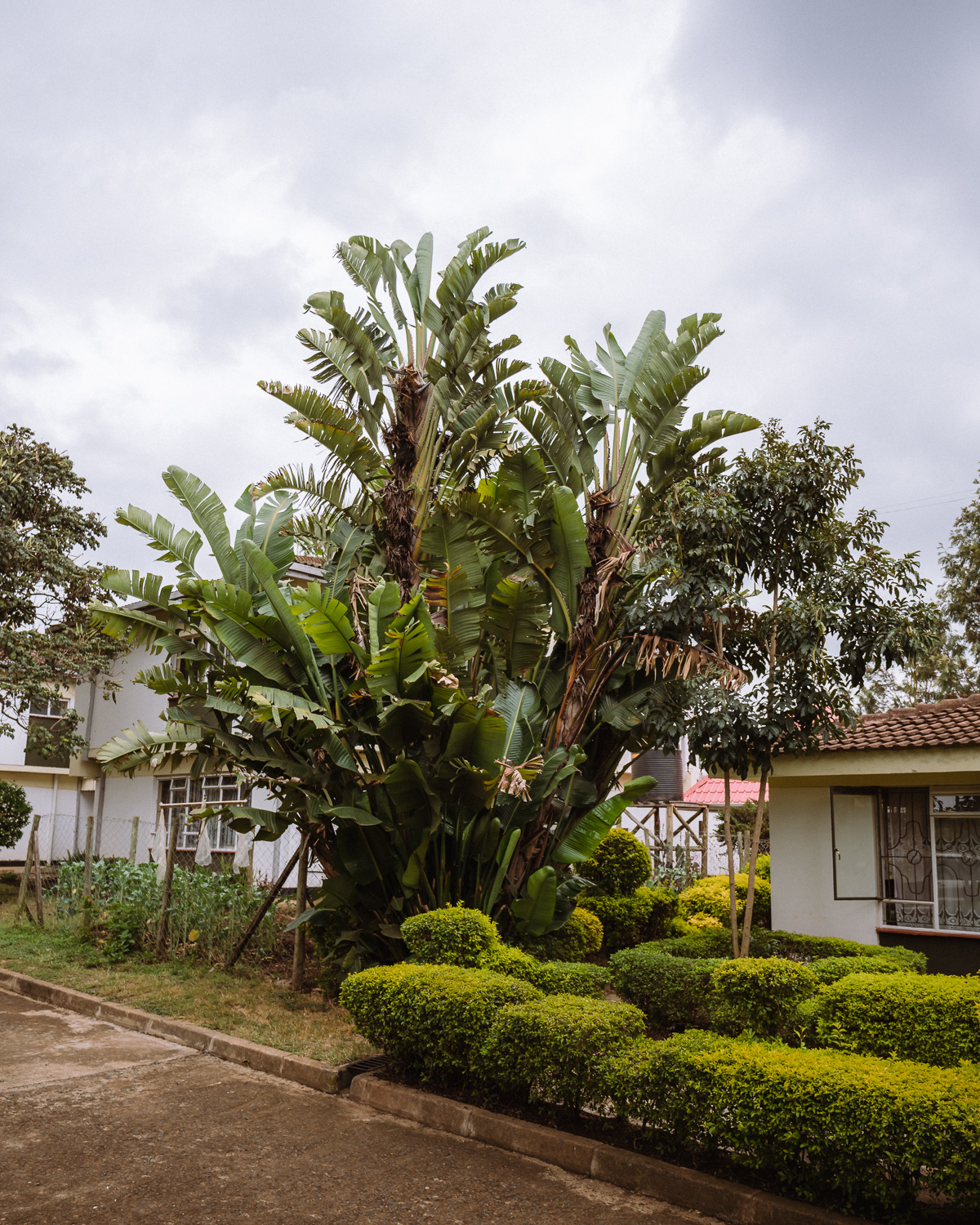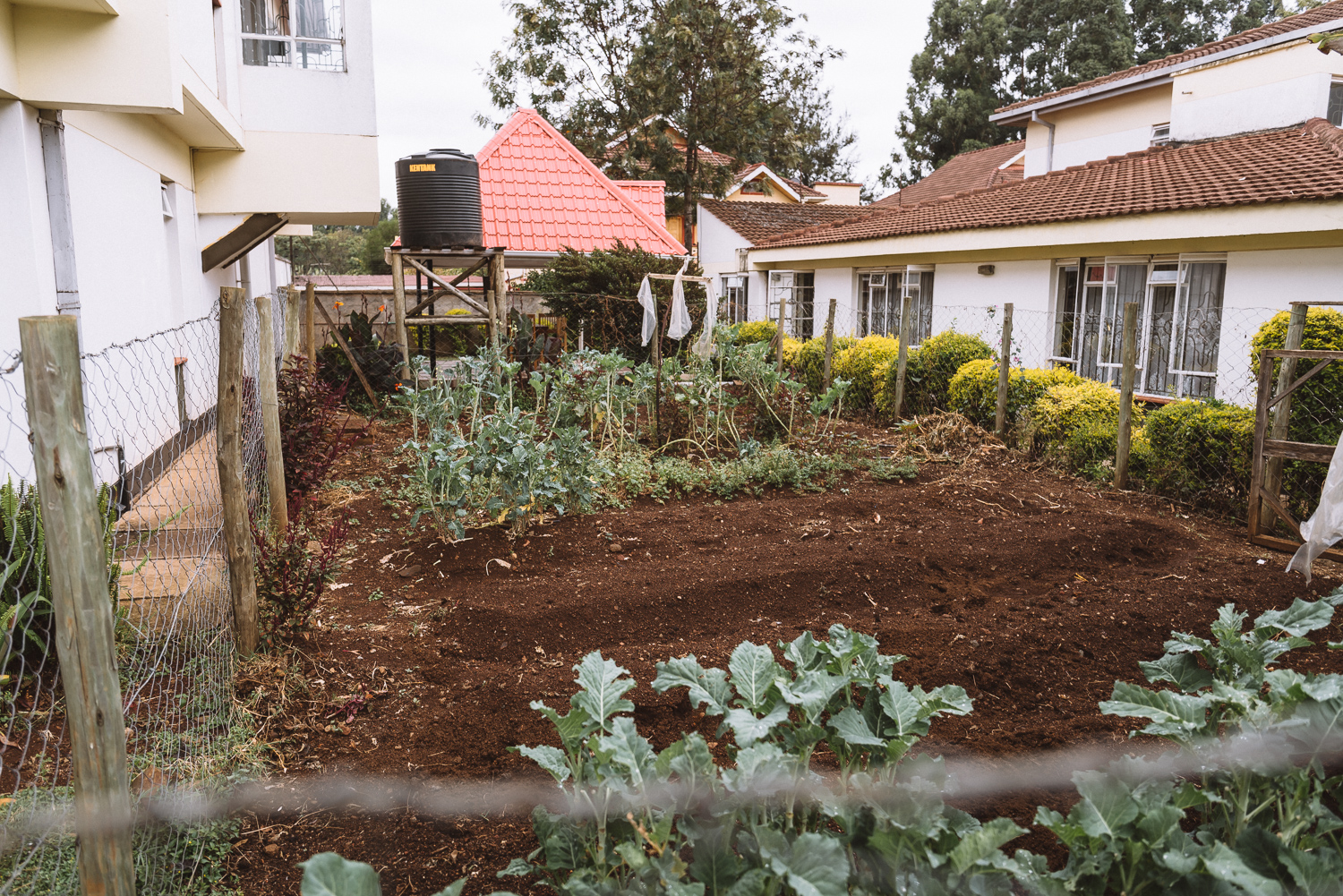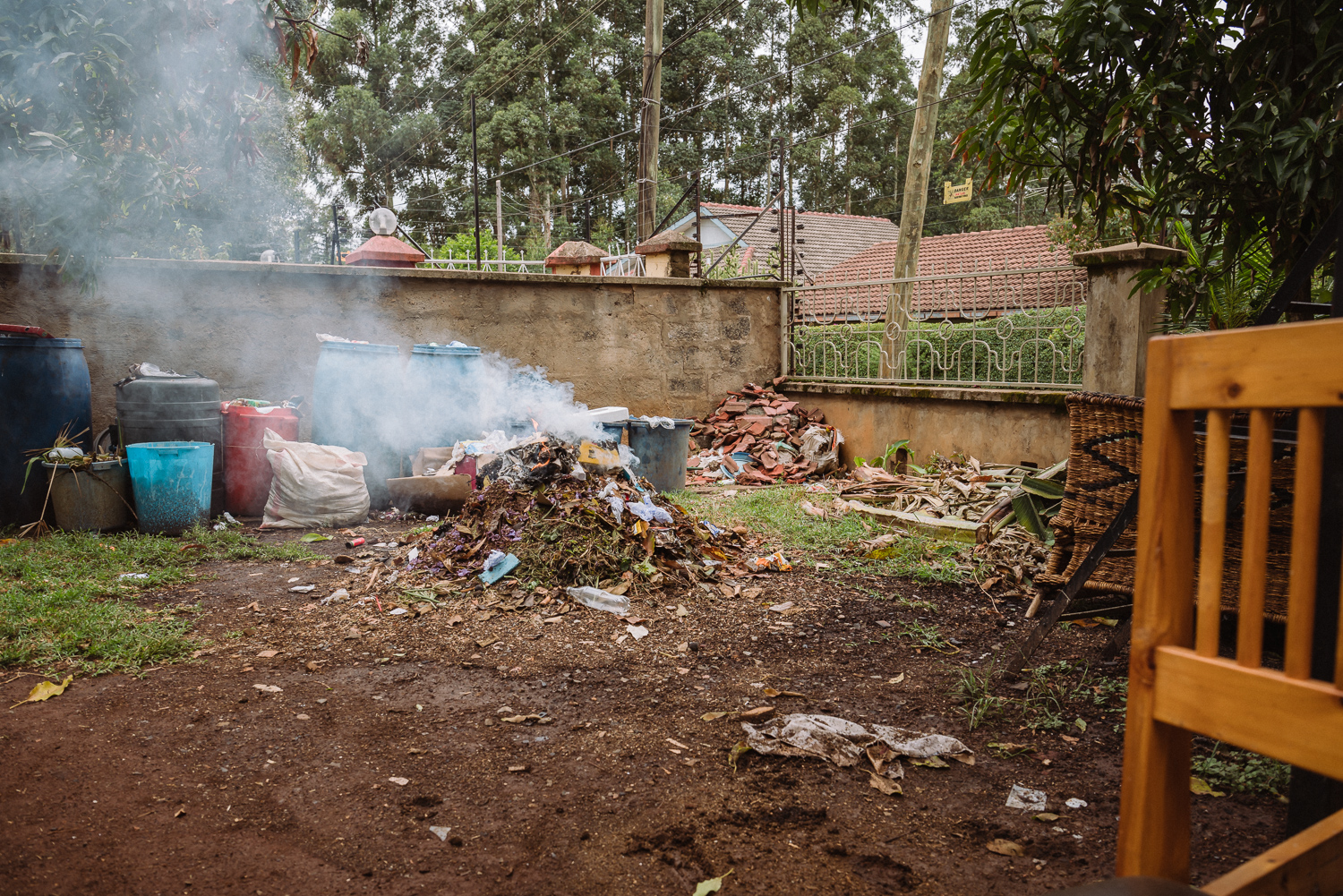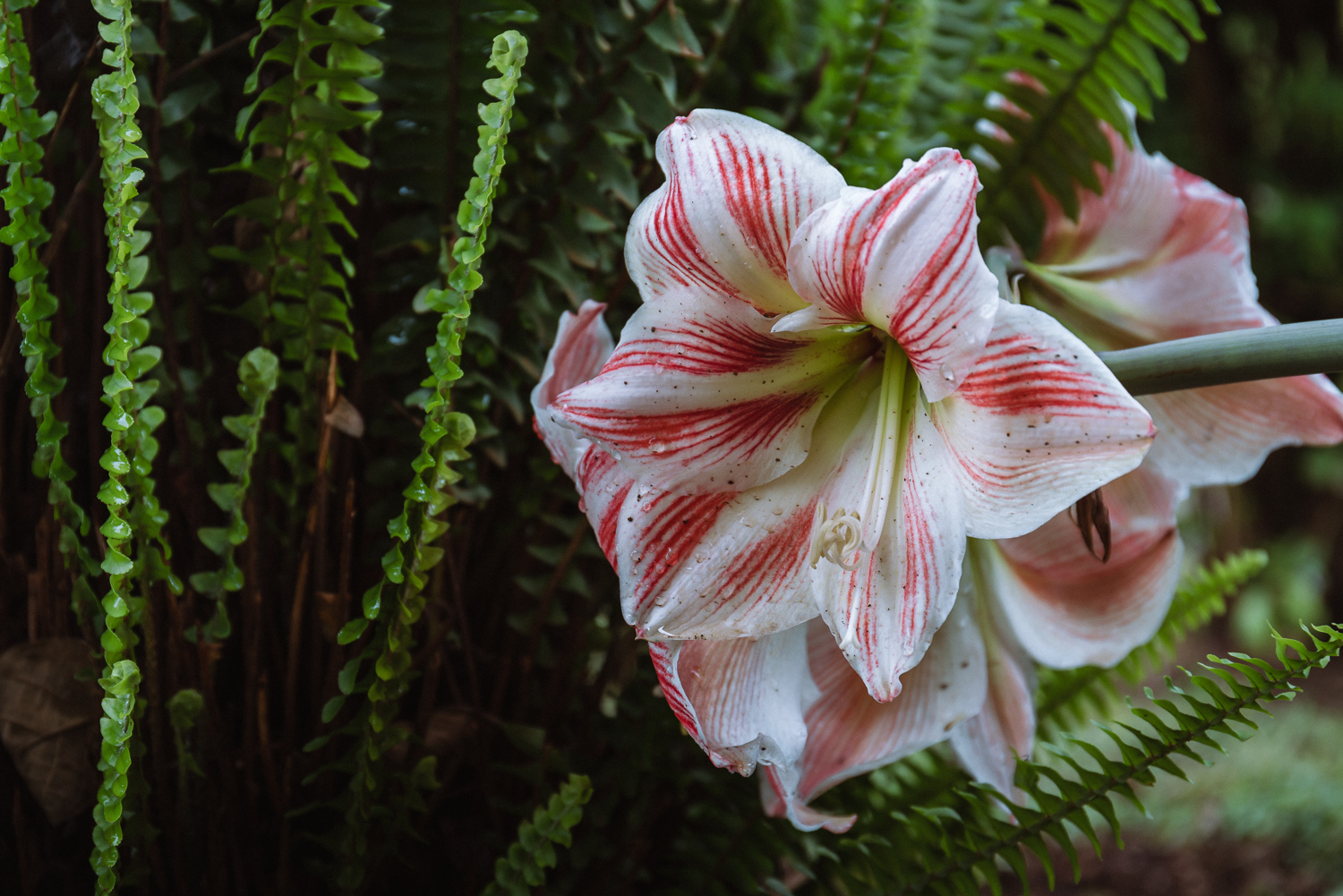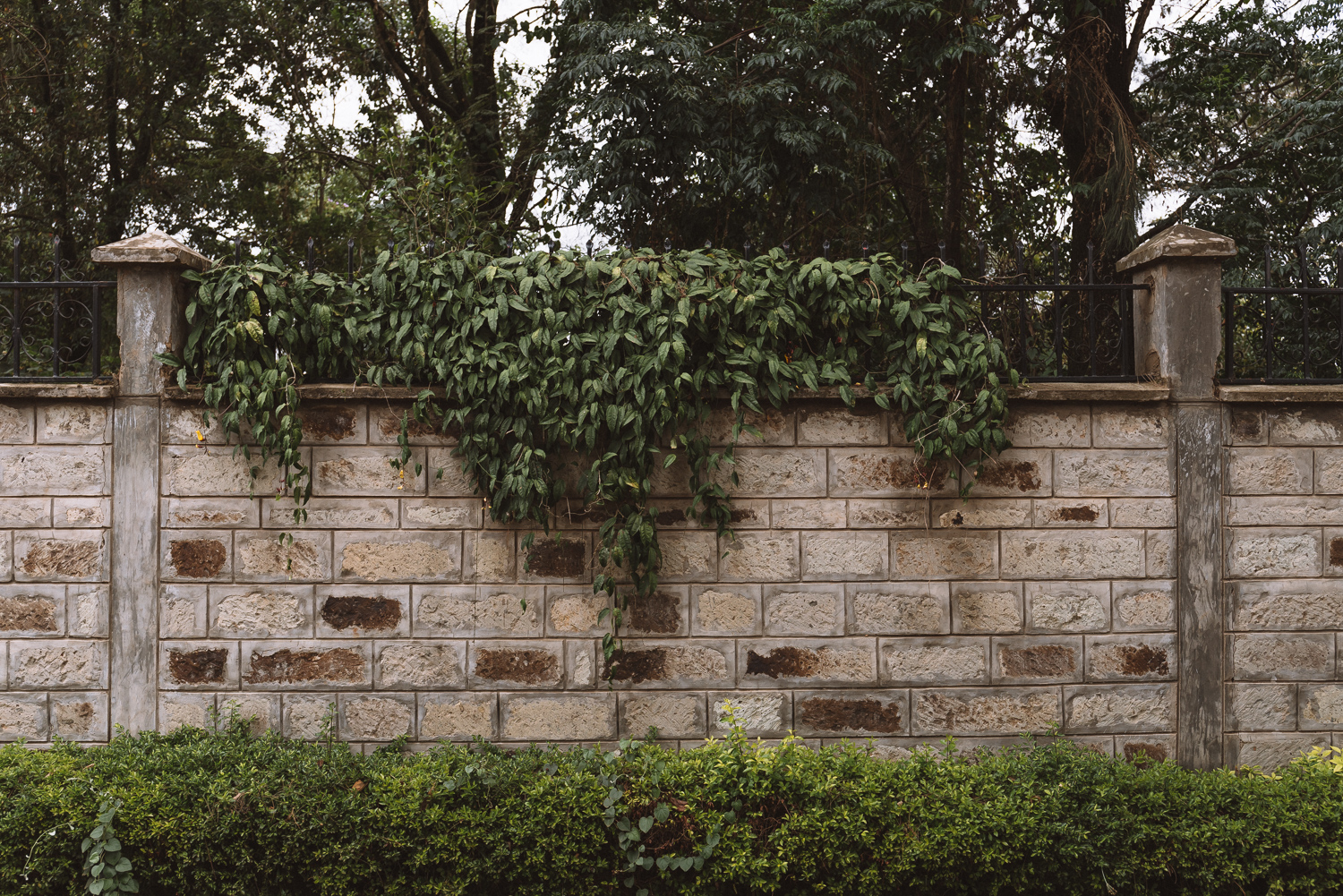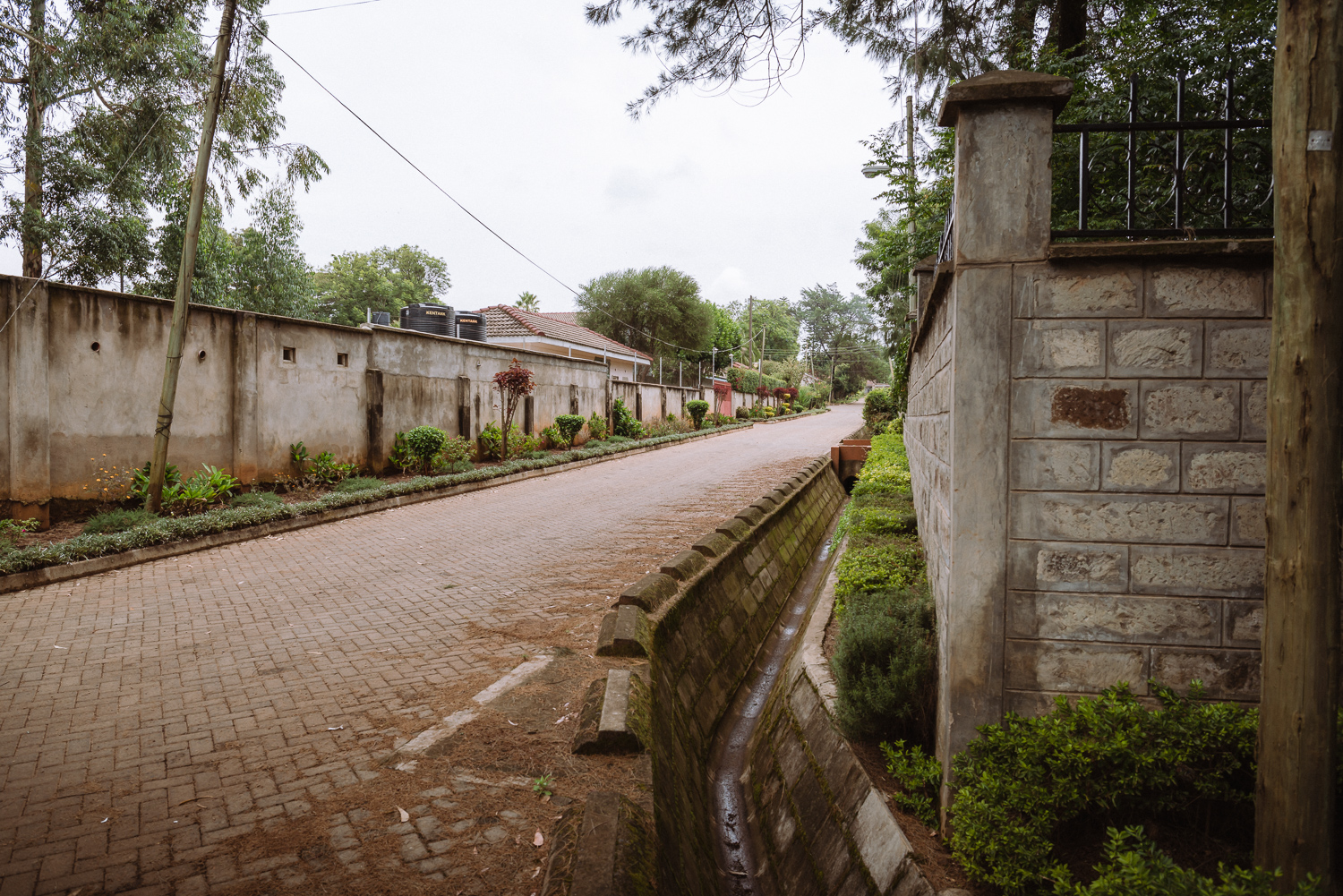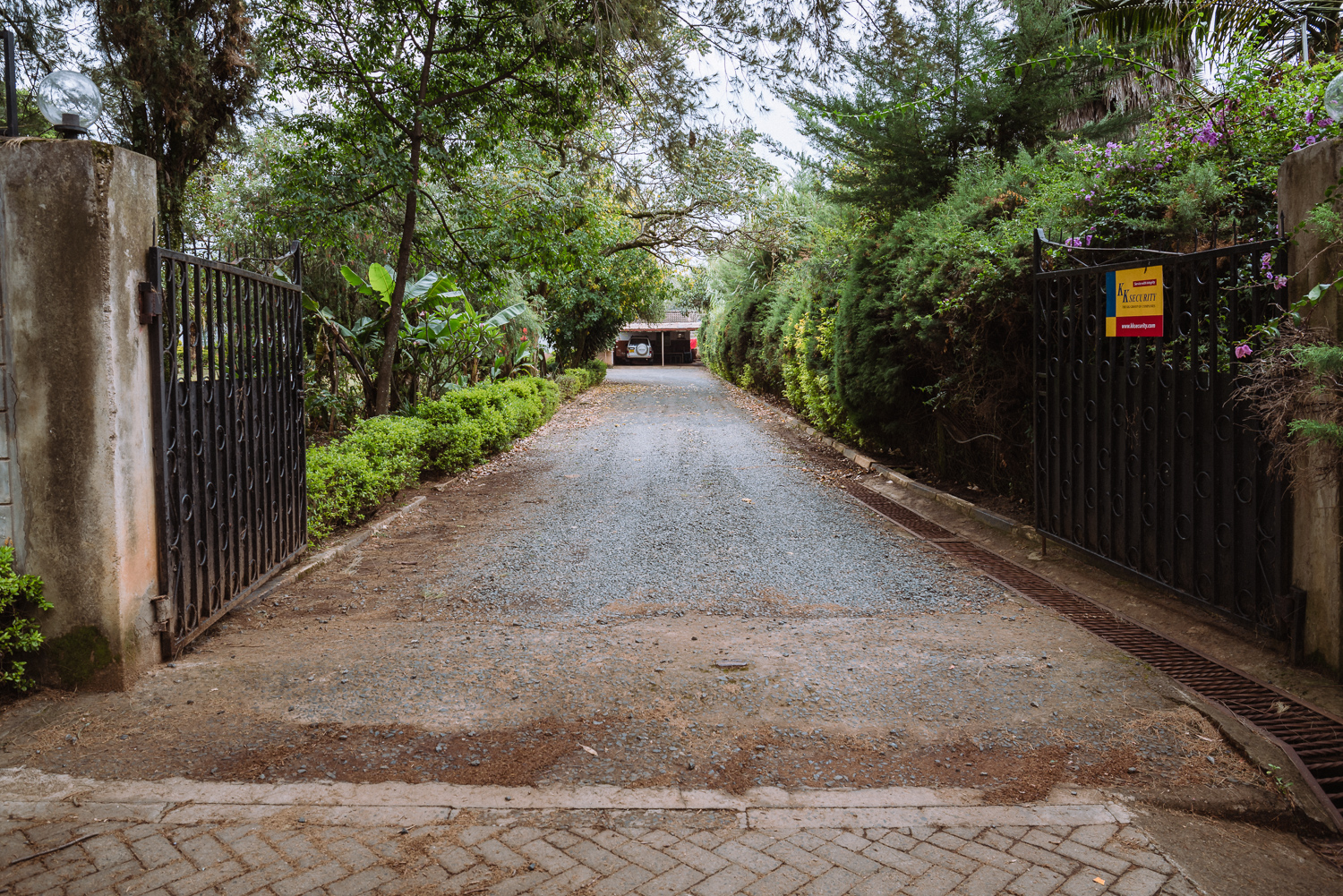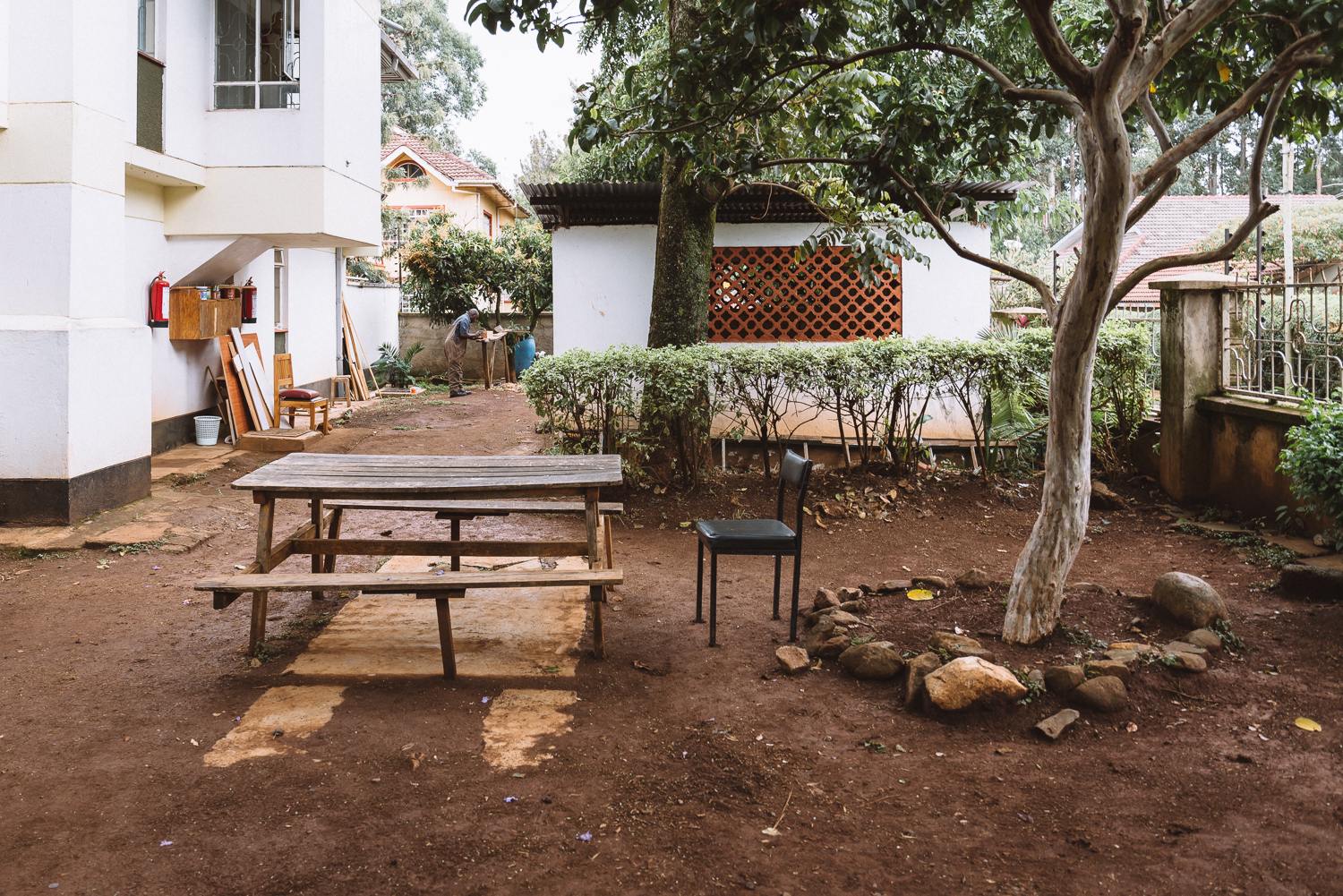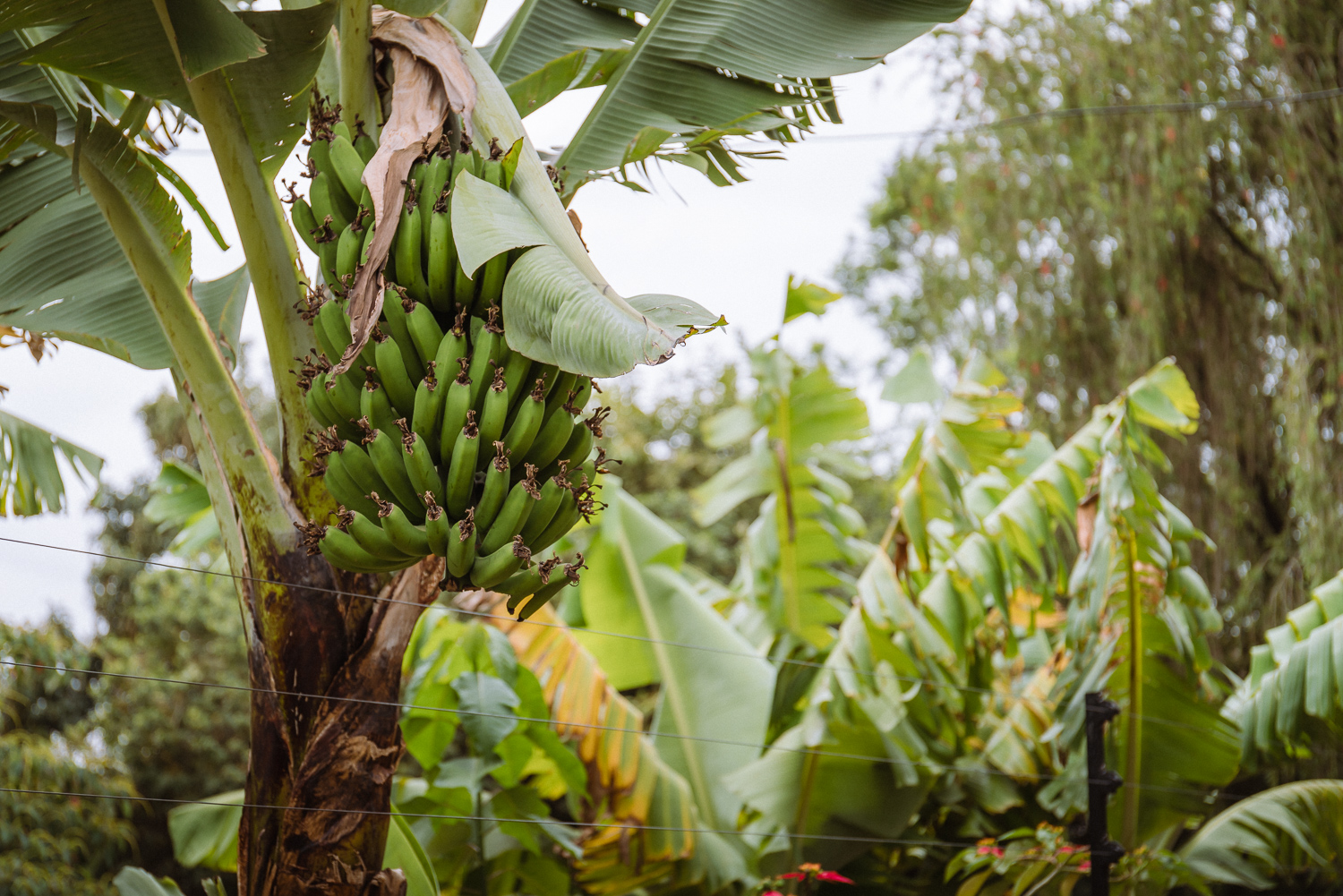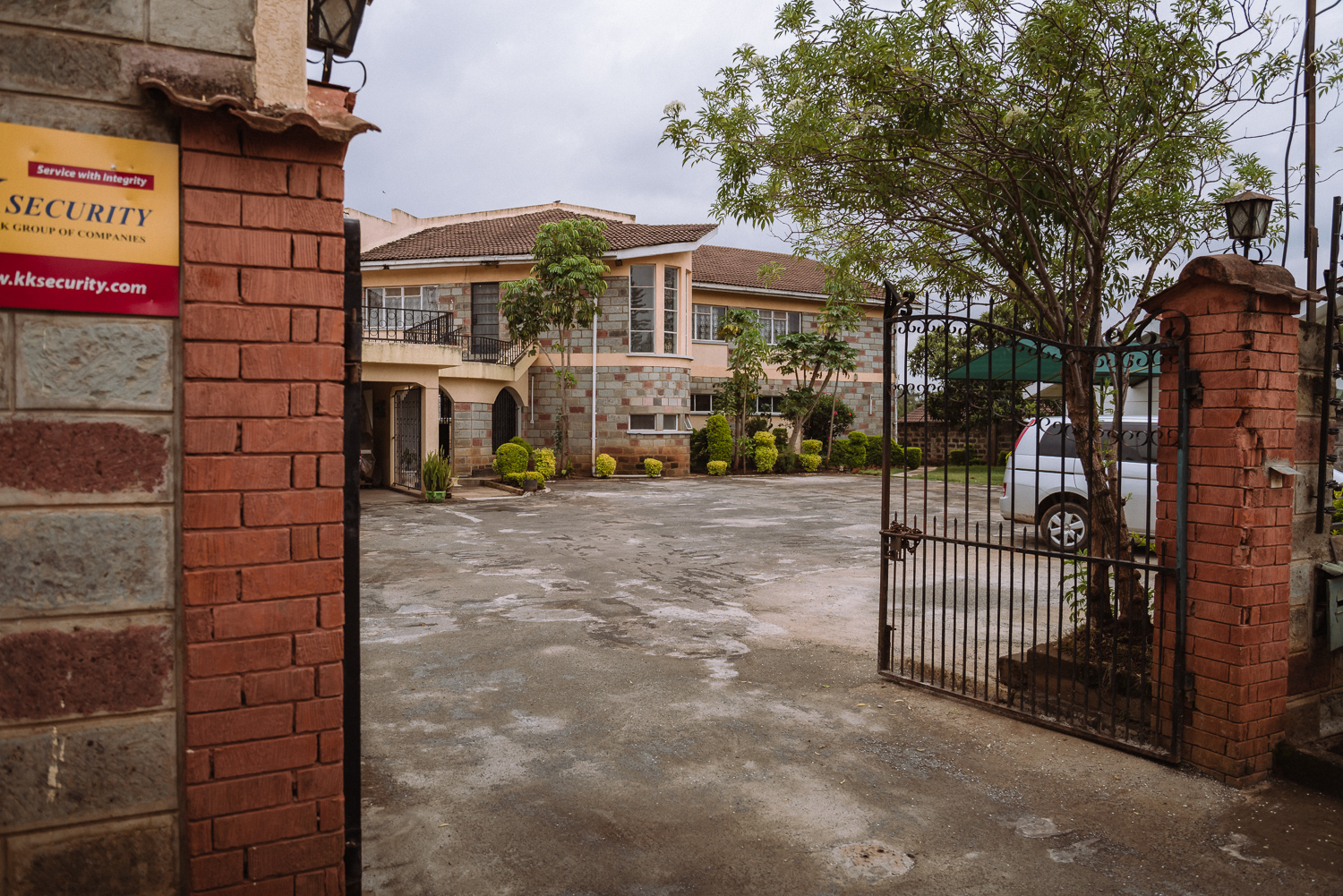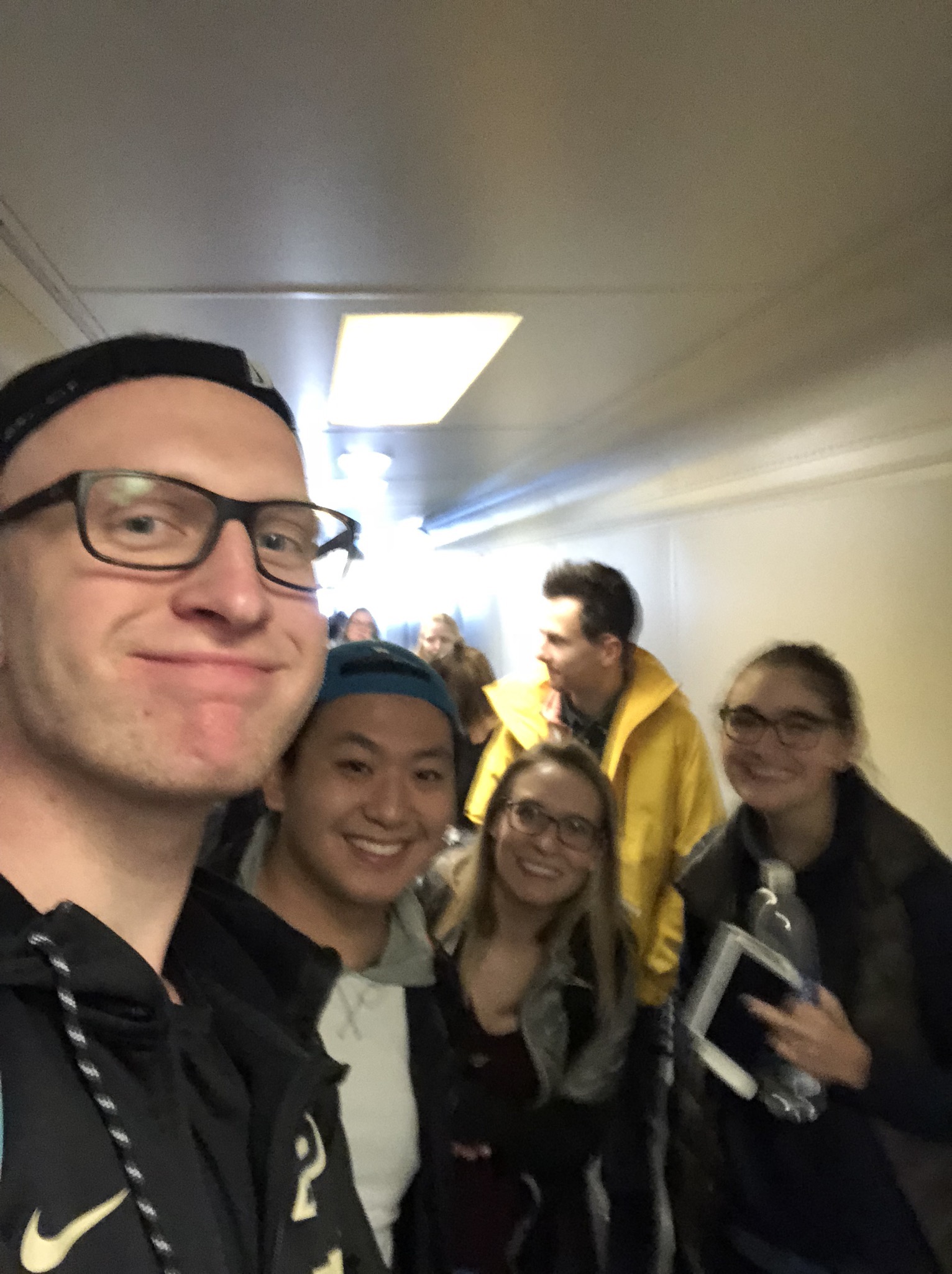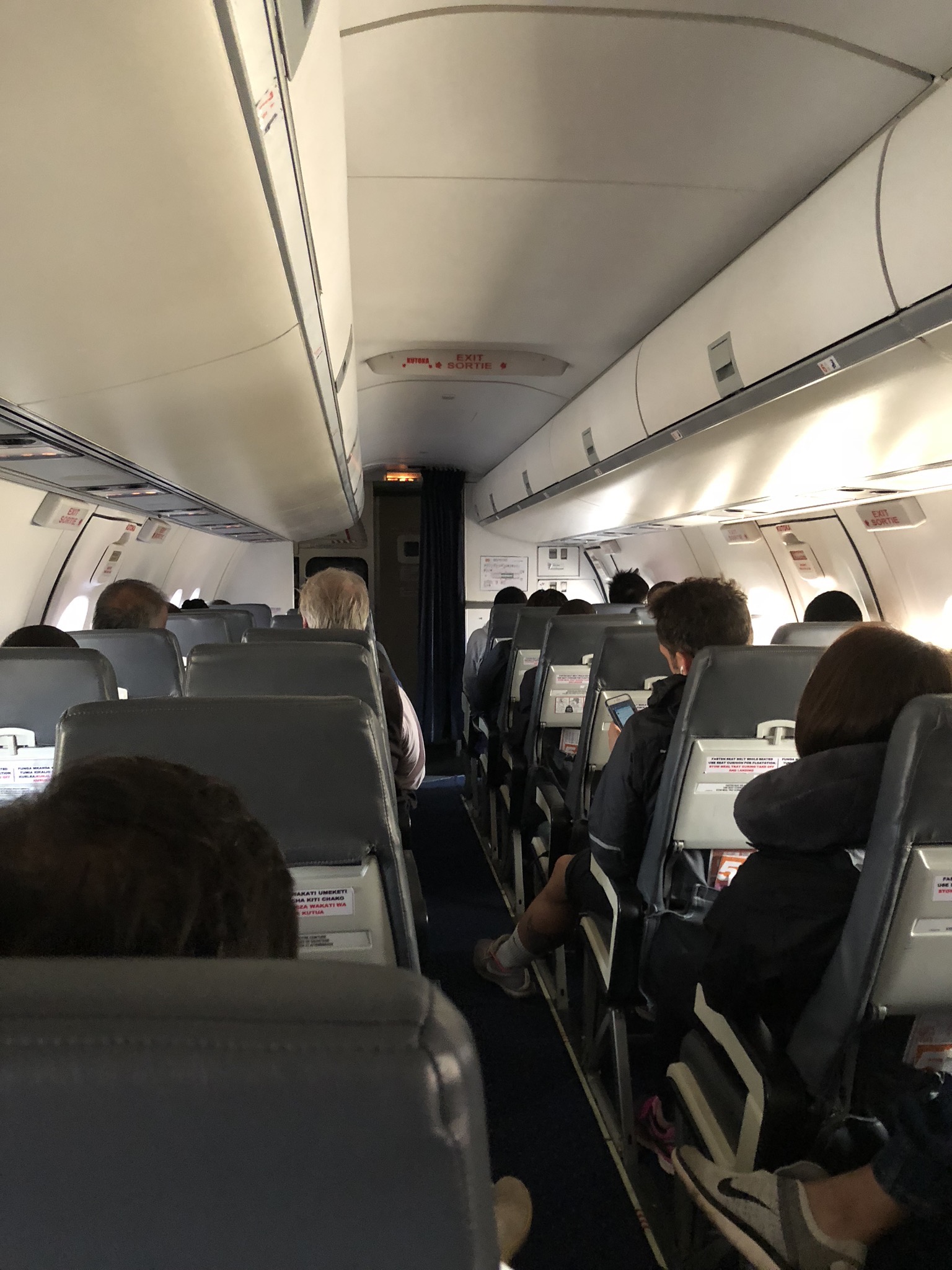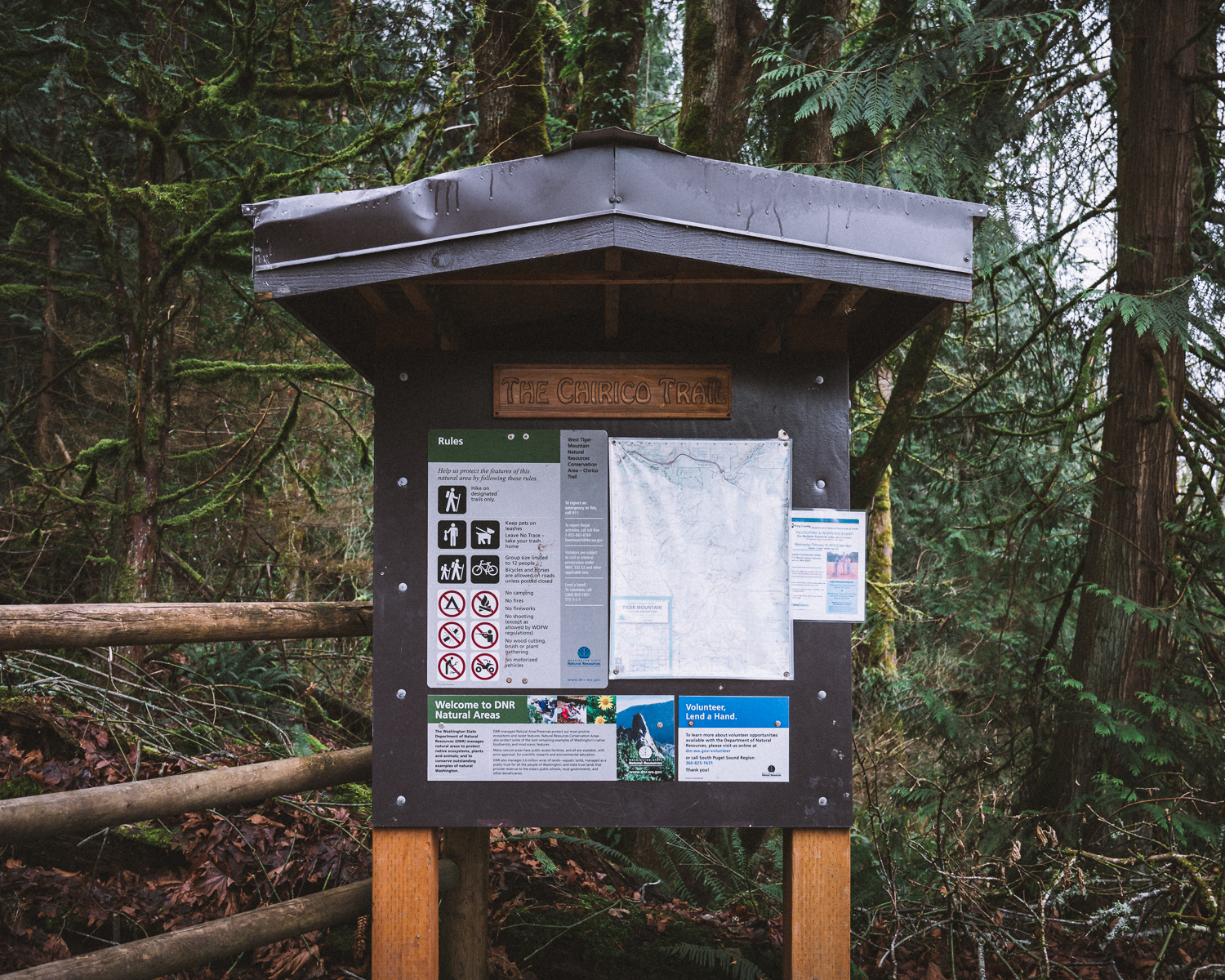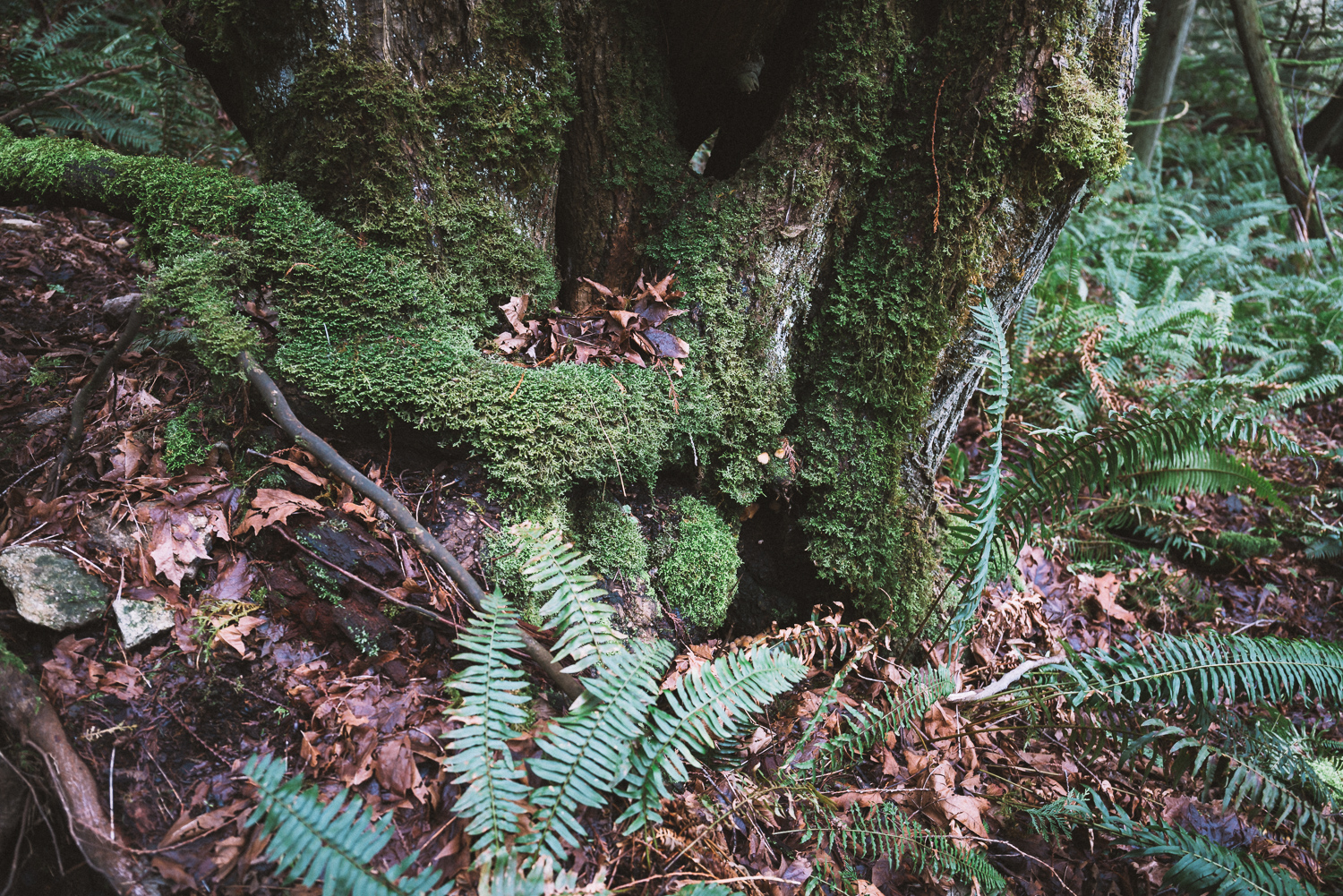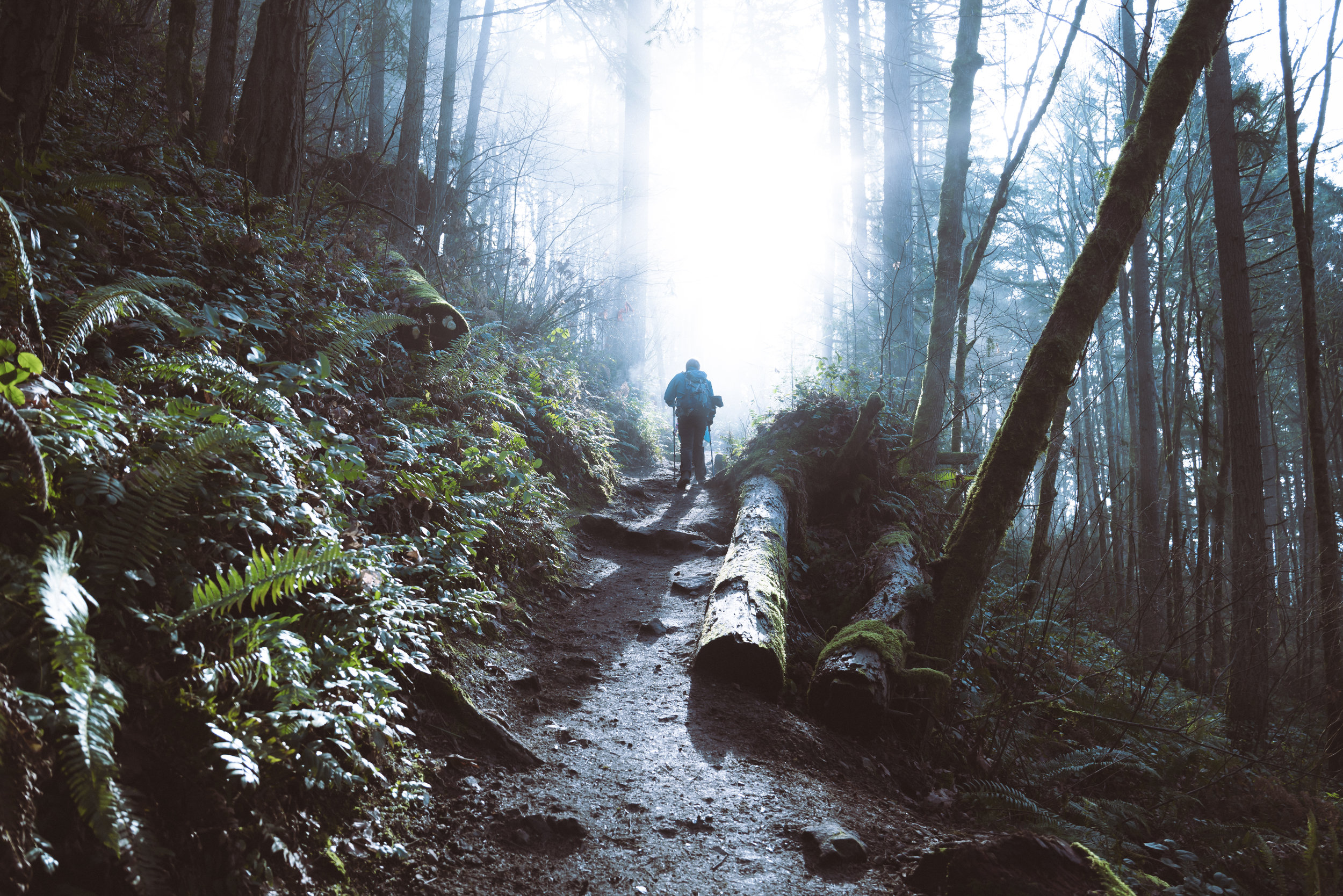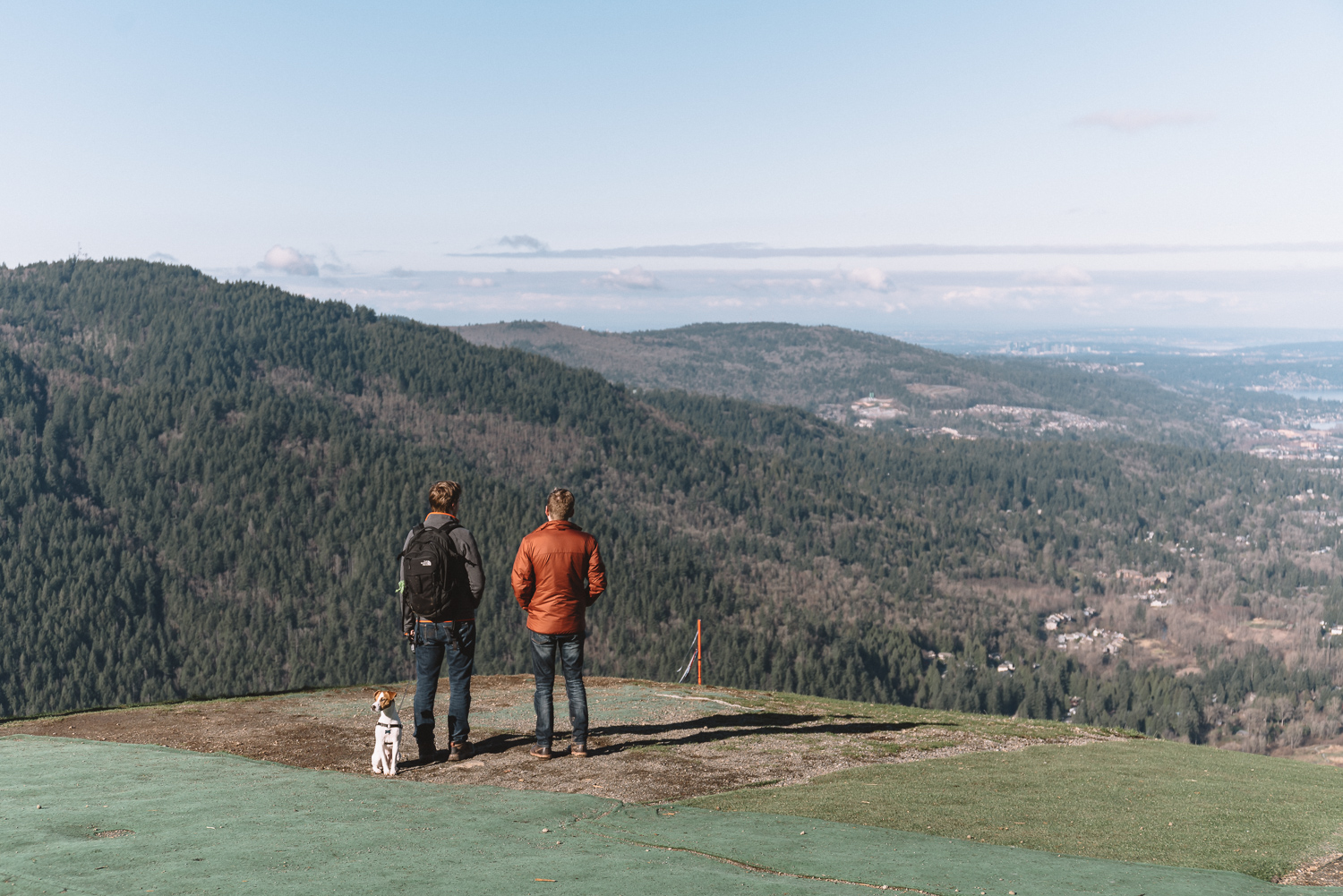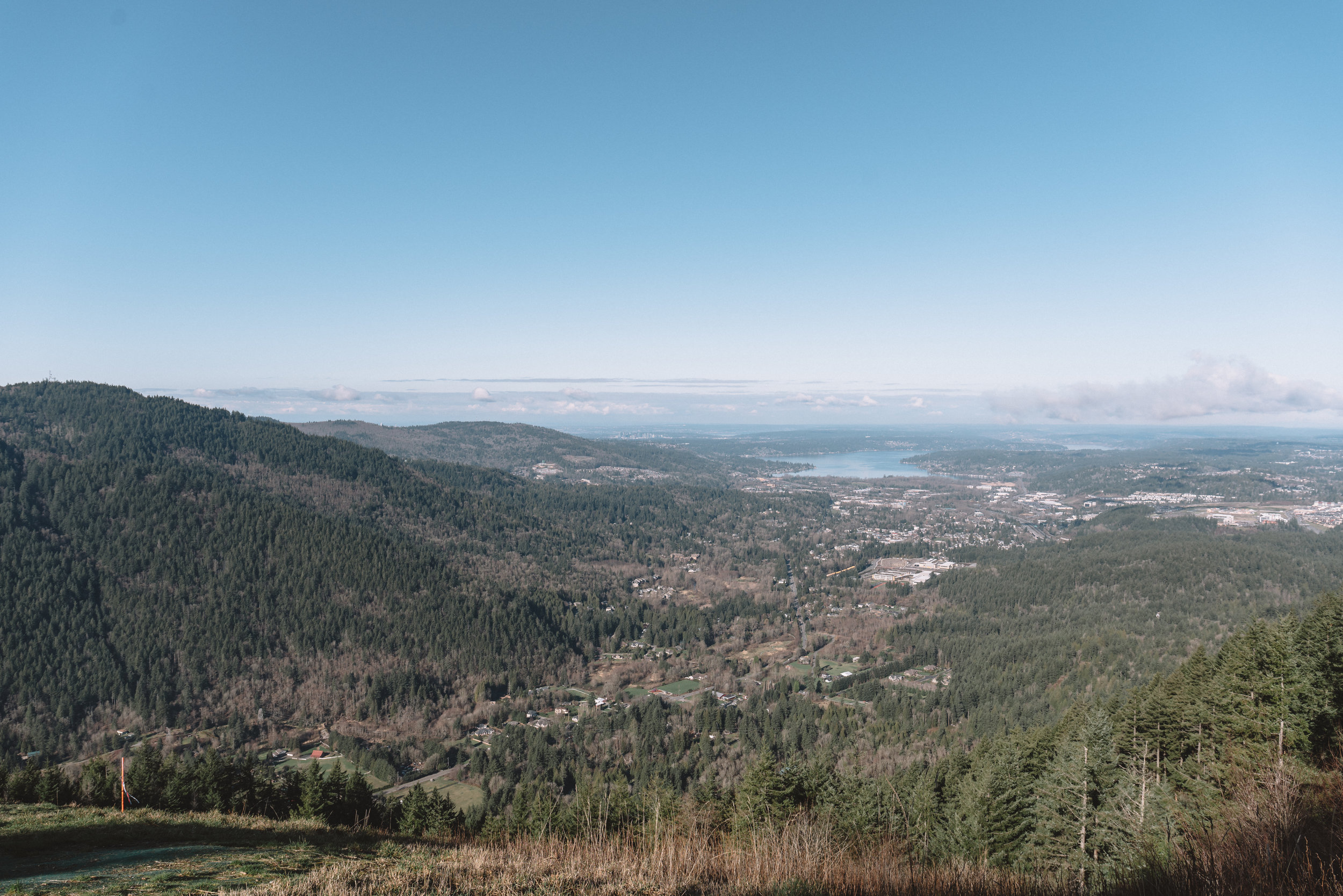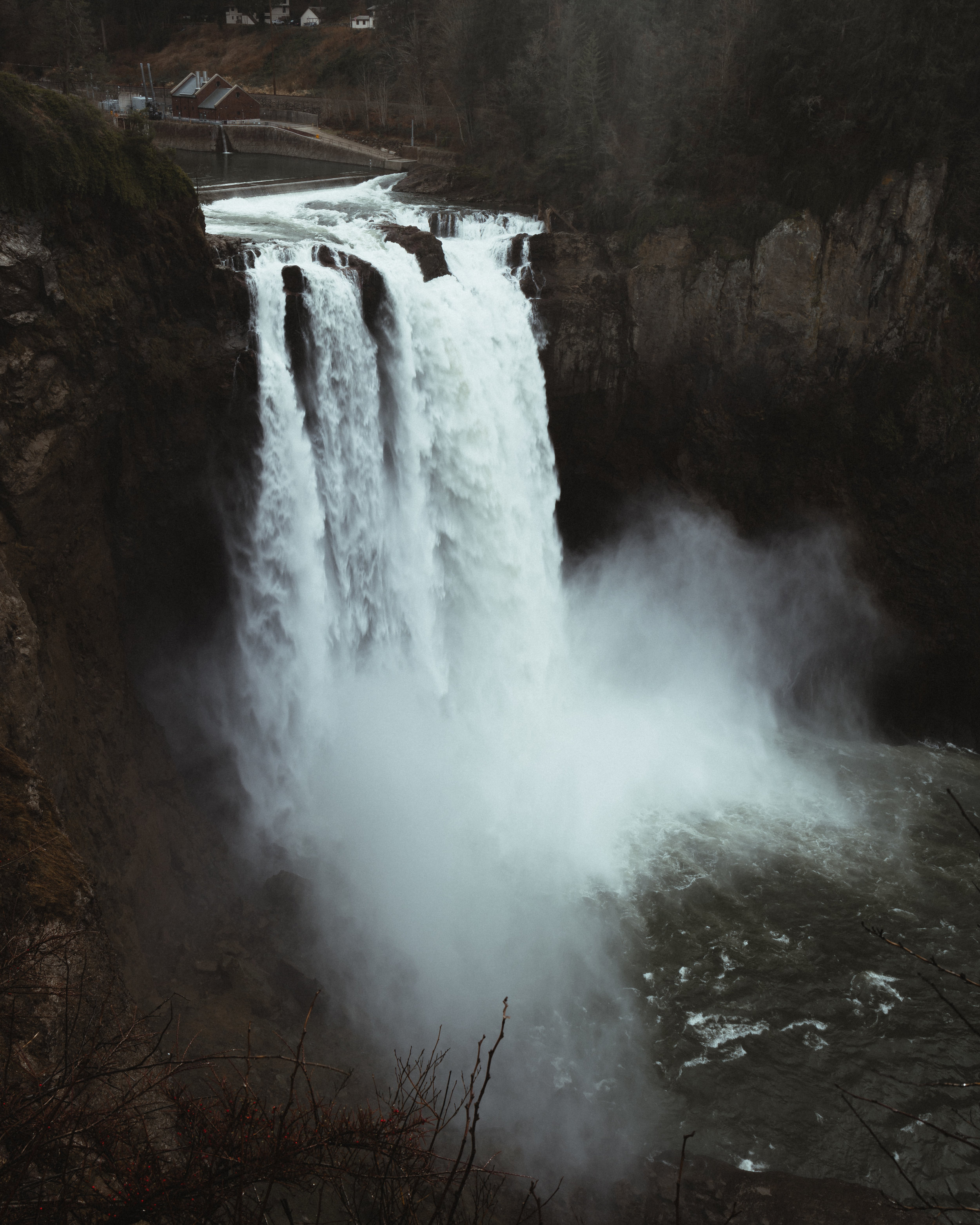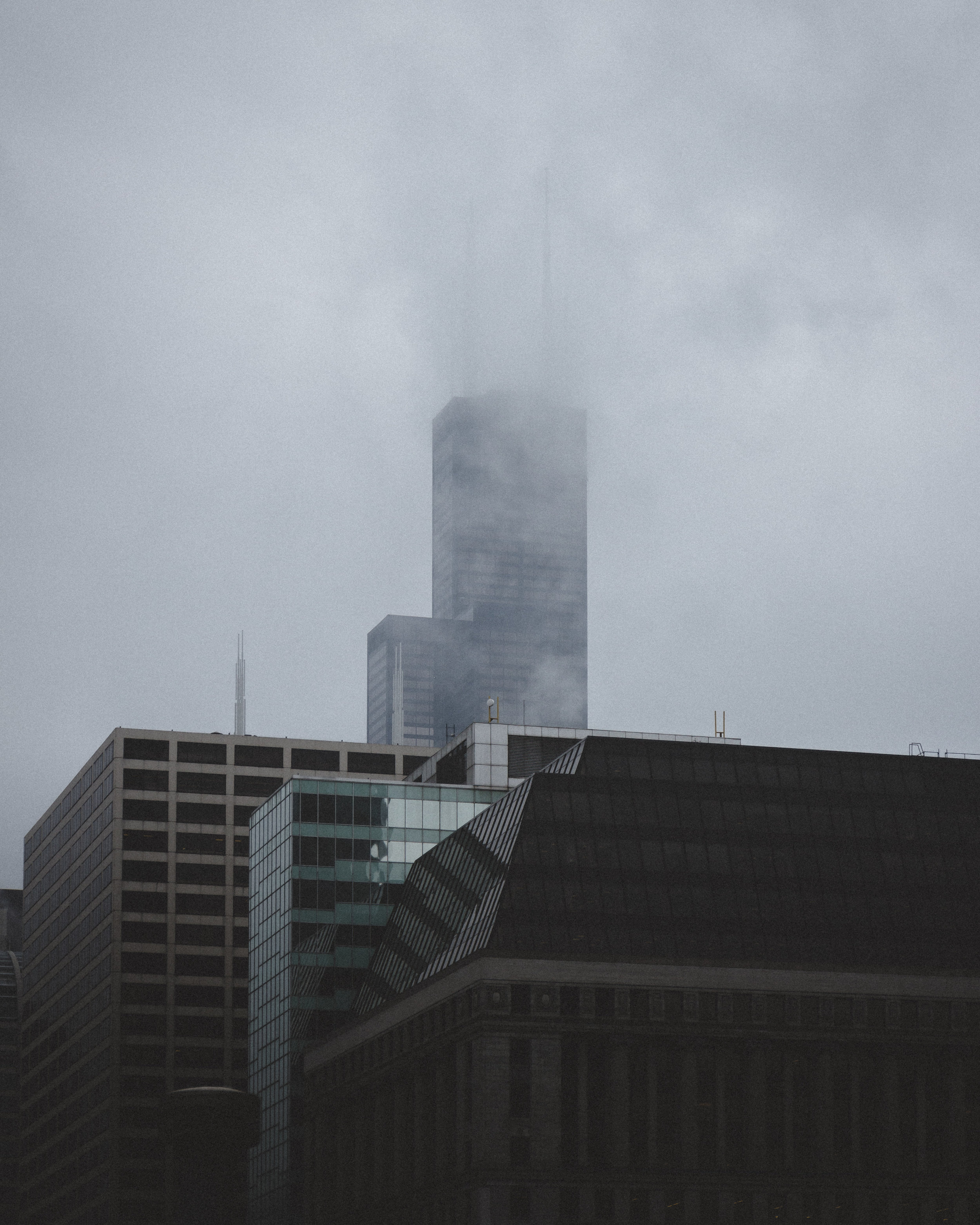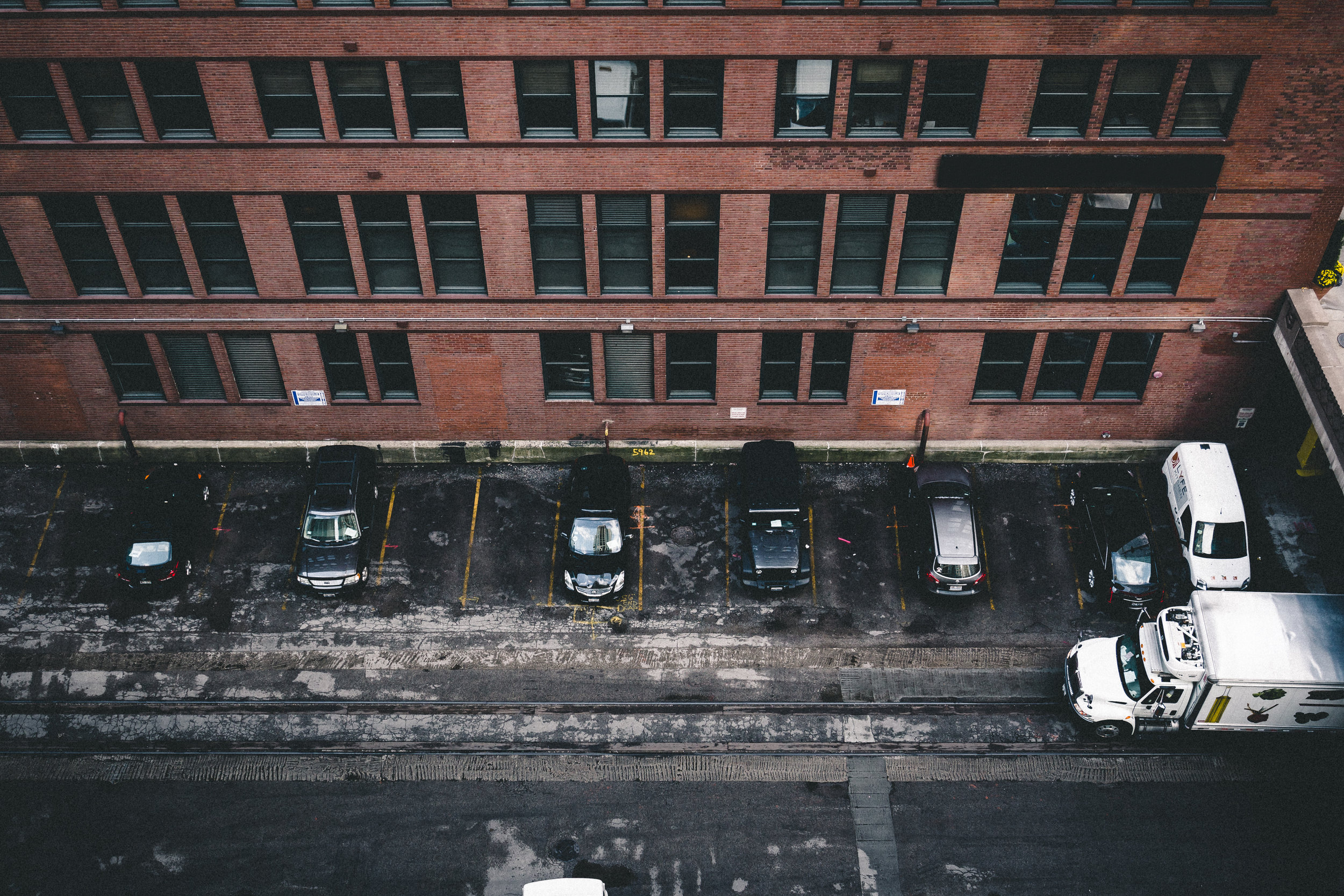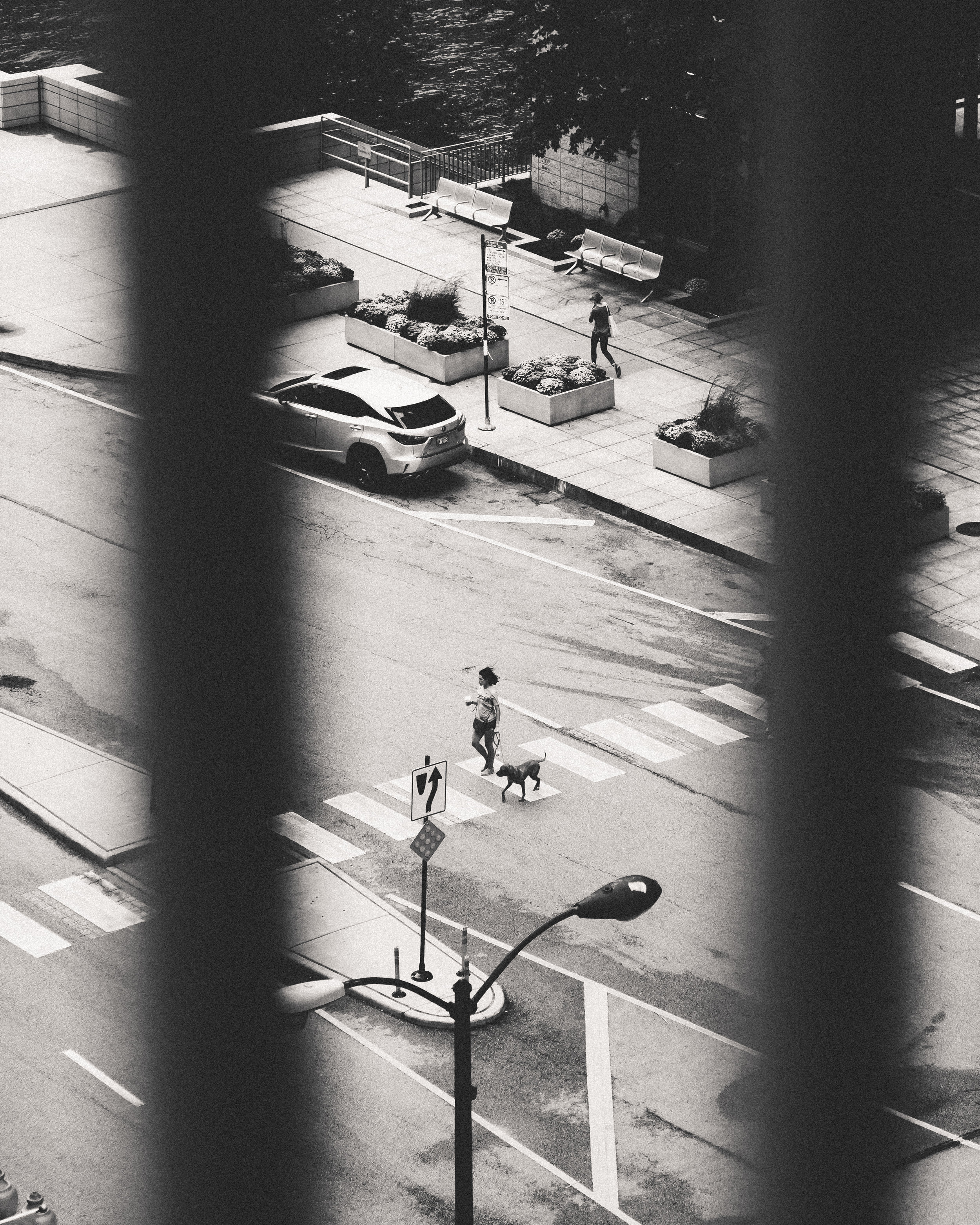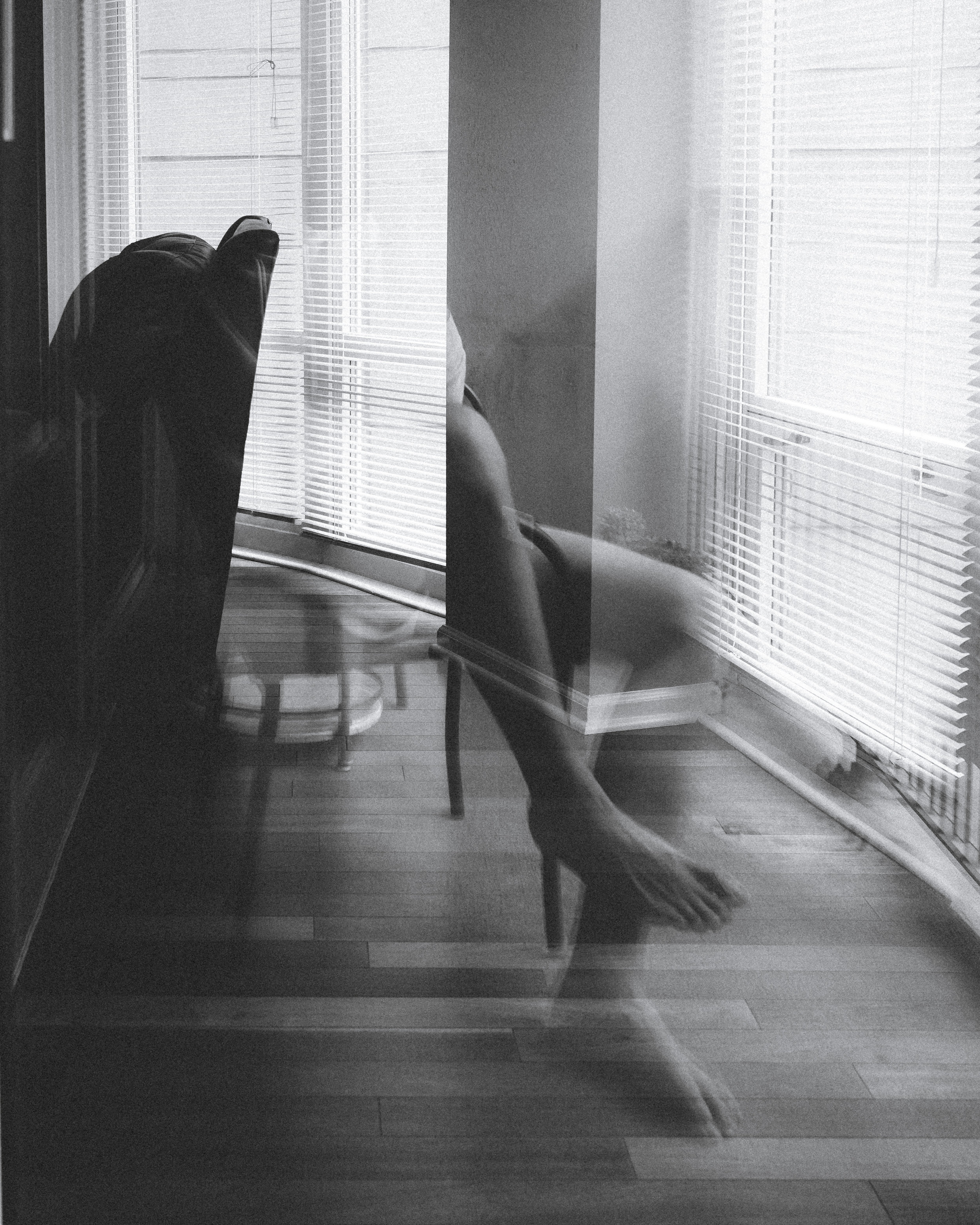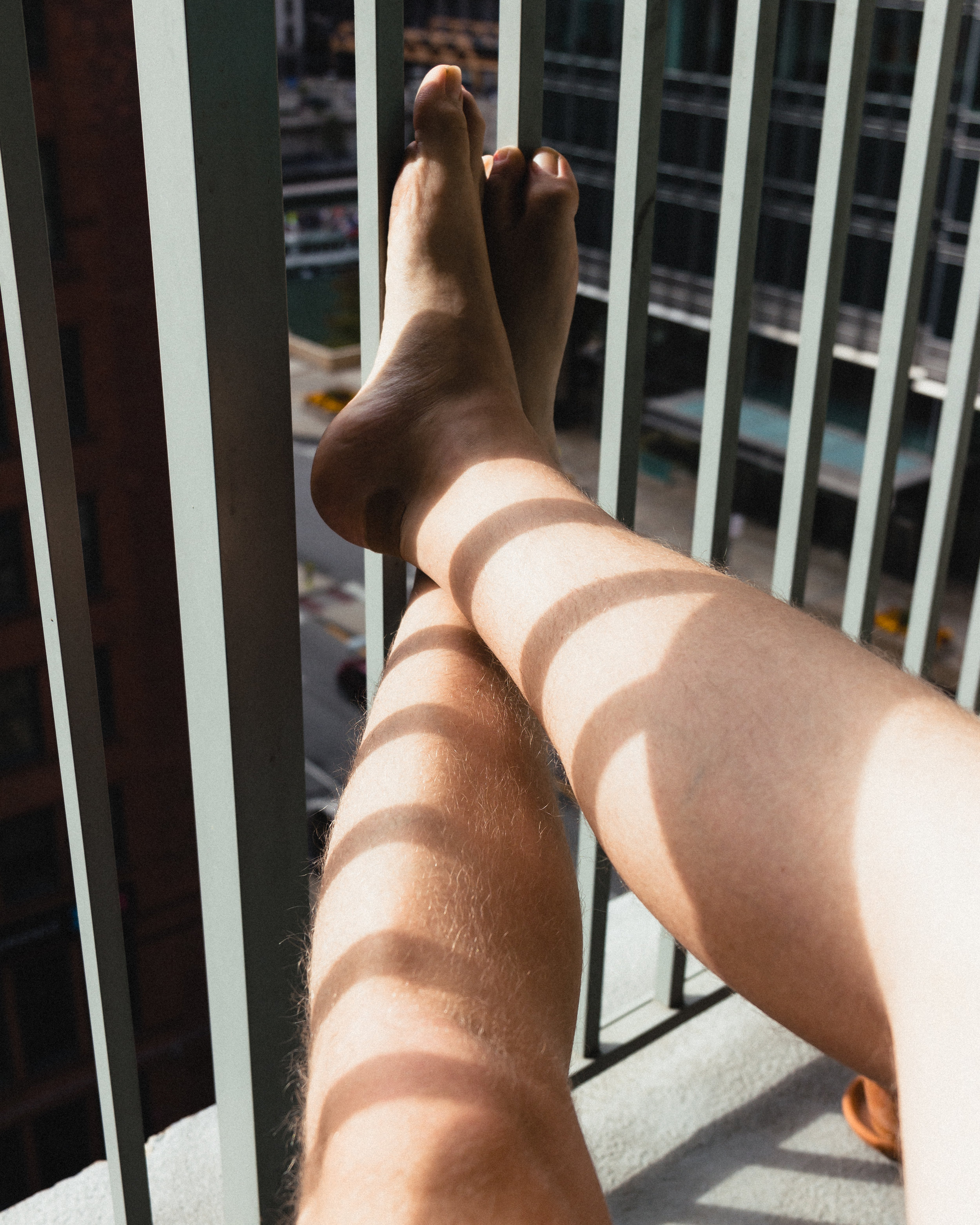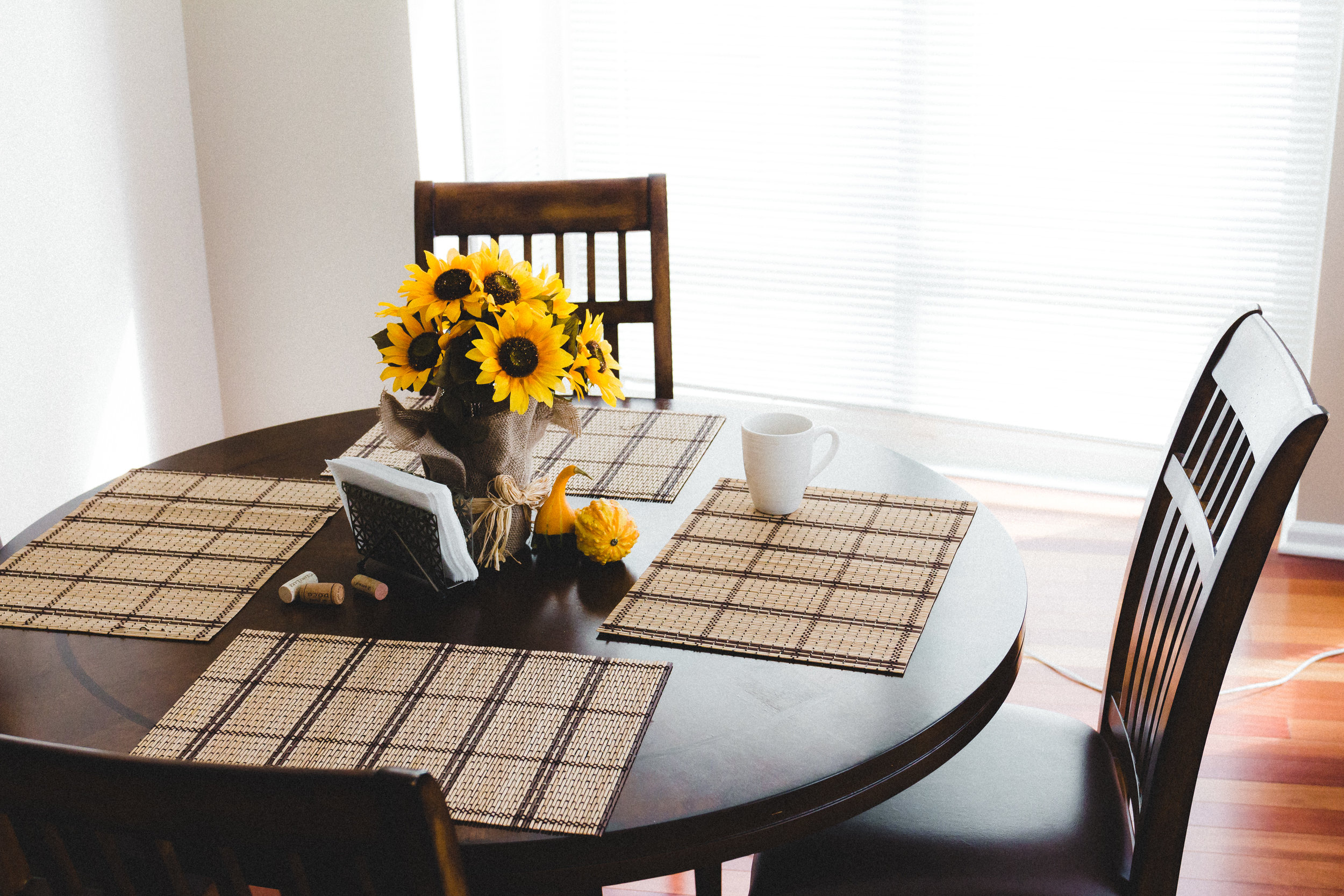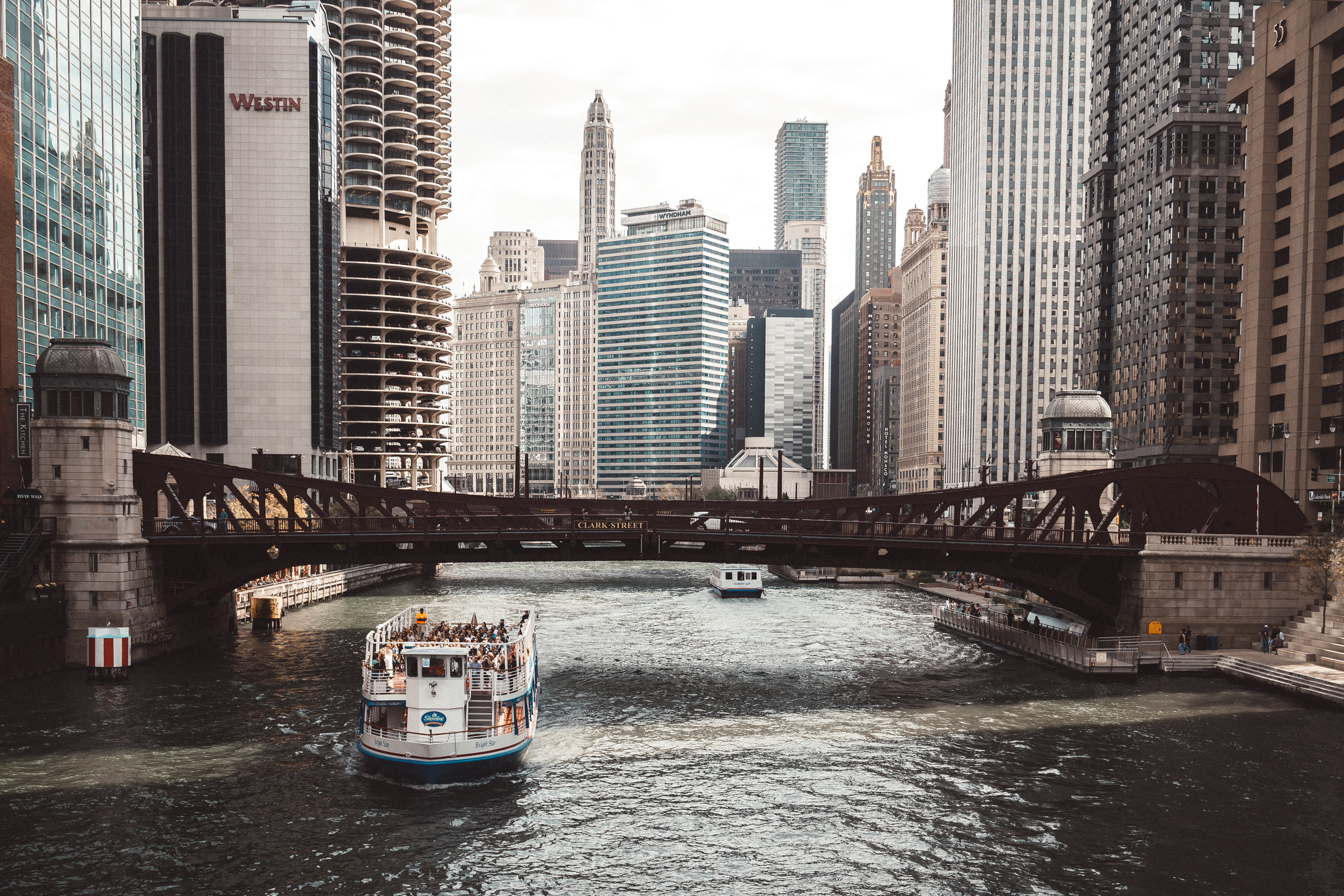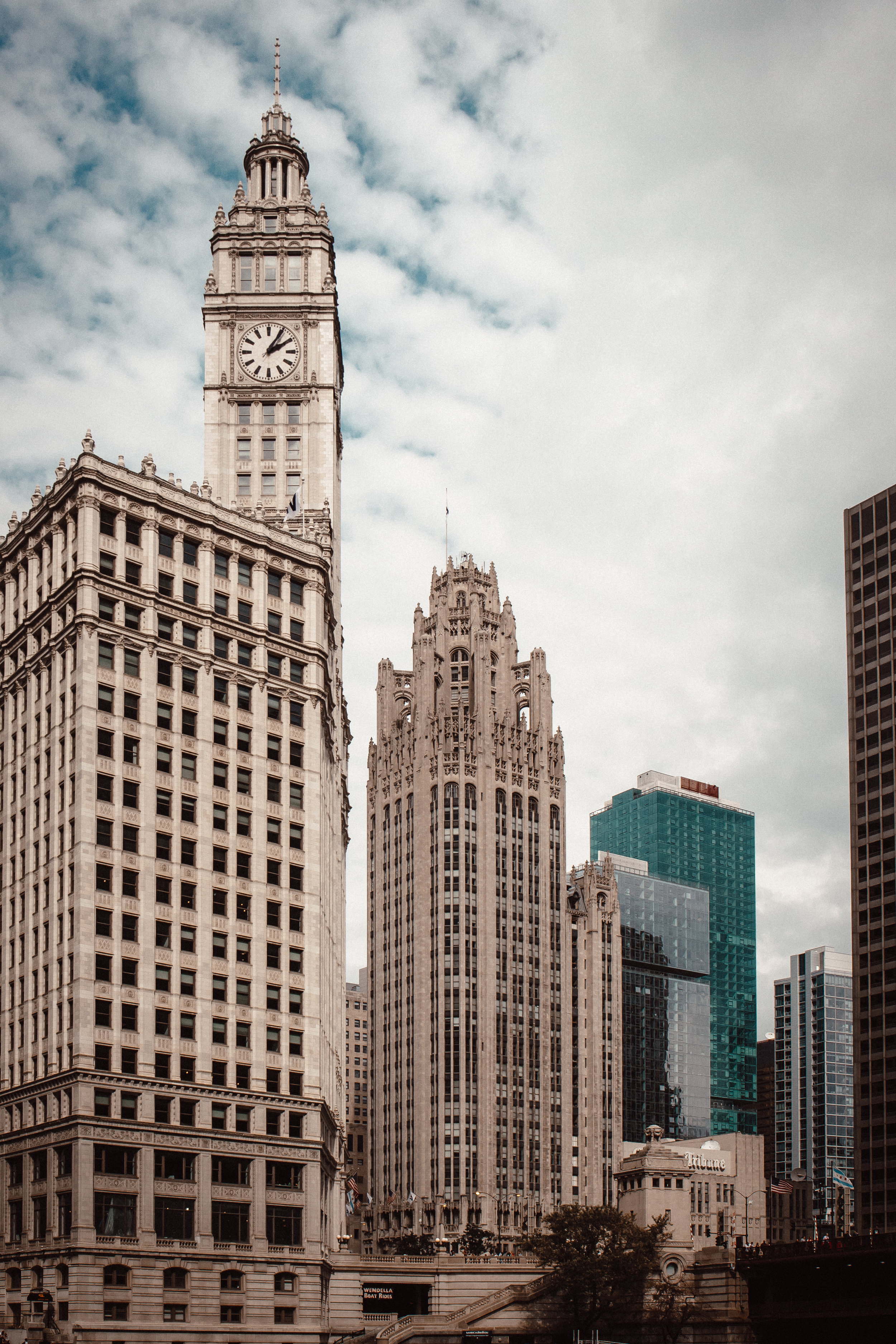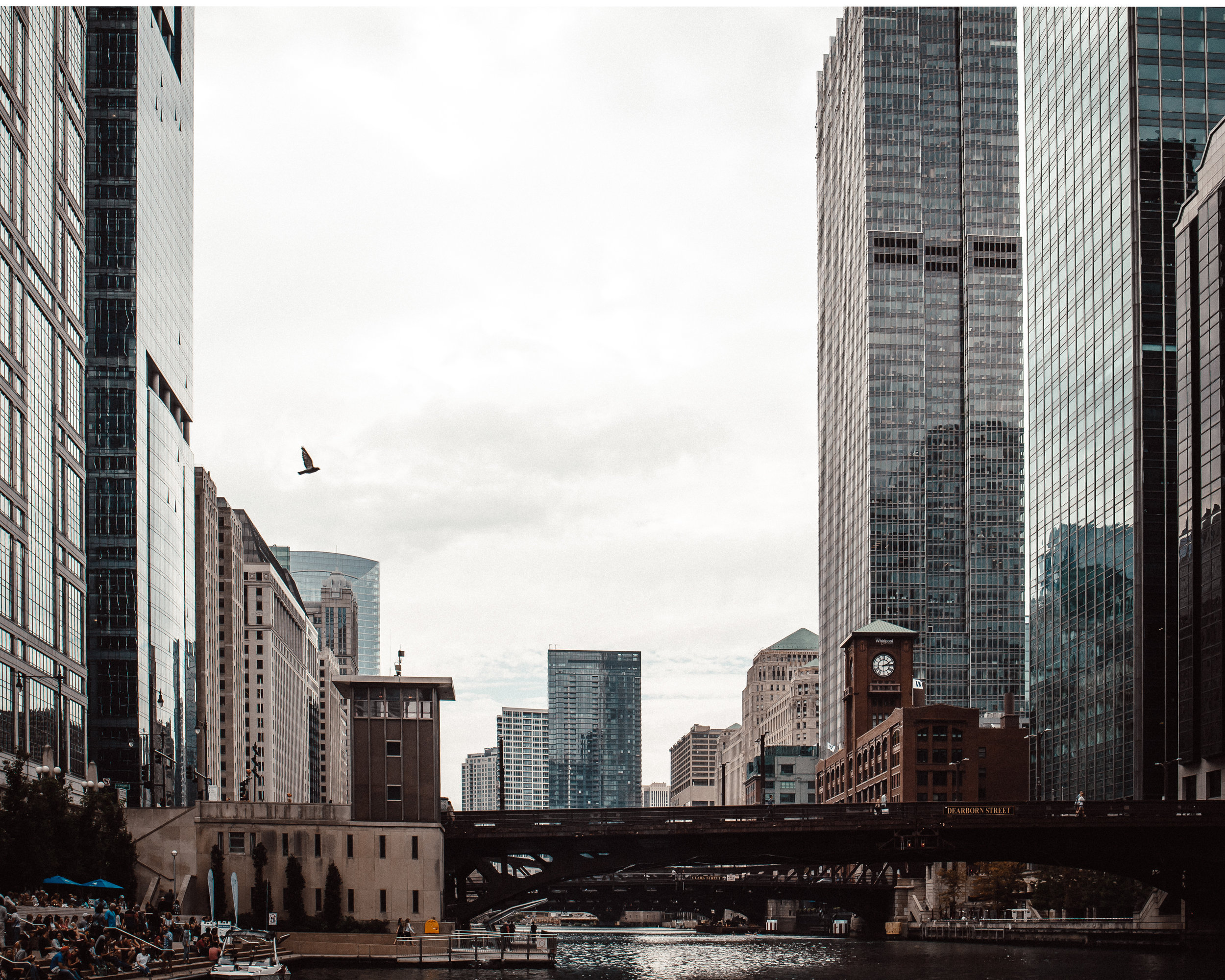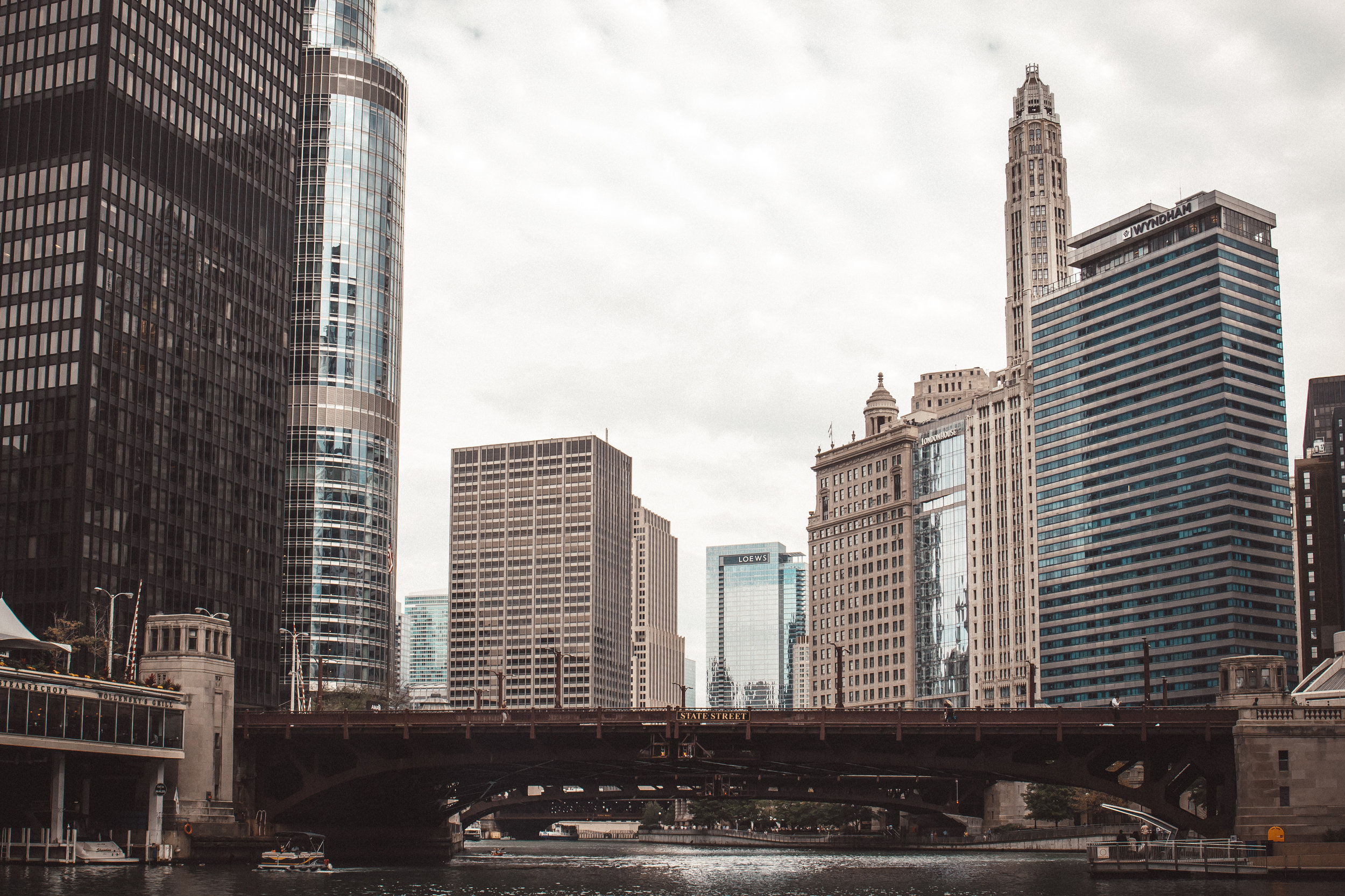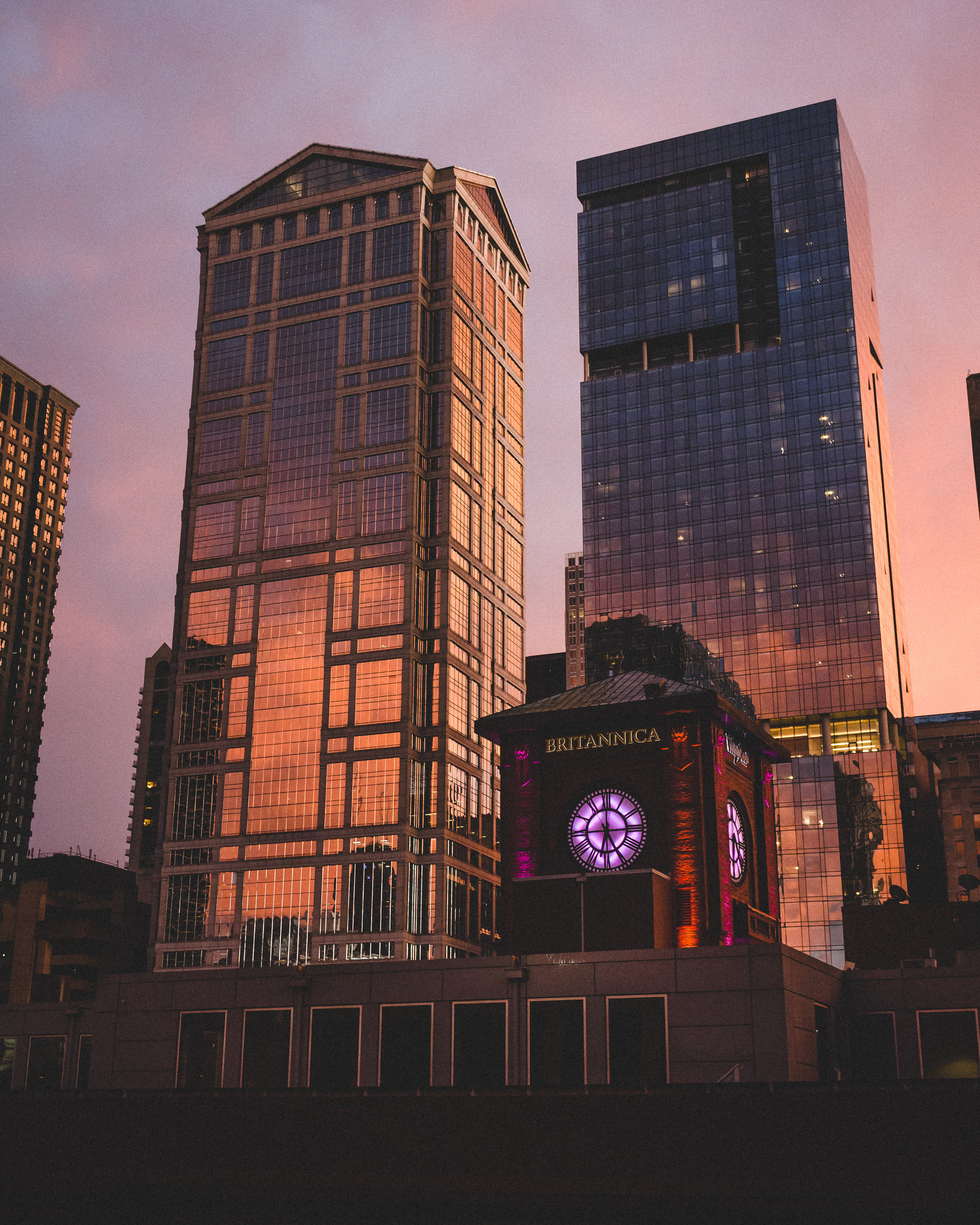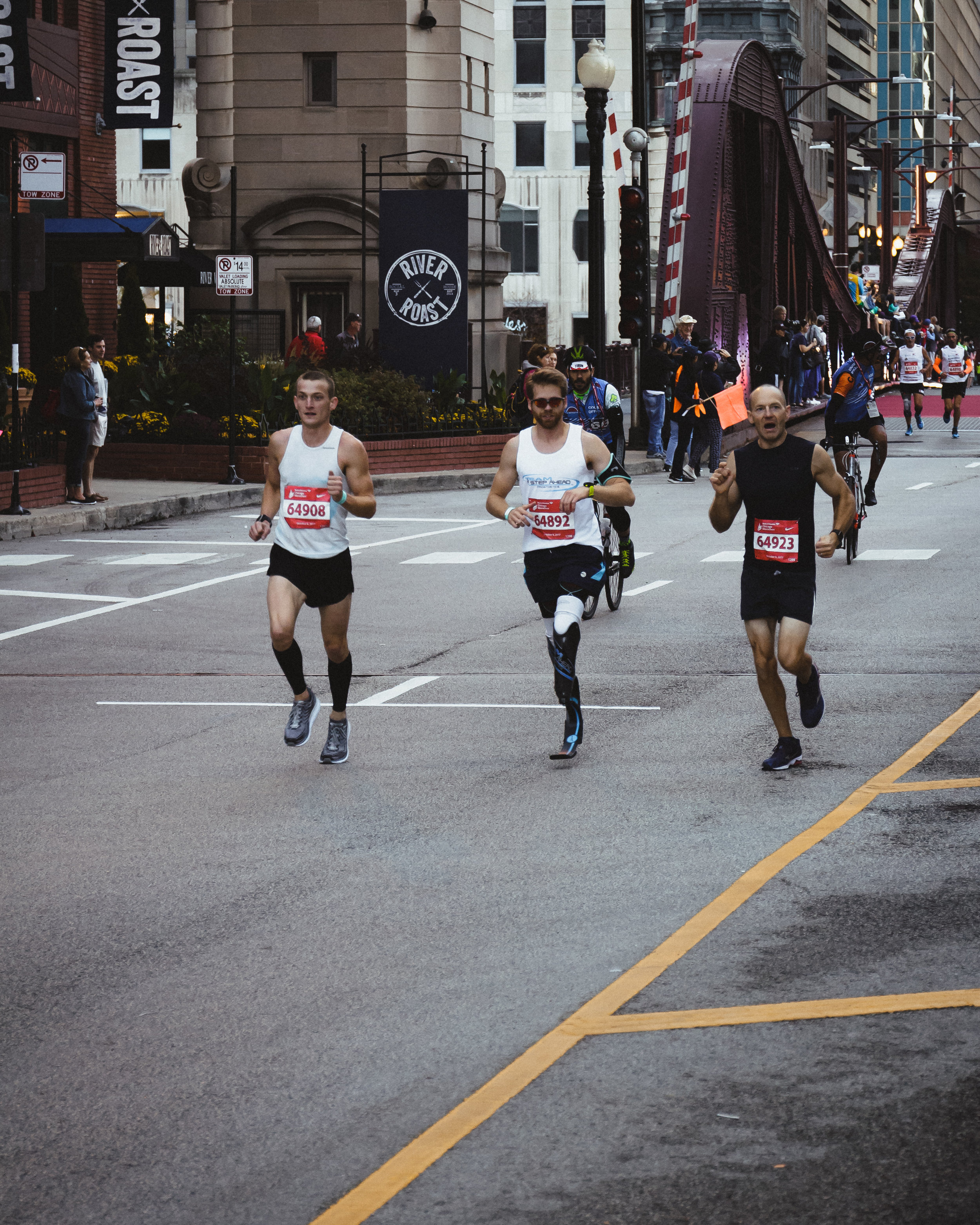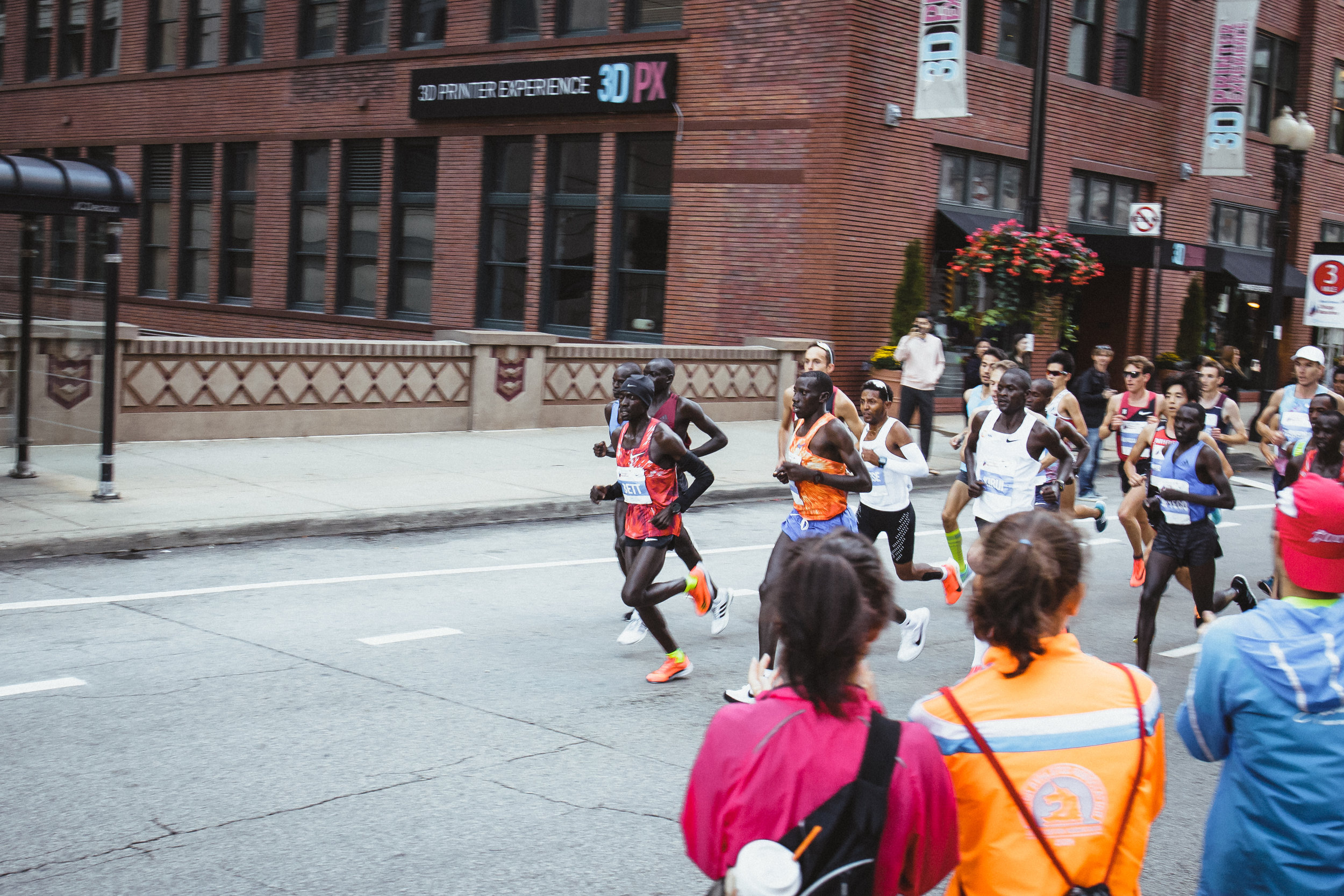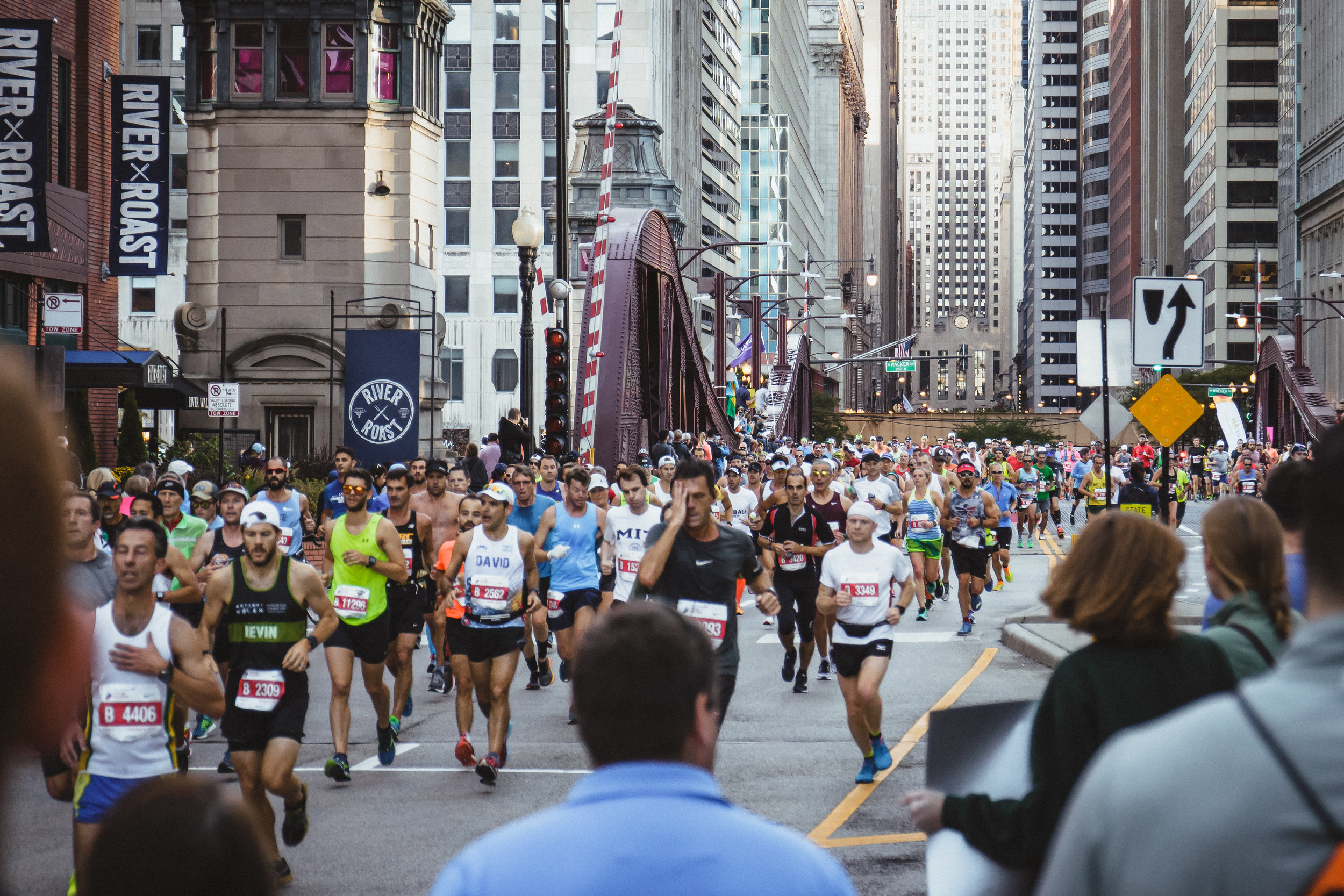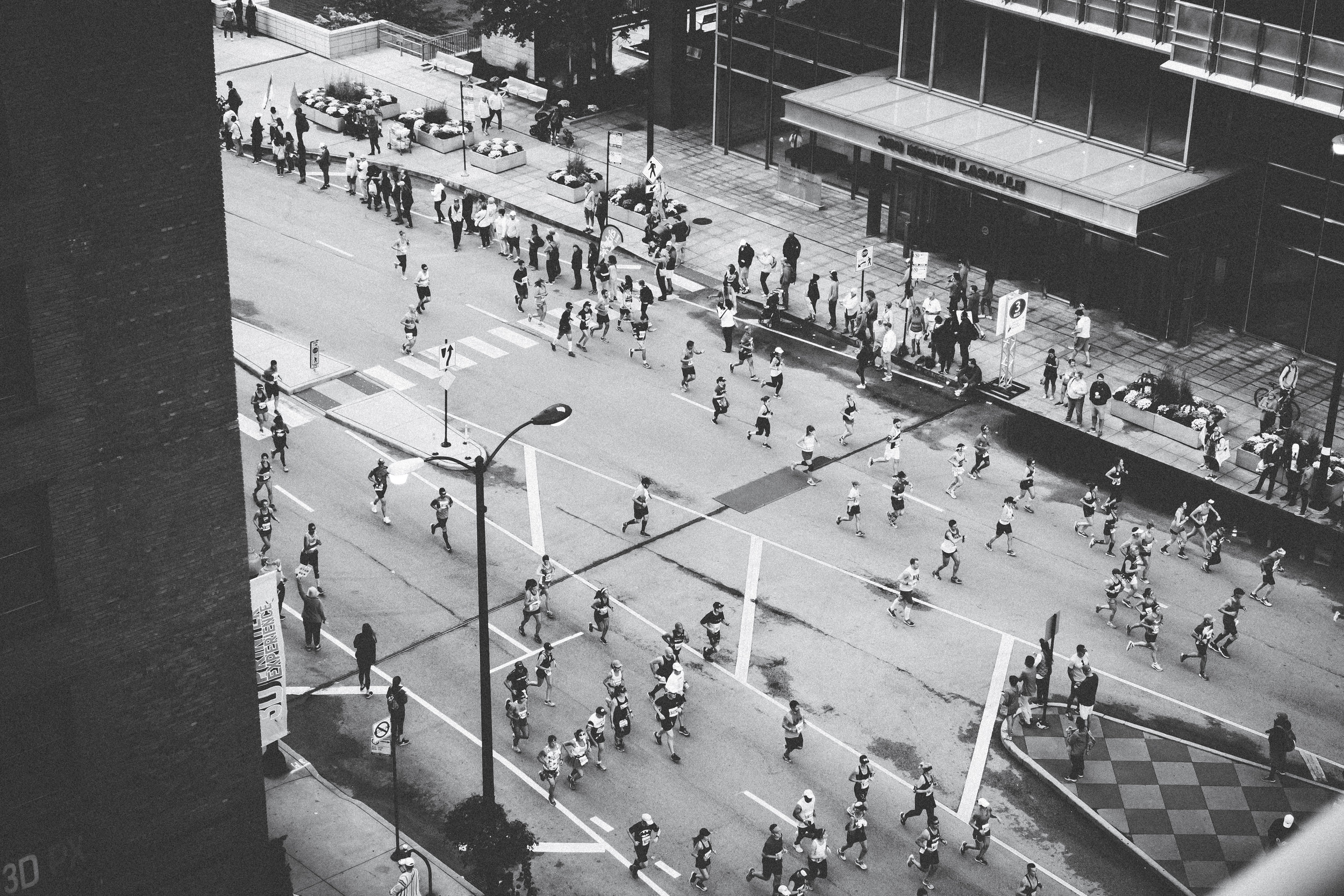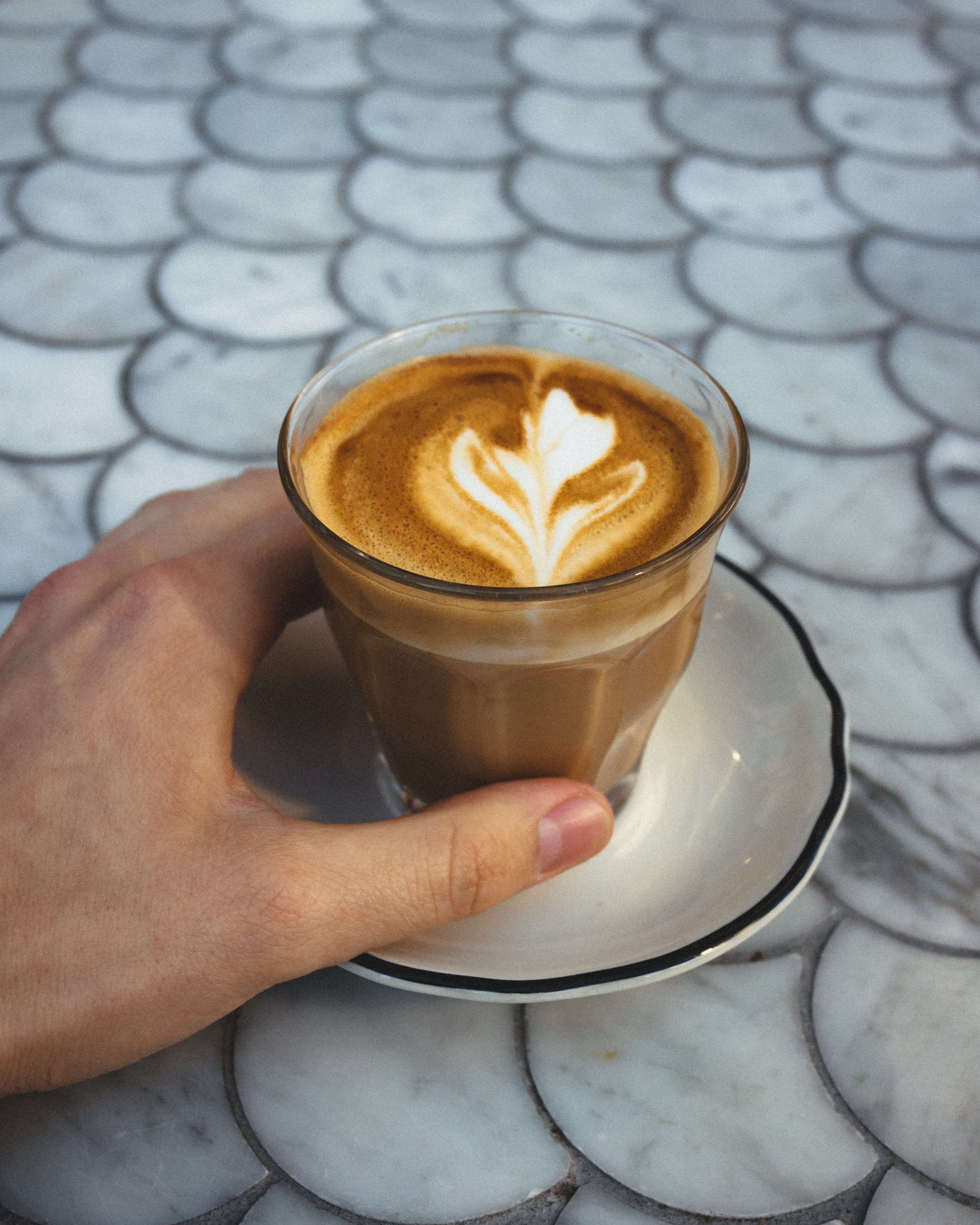Last night, June twenty-third, two thousand and eighteen, I took photos for my favorite band/group/duo on this planet: Oh Wonder.
But before I get into how I got a photo pass & took photos for OW, we need to go back in time. Back in high school I had a friend that was always turning me on to new music; he had an uncanny ability to see talent and potential in artists. He turned me on to the likes of Mac Miller, Kendrick, Chance, and countless others before they were mainstream and had mostly little notoriety (shoutout to you, Jake). So back in 2014, when he hit me up and told me to check out this duo from London called Oh Wonder, I knew I had no choice but to listen. So I typed their name into Google, listened to my first song, and was immediately hooked on their sound. A mix of bright, energetic synthpop and some slower, moody vibes. They only had 2 or 3 songs on Soundcloud and hadn’t played a single concert together. Over the course of the next year, Josephine and Anthony (their real names) released one song on the first day of each month – and let me tell you, the anticipation as a new month approached was overwhelming. As they slowly put out more and more music, the world began to notice in a big way. It seemed like within weeks of finishing their first album, OW was stomping through a world tour, playing at festivals like Bonnaroo and Lolla. In the summer of 2016, I was fortunate enough to see them play a show in Indy at an intimate venue downtown, with only ~400 people there. After indulging in their music for two years, listening through the album easily hundreds of time, I was 20 feet away from them. That night still vividly plays in my mind – it was incredible.
Flash forward to a few months ago, I found out OW was playing a show in Kansas City, and it just so happened to be at a venue literally two blocks from my new apartment; I can see the building from my window! So I bought two tickets (assuming I could find a friend, yikes) and got all excited to see Anthony and Josephine in concert again. Weeks later, I had the idea to email their management & ask to take photos for them during their show (this was about a month ago). I kept it short & sweet and plugged my website, knowing A&Rs are busy and likely wouldn’t reply if they saw a long email to read through – hell, I wouldn’t either. Delete. Despite my efforts, no response. I followed up a week ago and asked again. Persistence is key, right? Nope. Still no response. Then the day of the concert arrived, and I walked over to the outdoor venue while they were setting up equipment and asked a sound guy about talking to their manager to shoot photos and he seemed 100% not about it – he would barely look at me. Walking home to my apartment, mildly defeated but expecting this result anyway. “At least you tried” I kept telling myself.
2 hours before the concert started, I checked my email. I don’t know why I did… it was a Saturday evening, who the hell sends emails on a Saturday evening?? Oh Wonder, apparently. “Hey Austin… (yada yada yada) … appreciate it’s probably pretty late but if you wanted to shoot photos let us know and we'll give you a photo pass.” I almost threw up. Maybe talking to that sound guy earlier in the day paid off. Did he go mention some annoying kid was trying to take photos tonight and said the manager wasn’t emailing him back? Maybe. Either way, I was about to get exclusive, in-front-of-the-crowd access to take photos of my favorite music artists for my first time taking concert photos. Yup, I’ve never shot a concert before. I furiously typed a quick response and hustled down to the venue, camera in hand, to get my pass.
For concert photography, you are only allowed up in the front for the first 3 songs, so it’s quite hectic shooting up there and trying to get a bunch of shots in only 10-12 minutes. Not to mention the shooting conditions are super difficult at times! Normally I take portraits or landscapes where you have tons of time to be methodical, get all my camera settings just right, frame it perfectly, etc. Not at concerts. The lighting is constantly changing and there are other photographers up there with you trying to get their shots, too. Plus, I was a little nervous! After the 3 songs were (sadly) over, I had to leave my special little area but I got to keep my camera with me. I took tons of photos from in the crowd, which gives that cool first-person “I feel like I’m actually there” kind of vibe to the photos.
After 90 minutes of having an absolute blast taking pics, the show was over. I had successfully taken hundreds of photos. I ran home and dumped them all on my laptop, knowing it would take a while to upload them all. I’m not sure what I expected – I didn’t look at the photos too much as I was taking them. But when I went to edit them today I honestly started hyperventilating a bit. Although I’m normally easily excited about editing photos, I was more-than-normal ecstatic considering it was my first concert shoot ever. I was, as OW calls it on their newest album, High on Humans. As much as I love photos of stunning landscapes or animals, there is something special about capturing people. Going through them earlier today I honestly jumped and down at one point… yeah.
Anywho – enough words already! I present to you: Oh Wonder.
